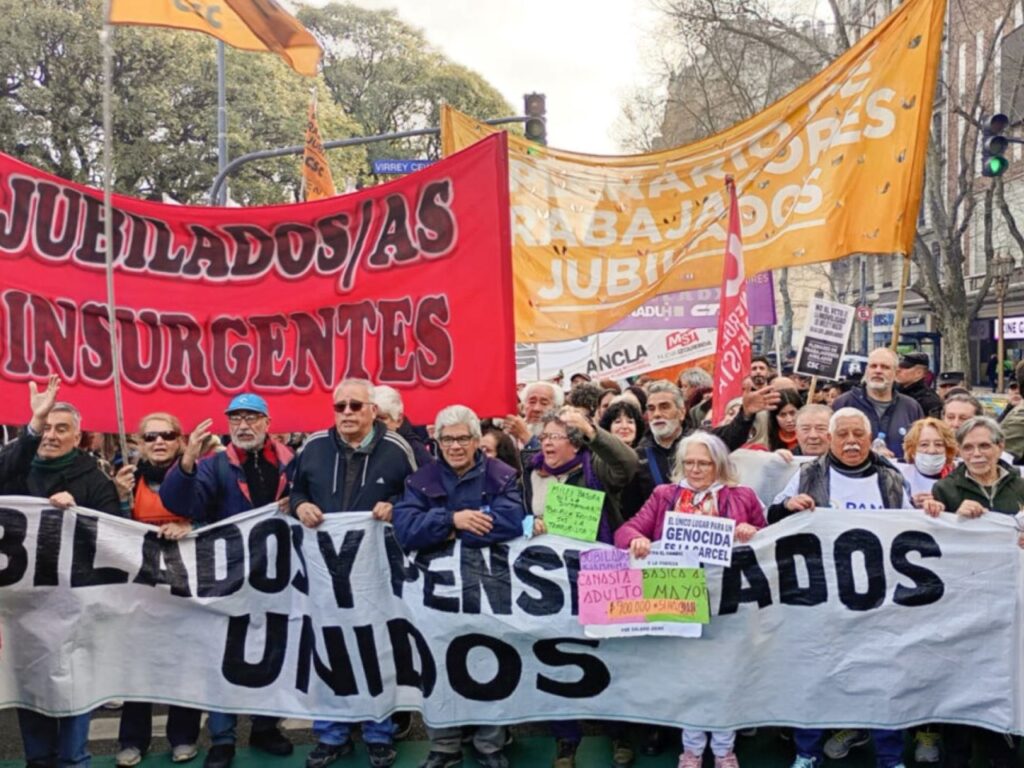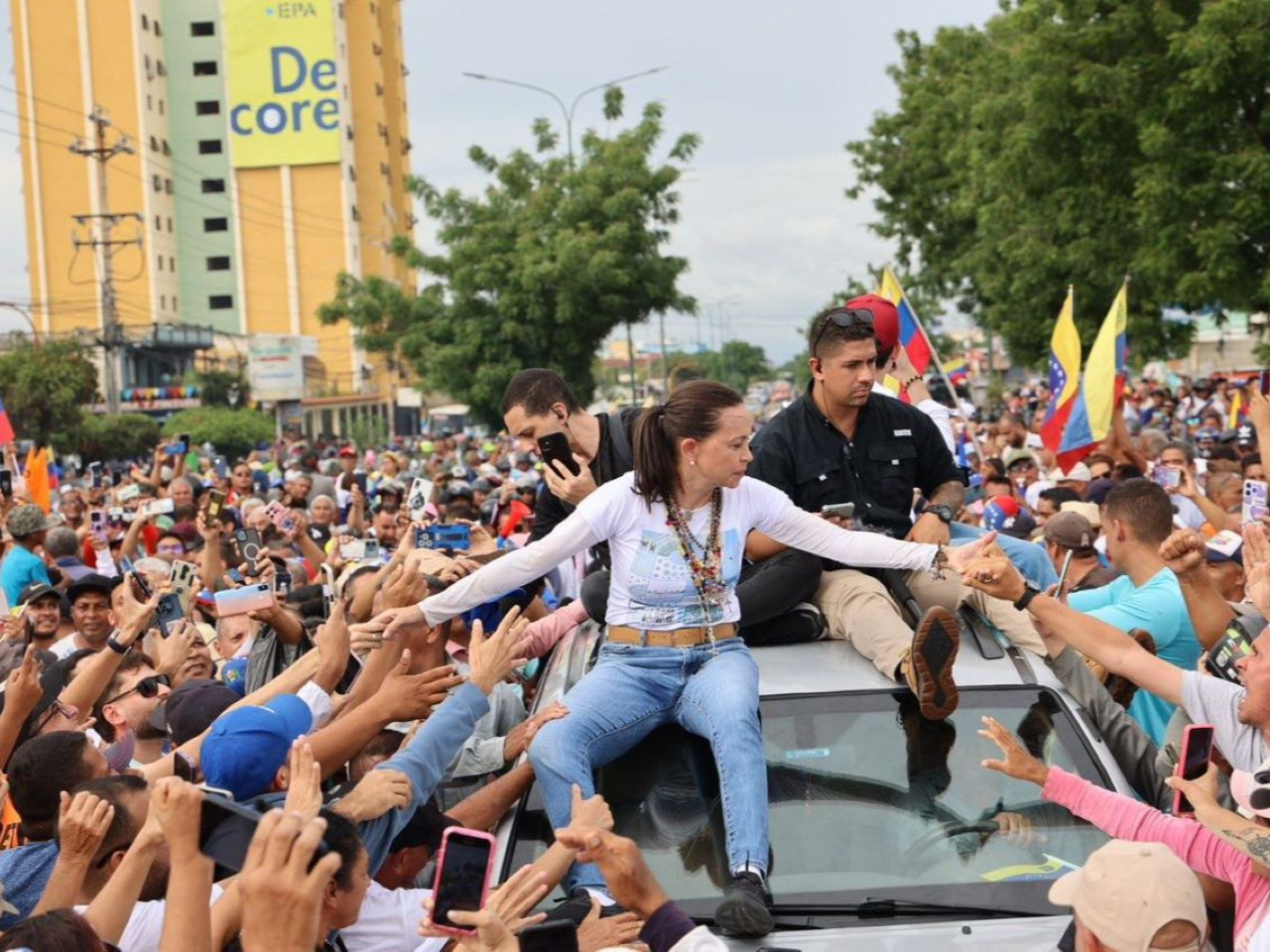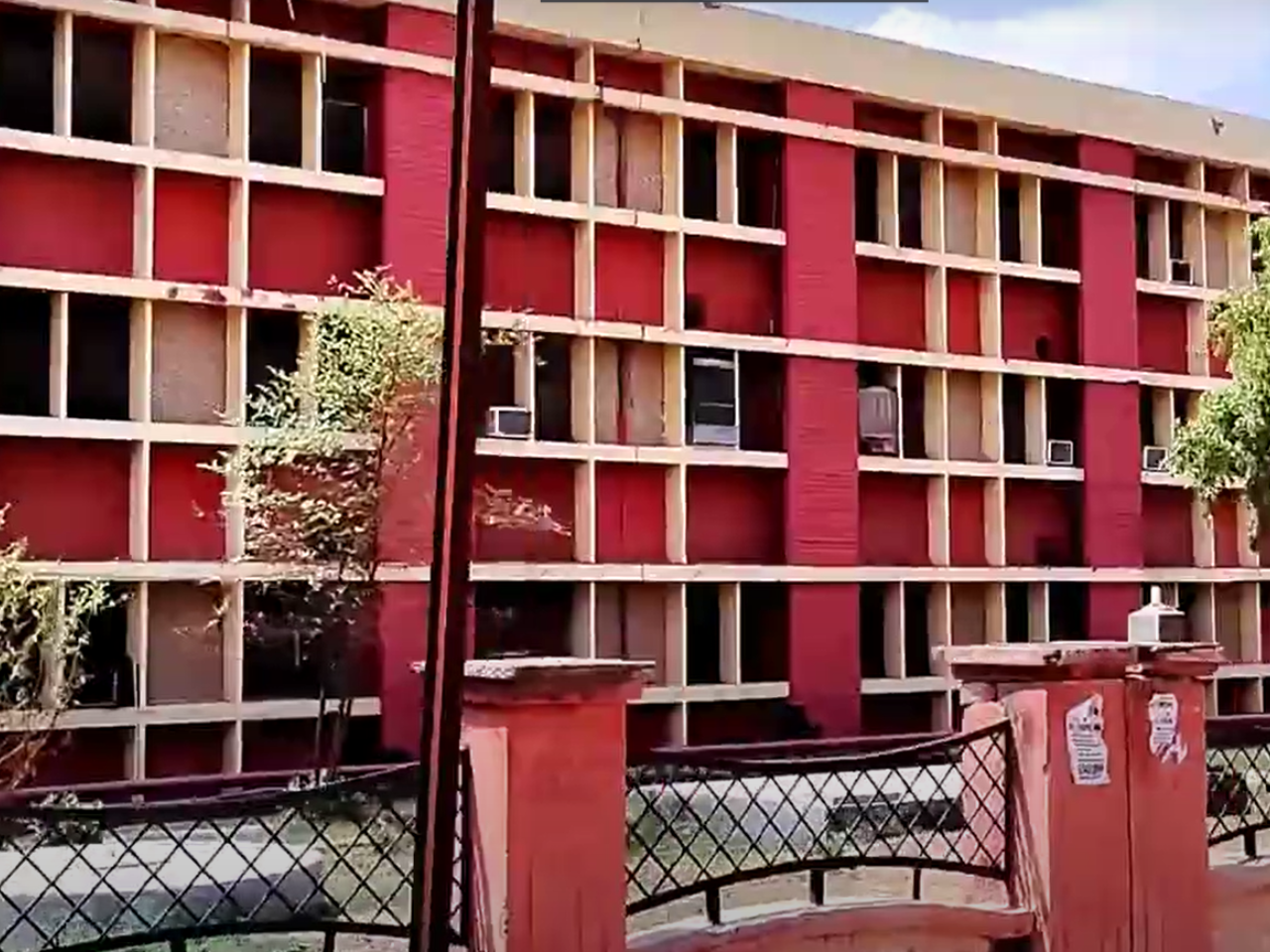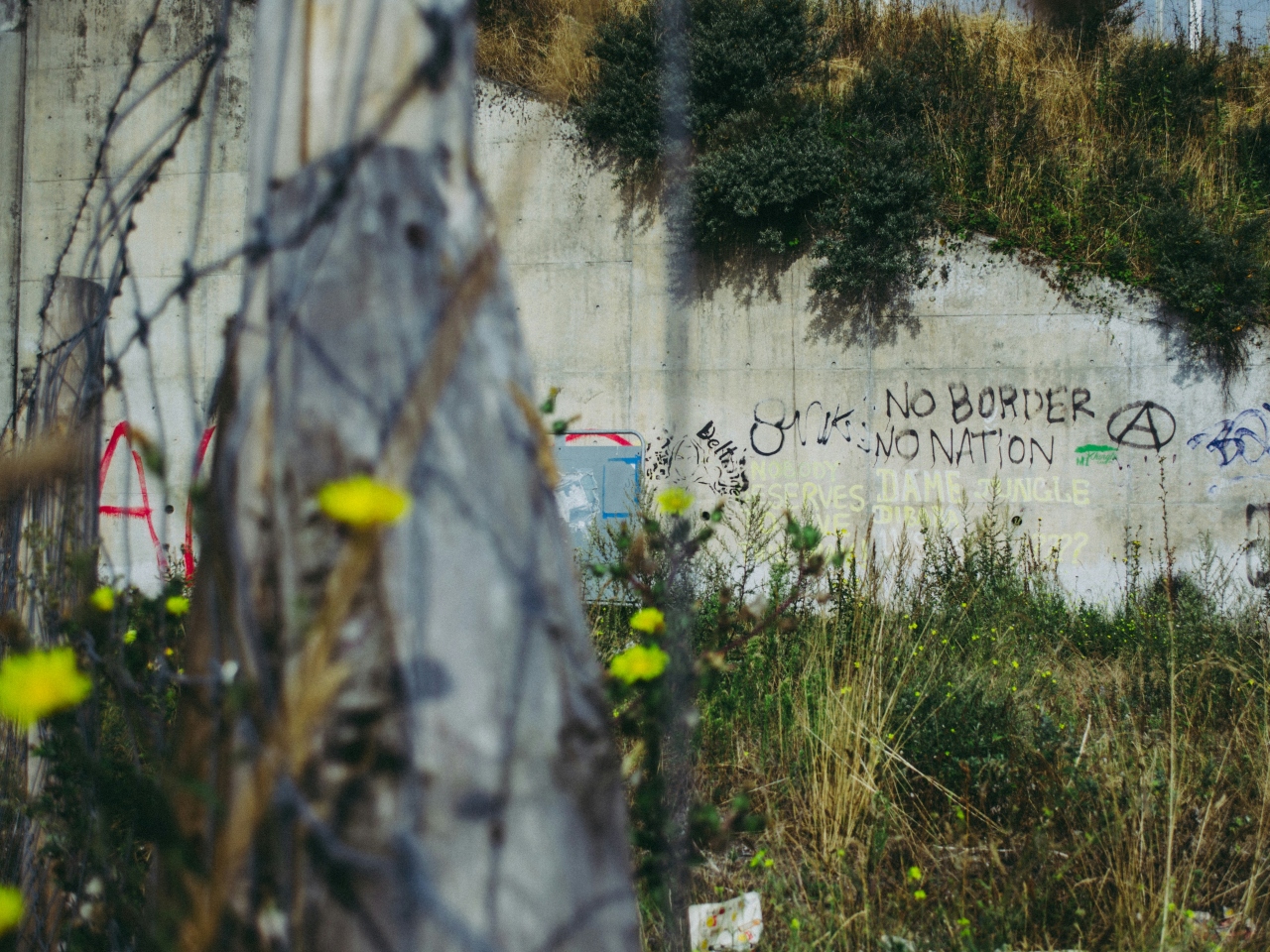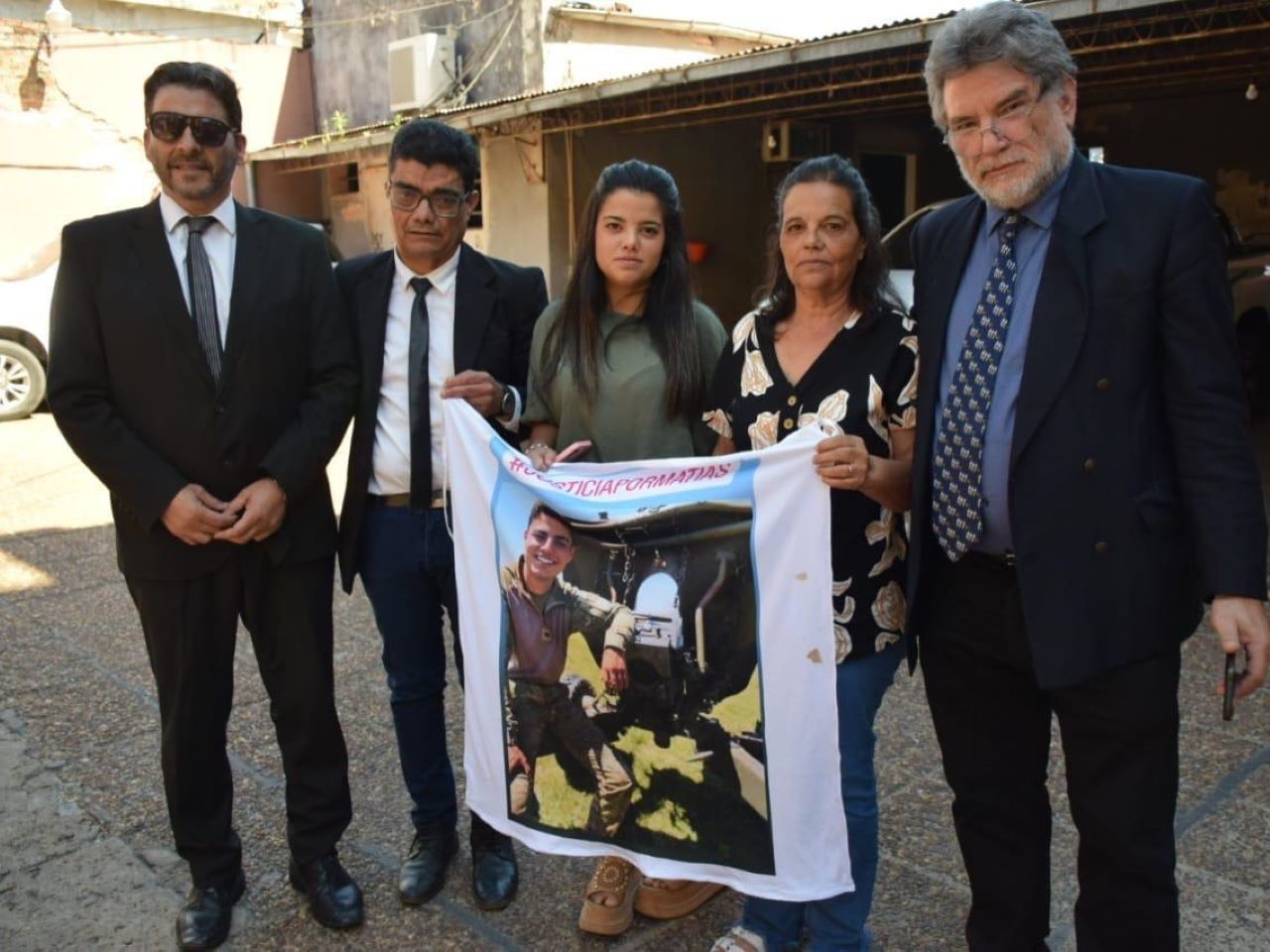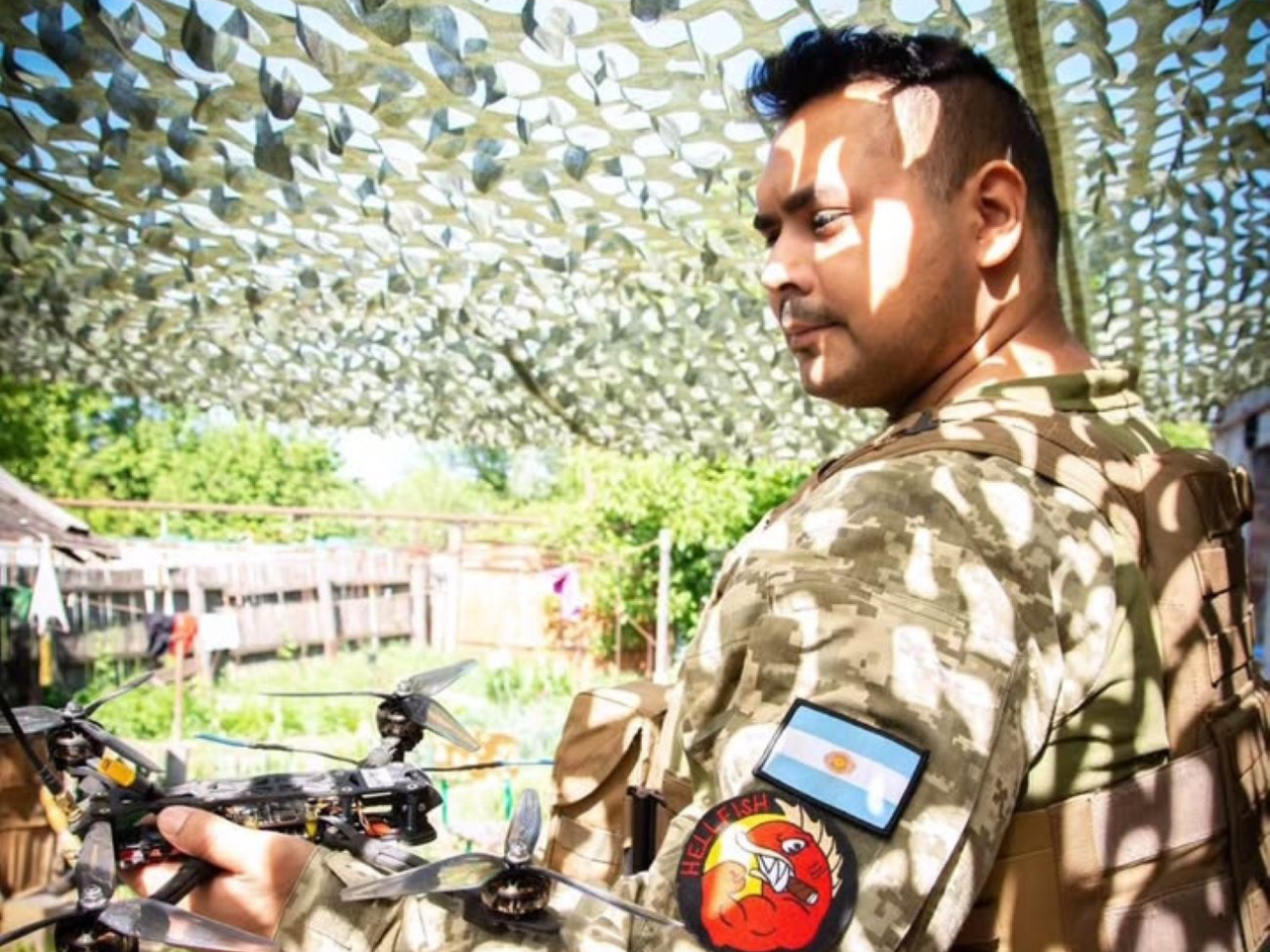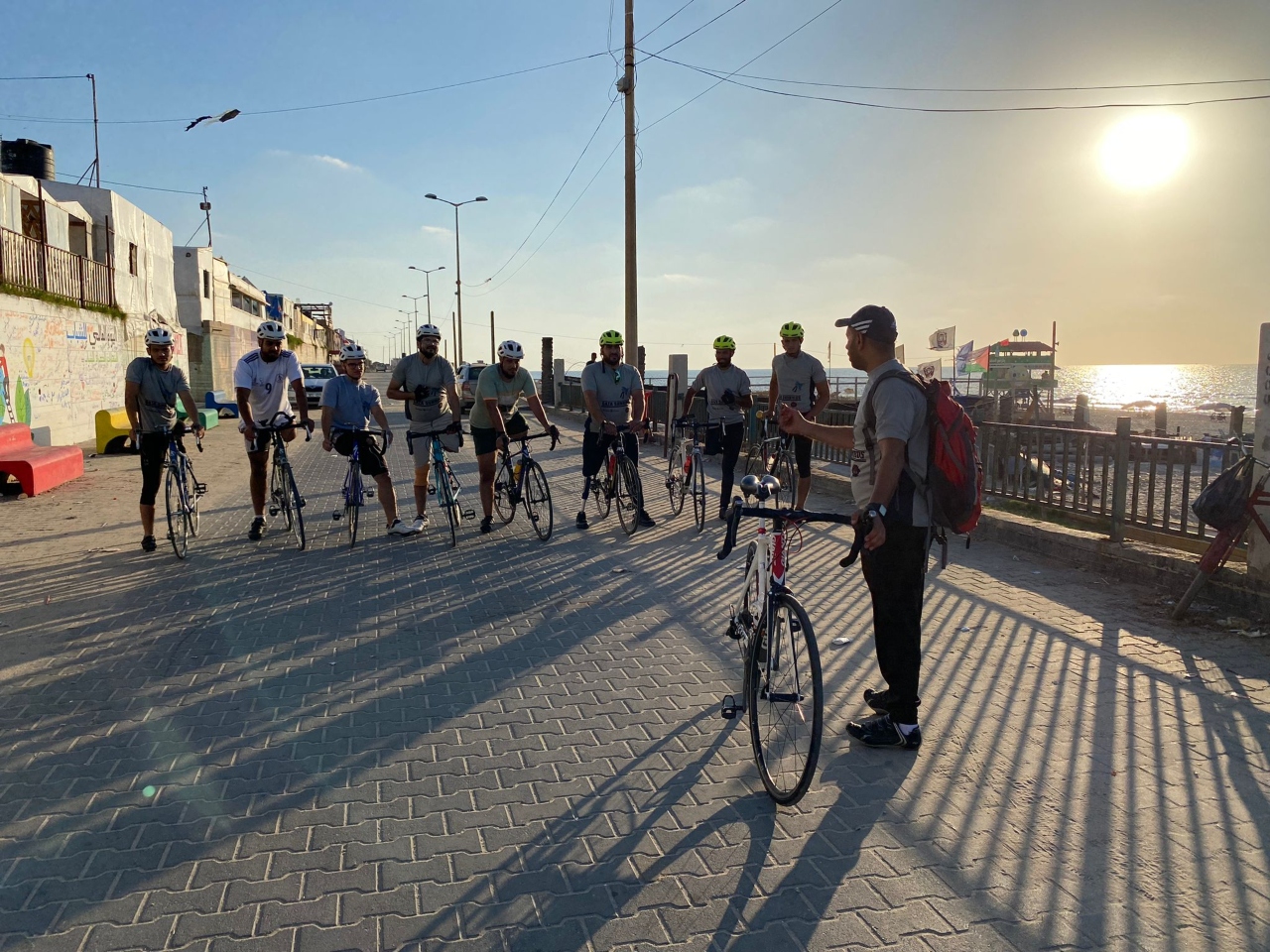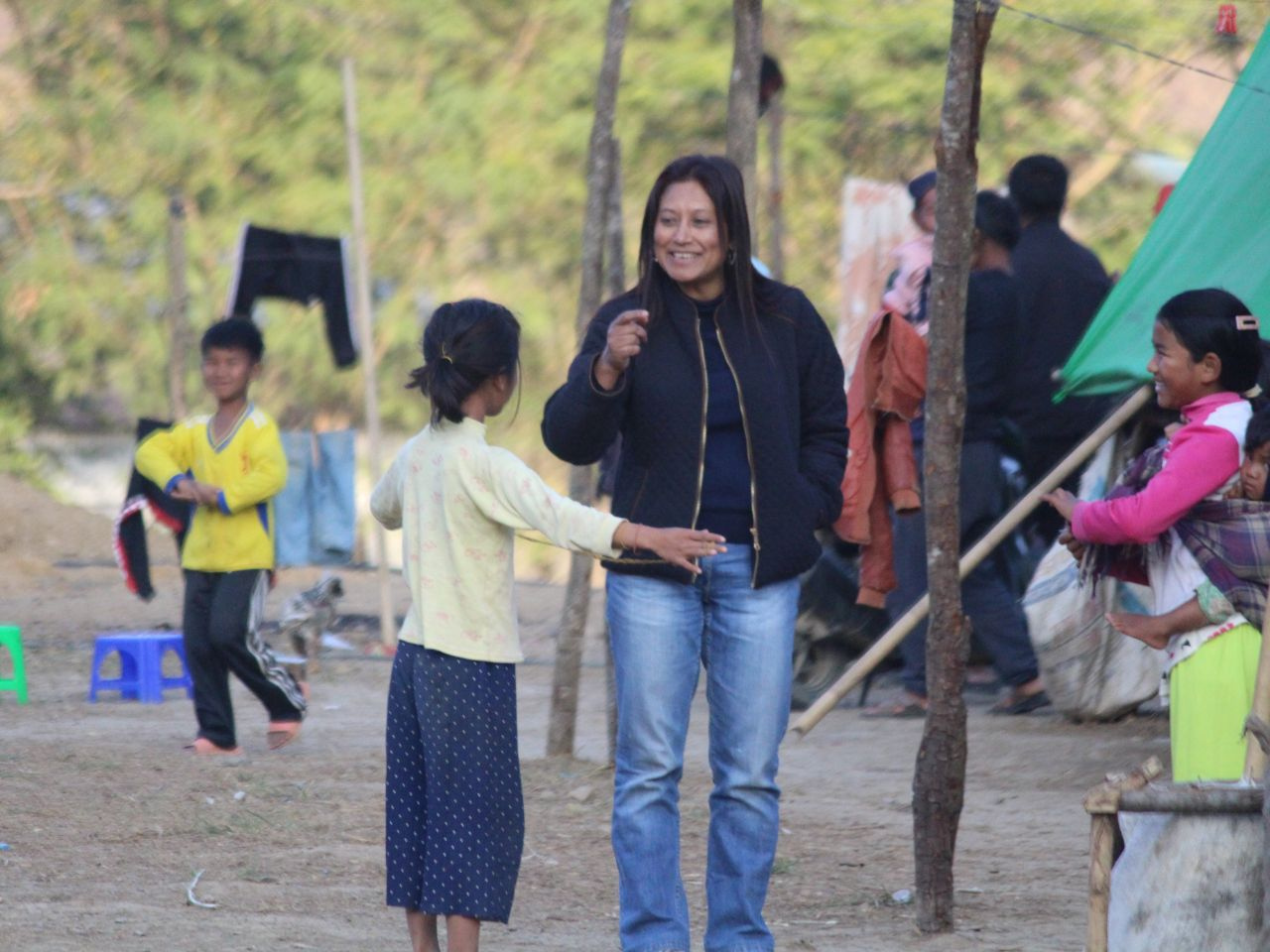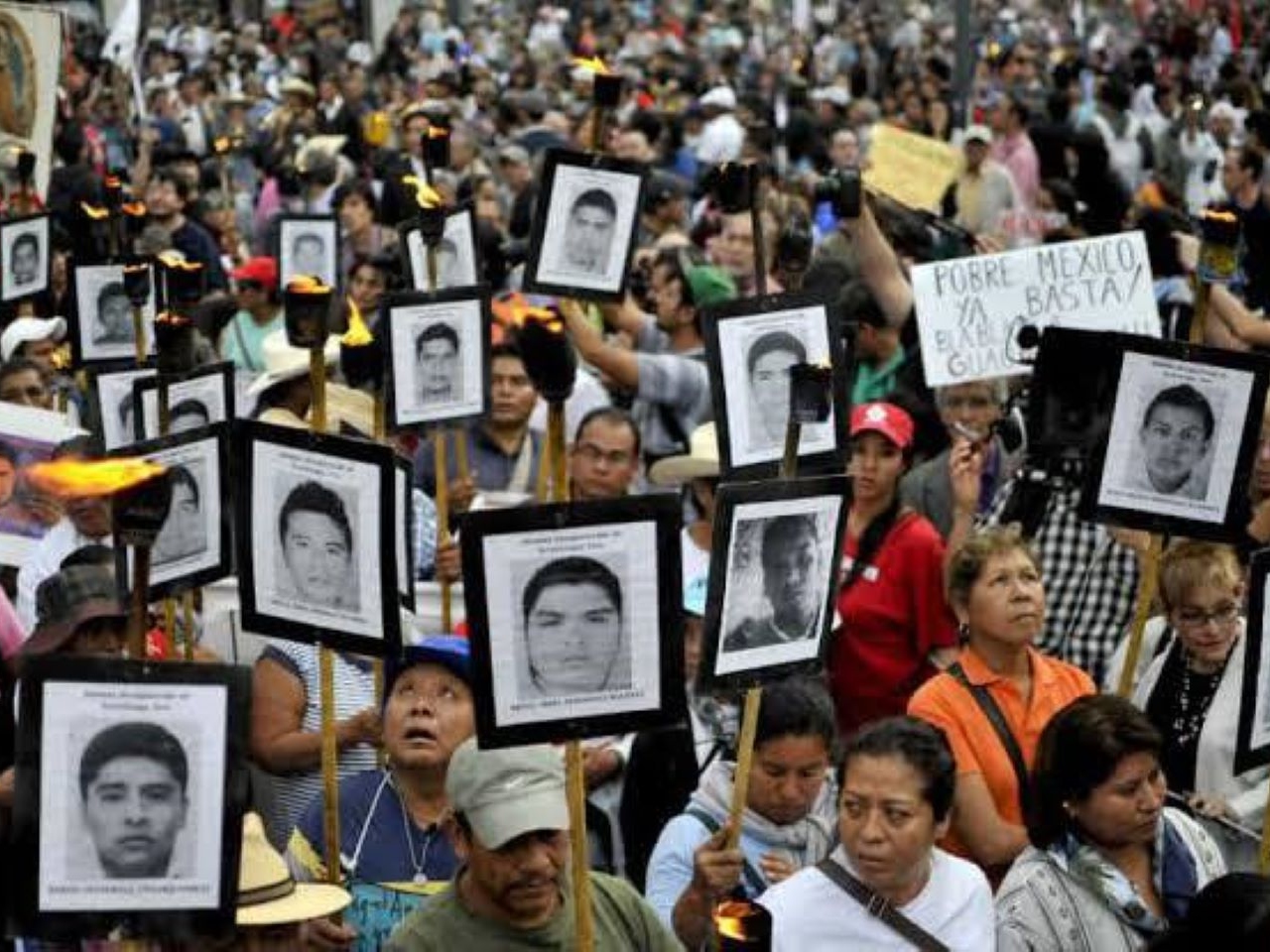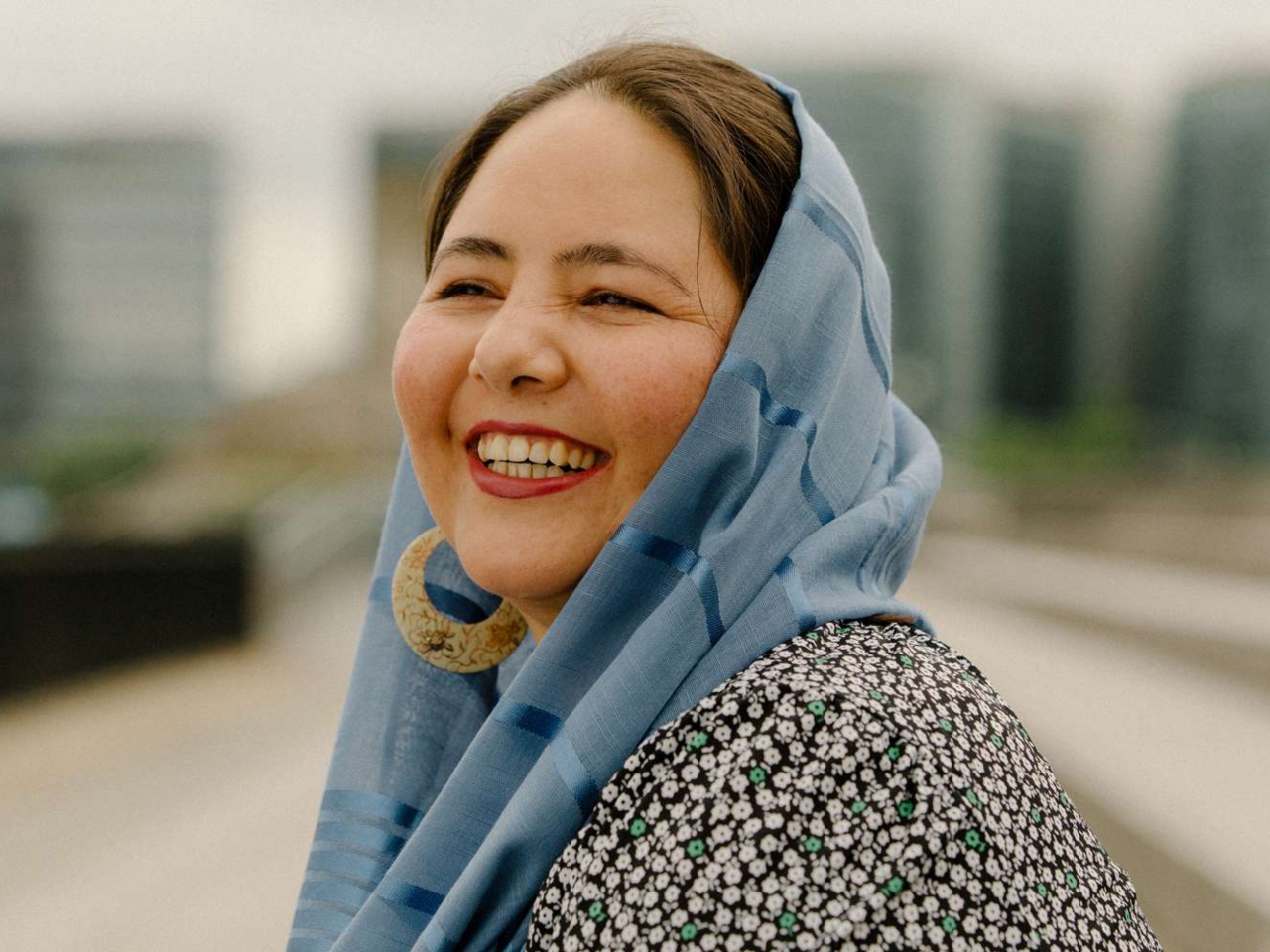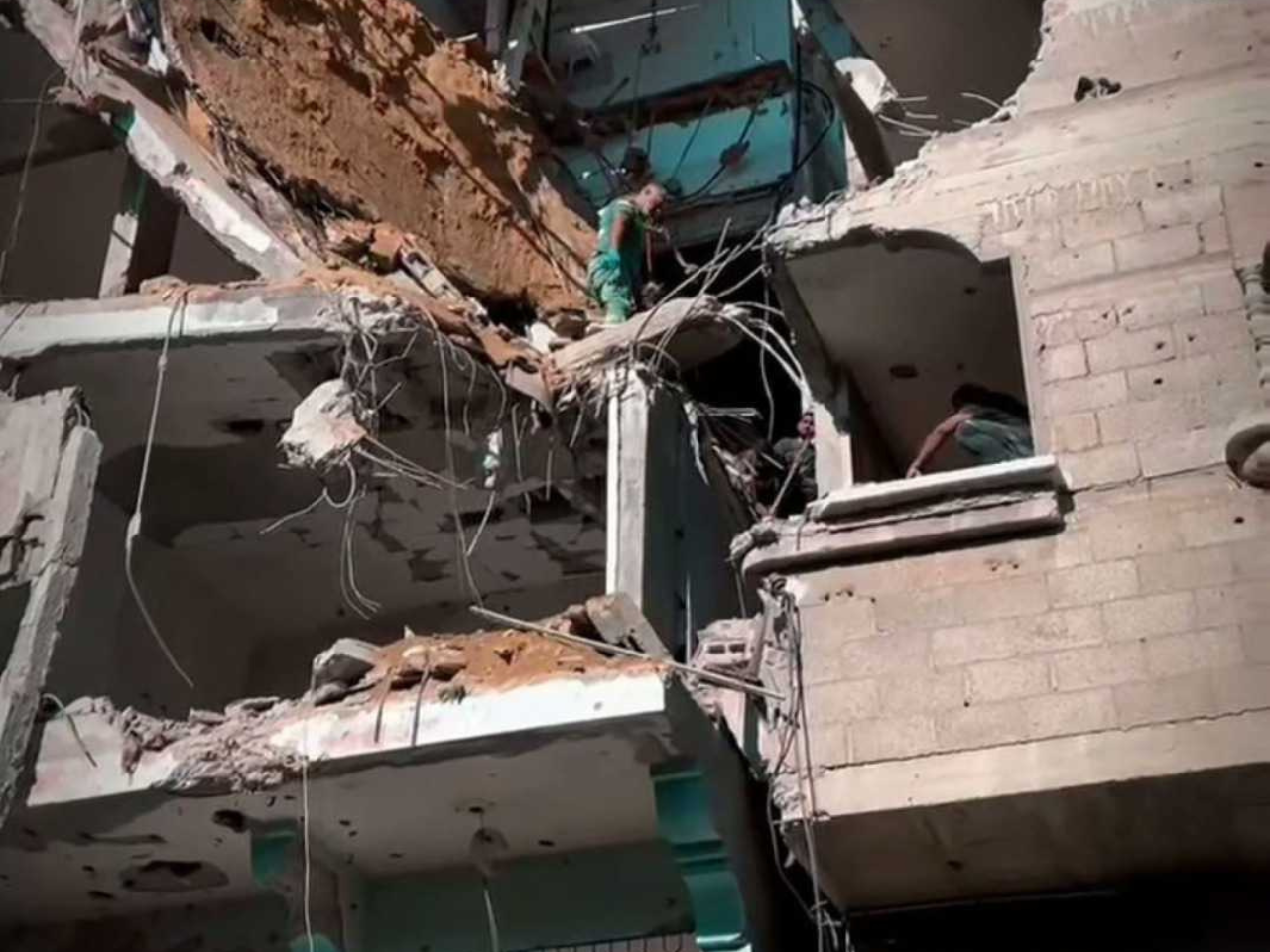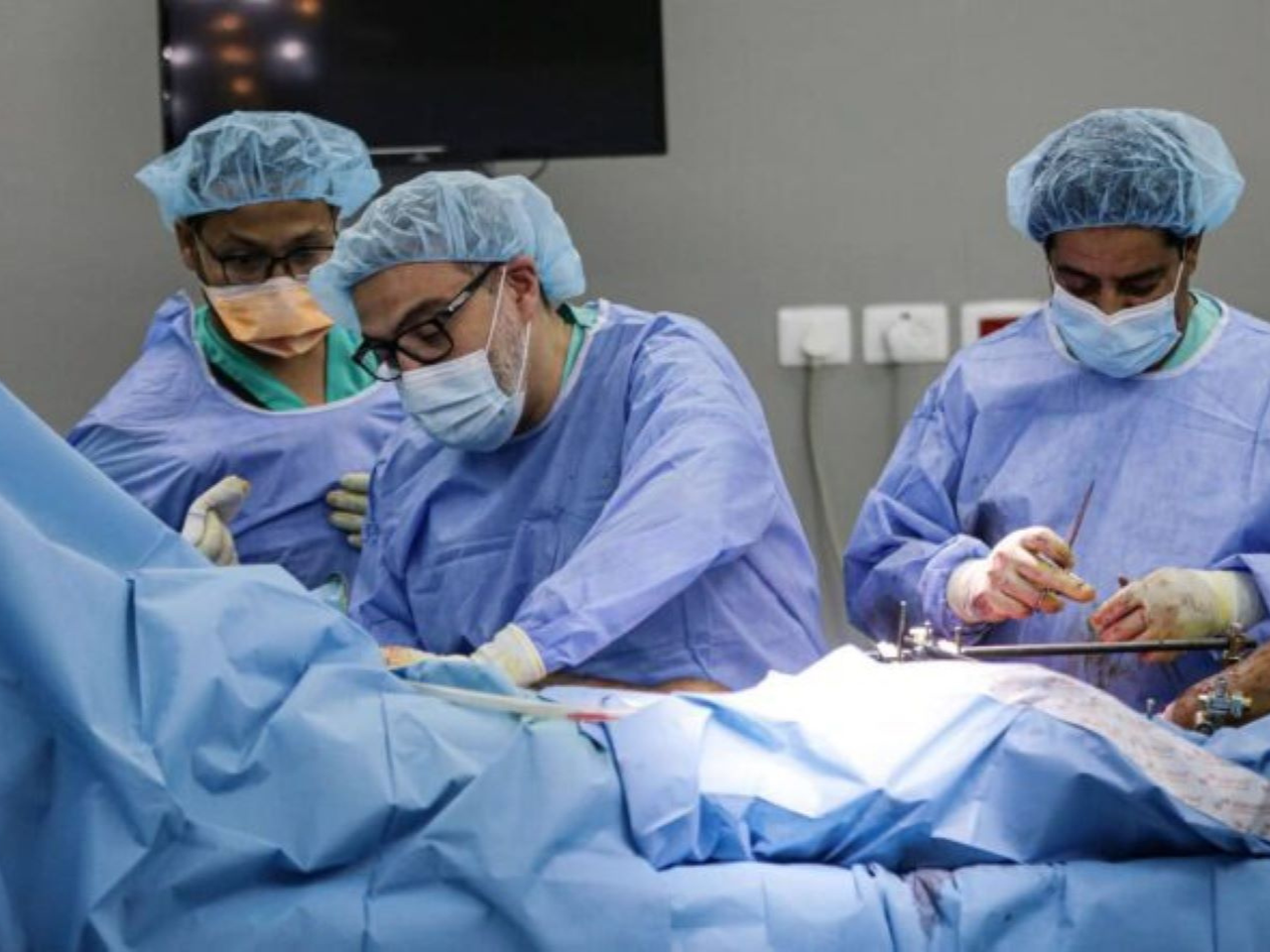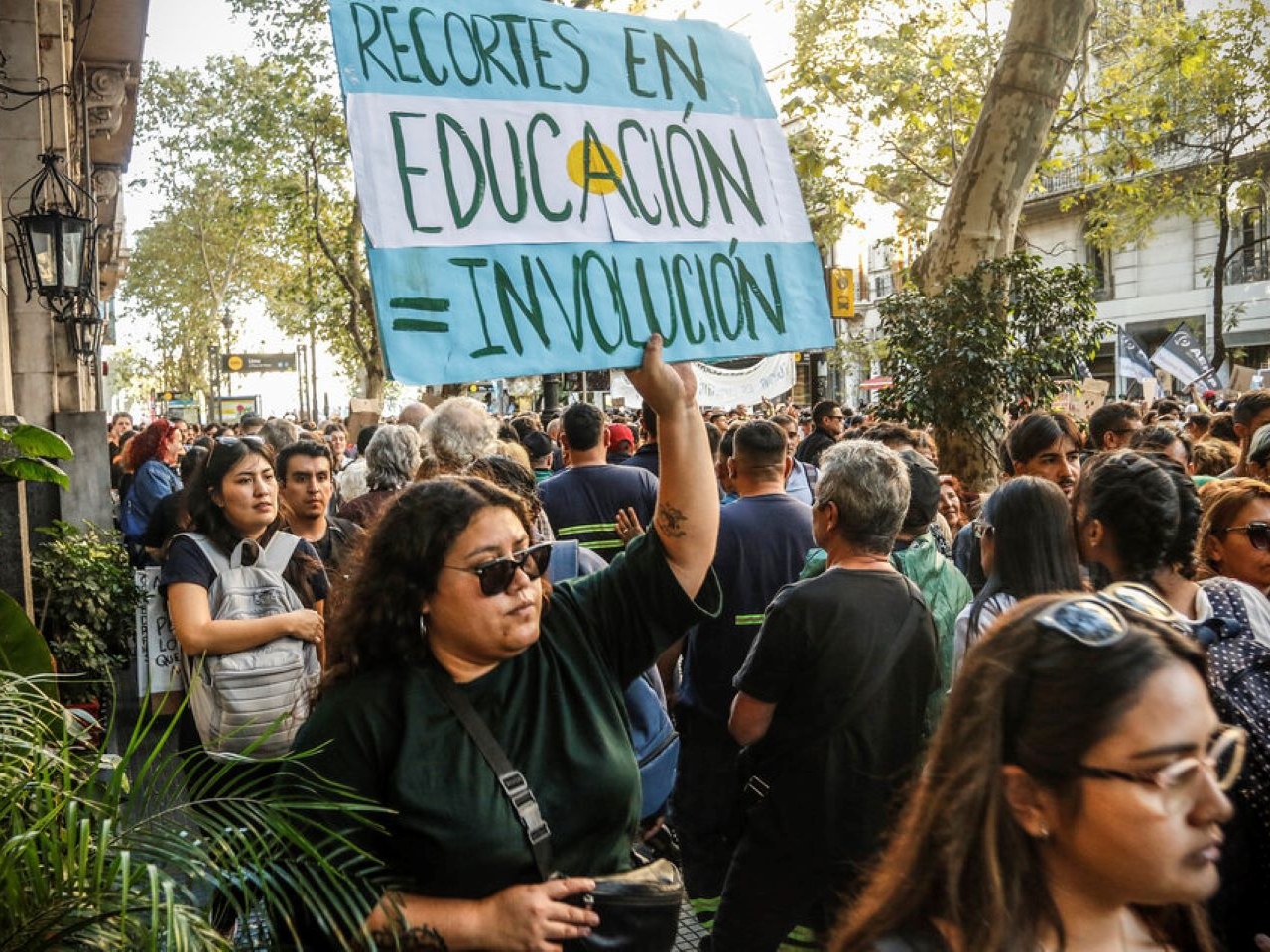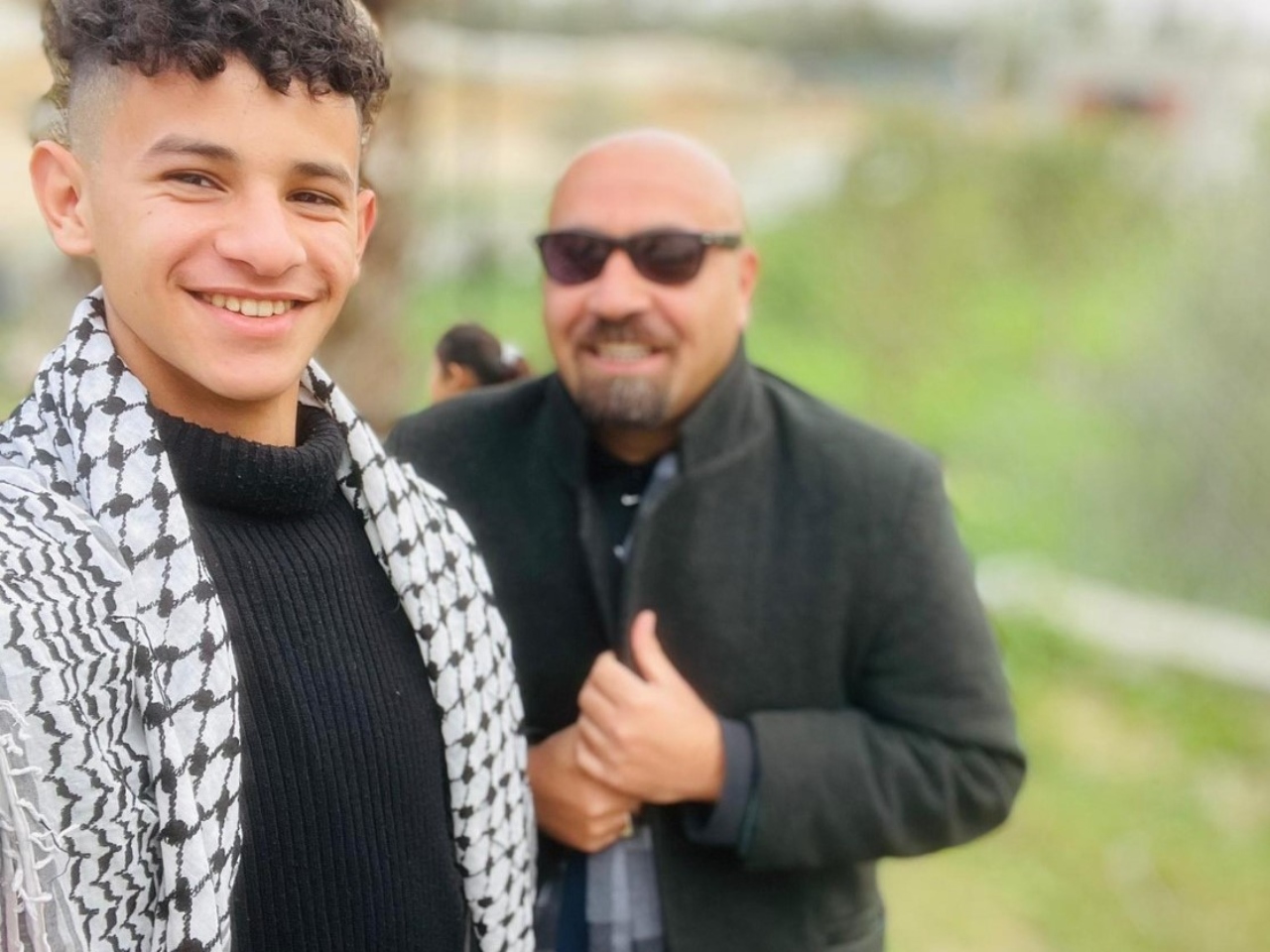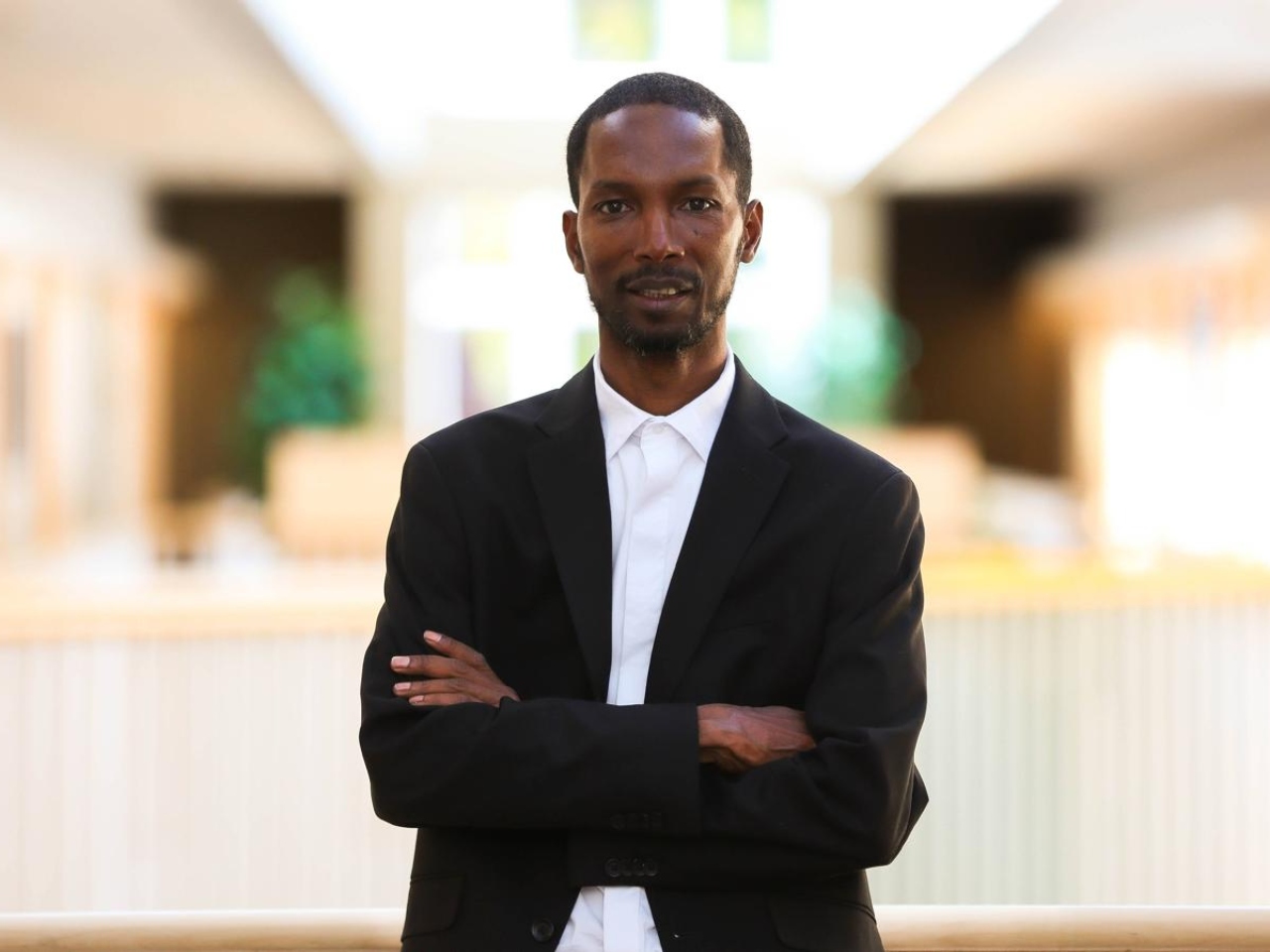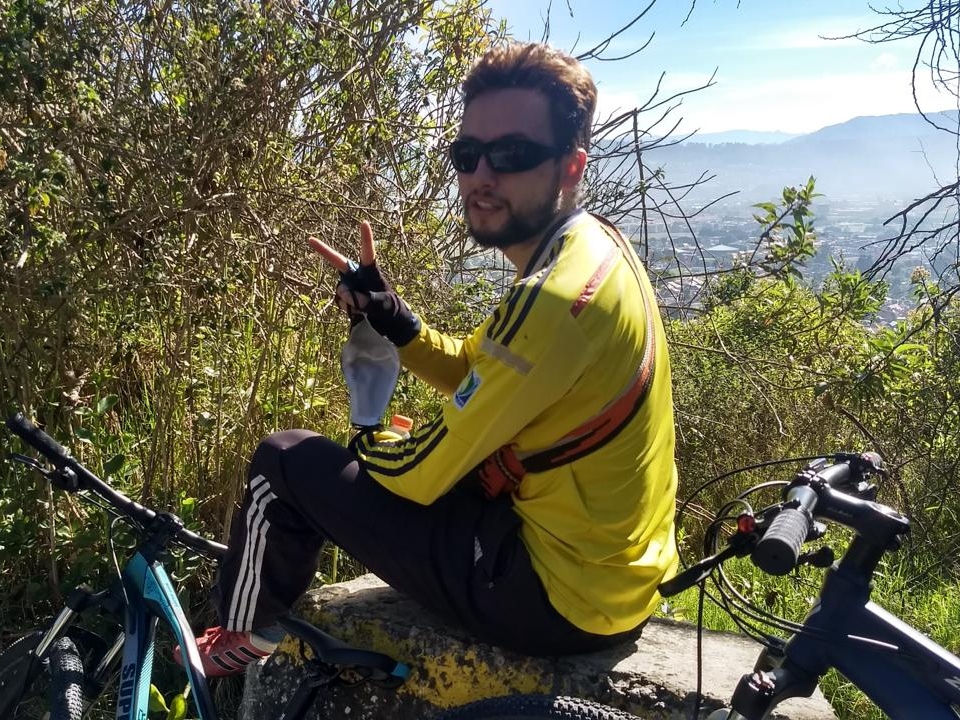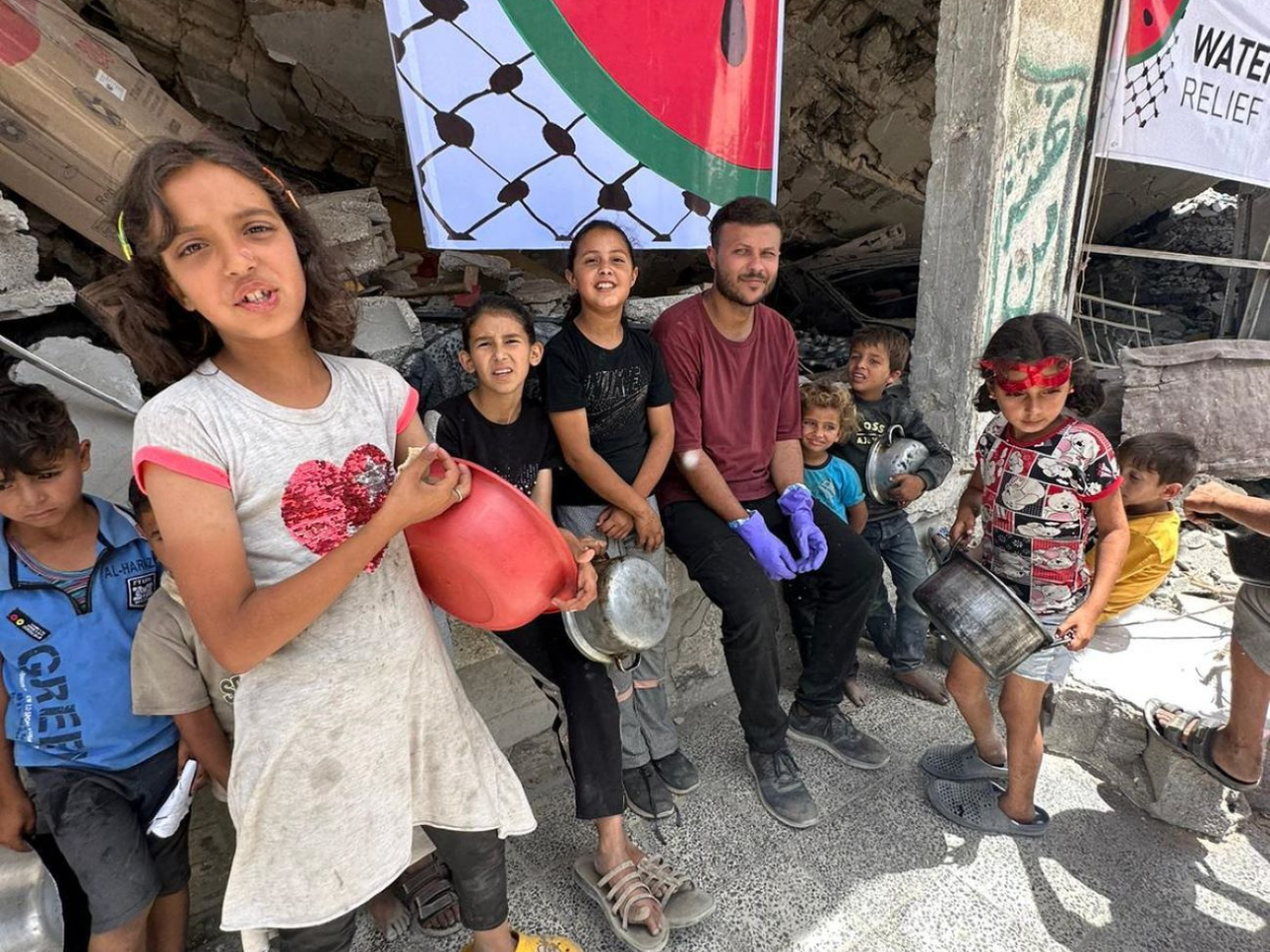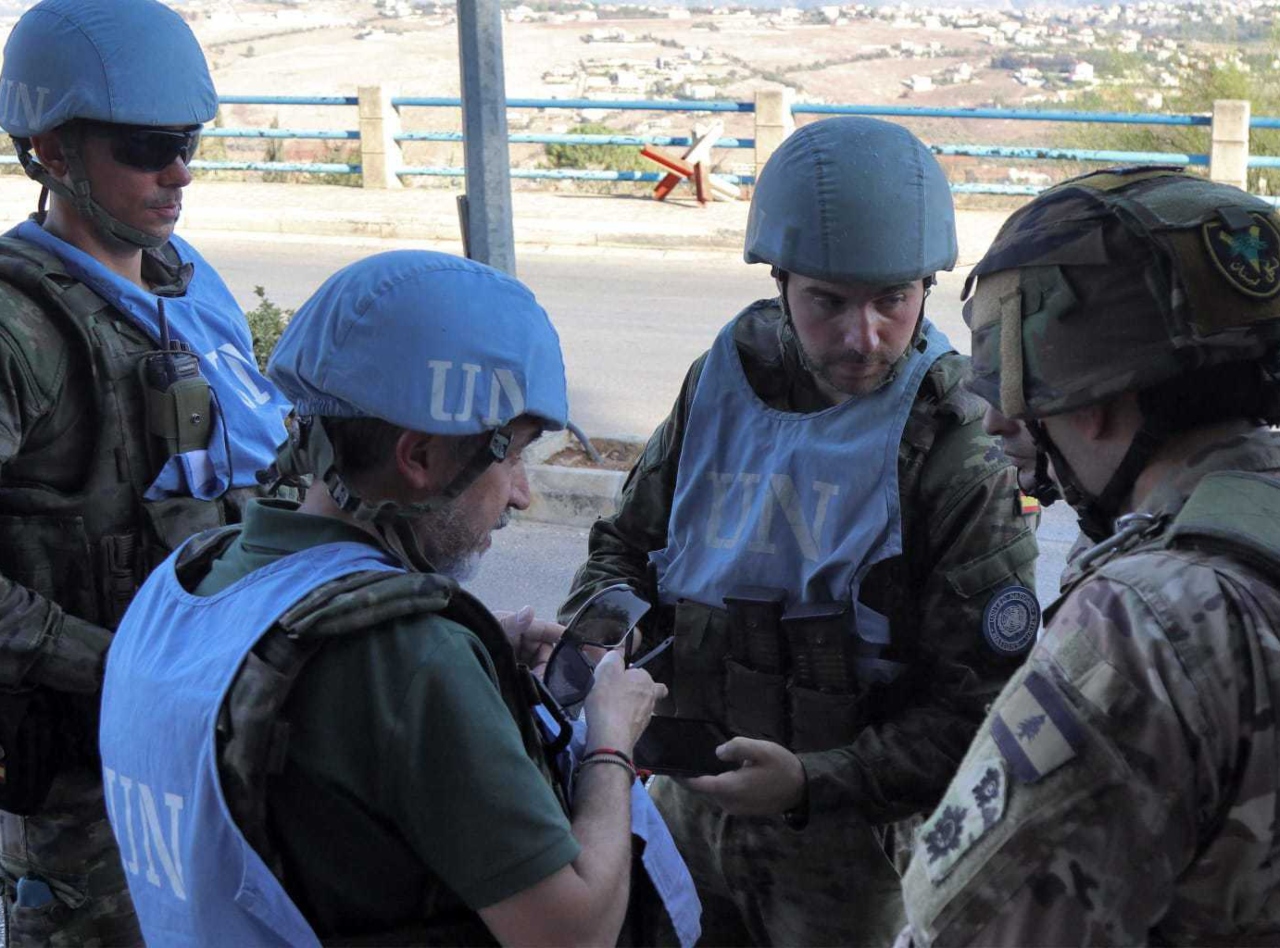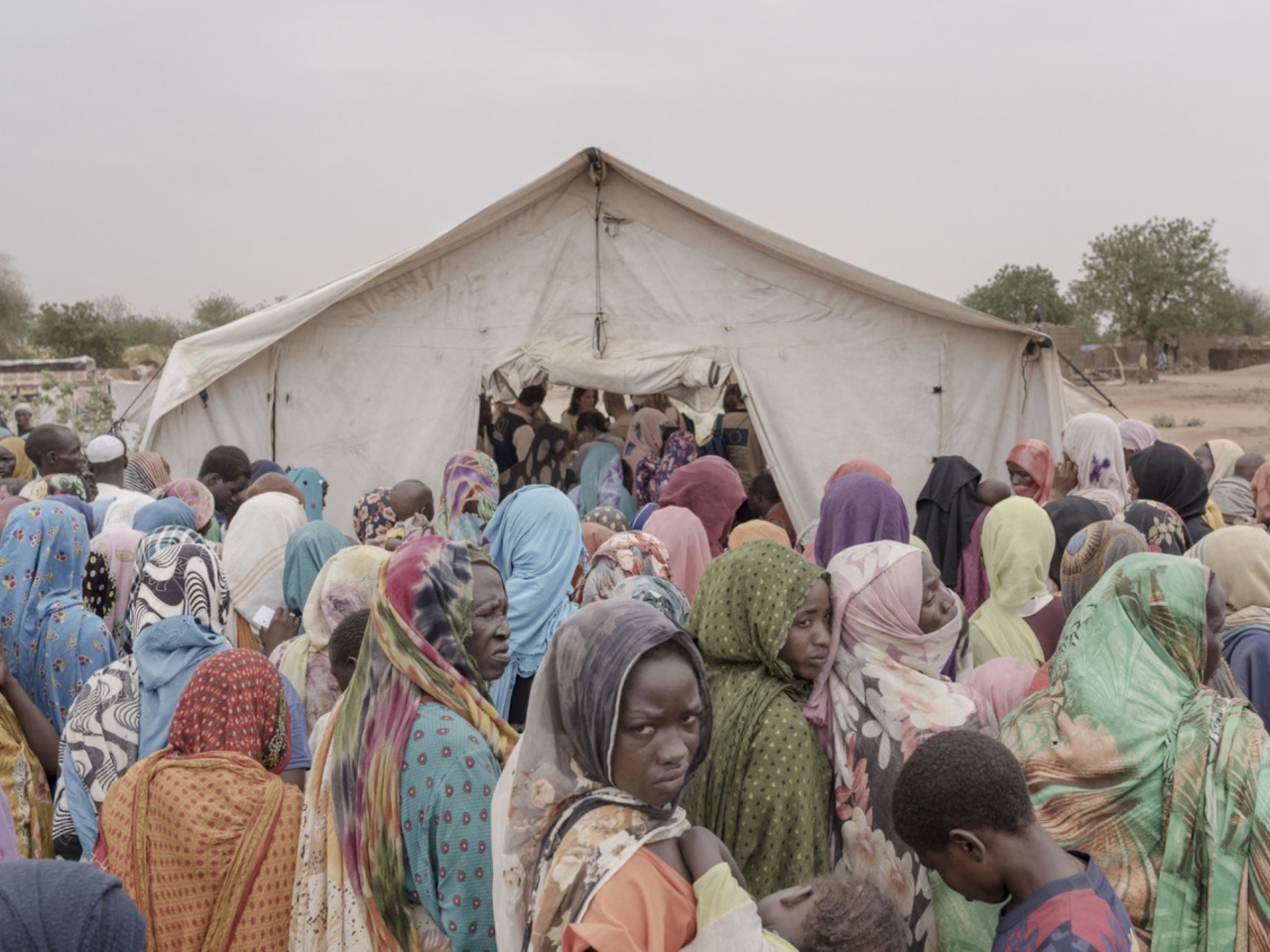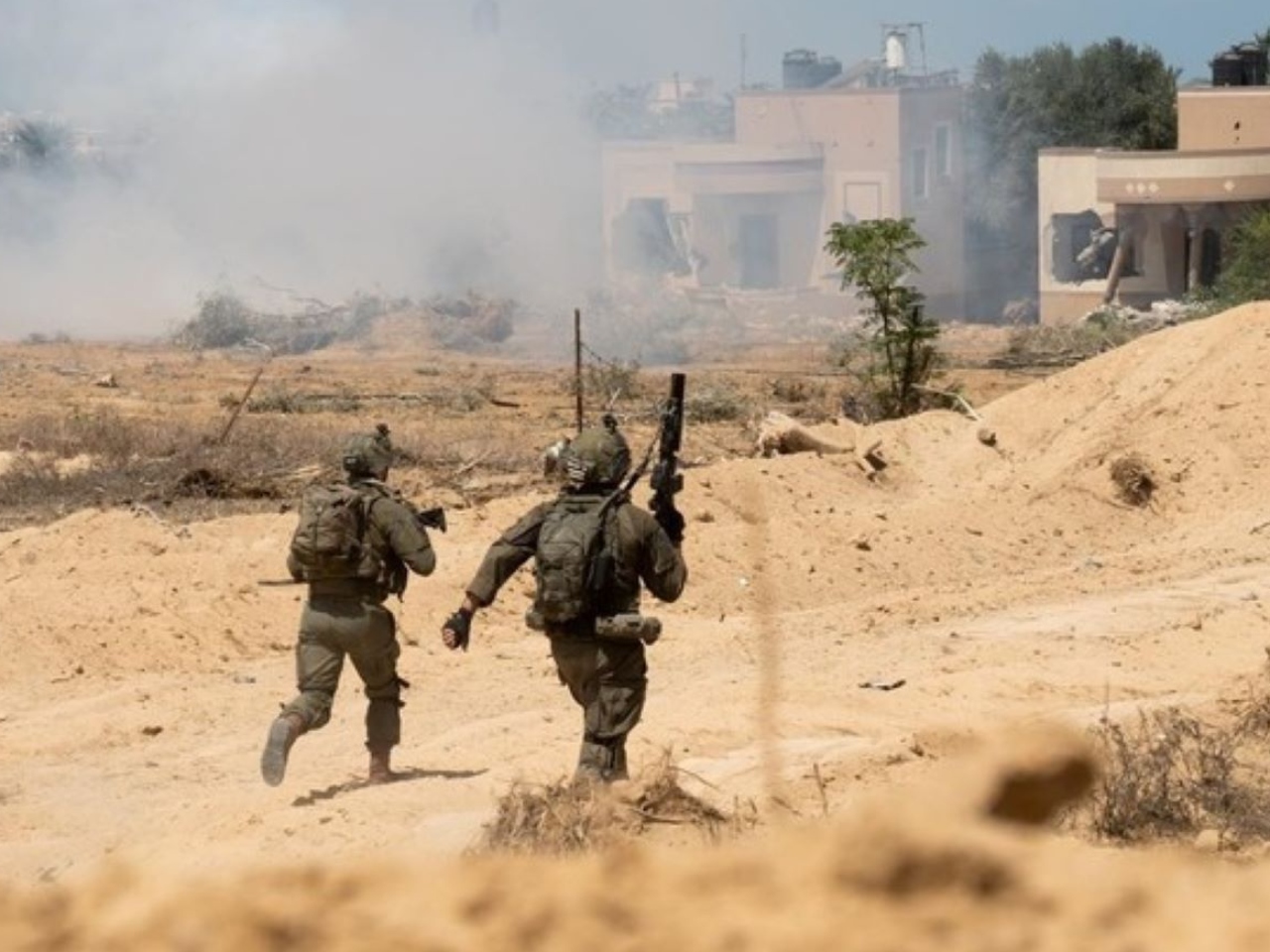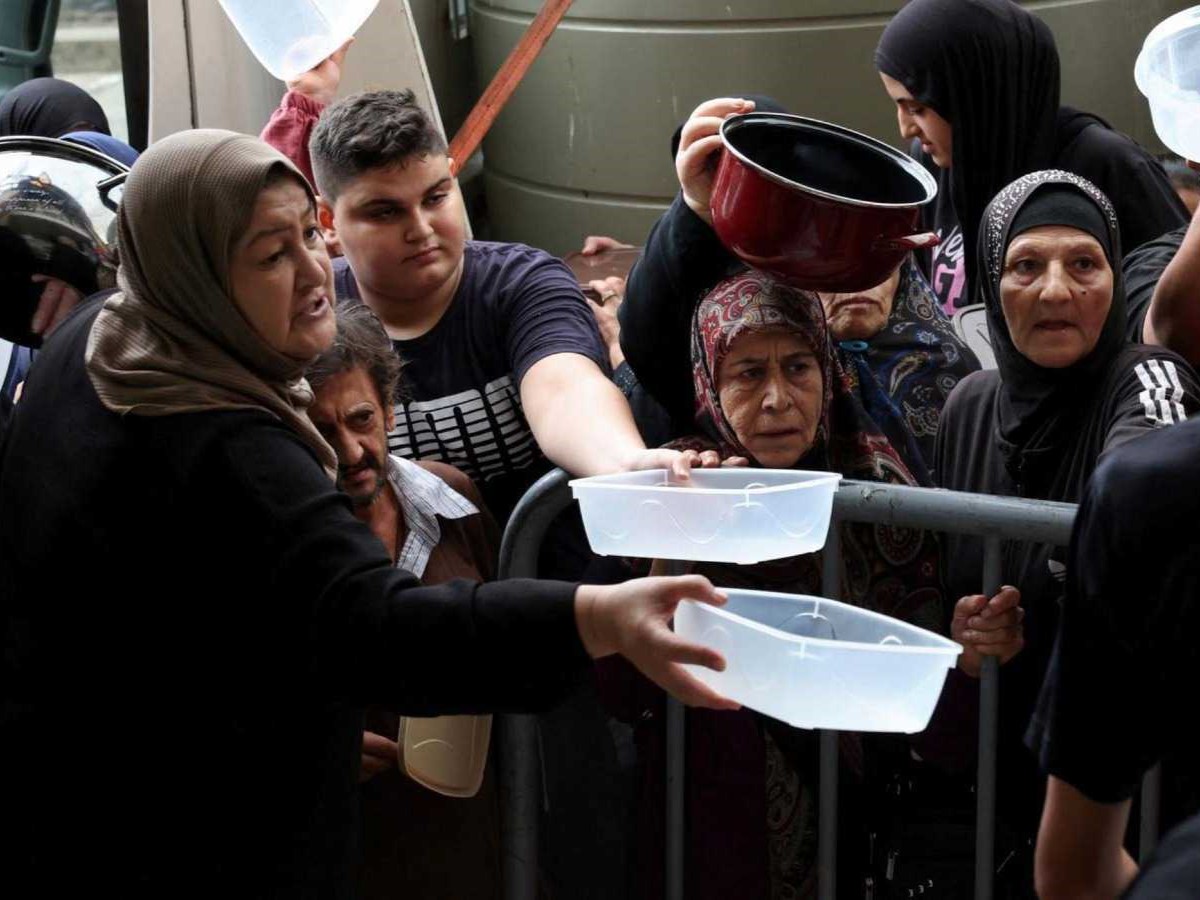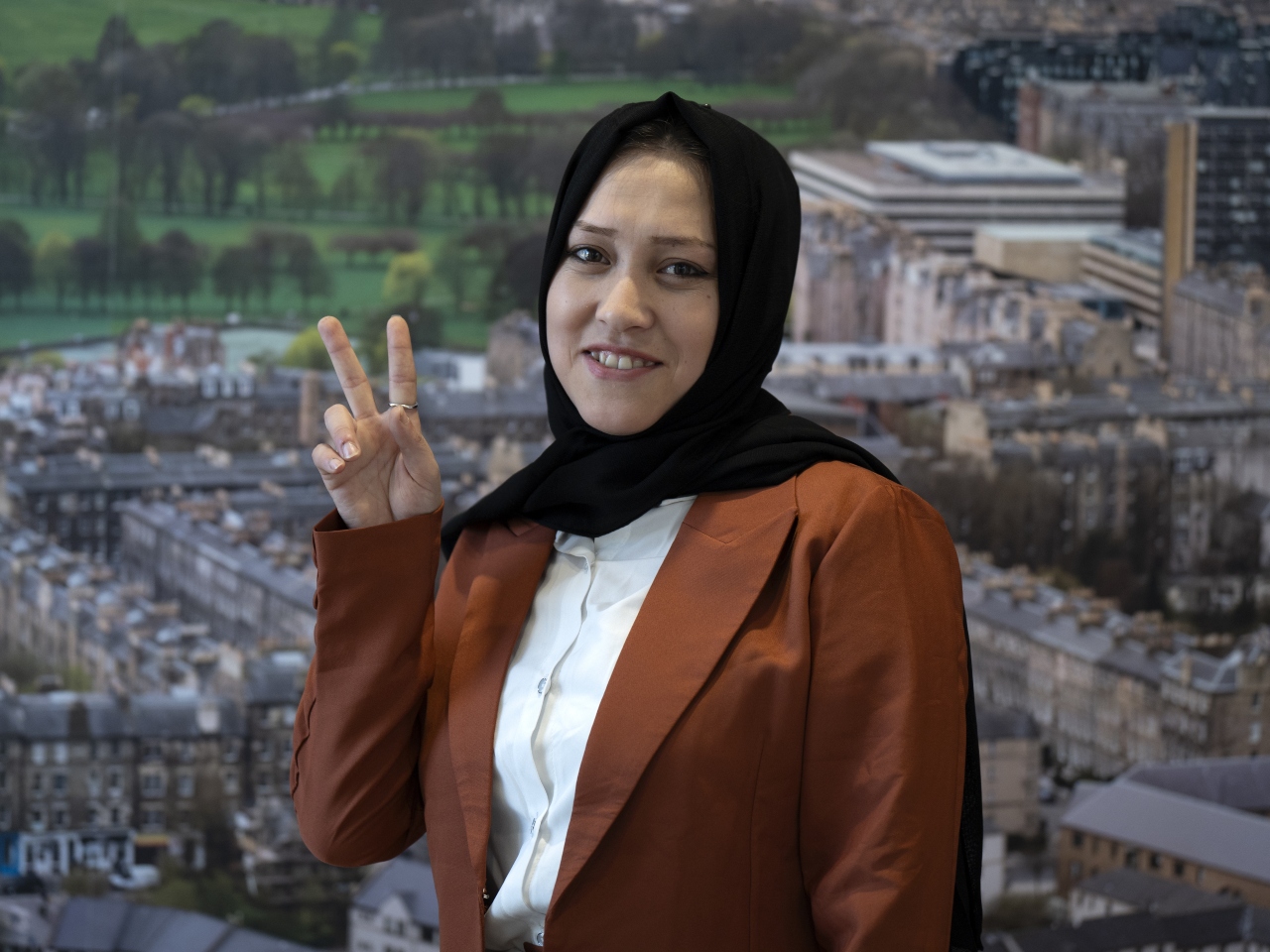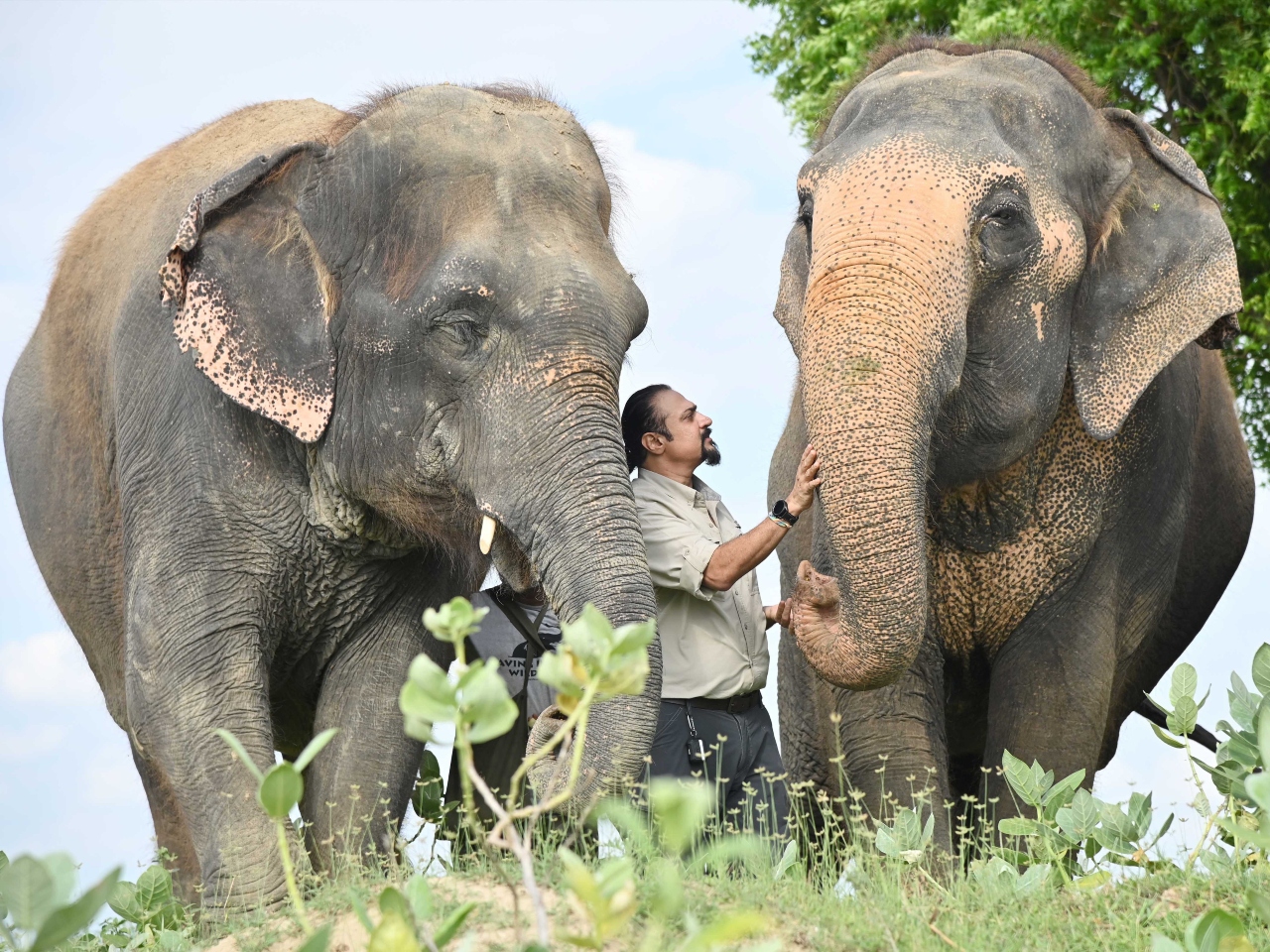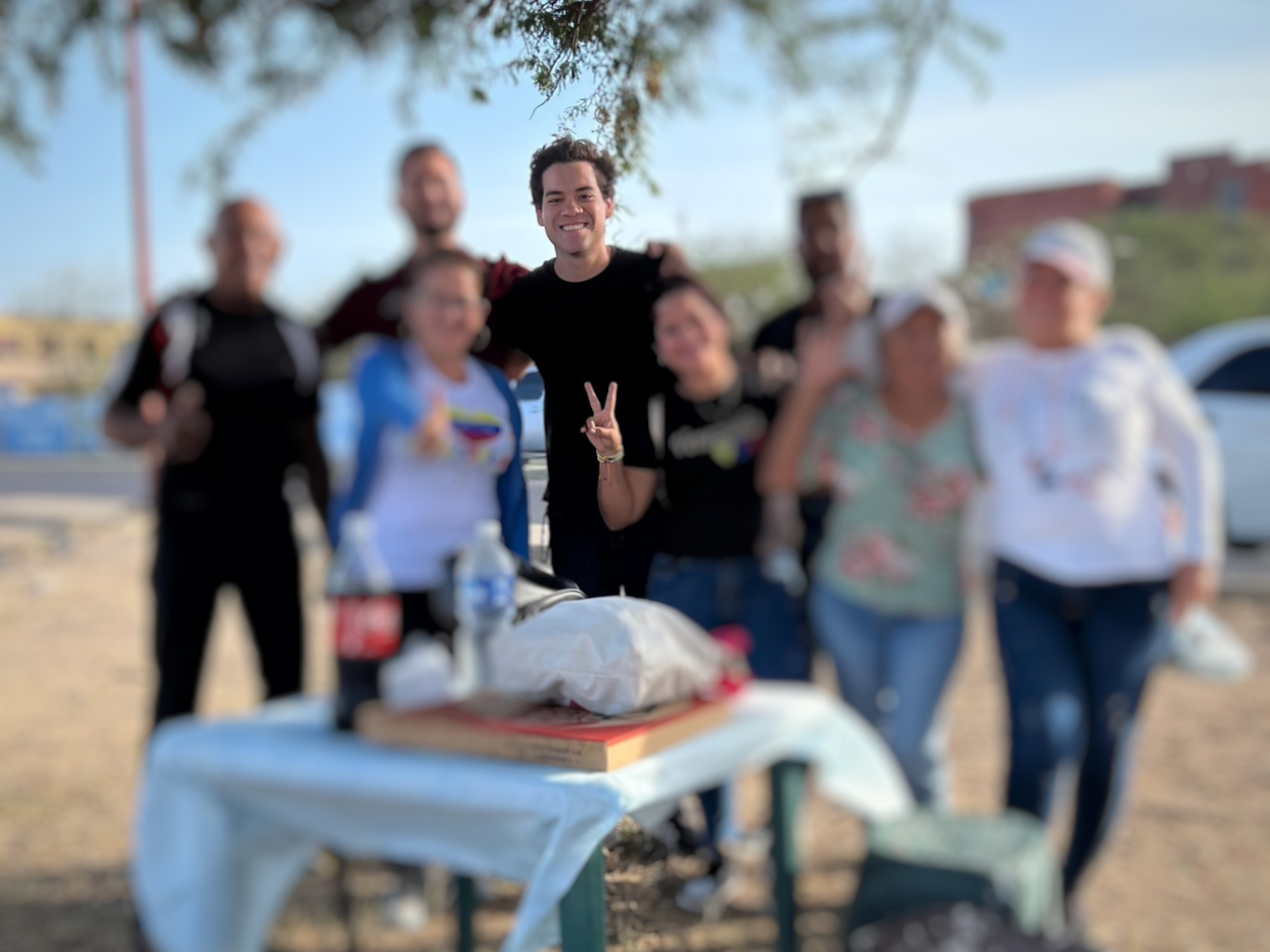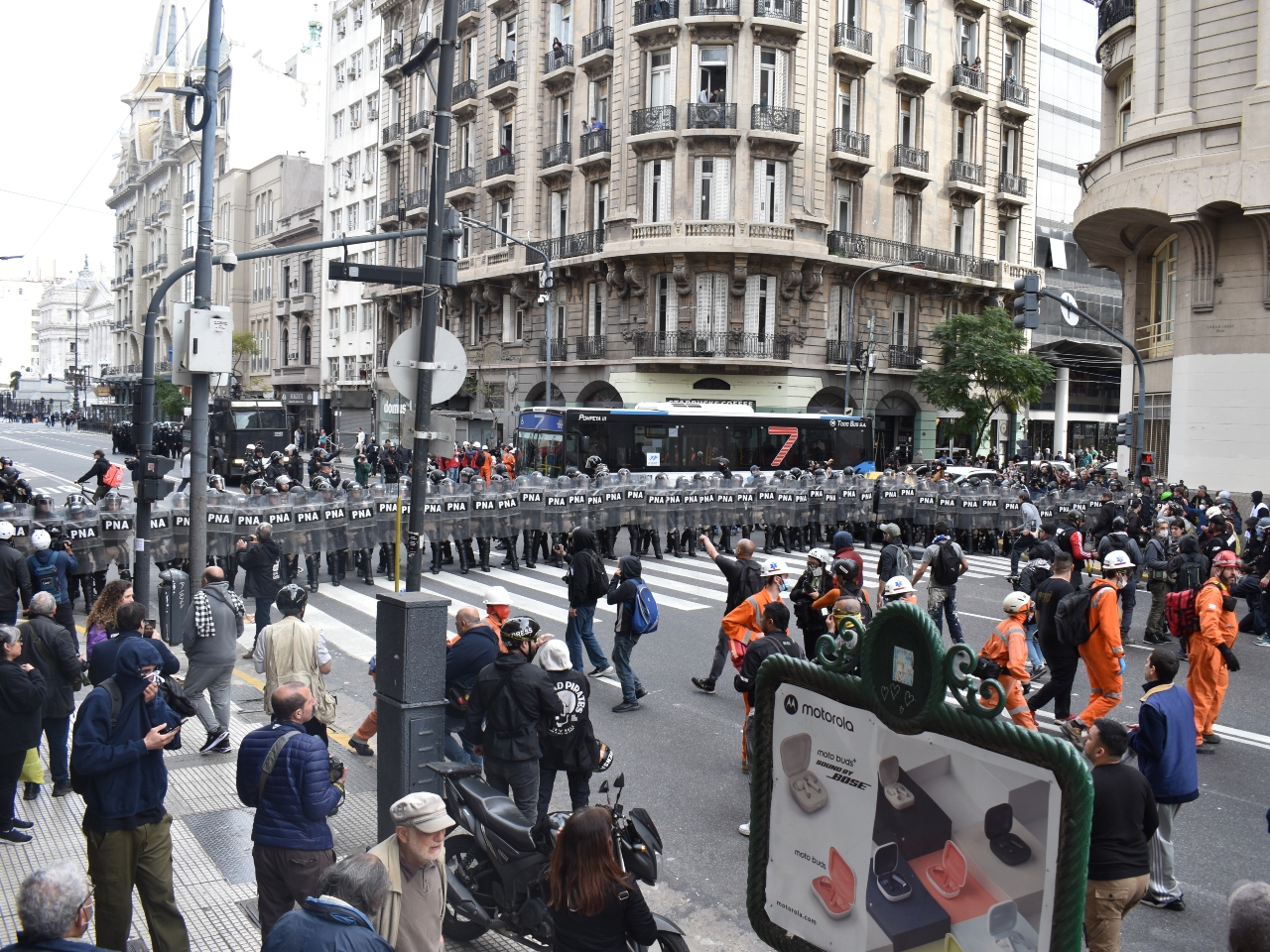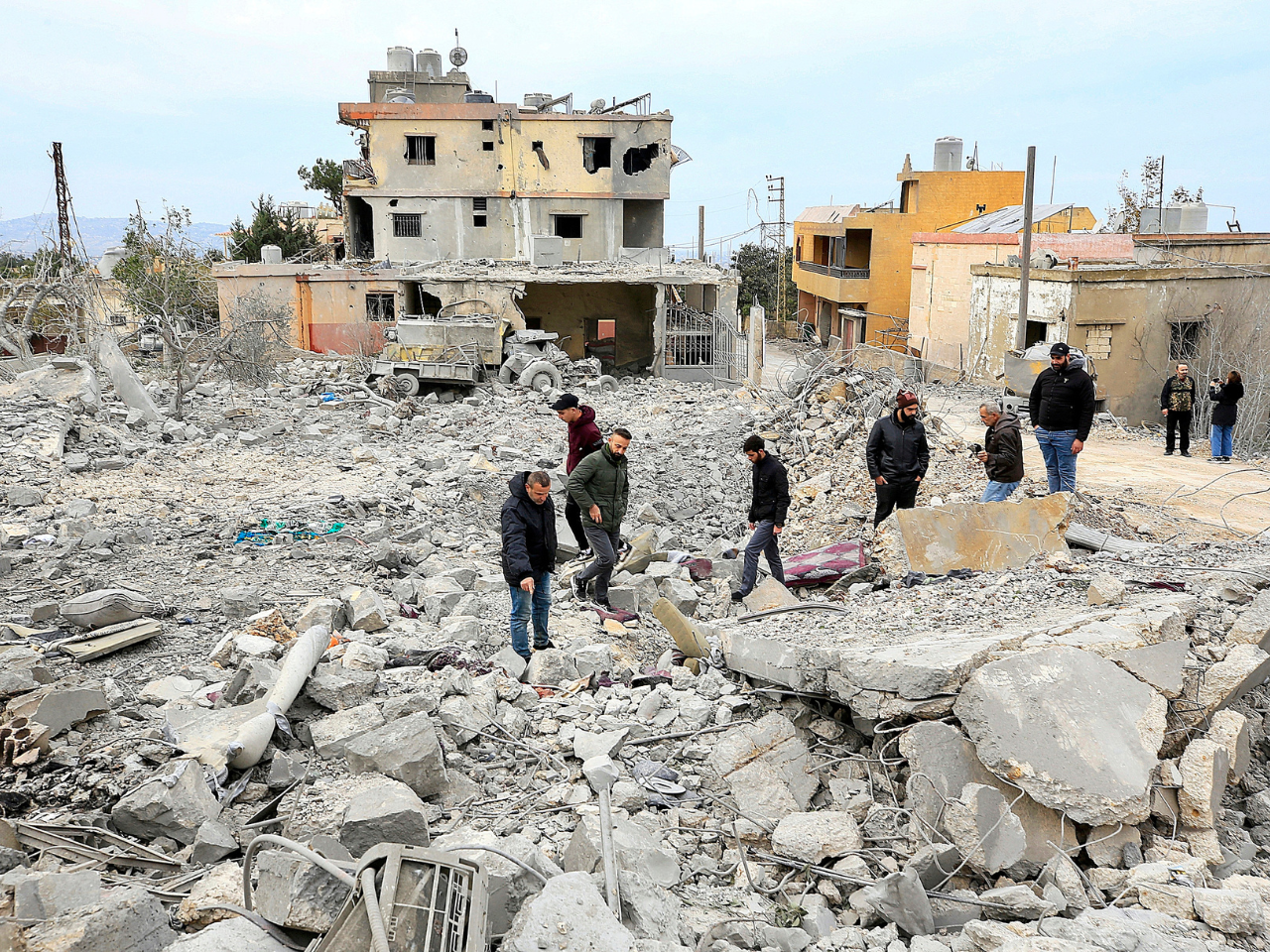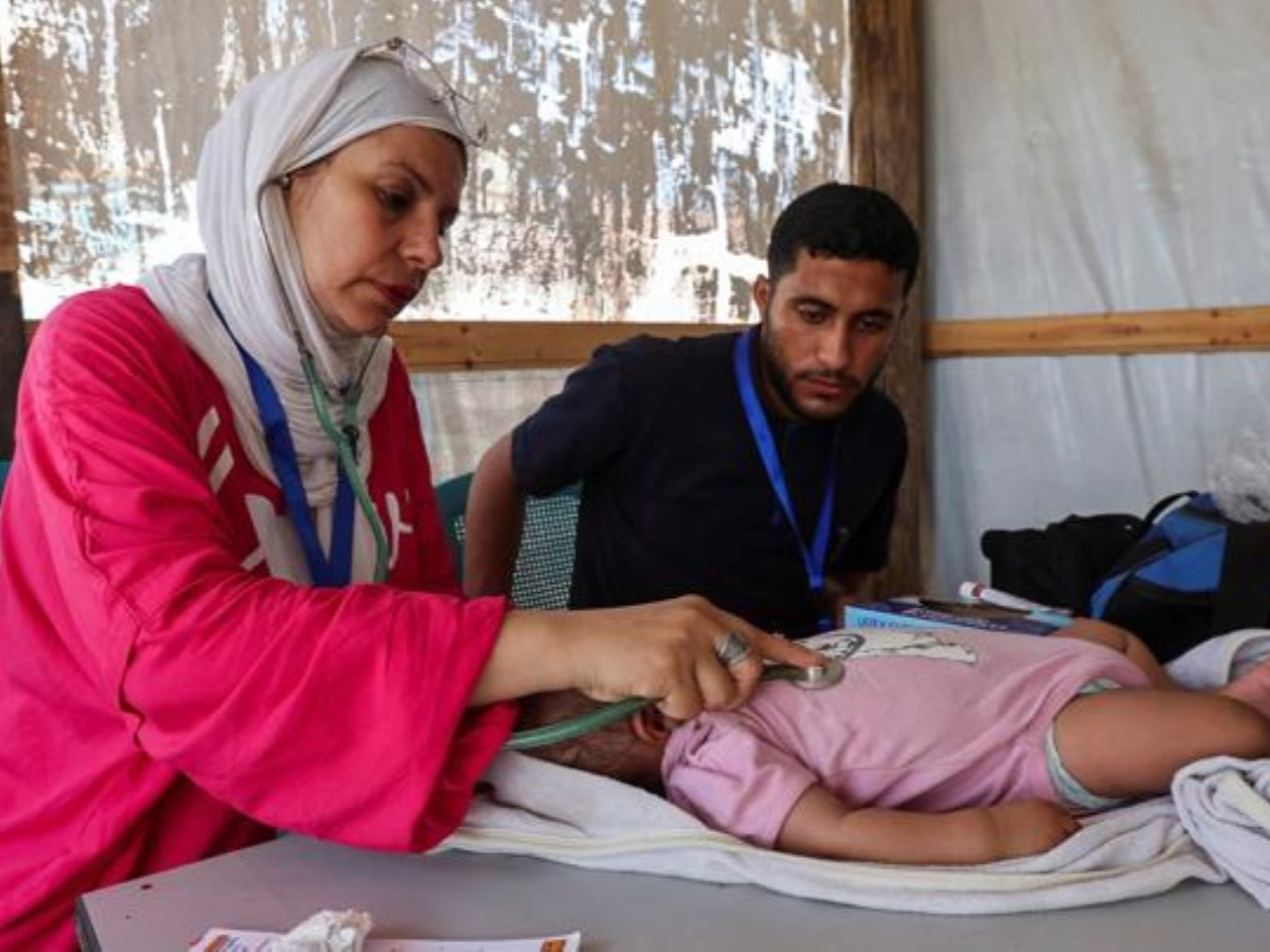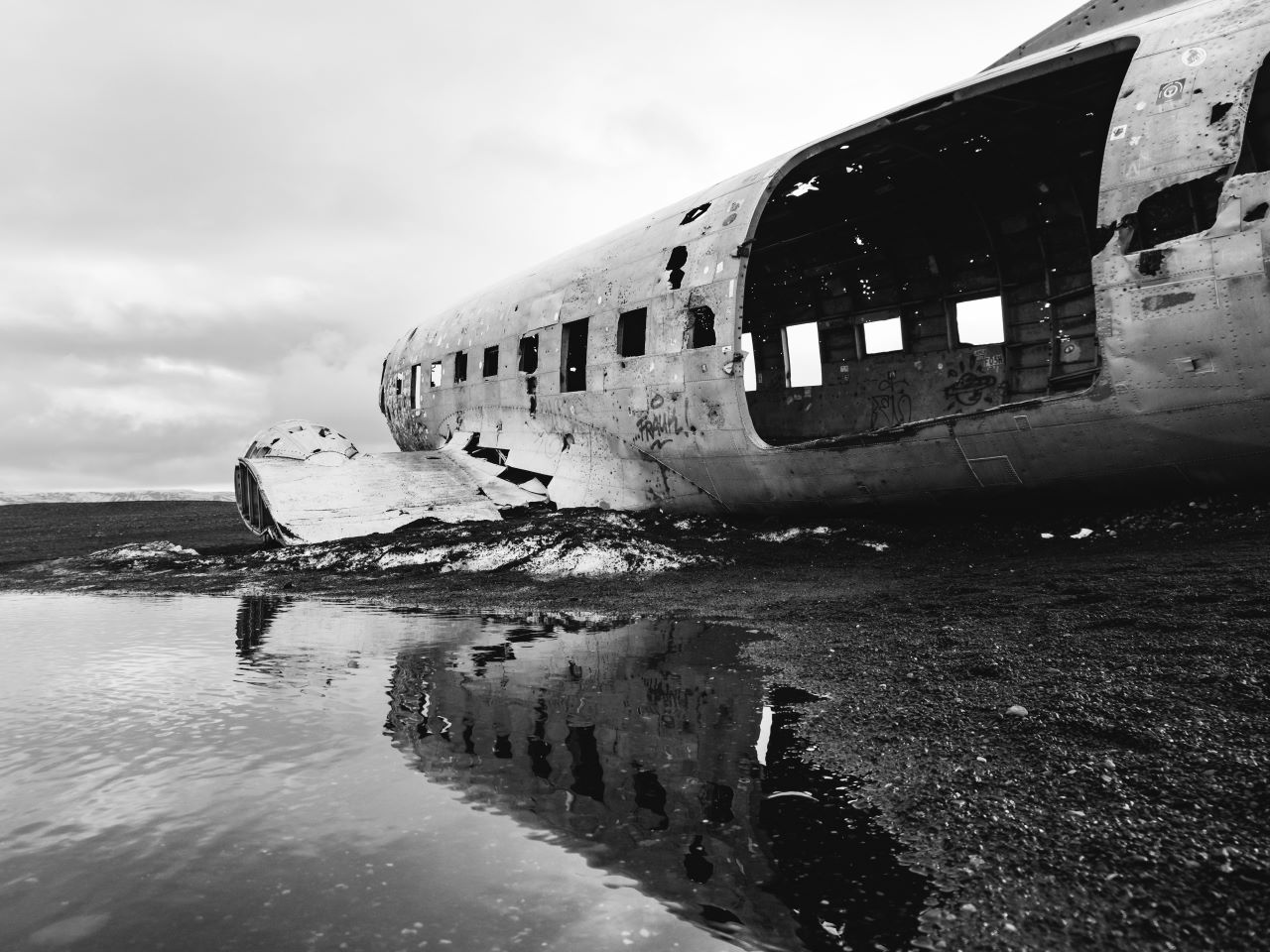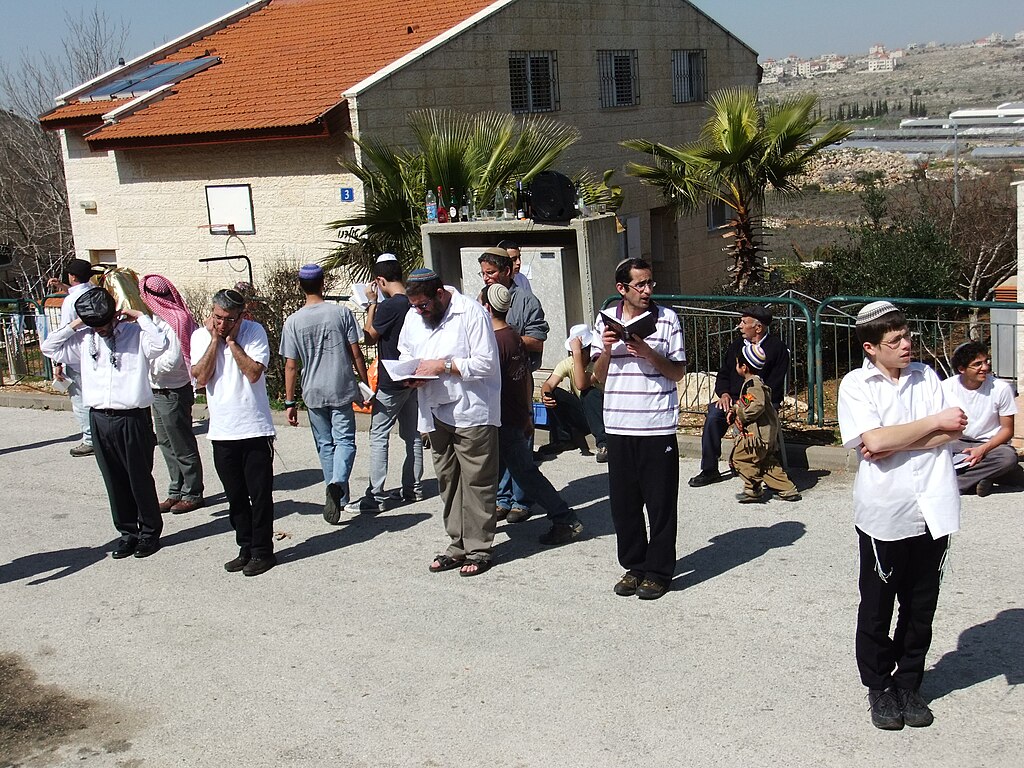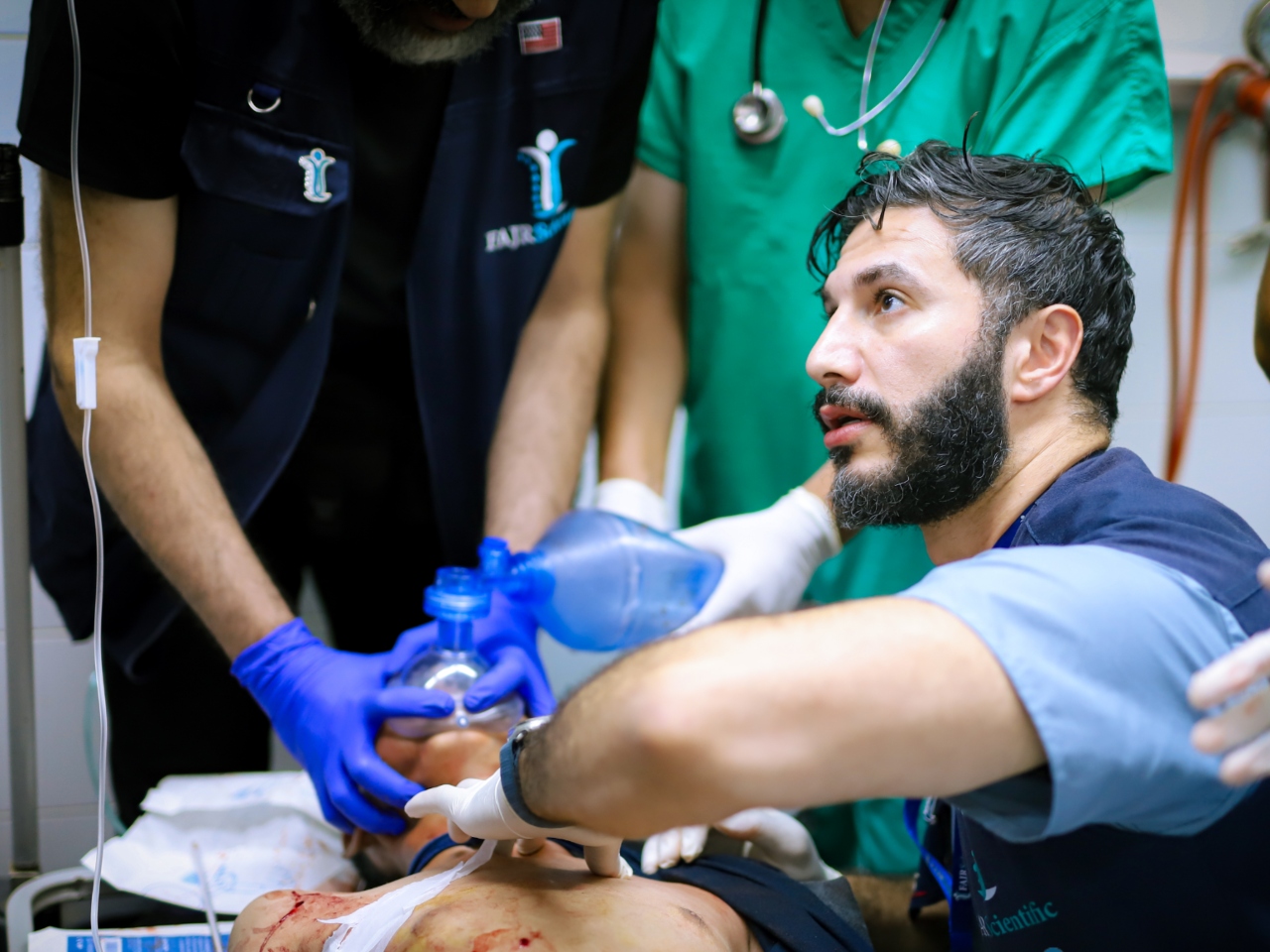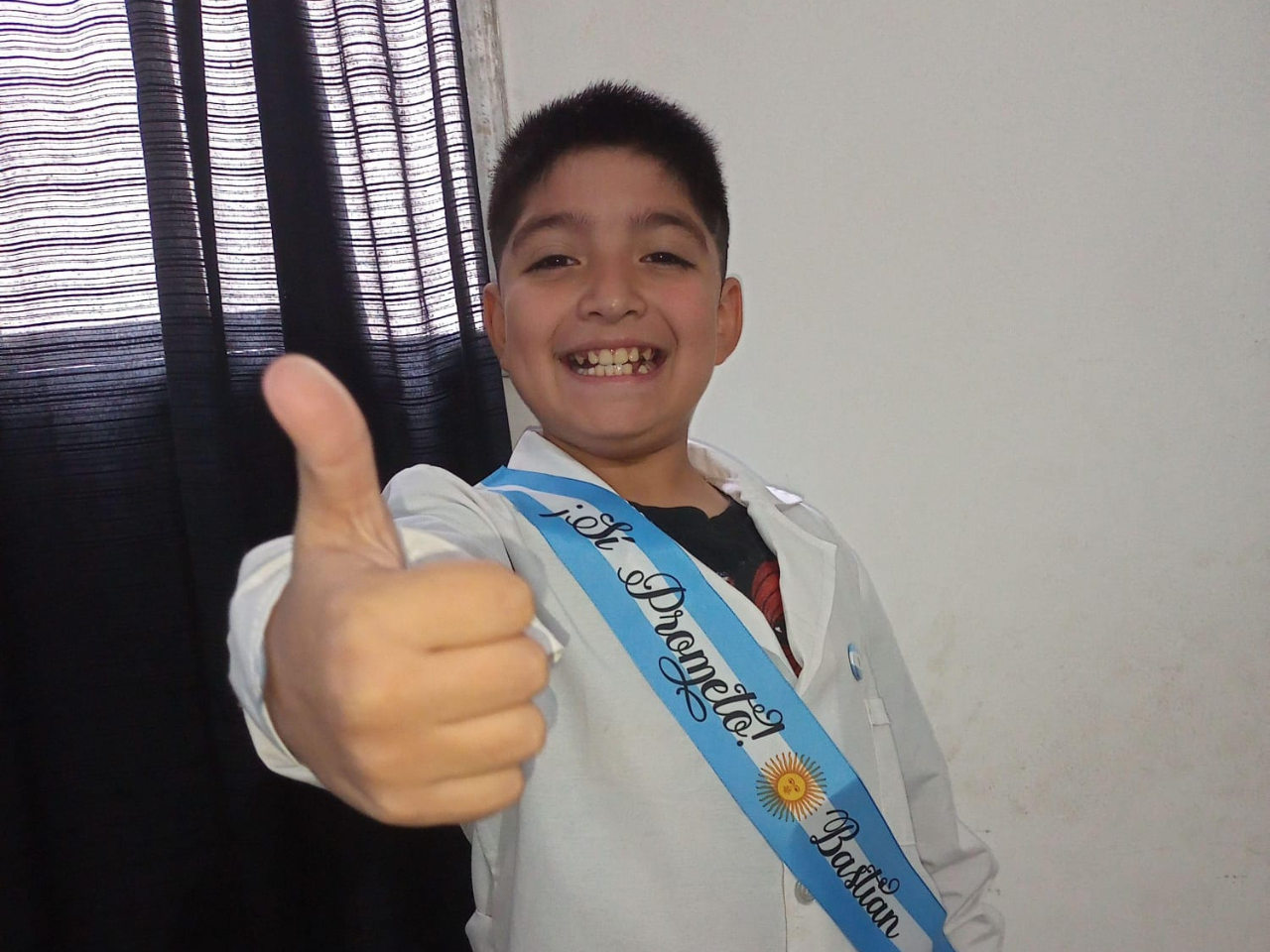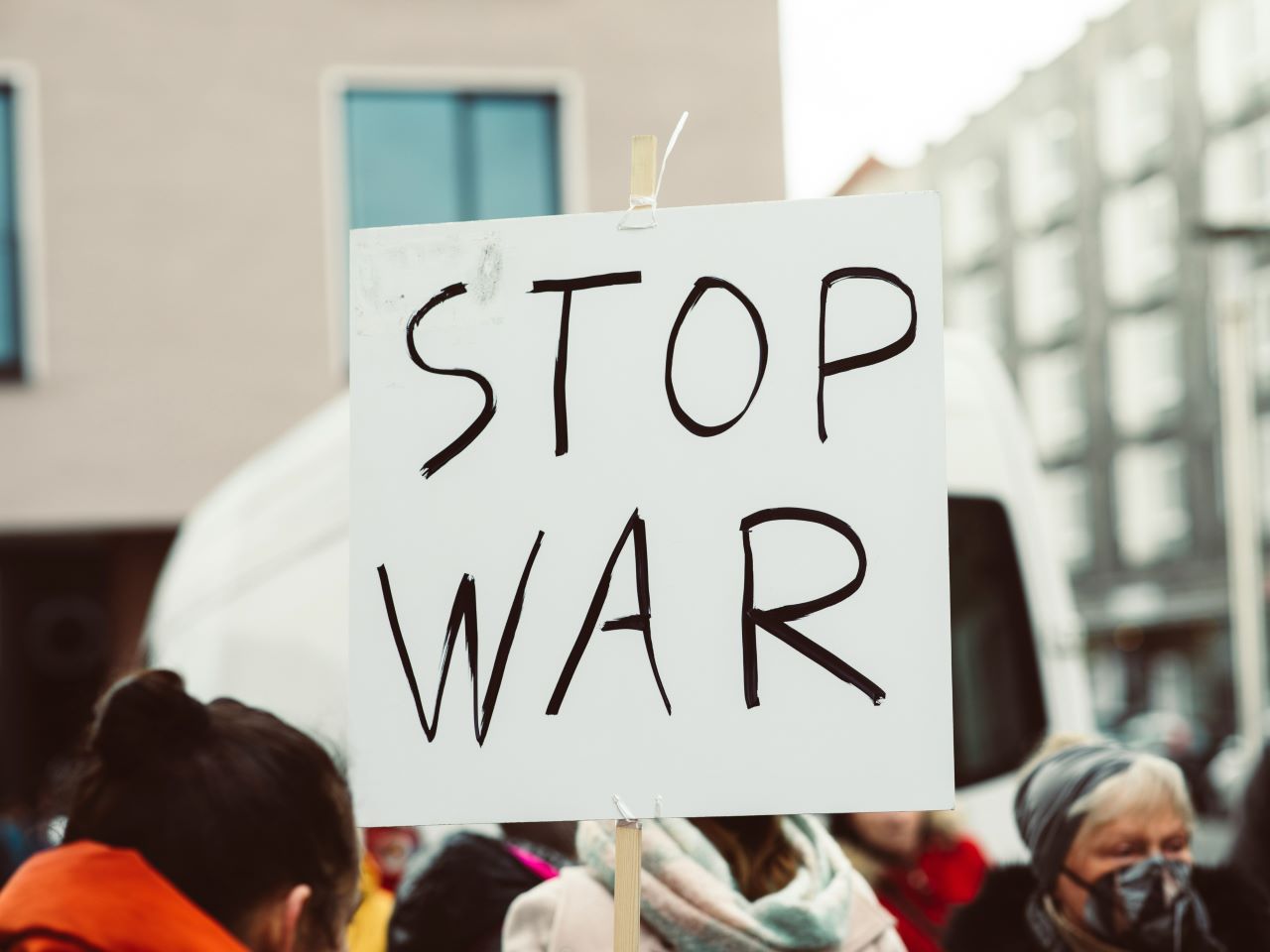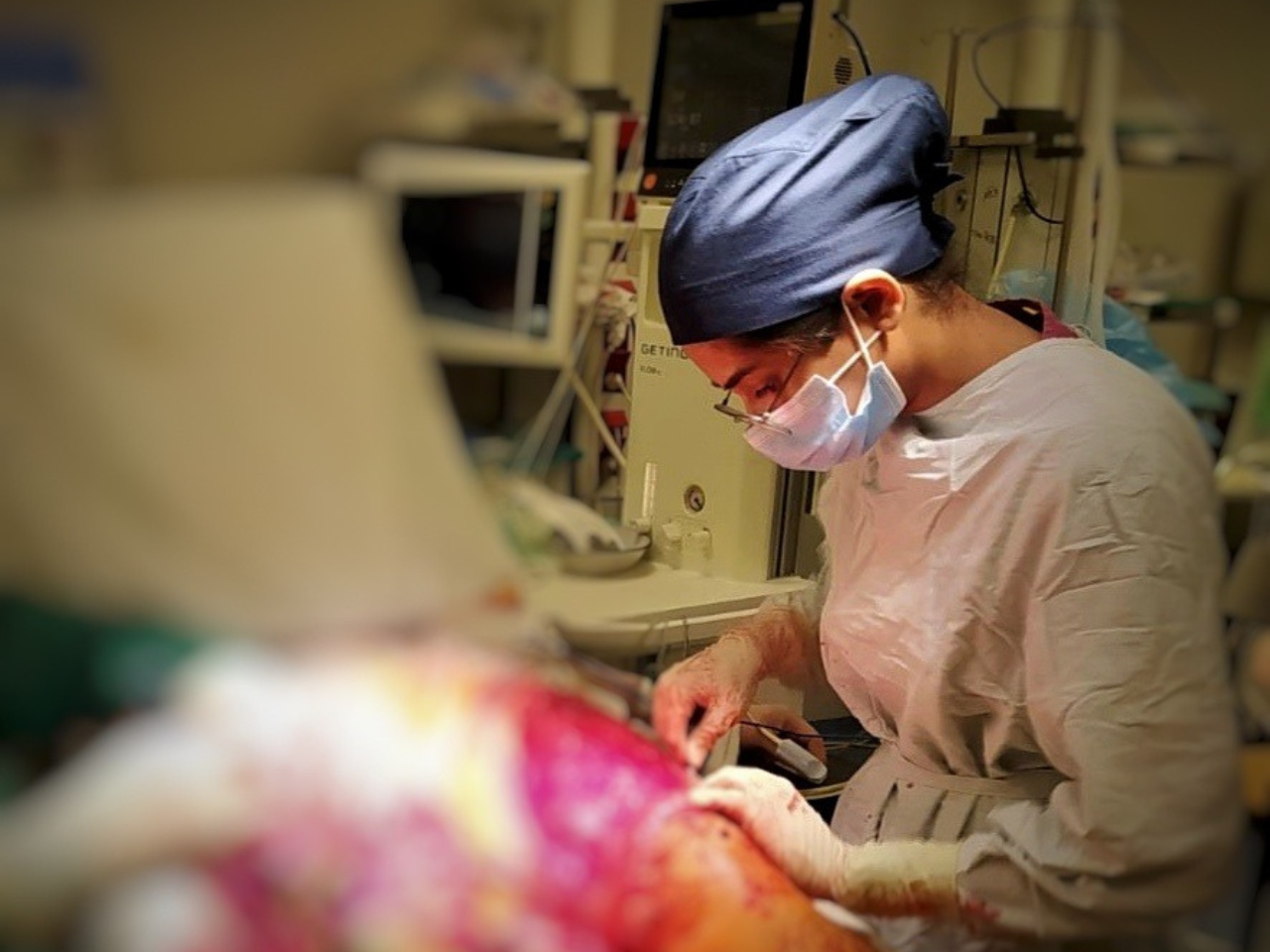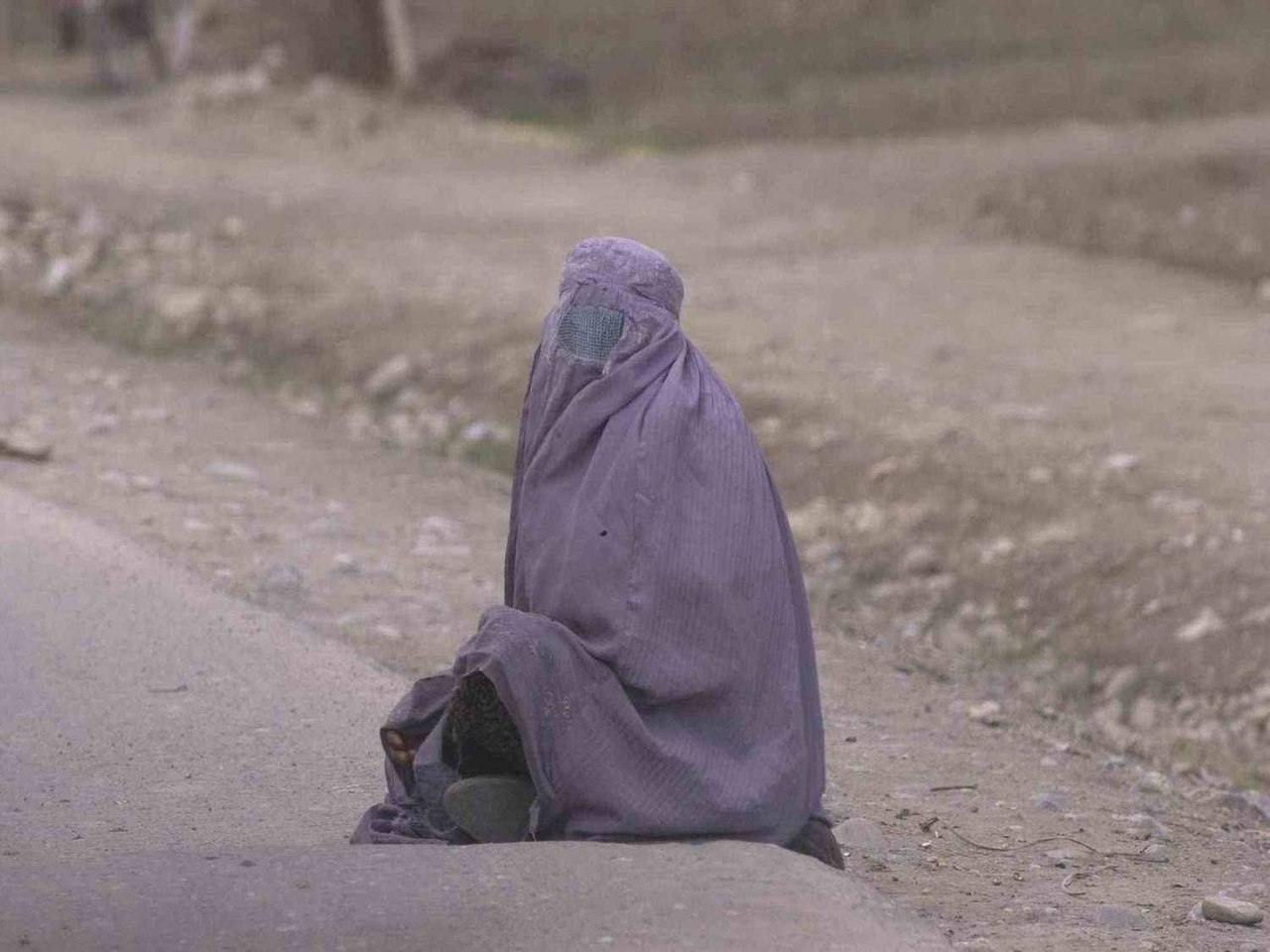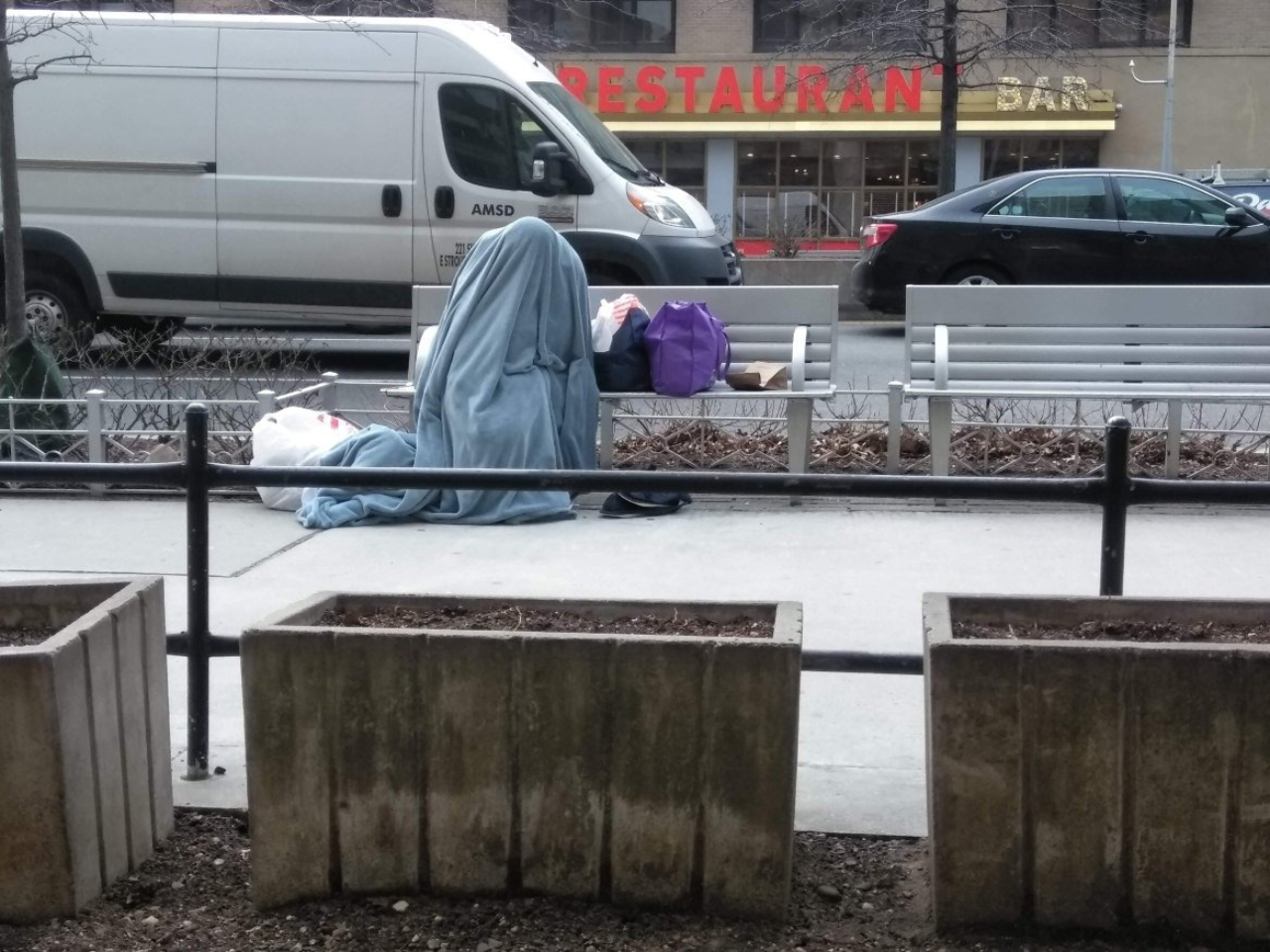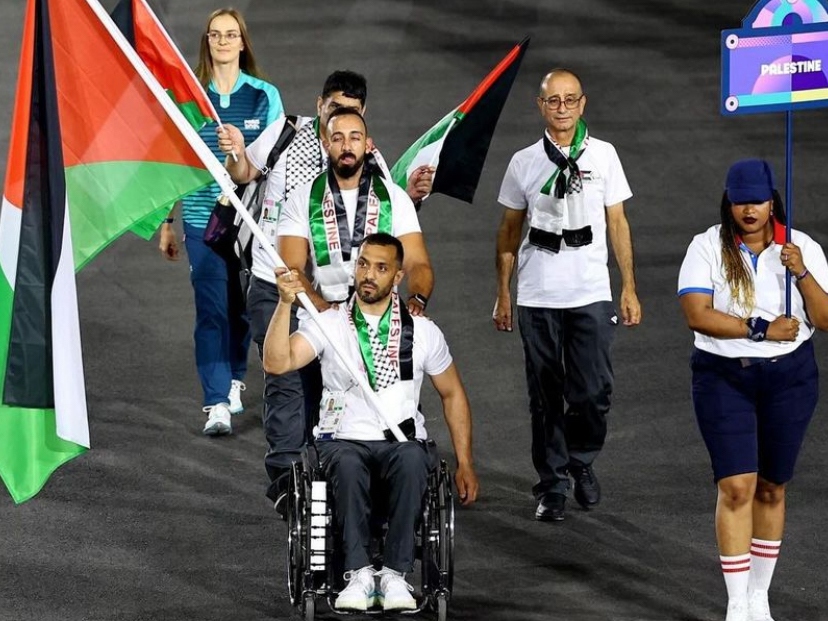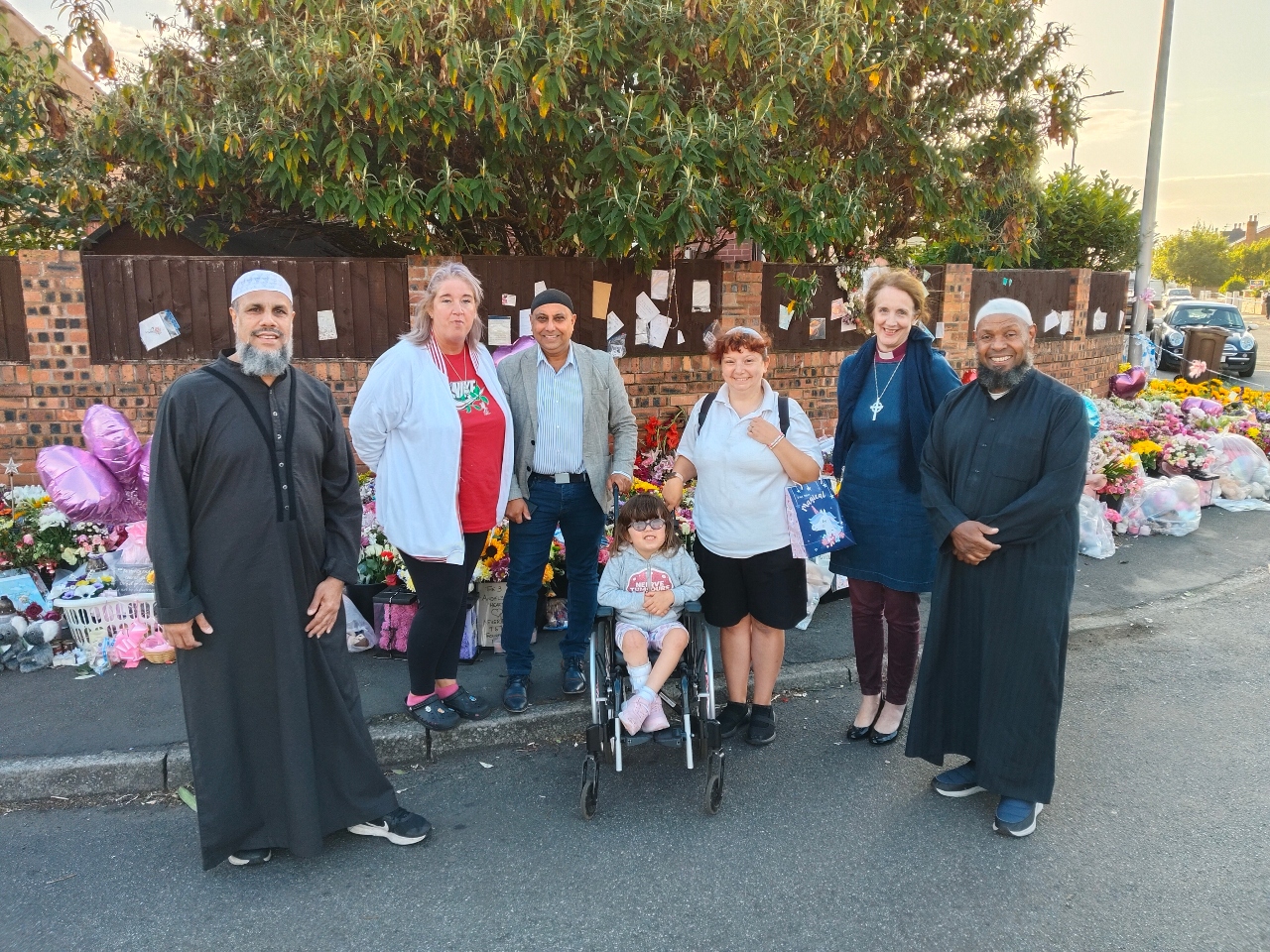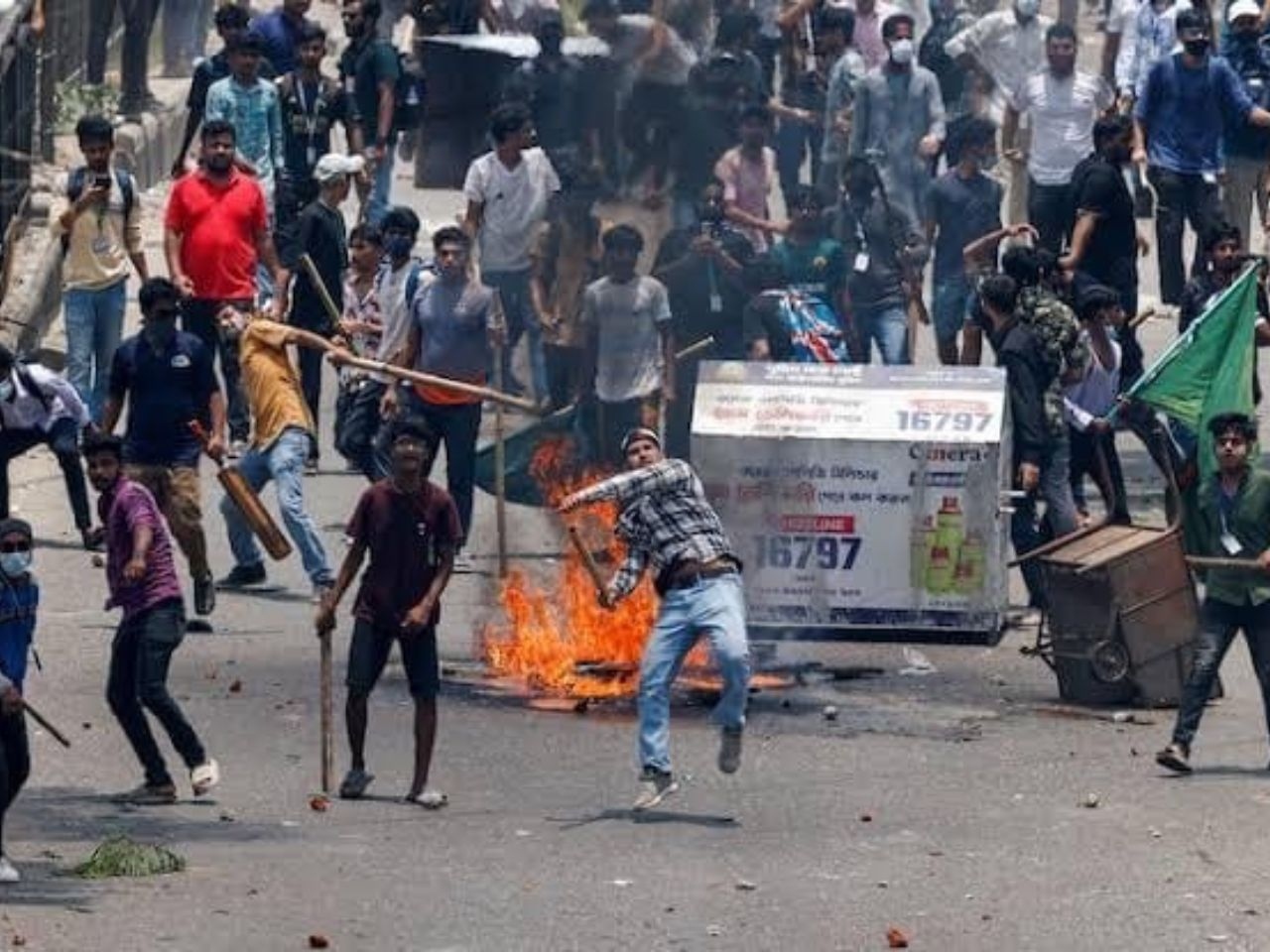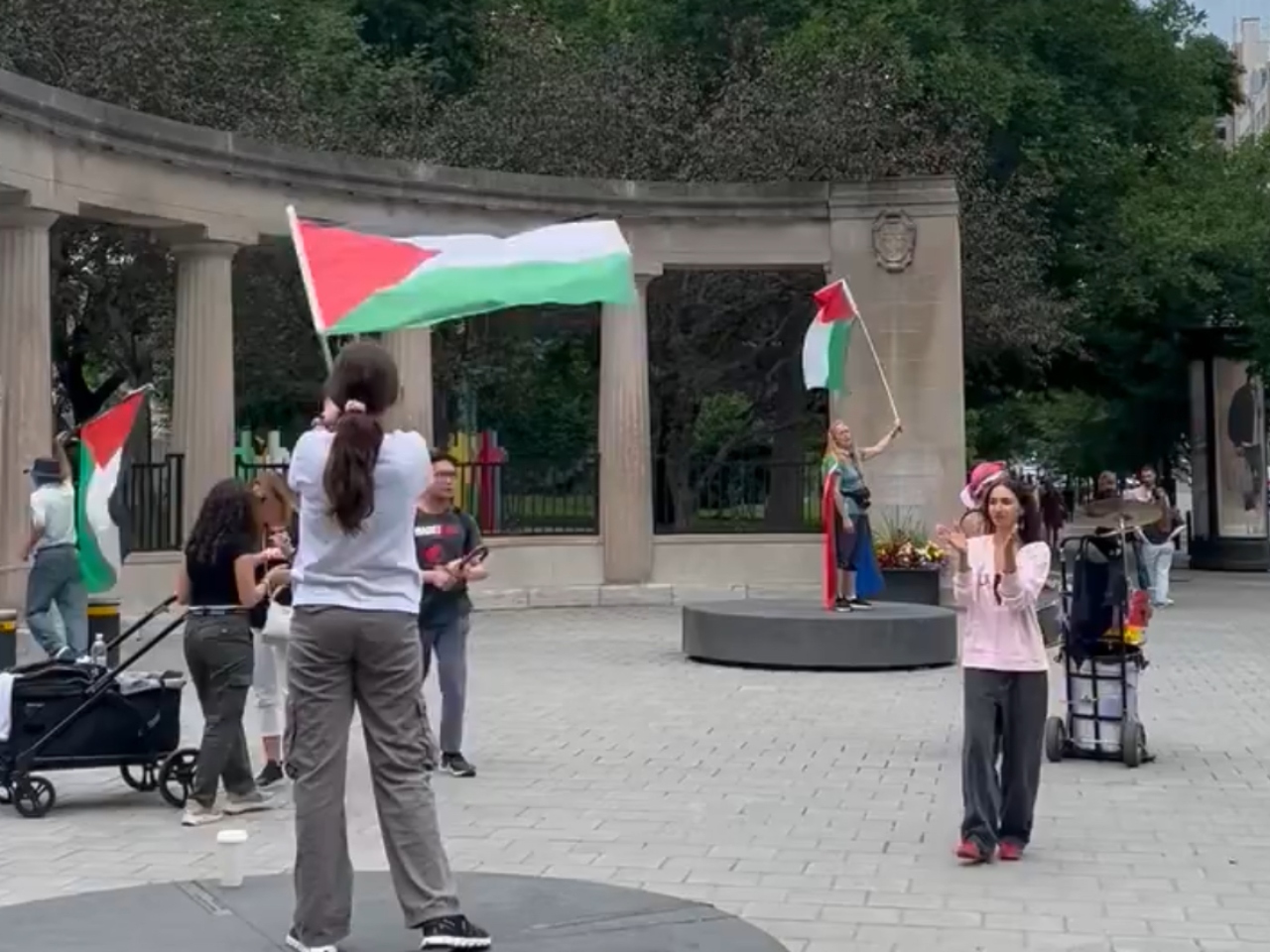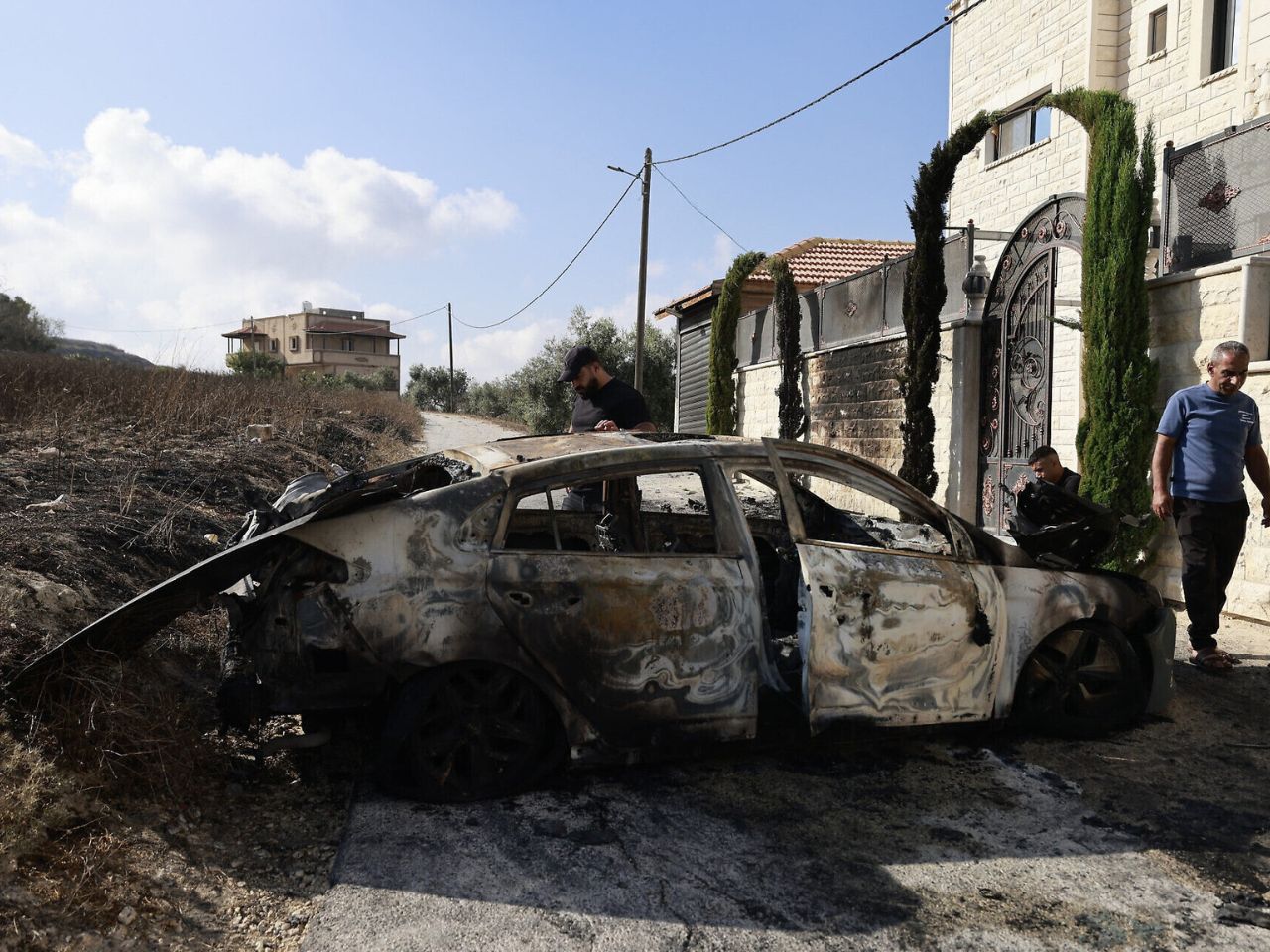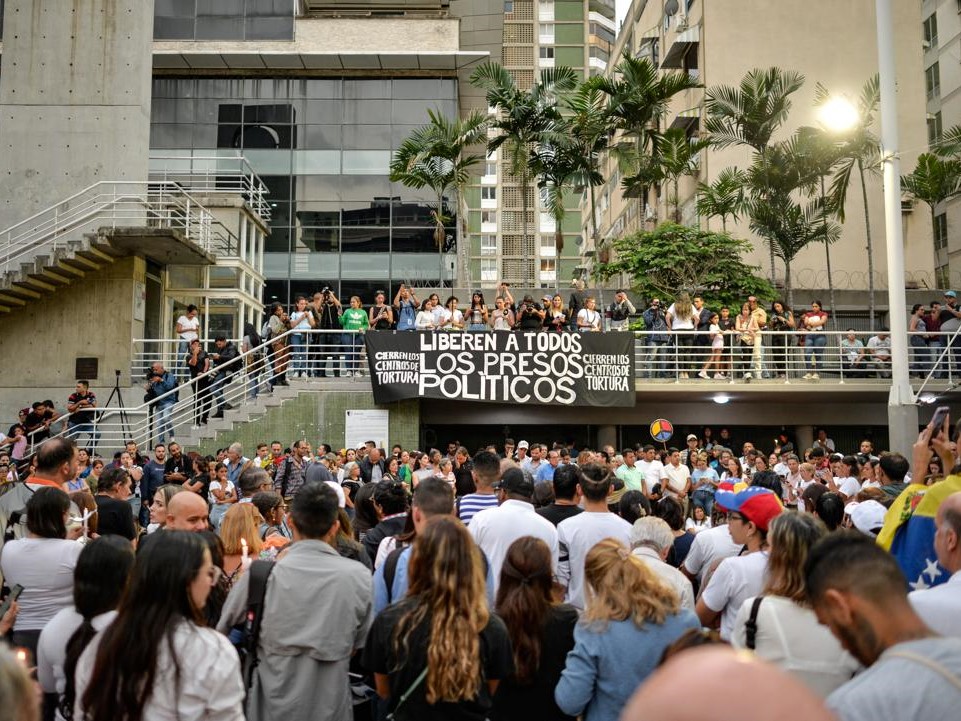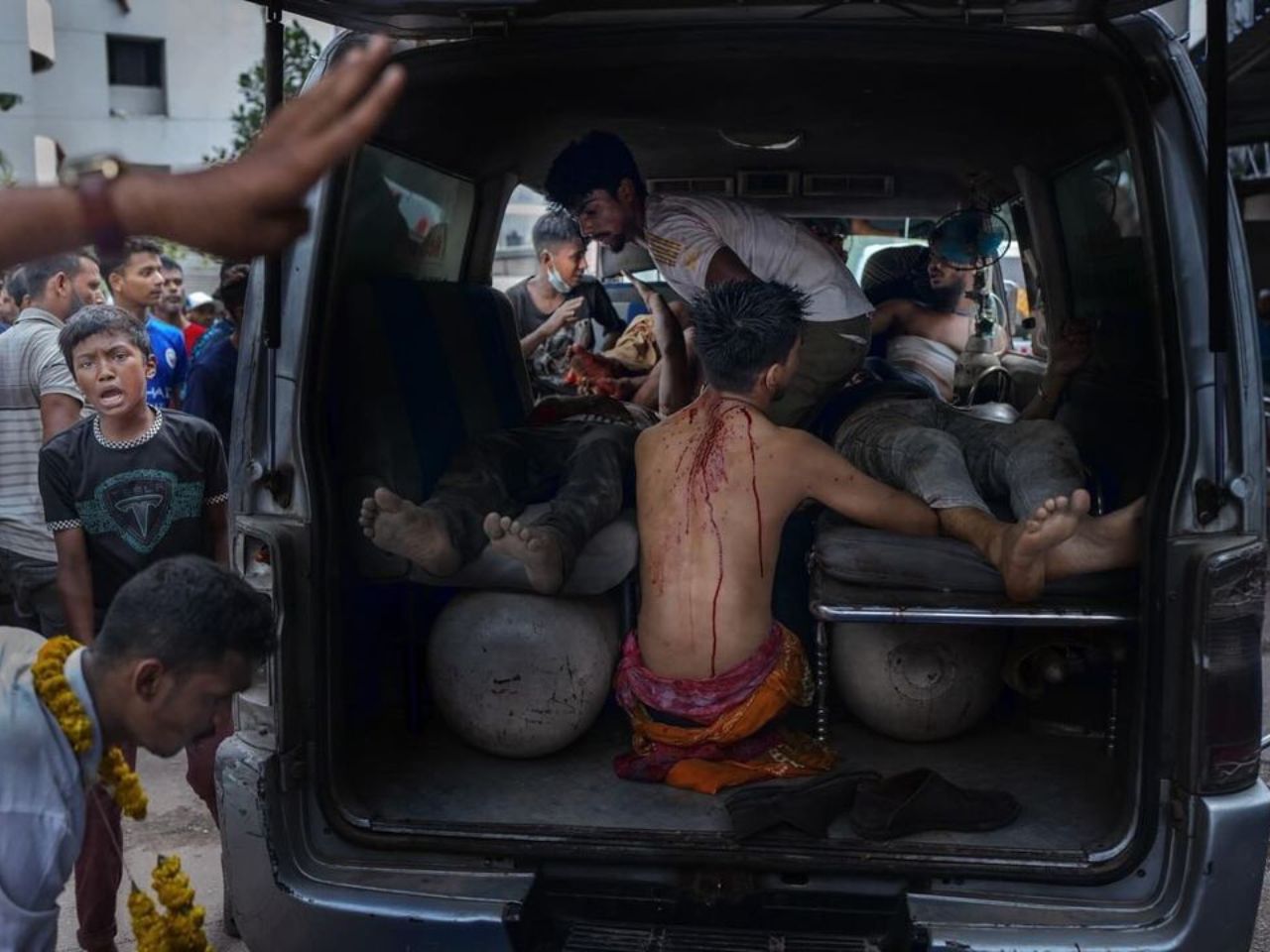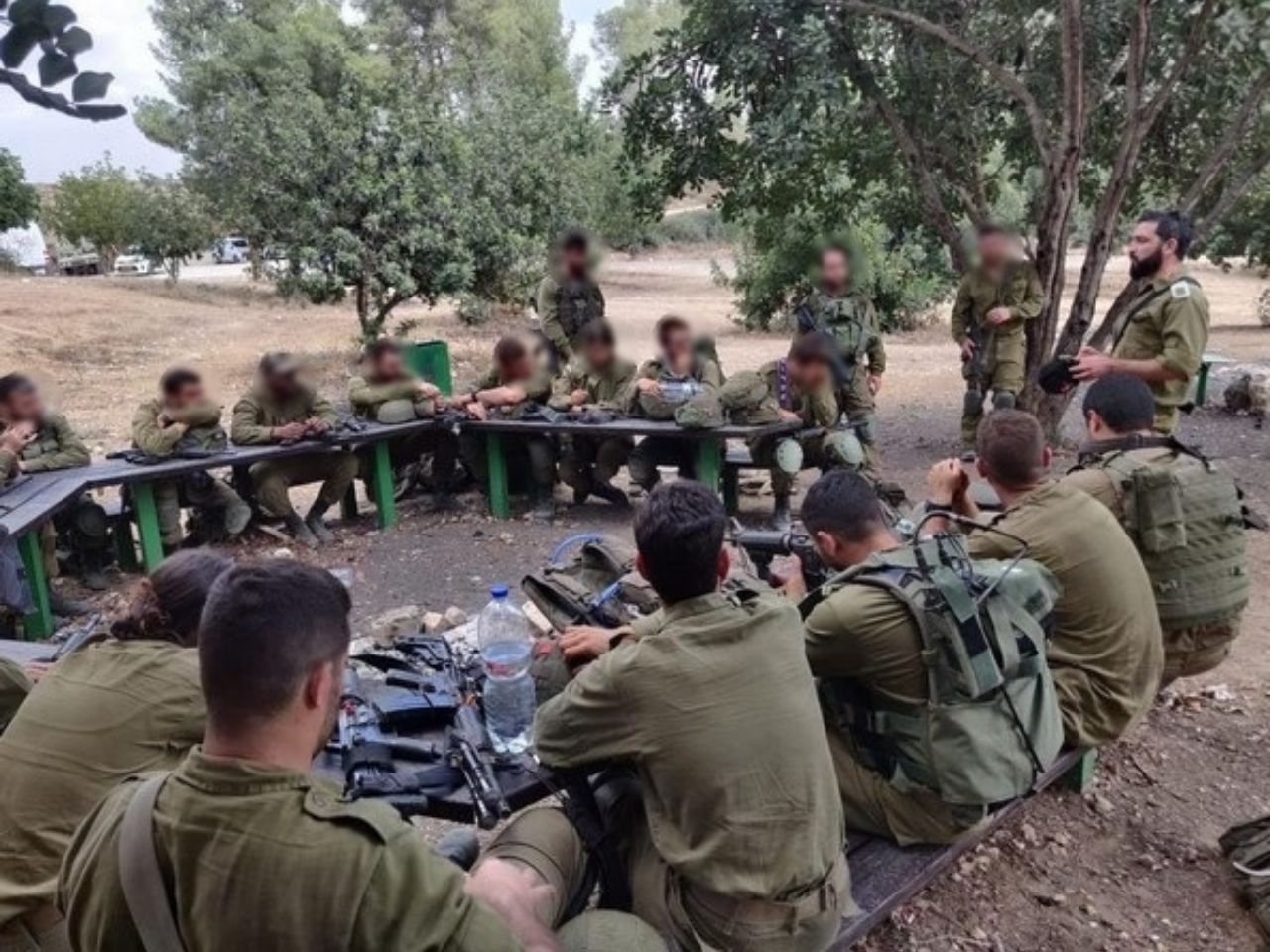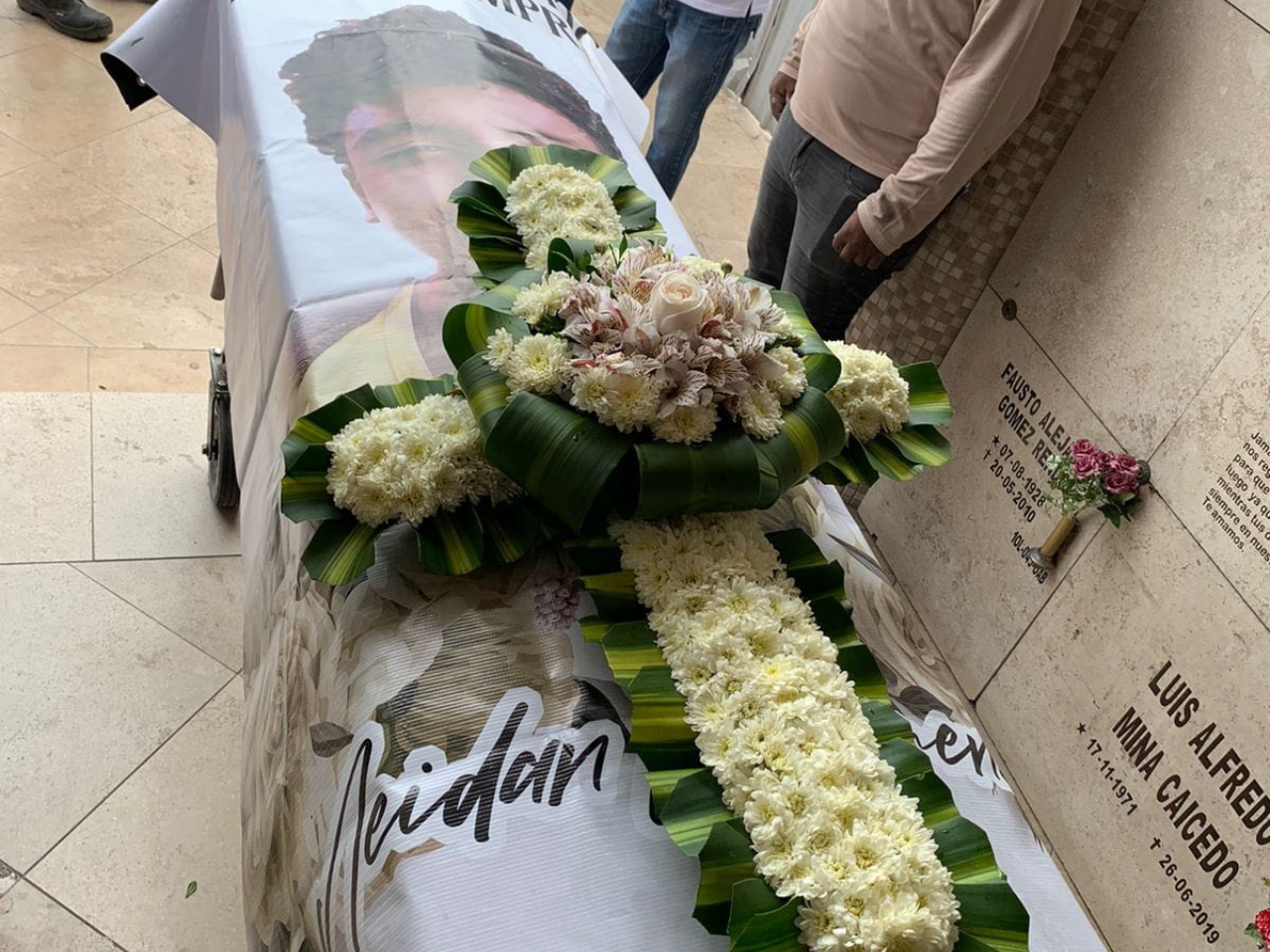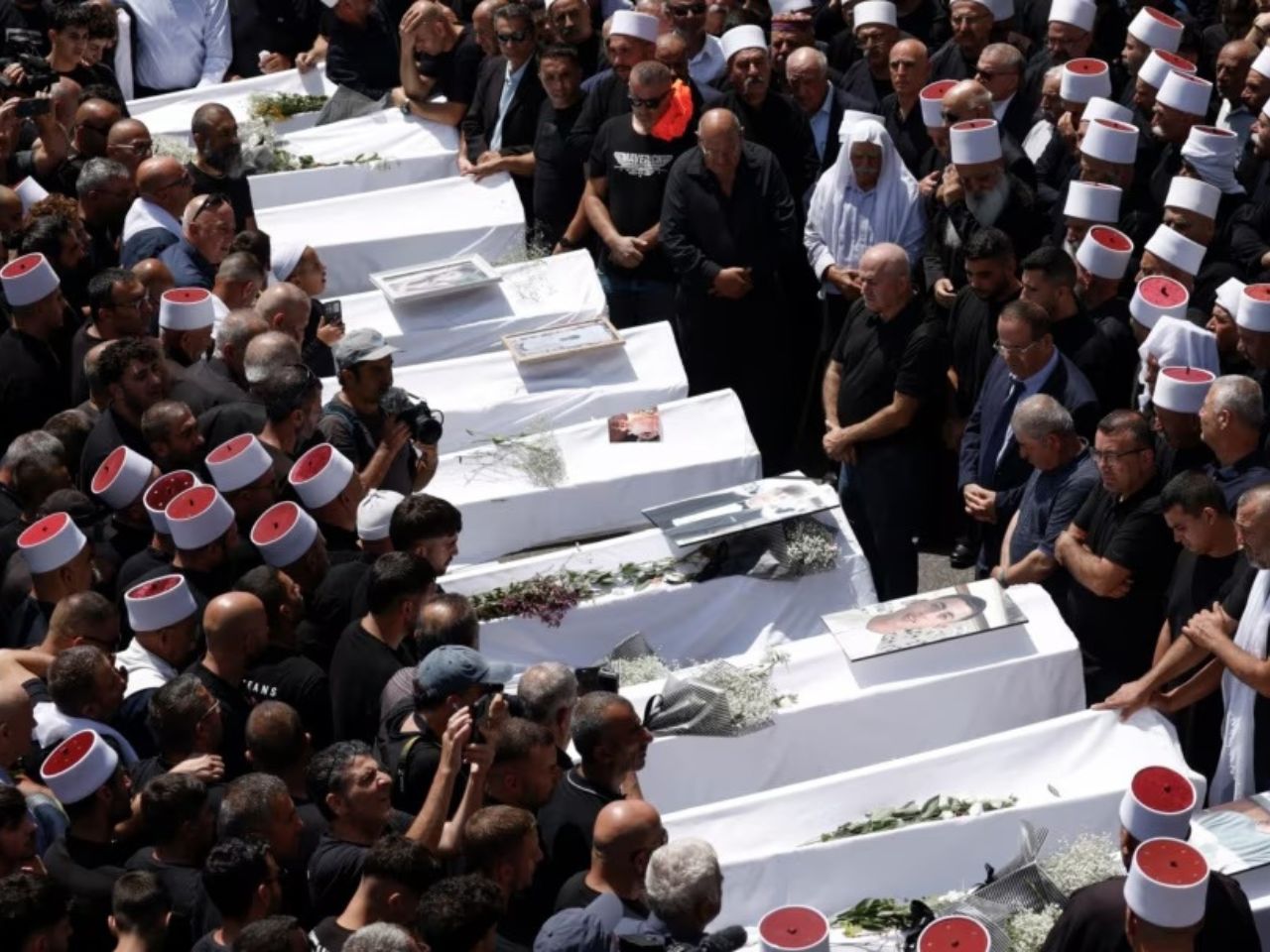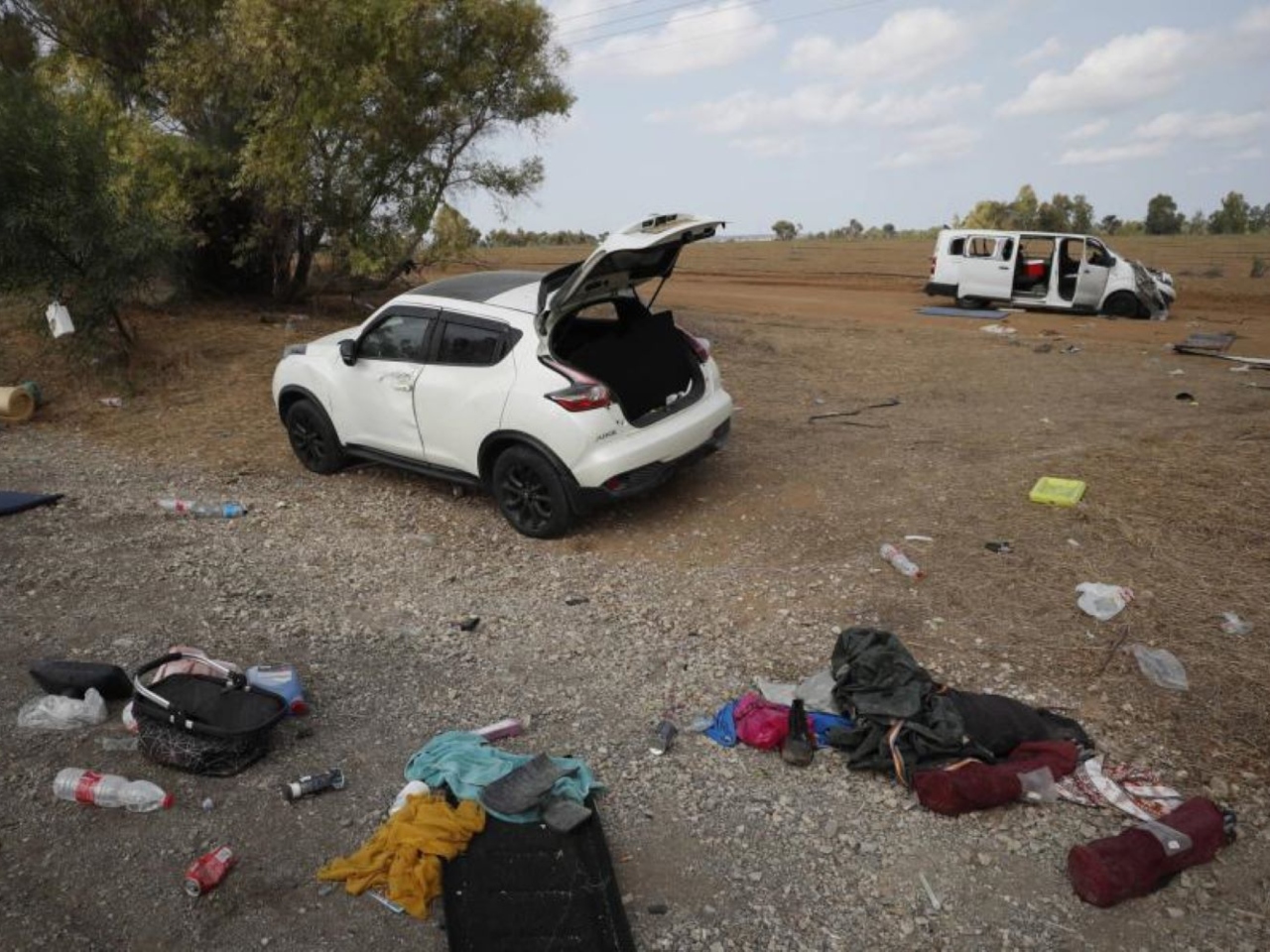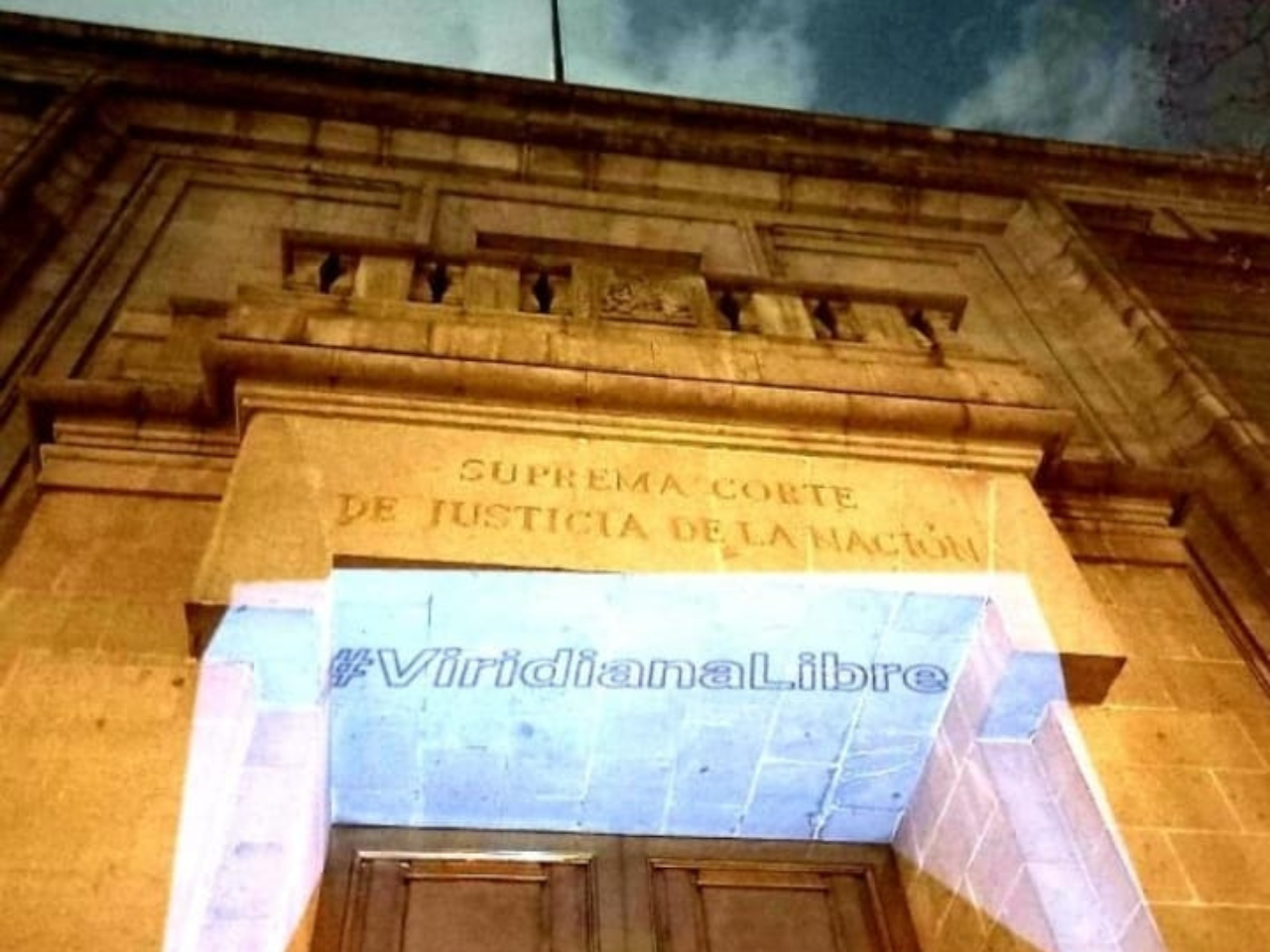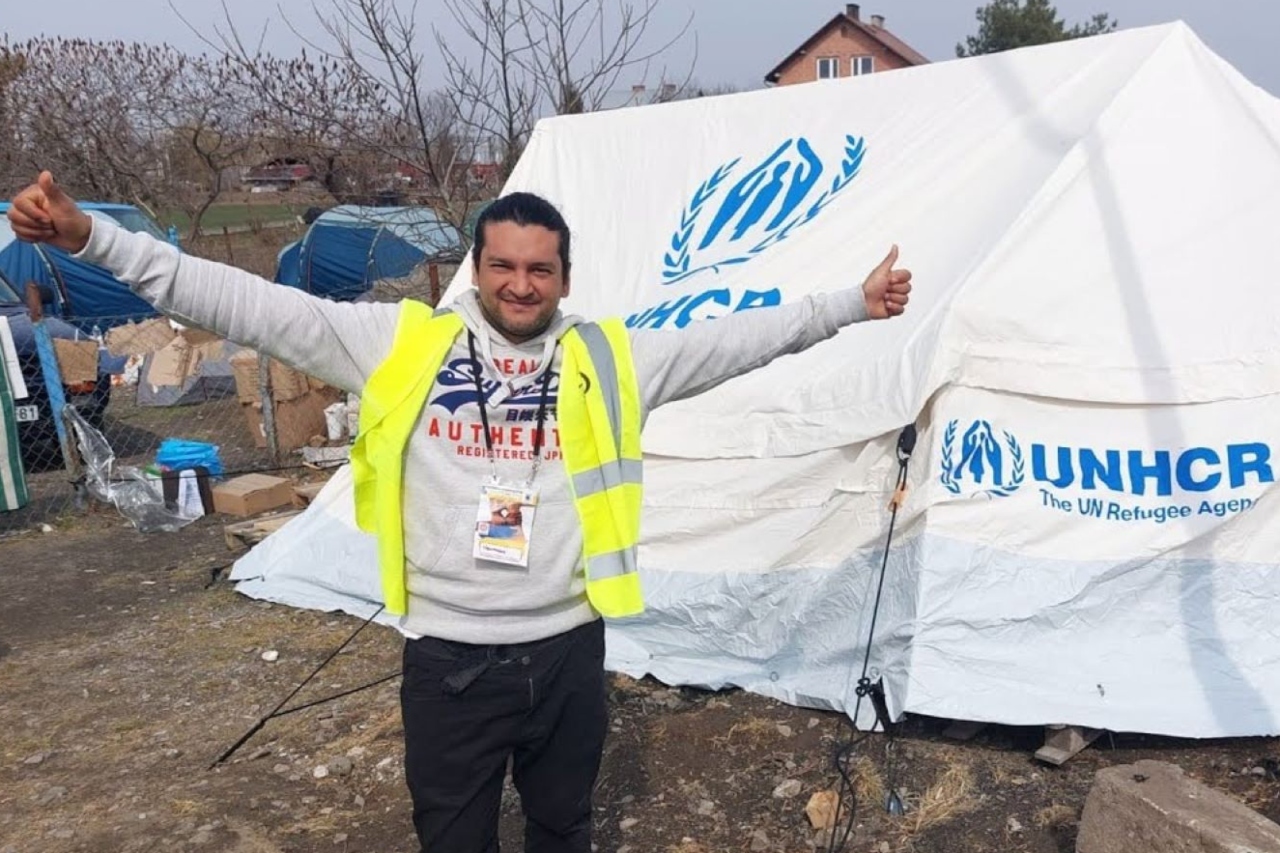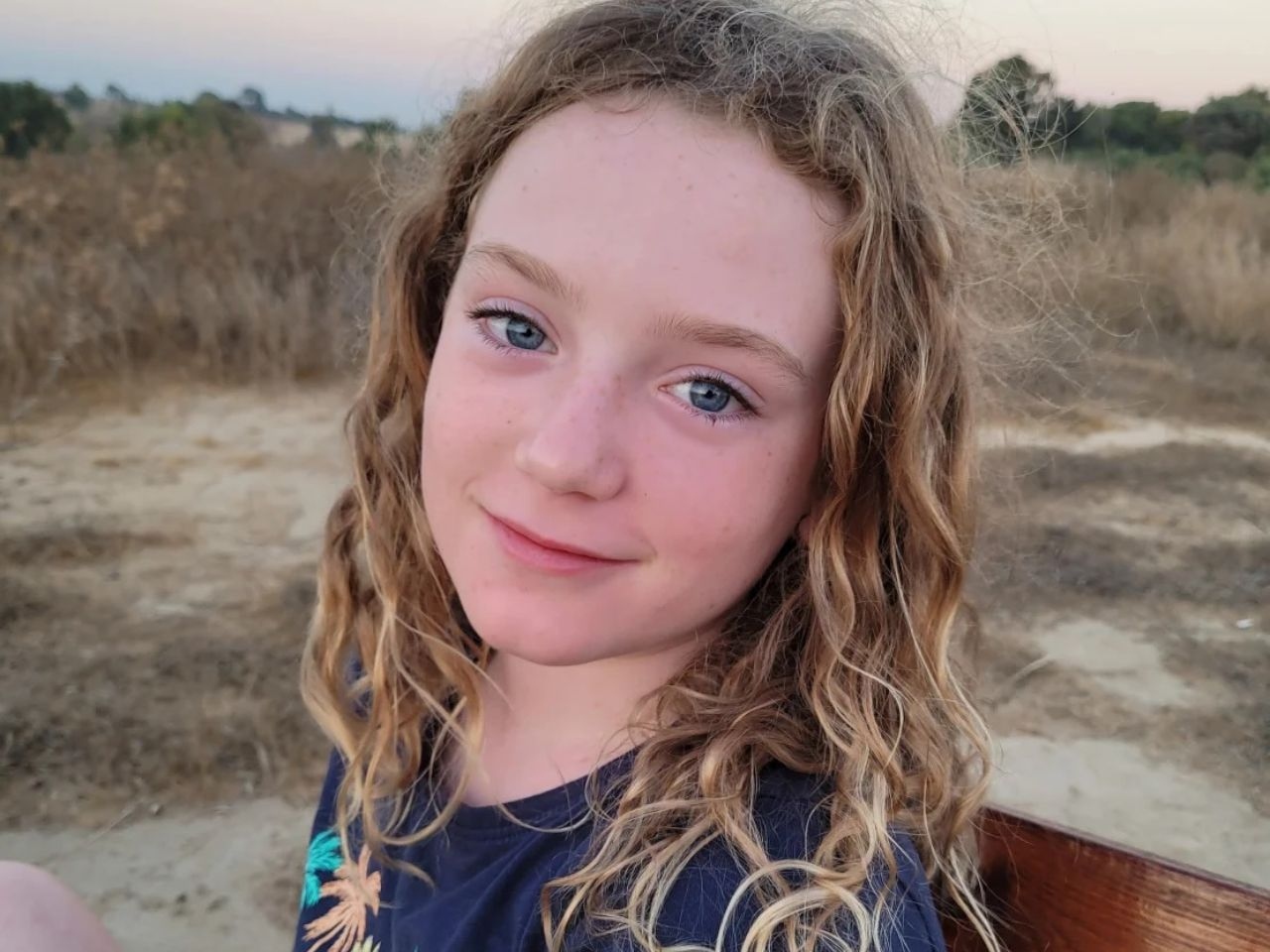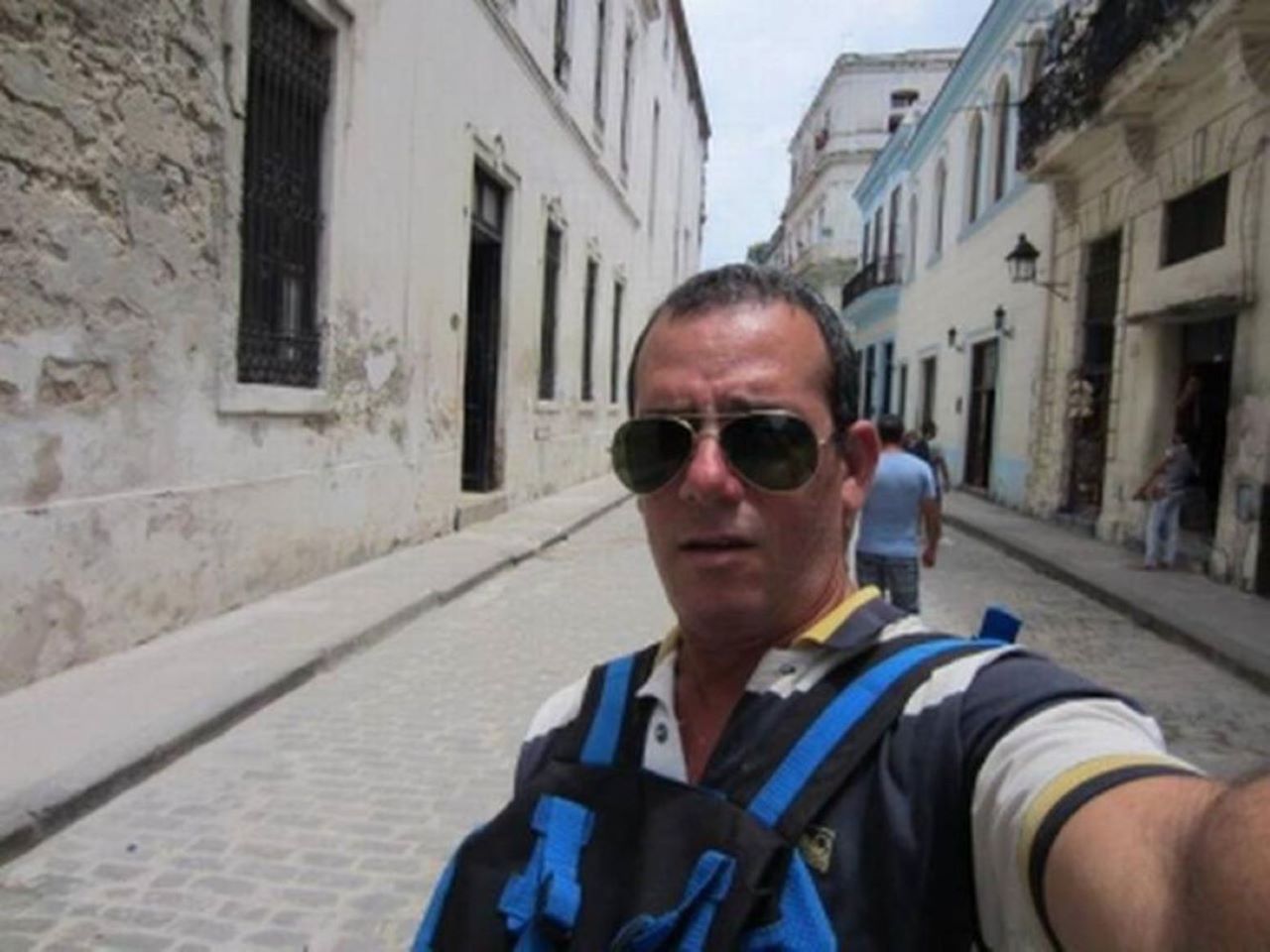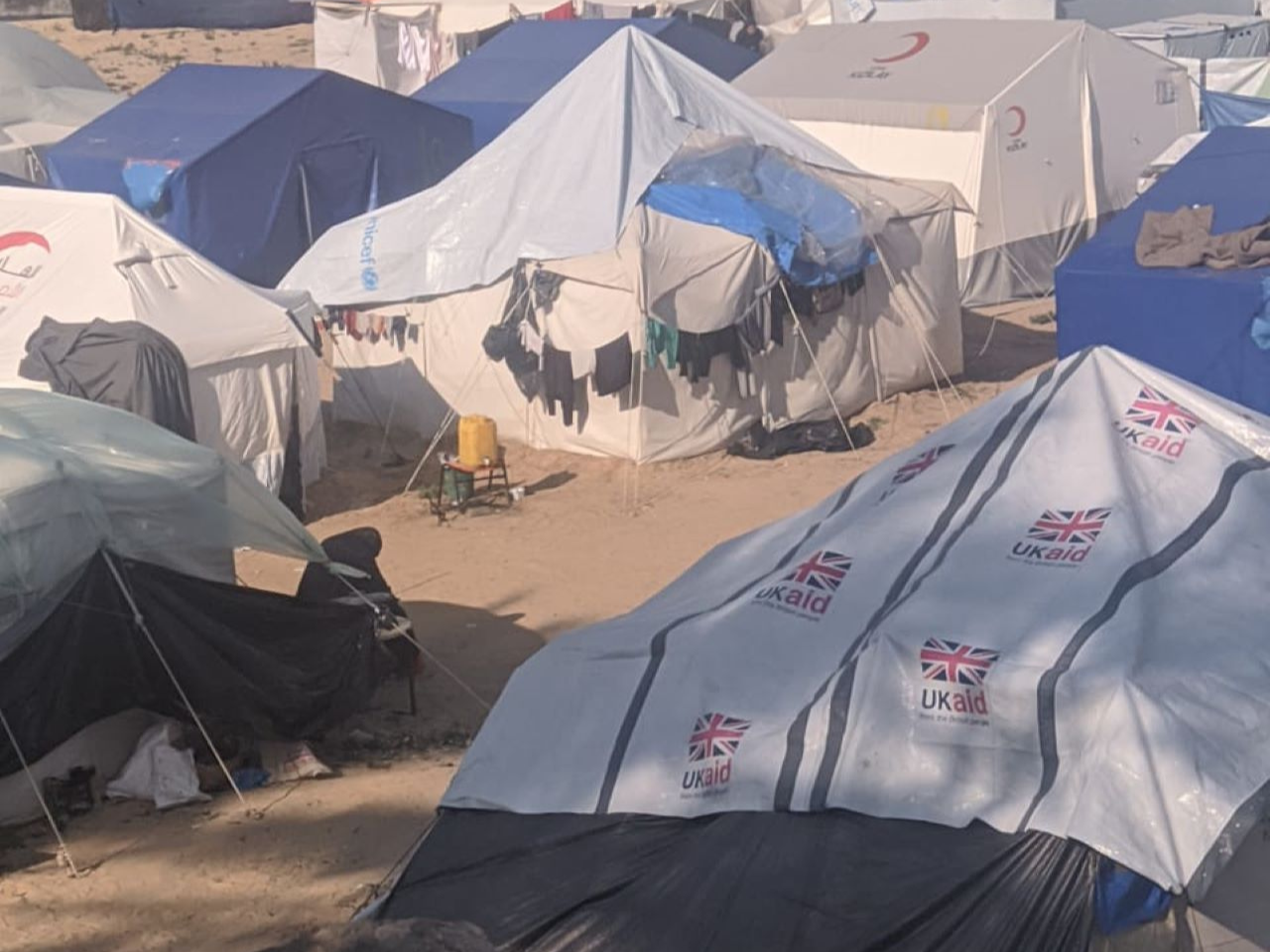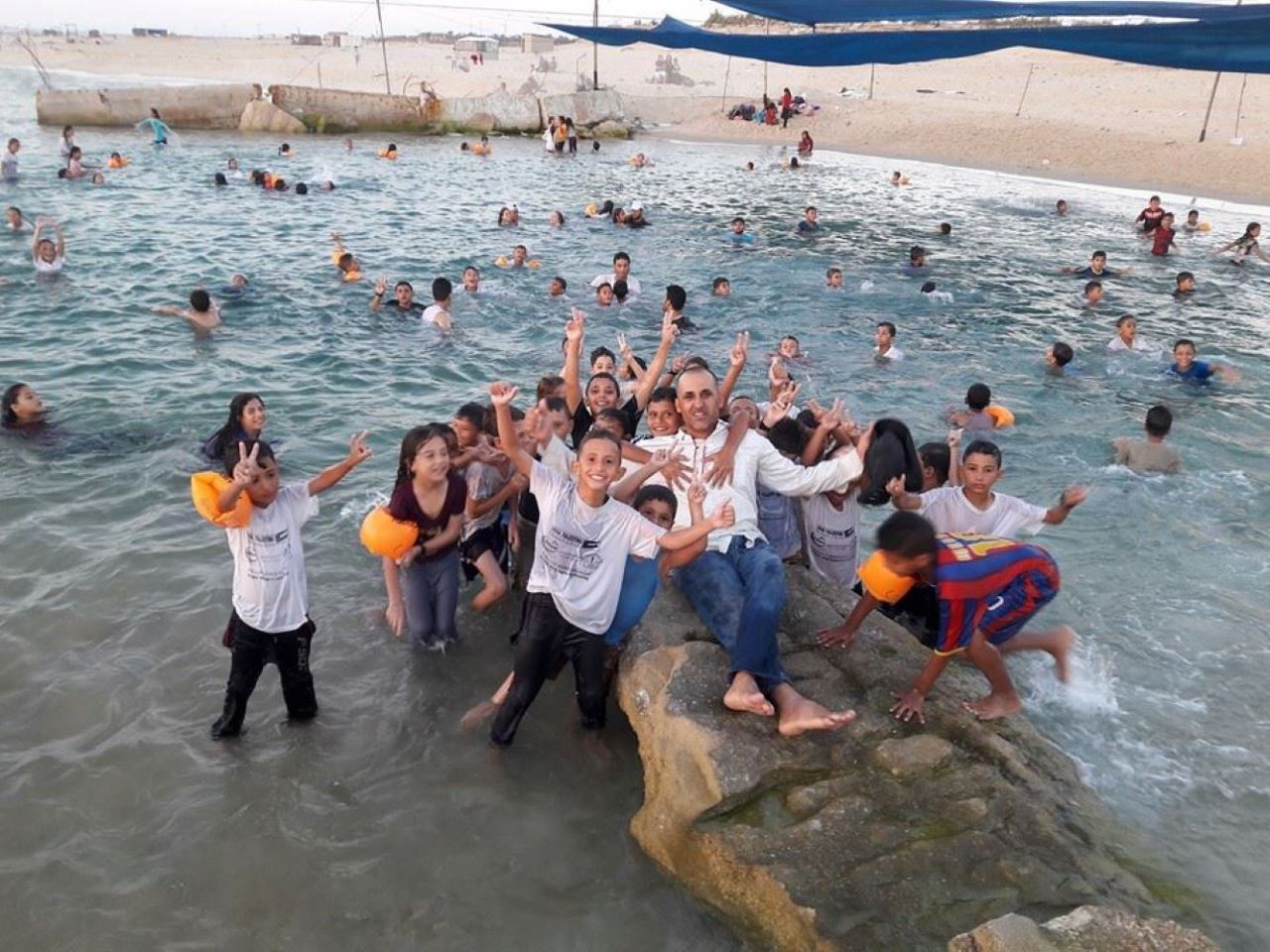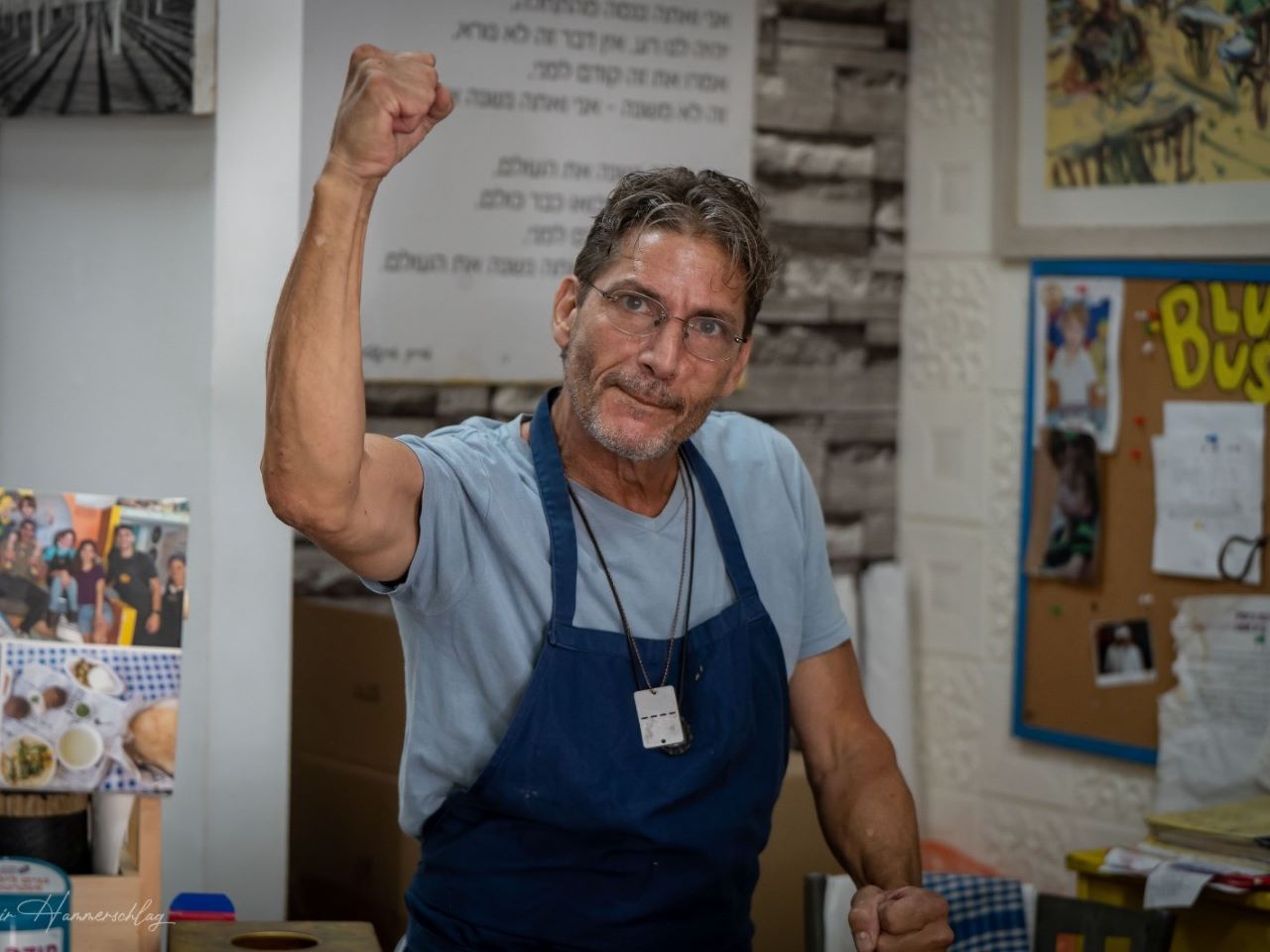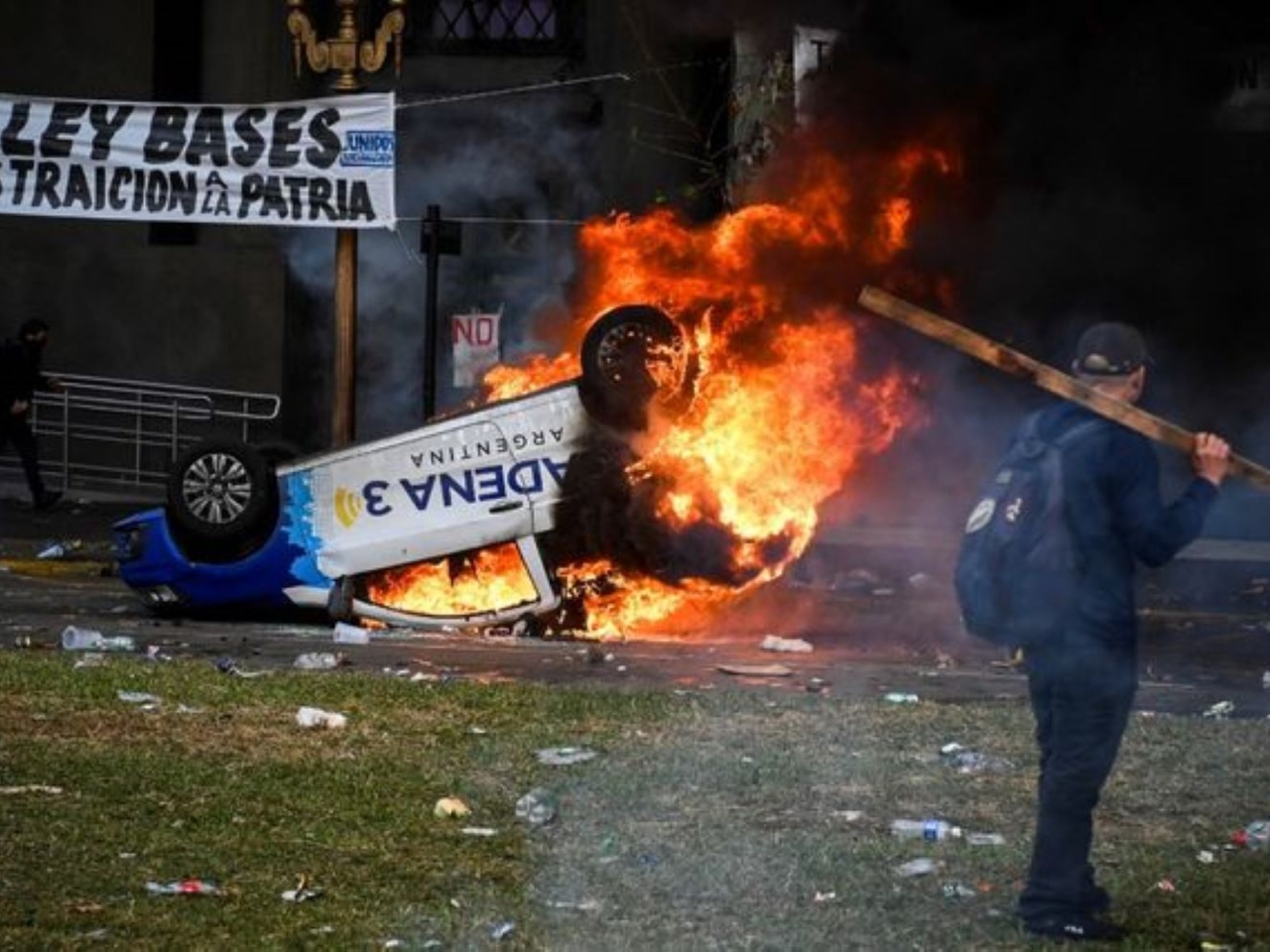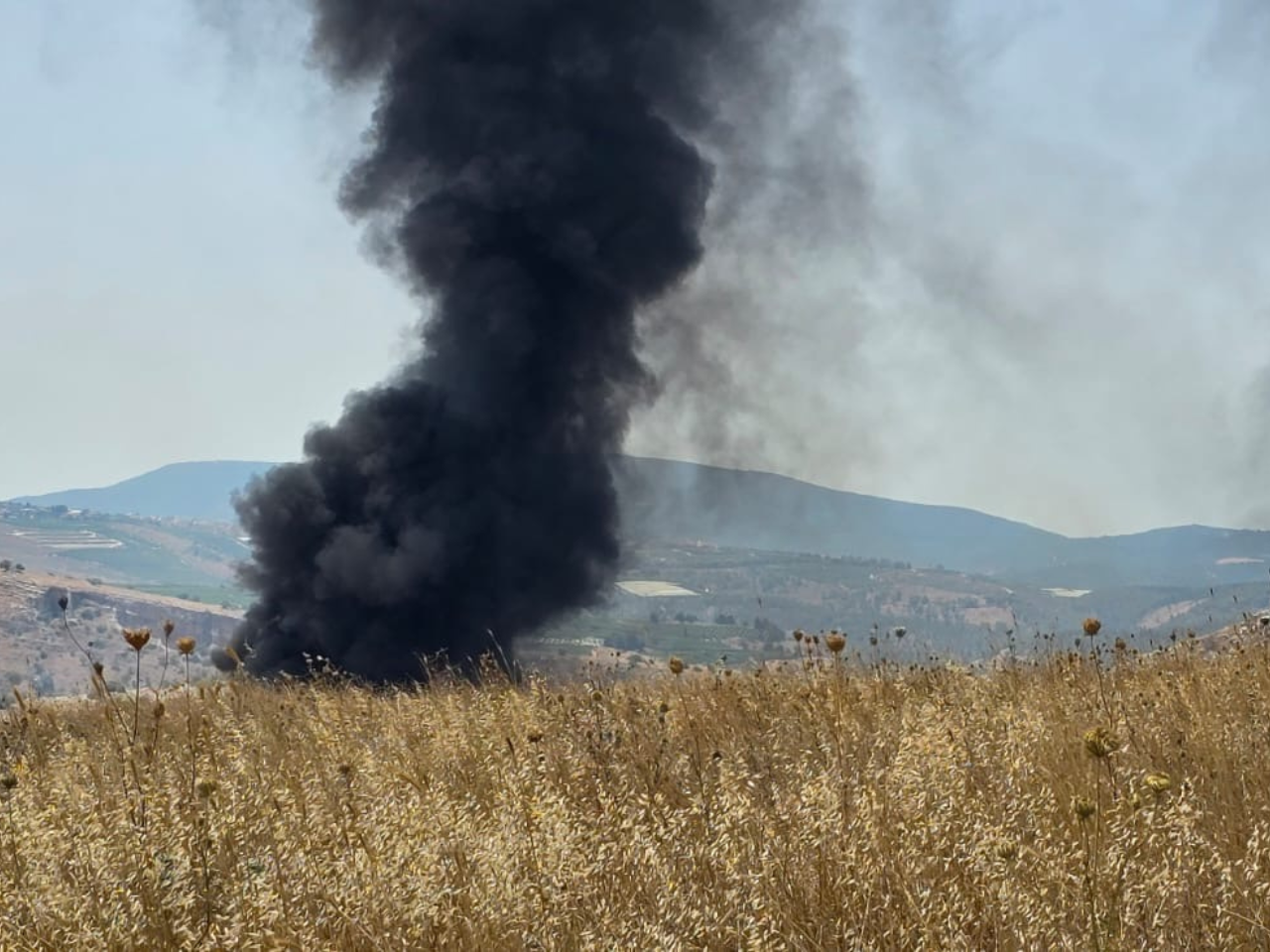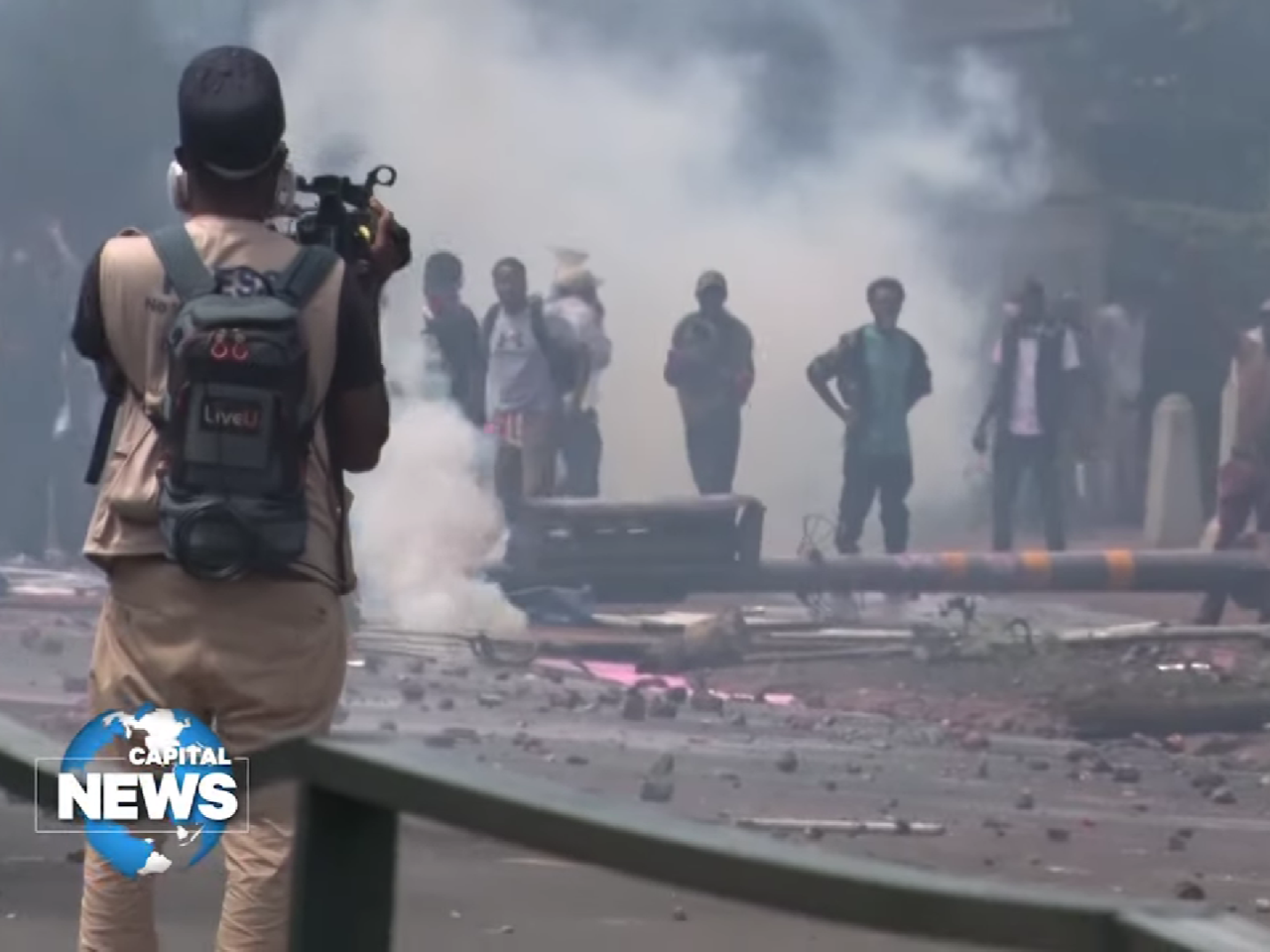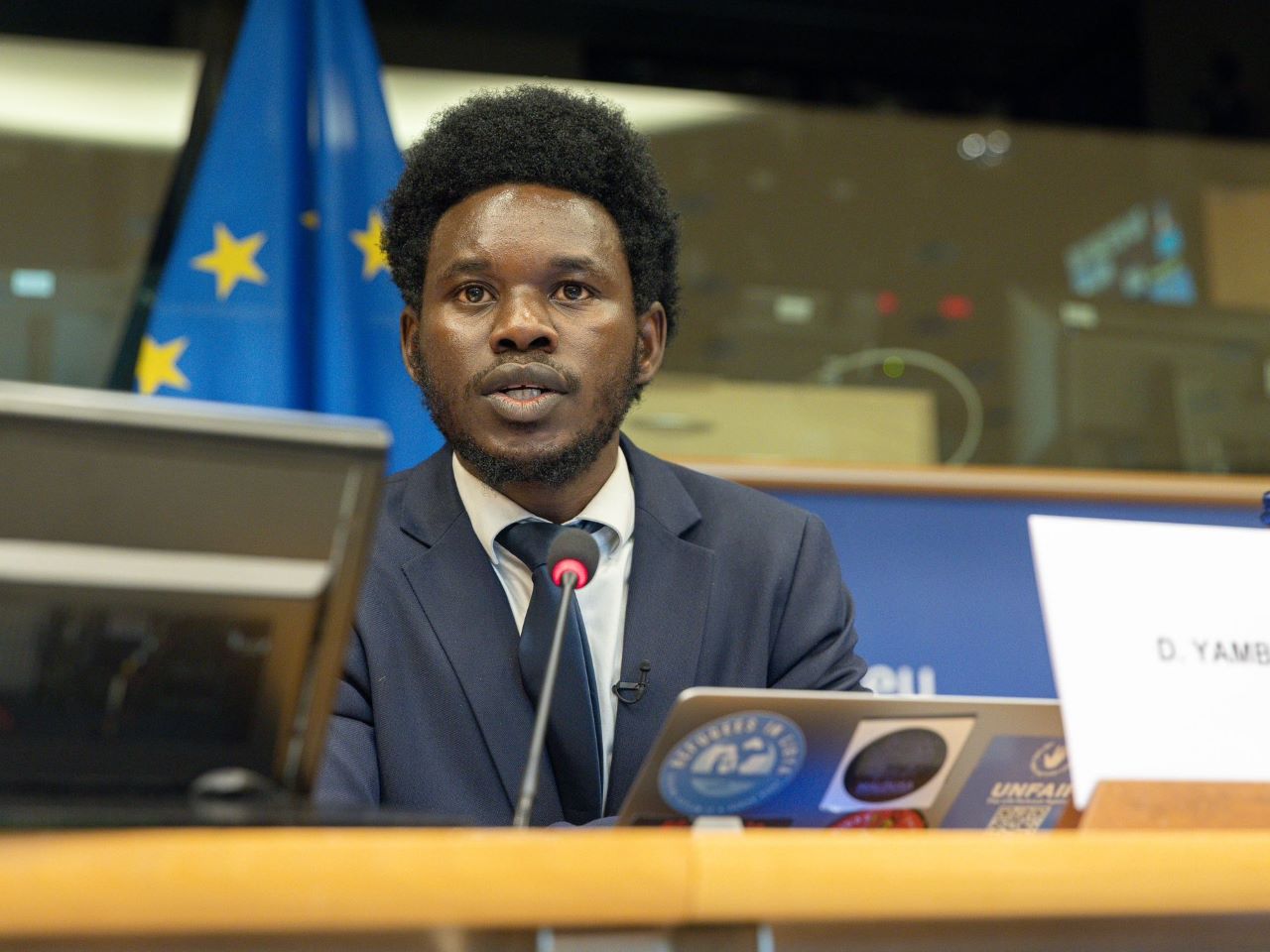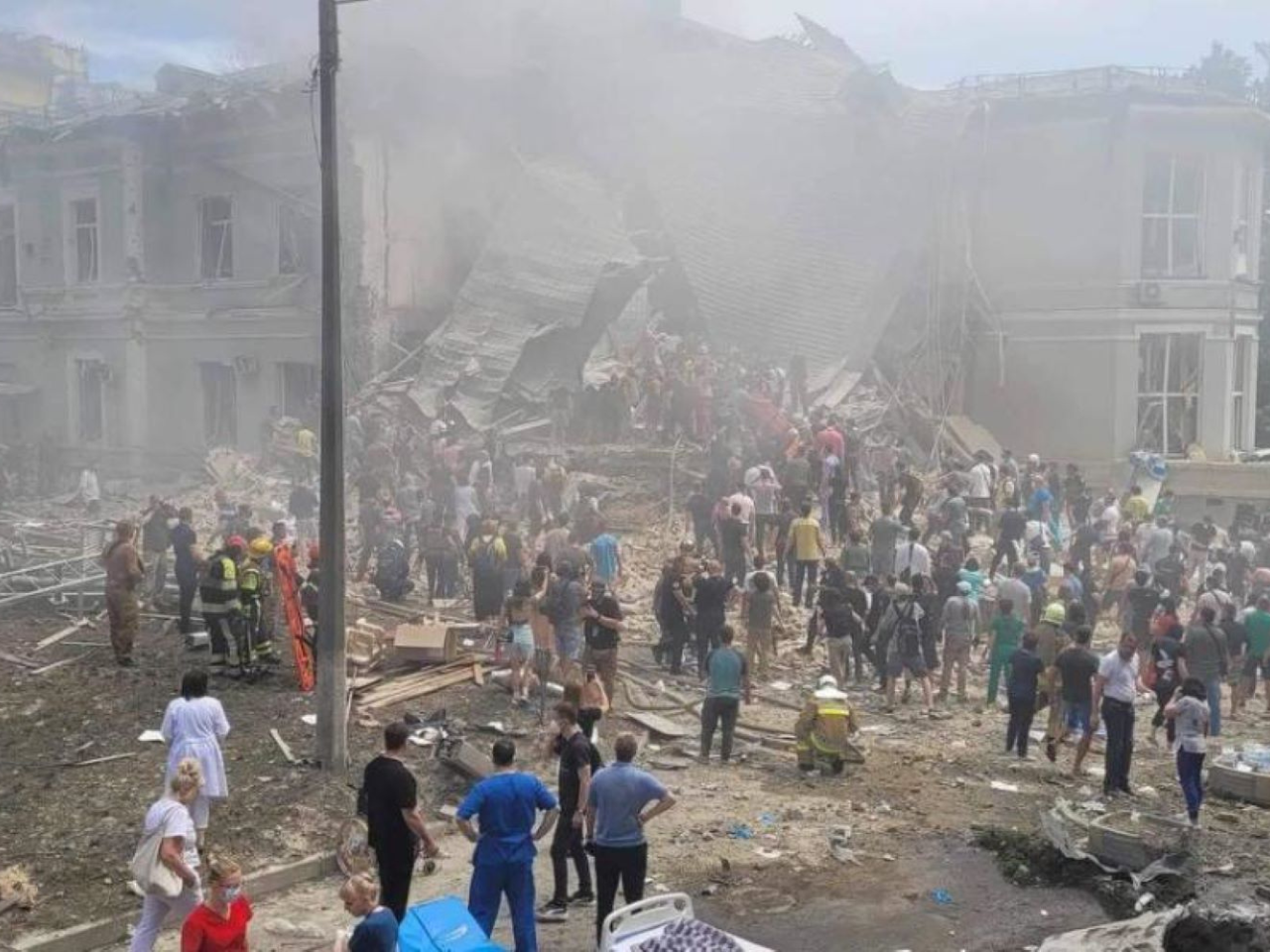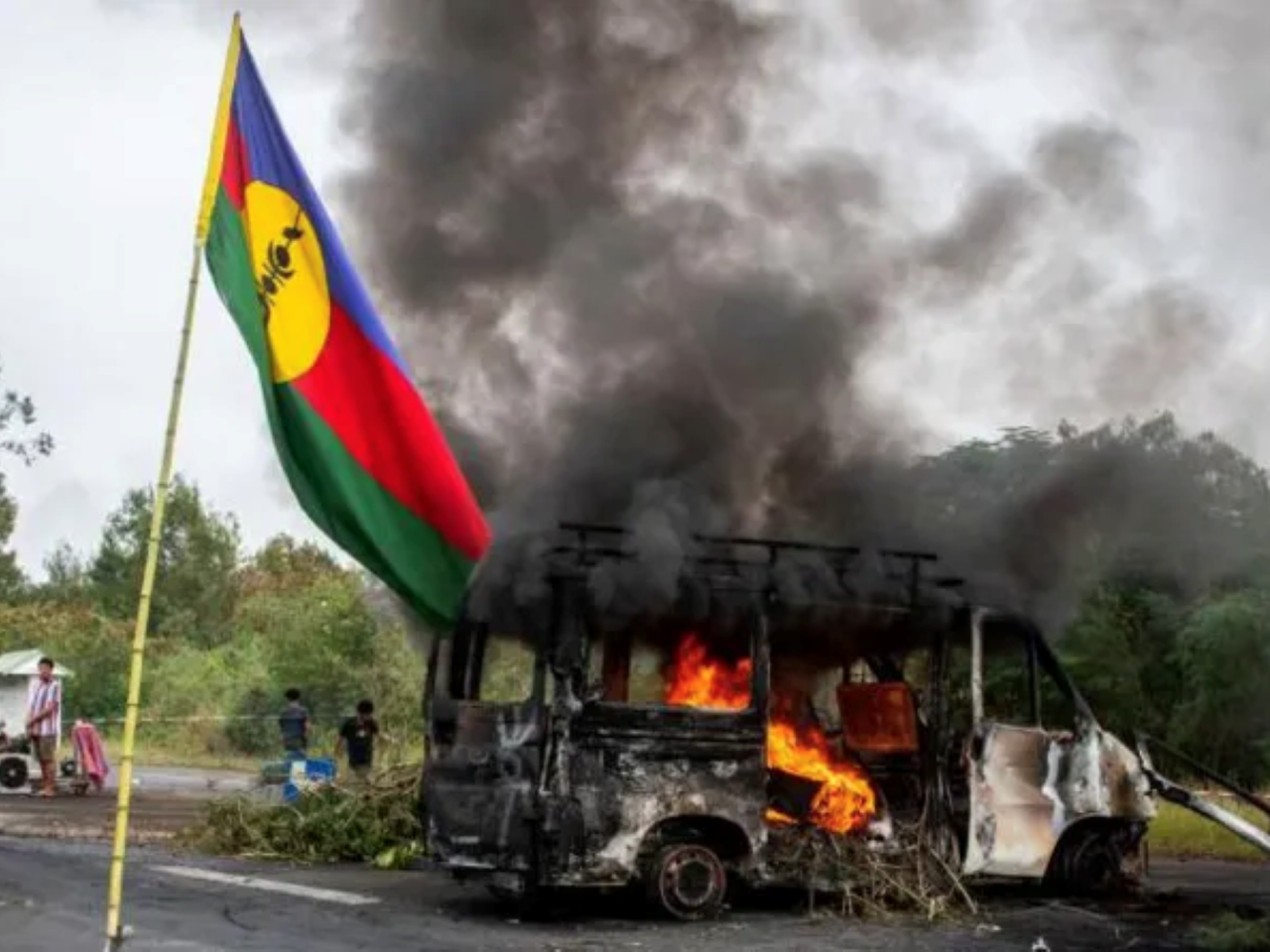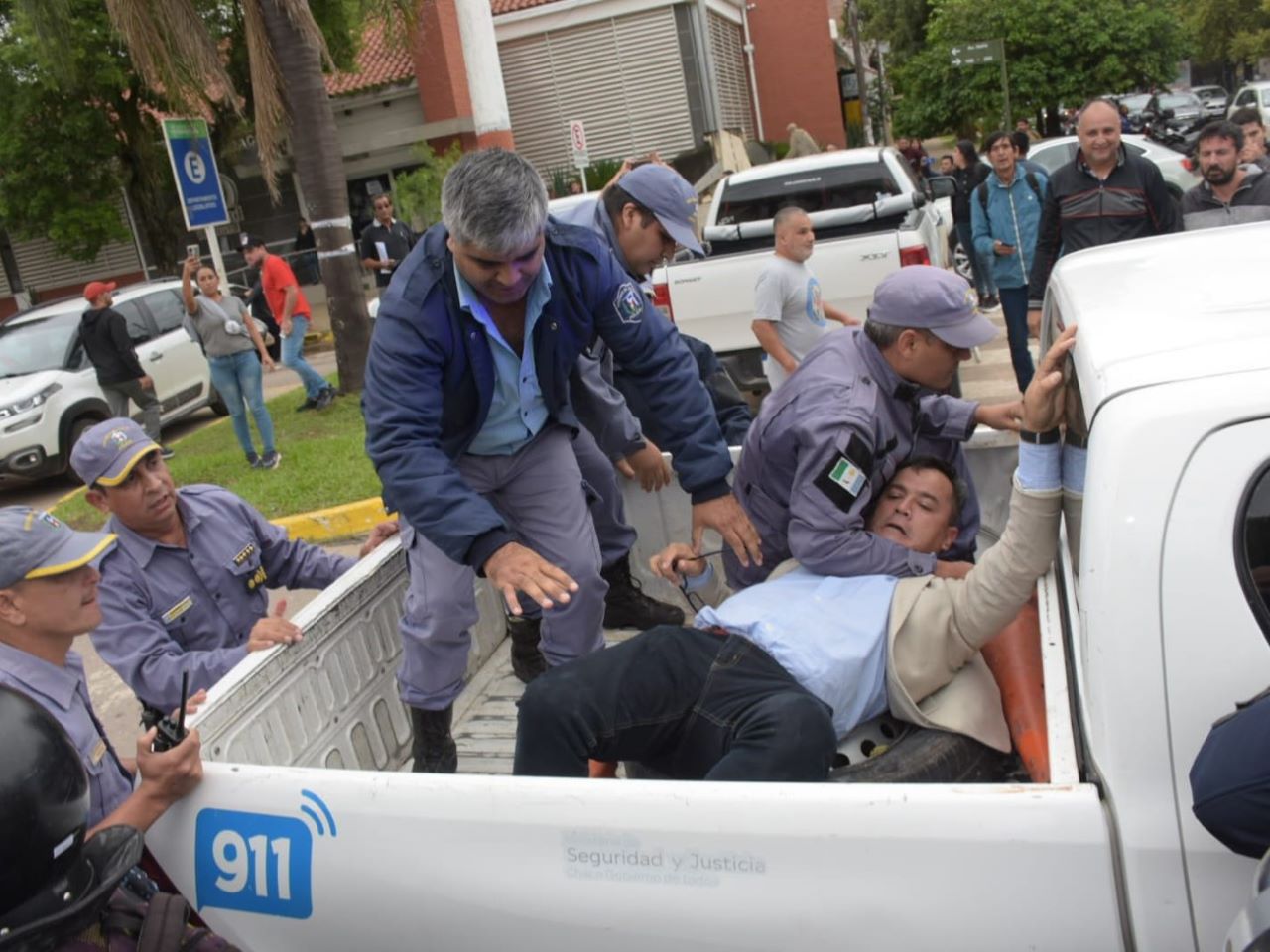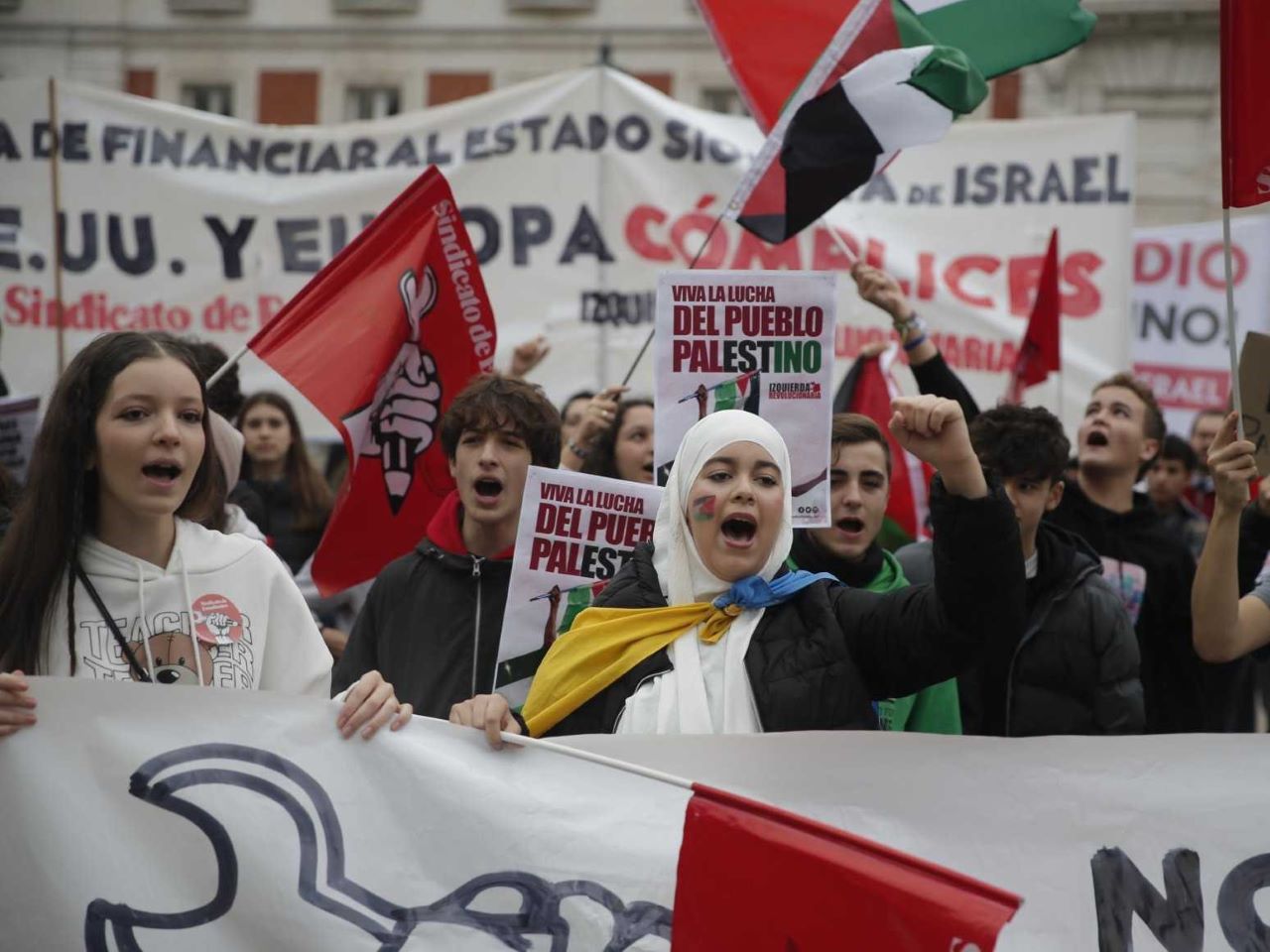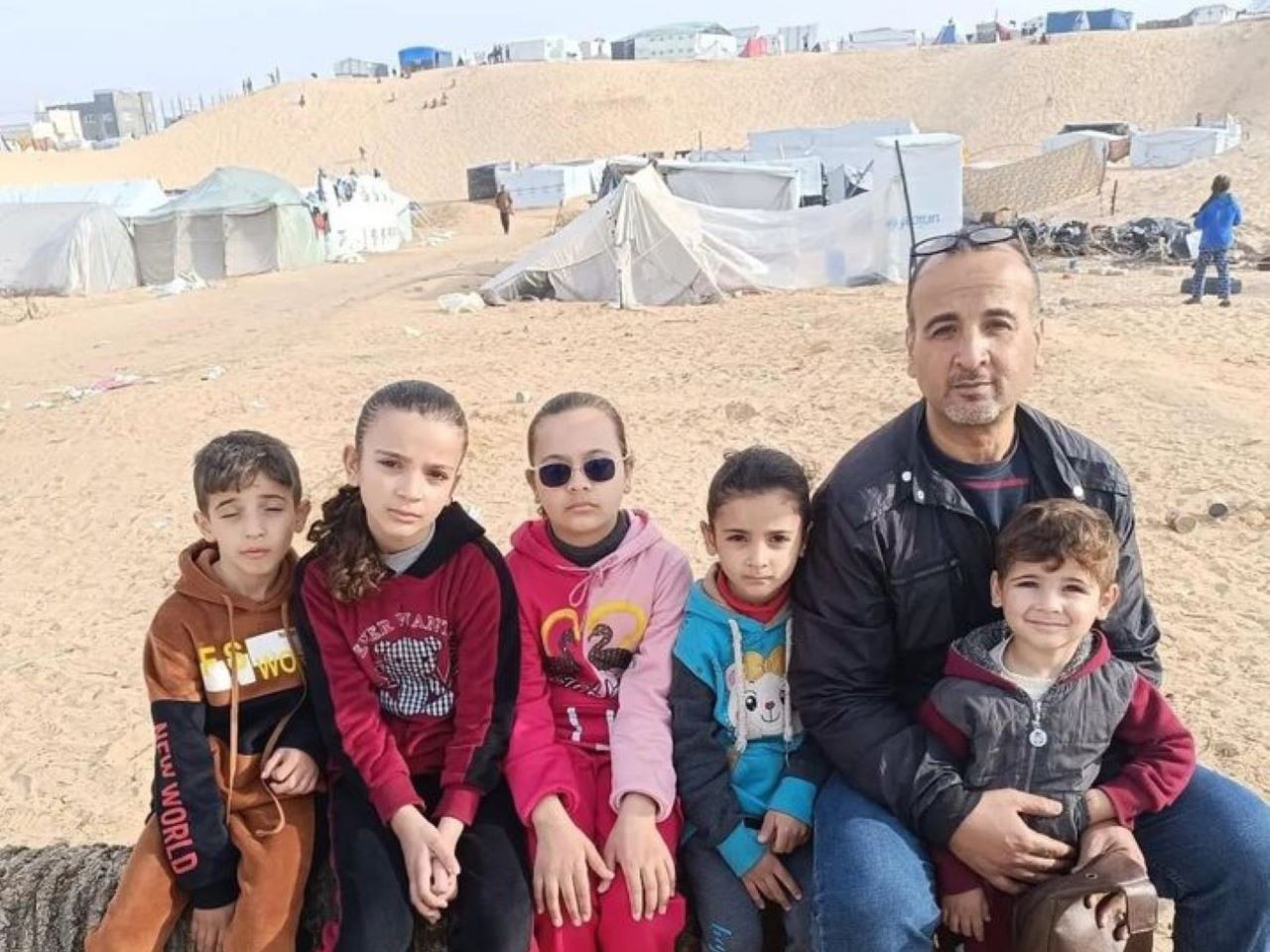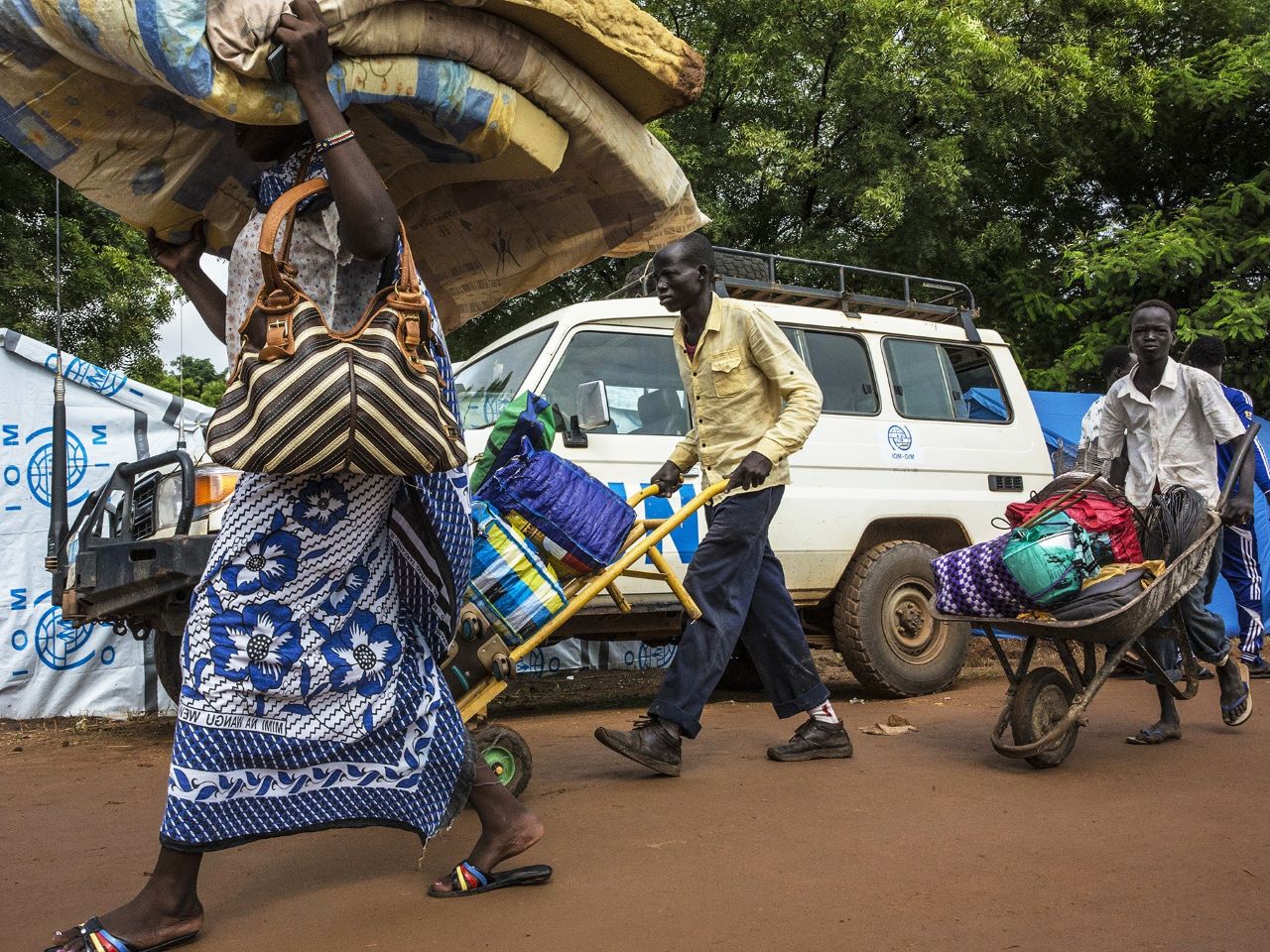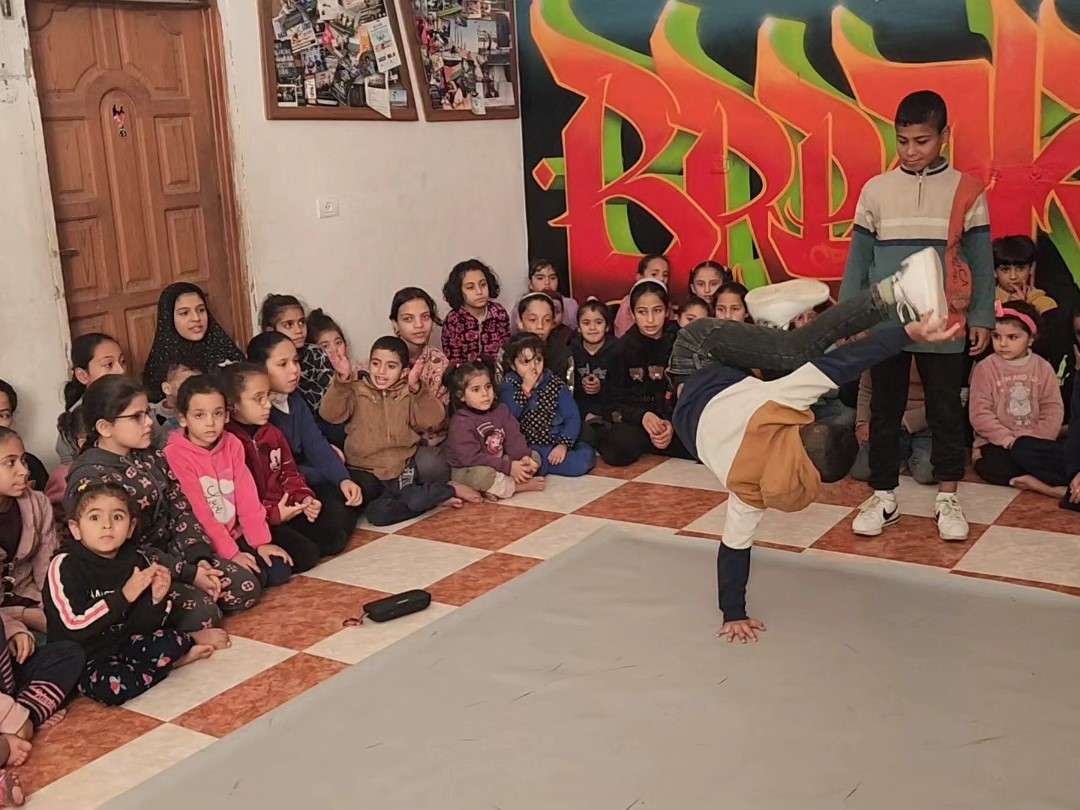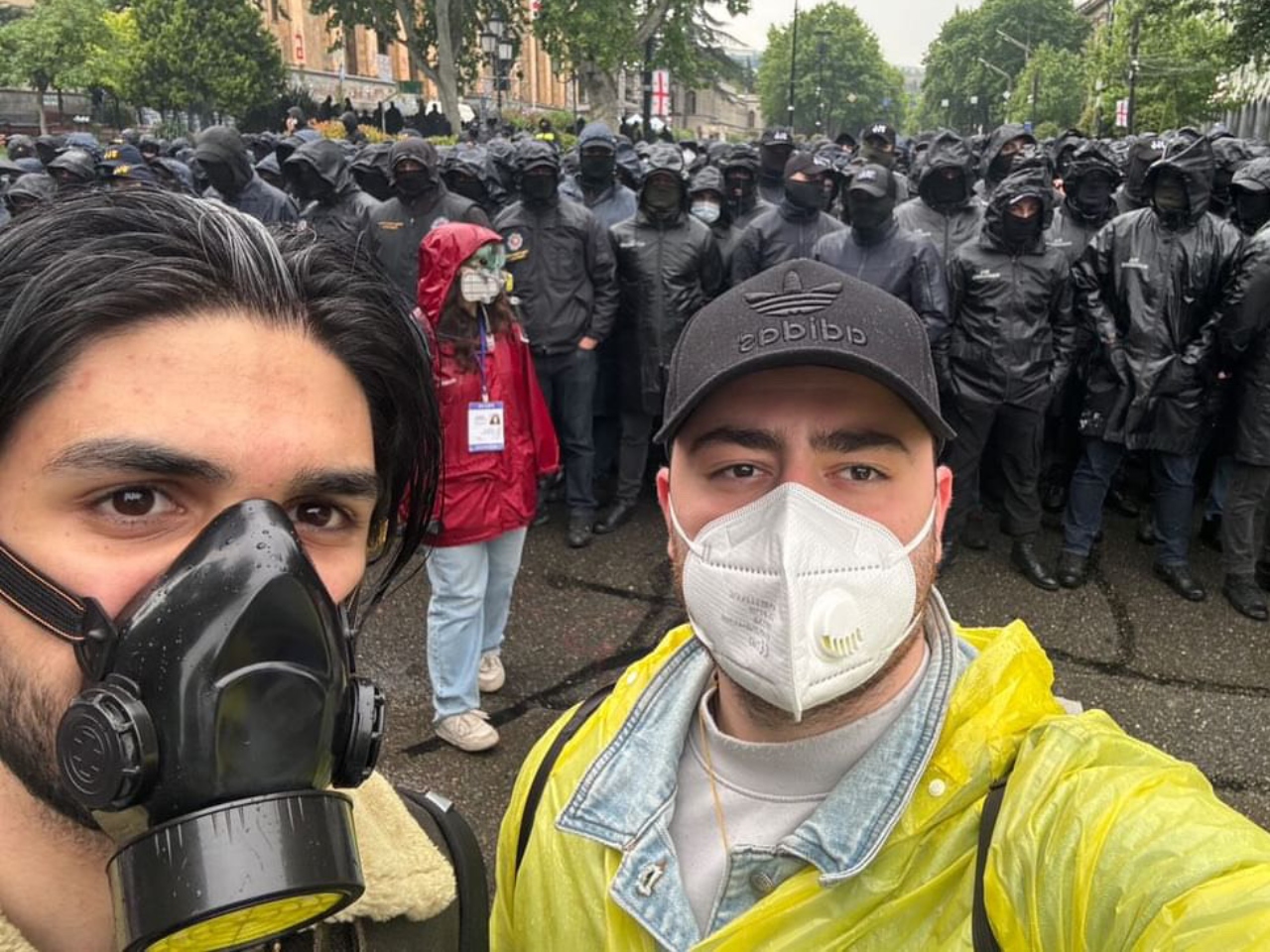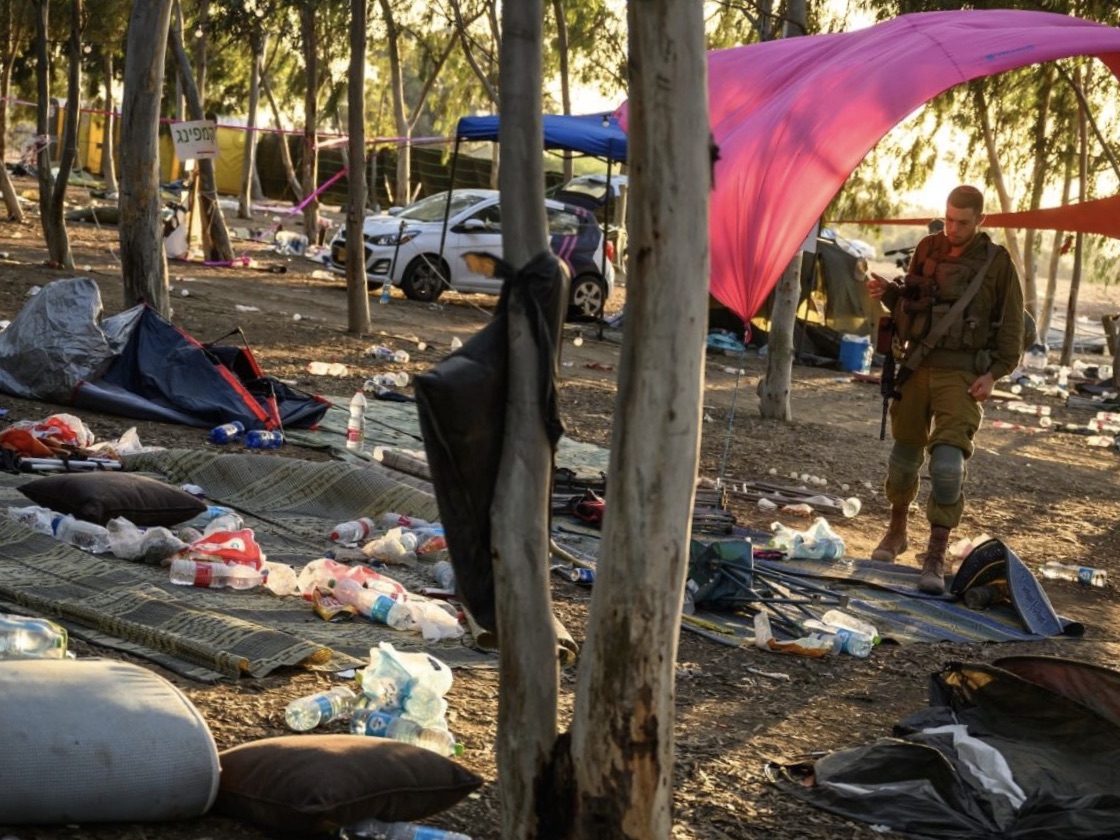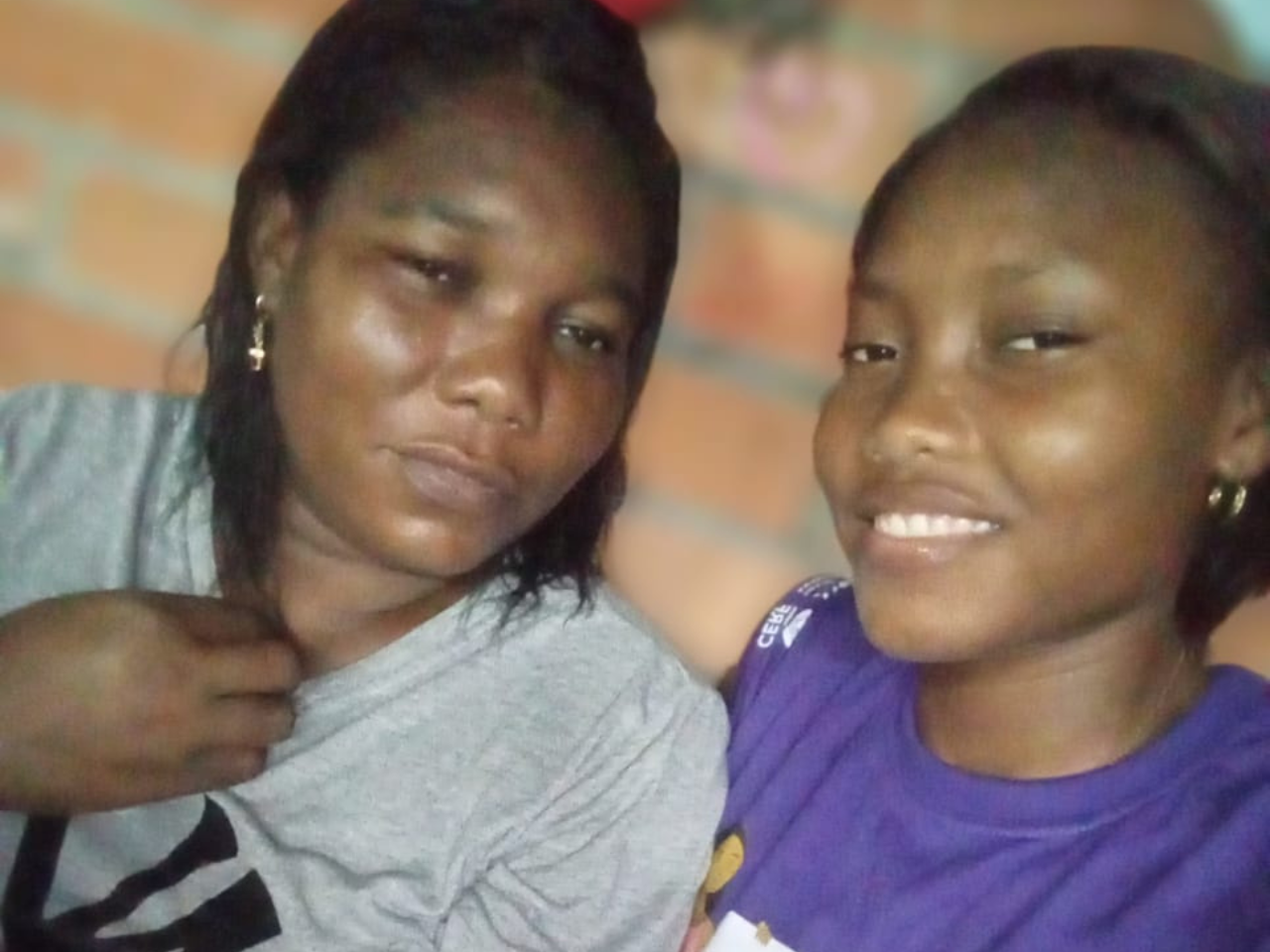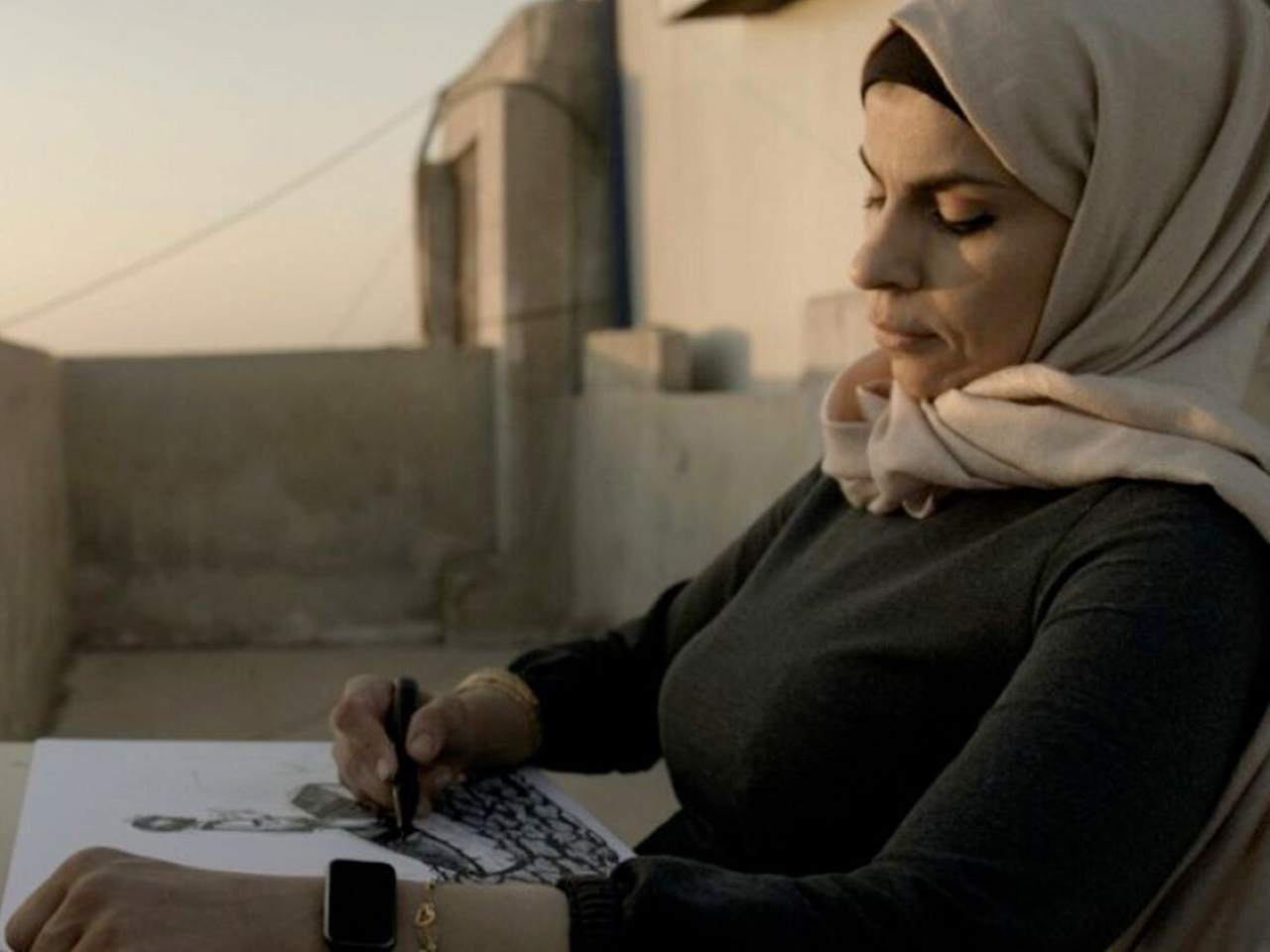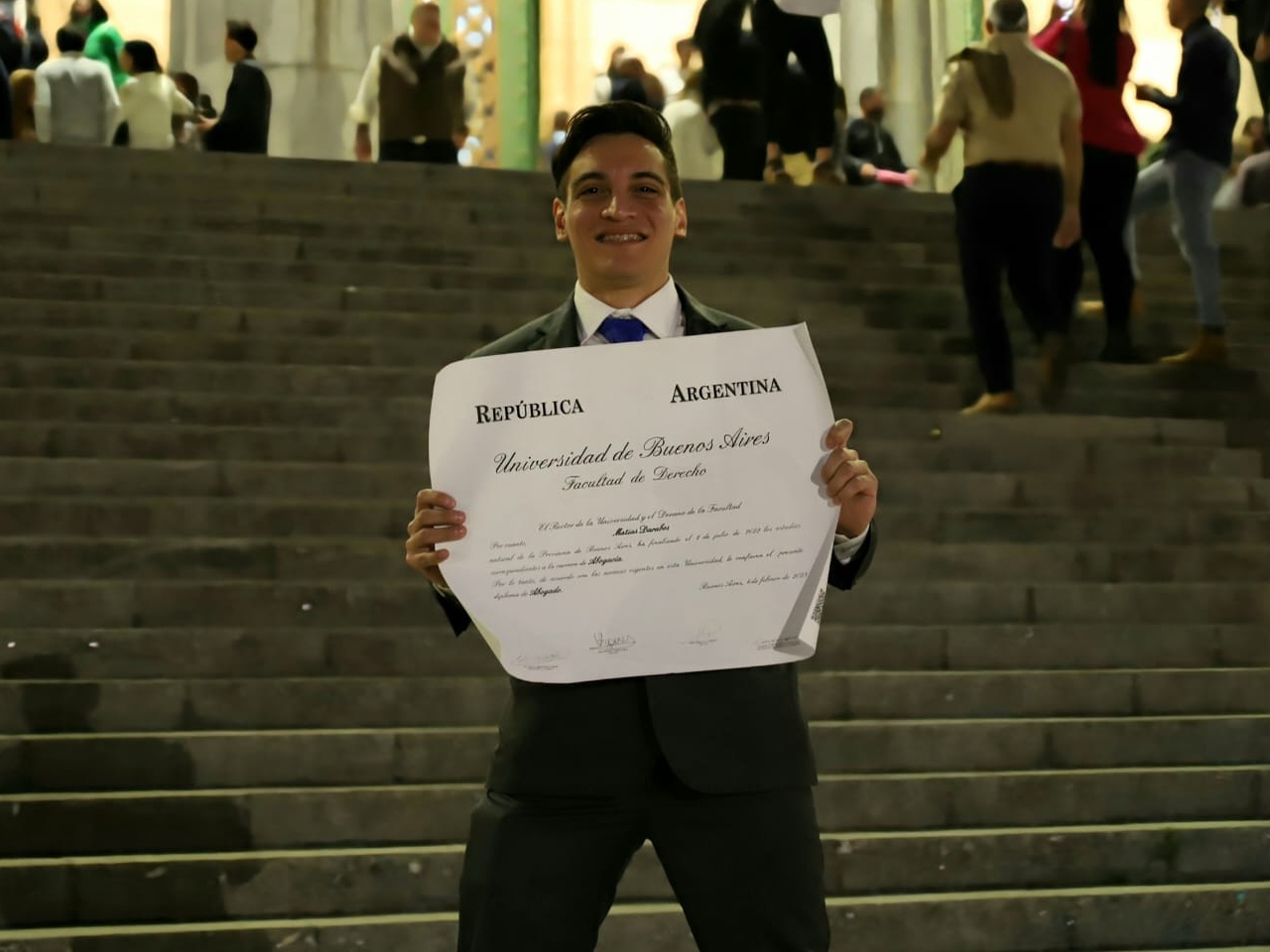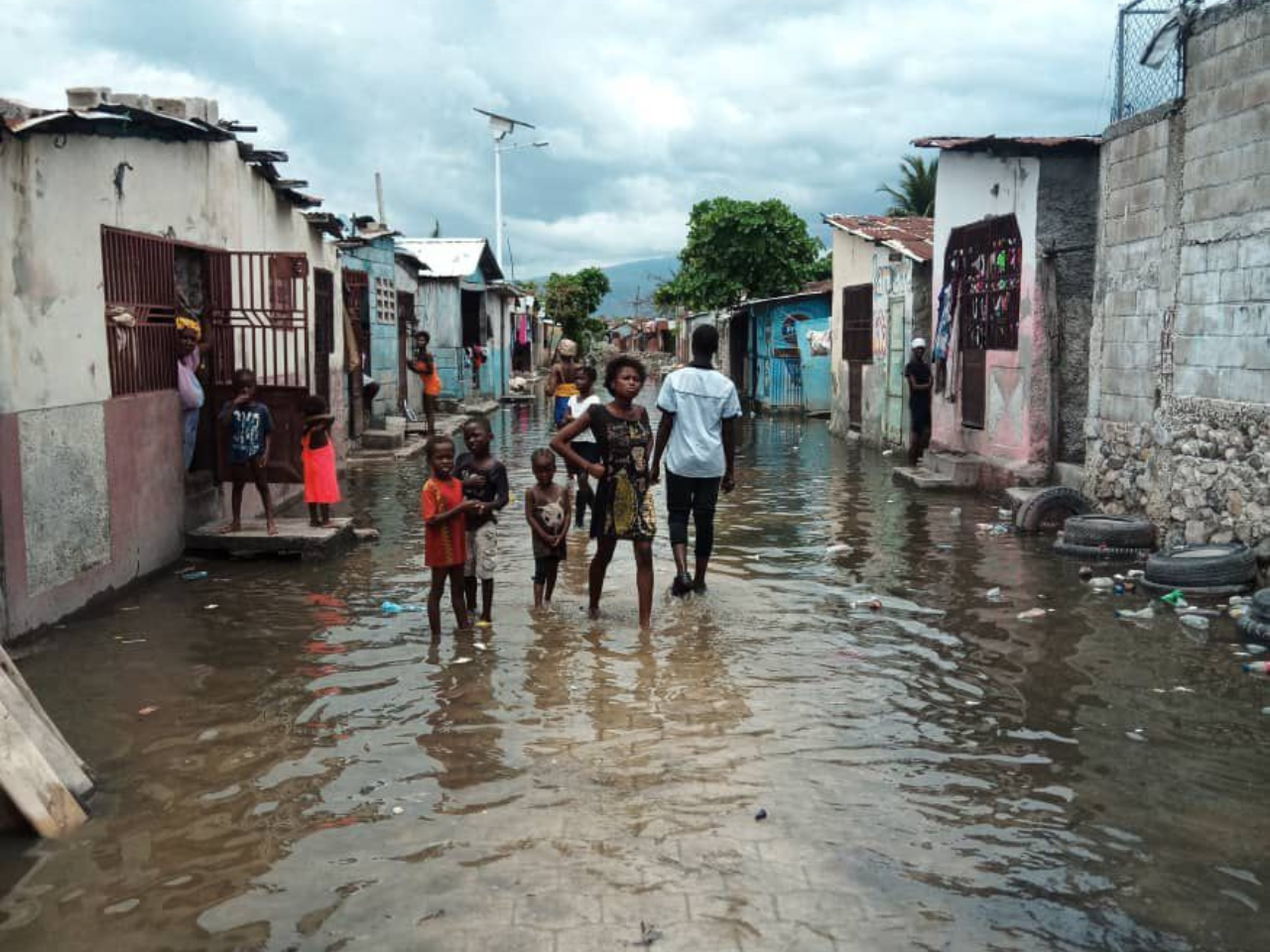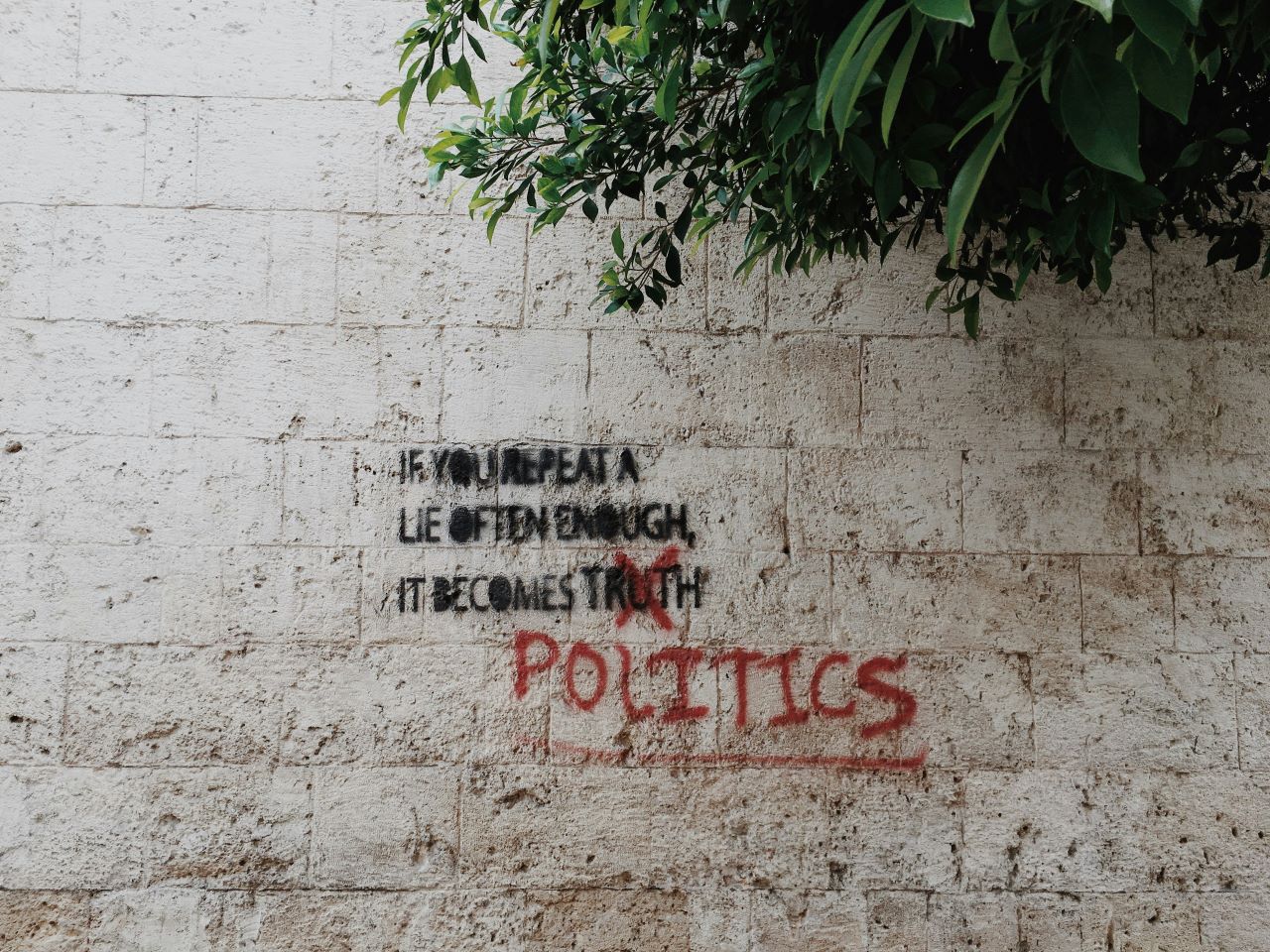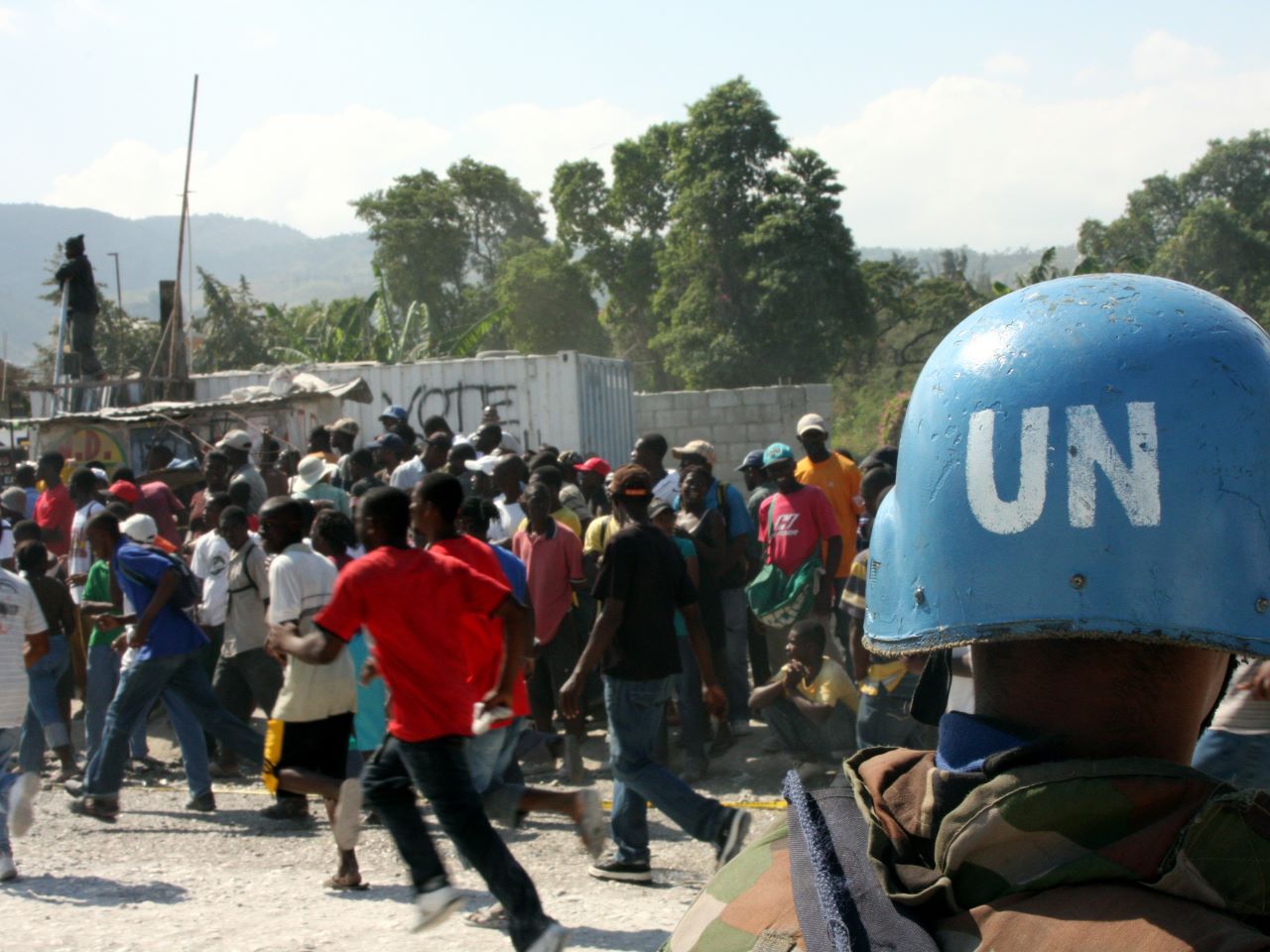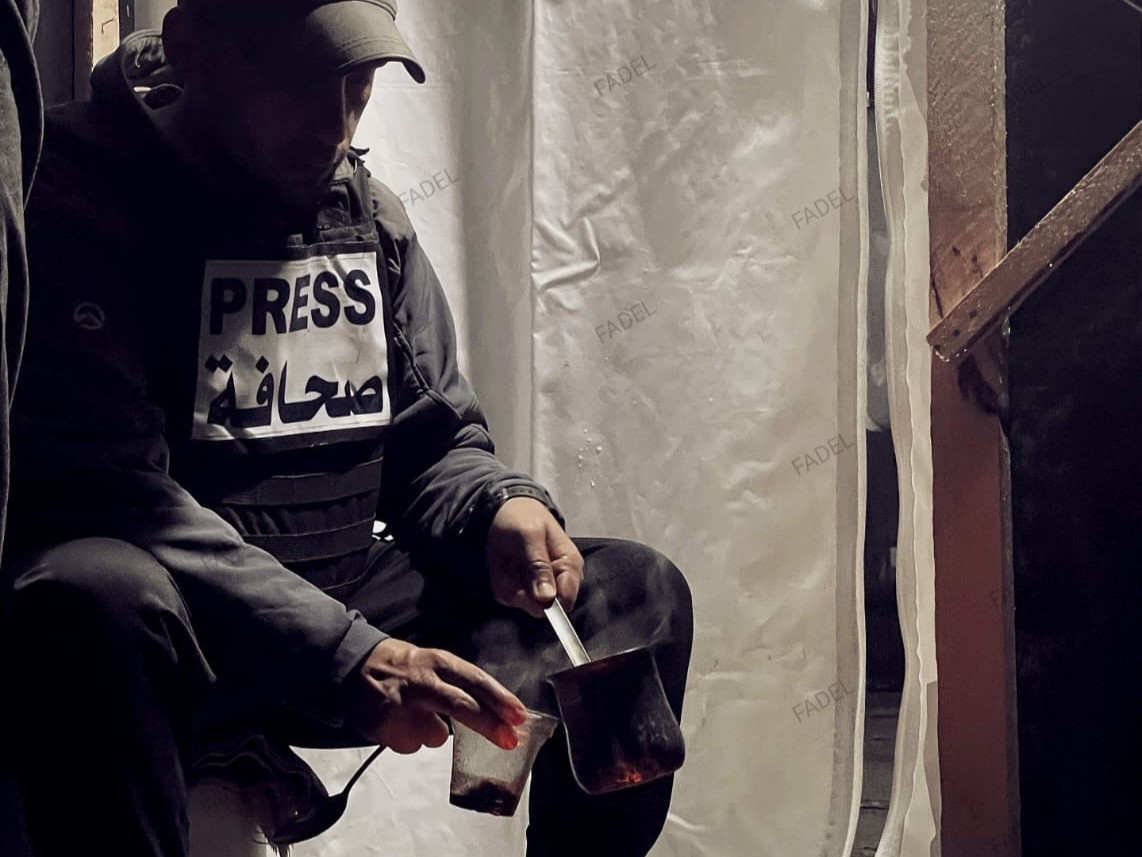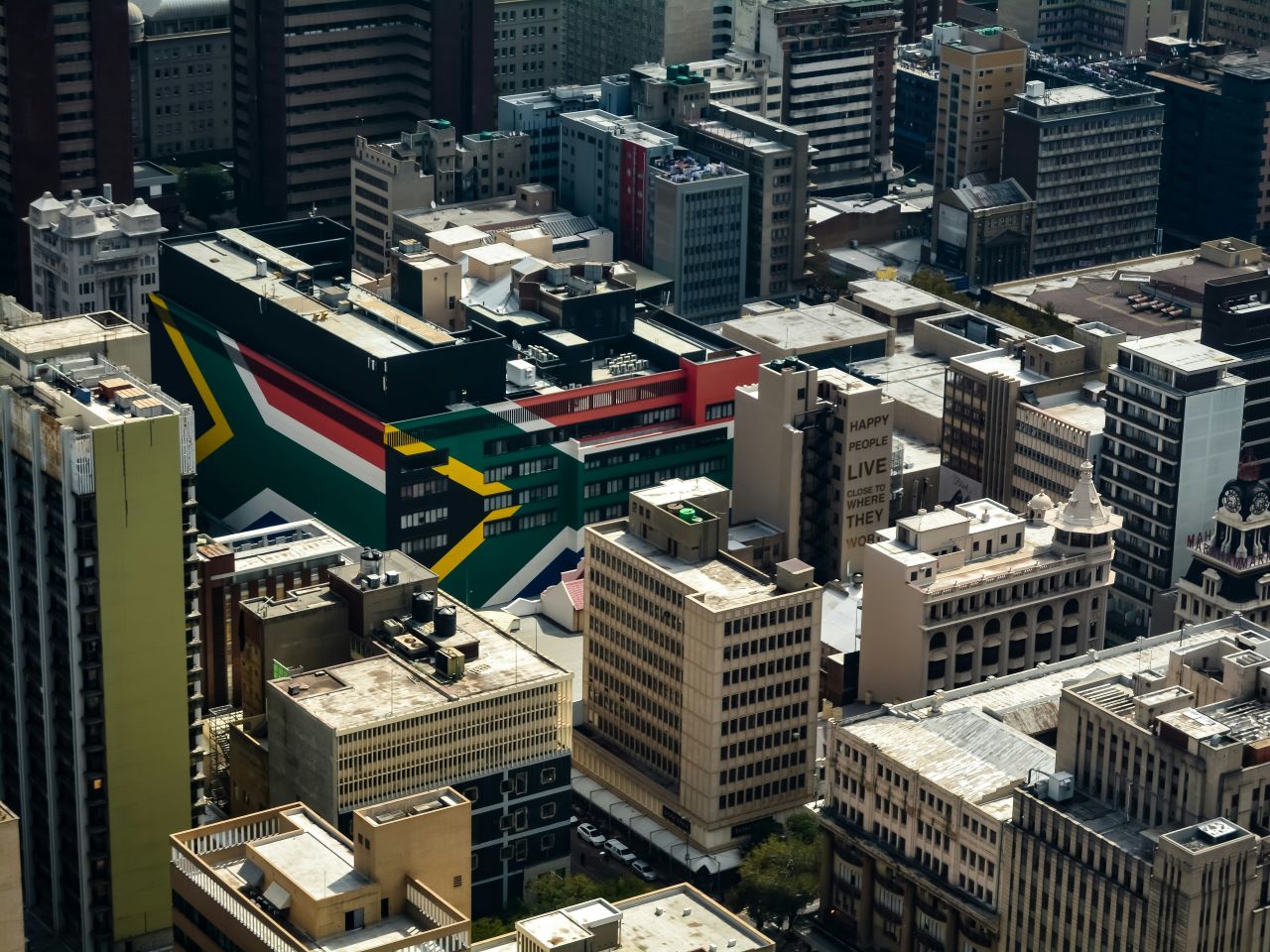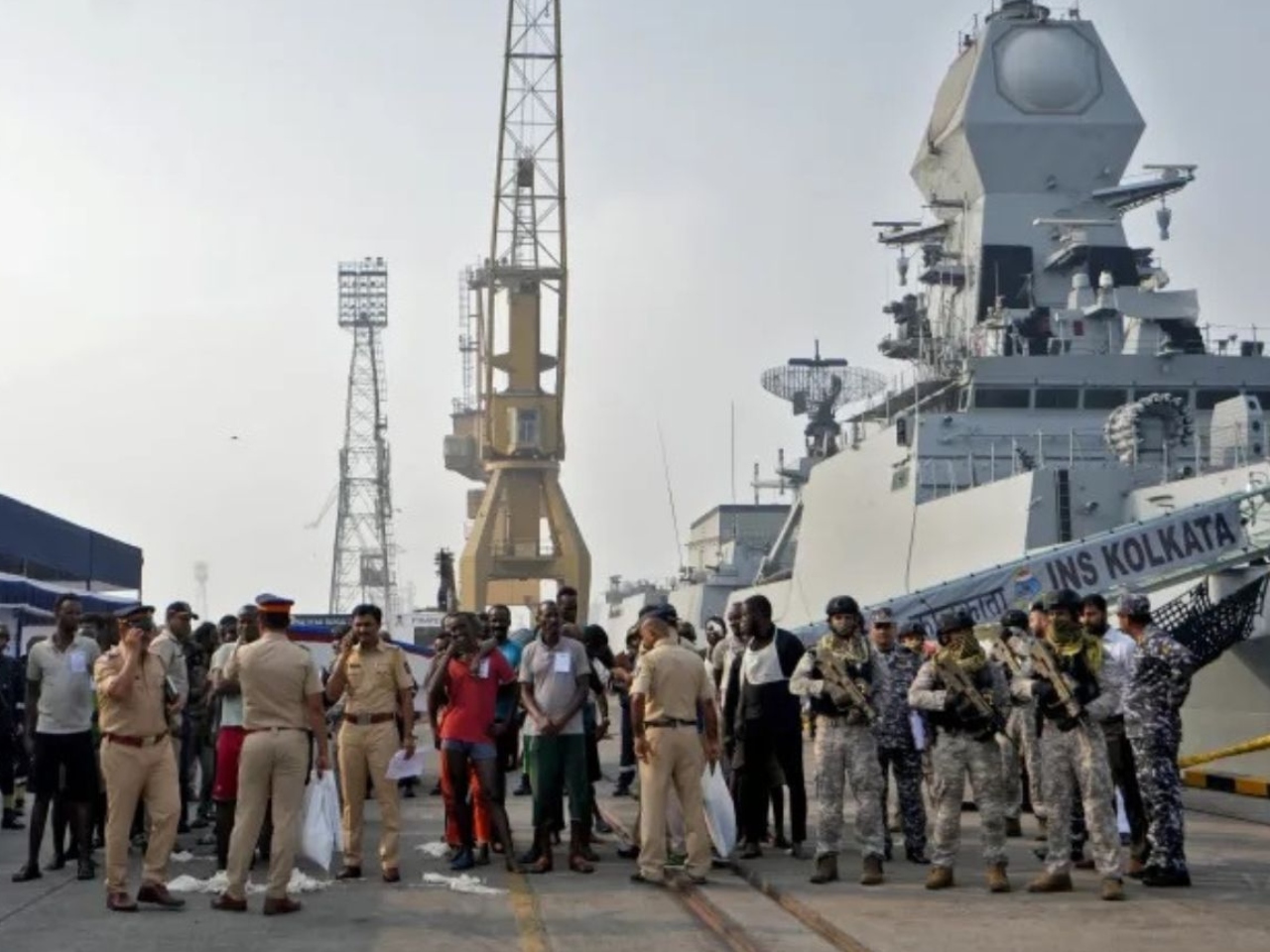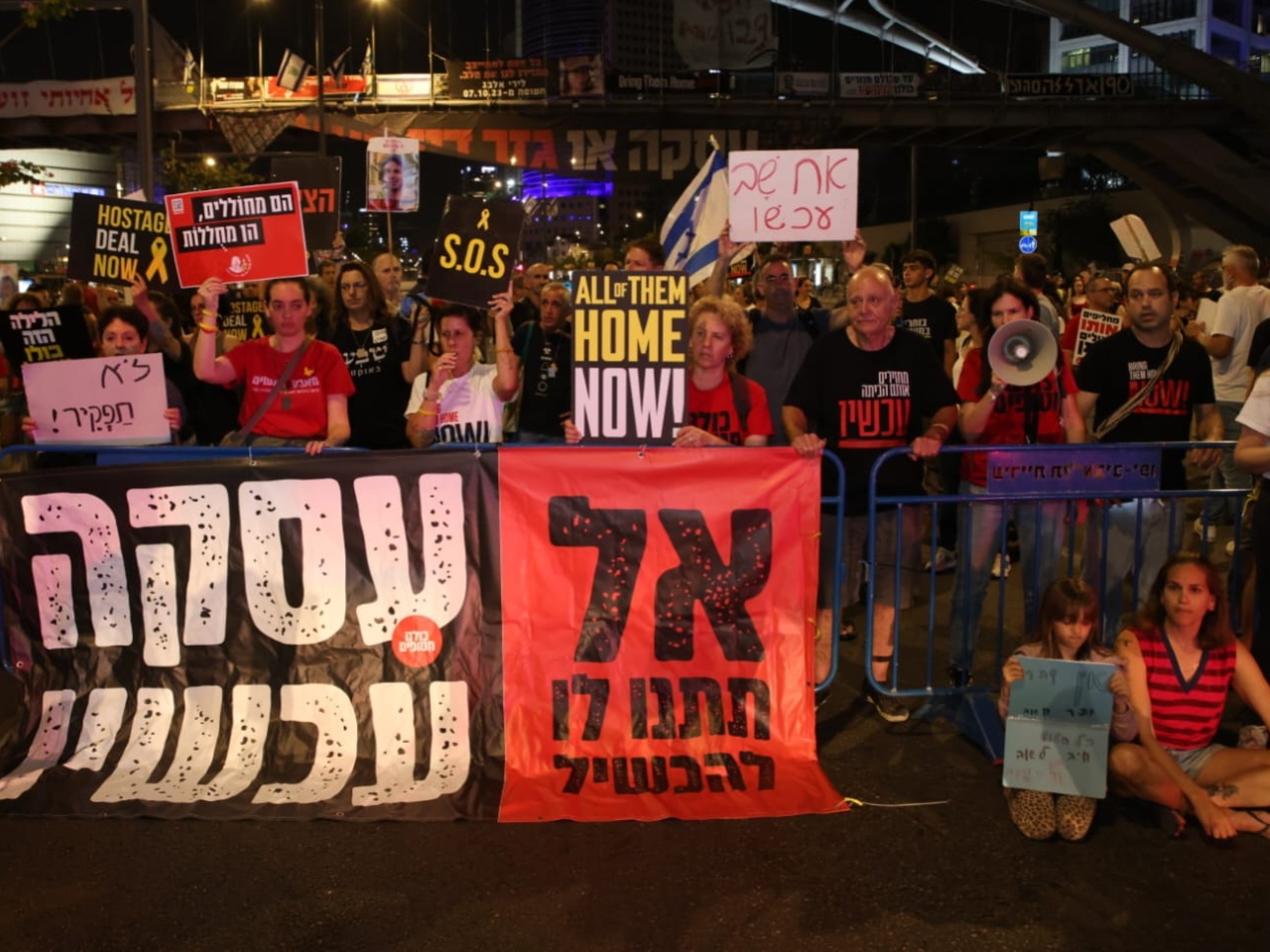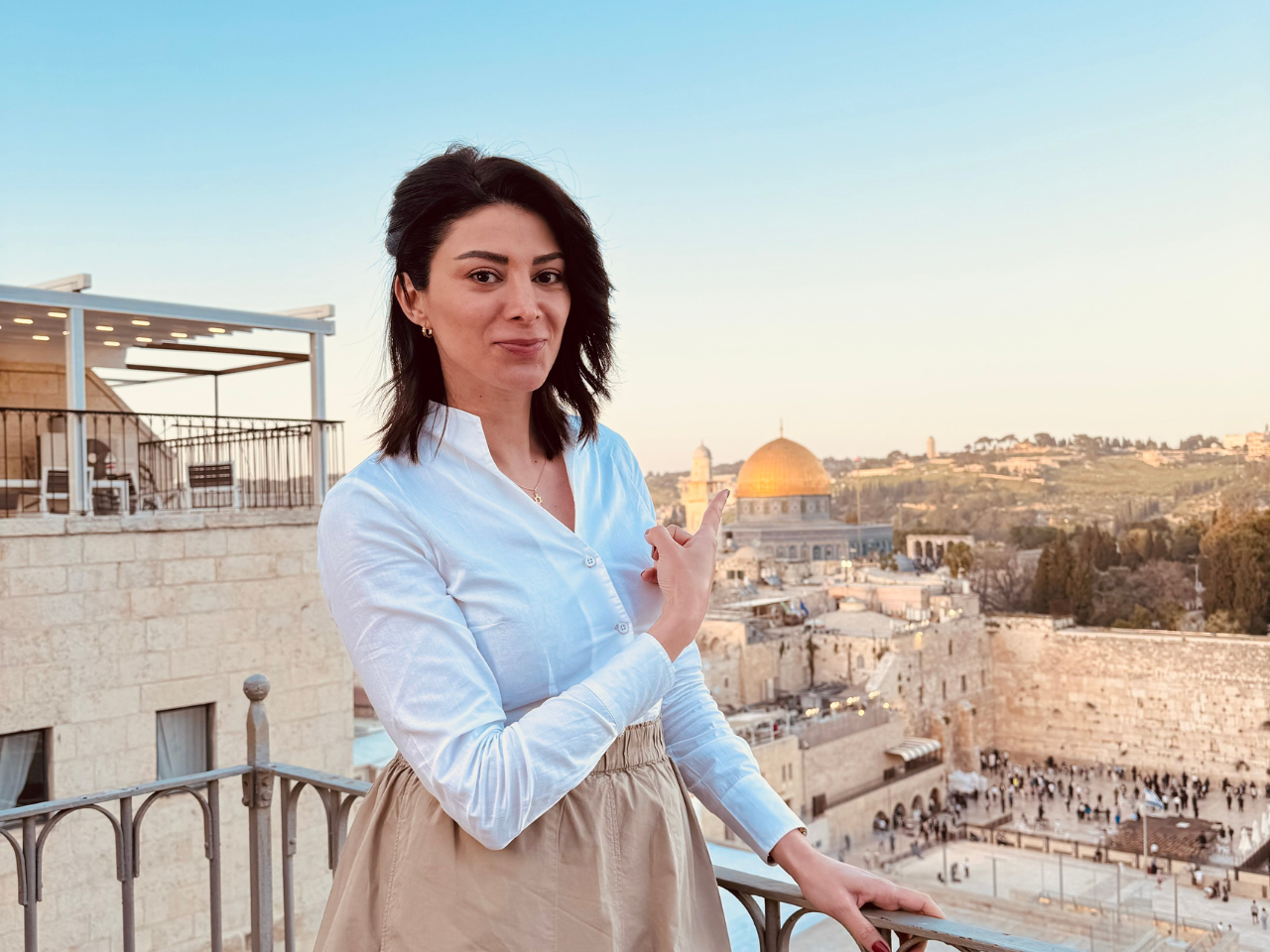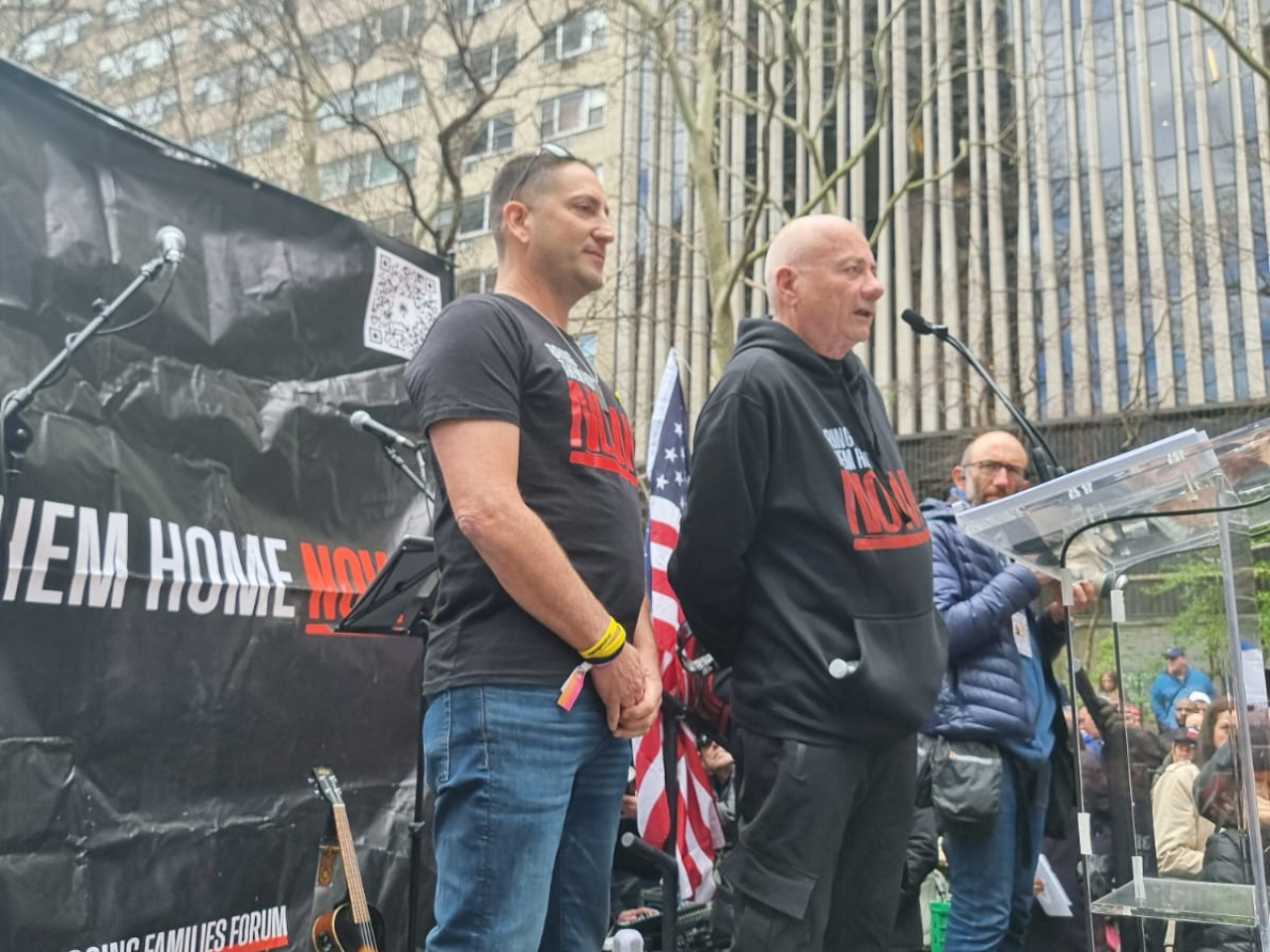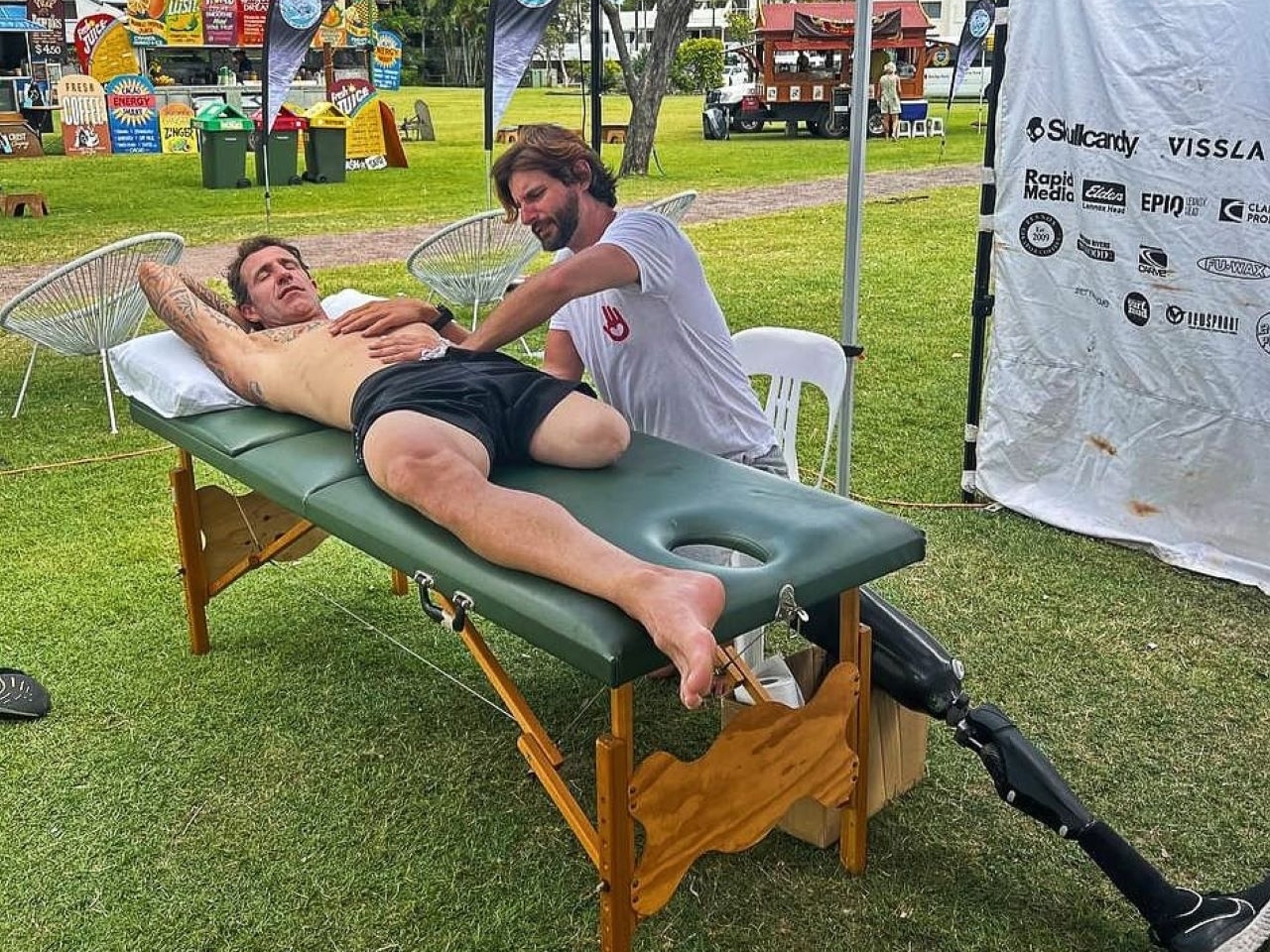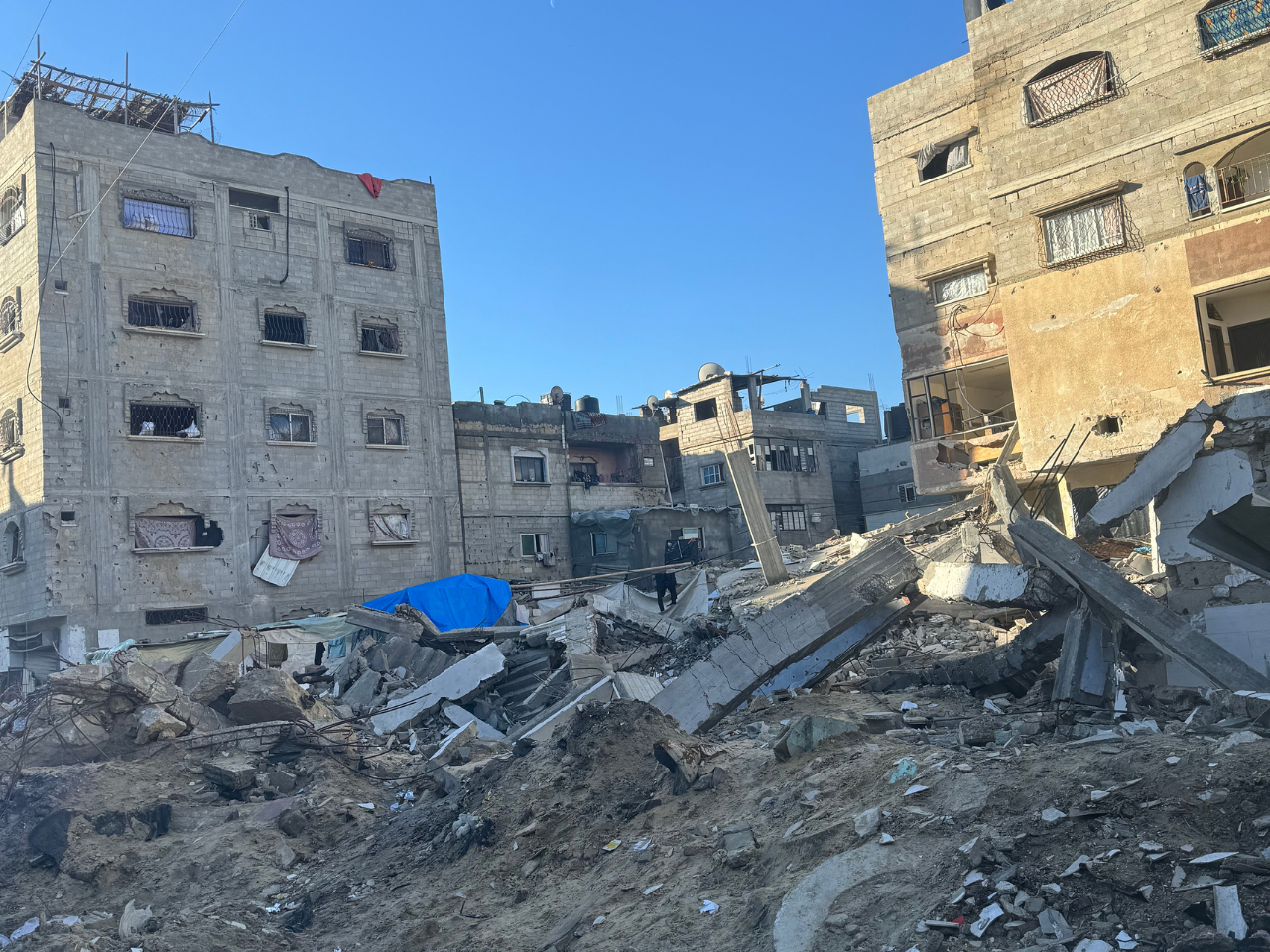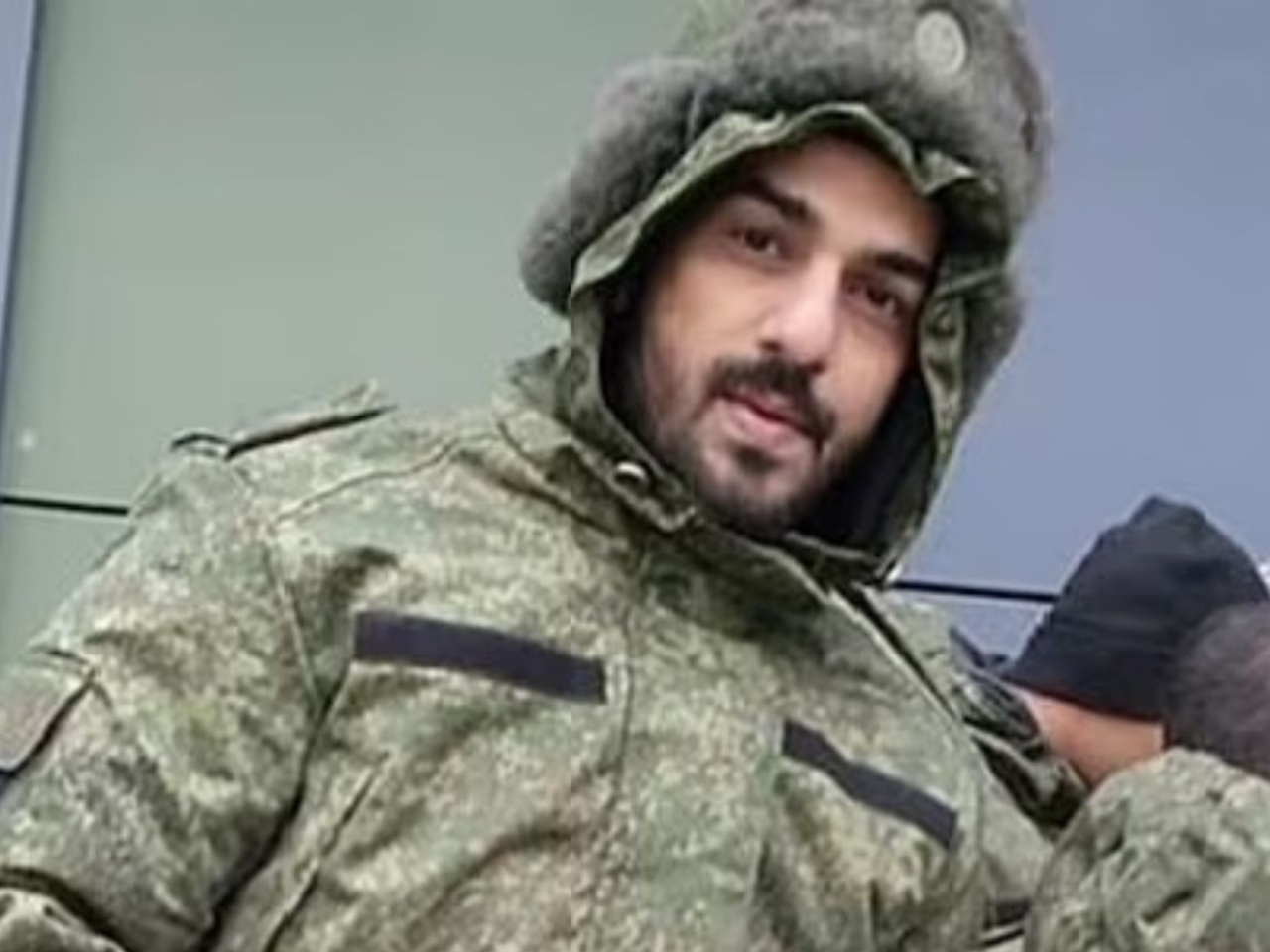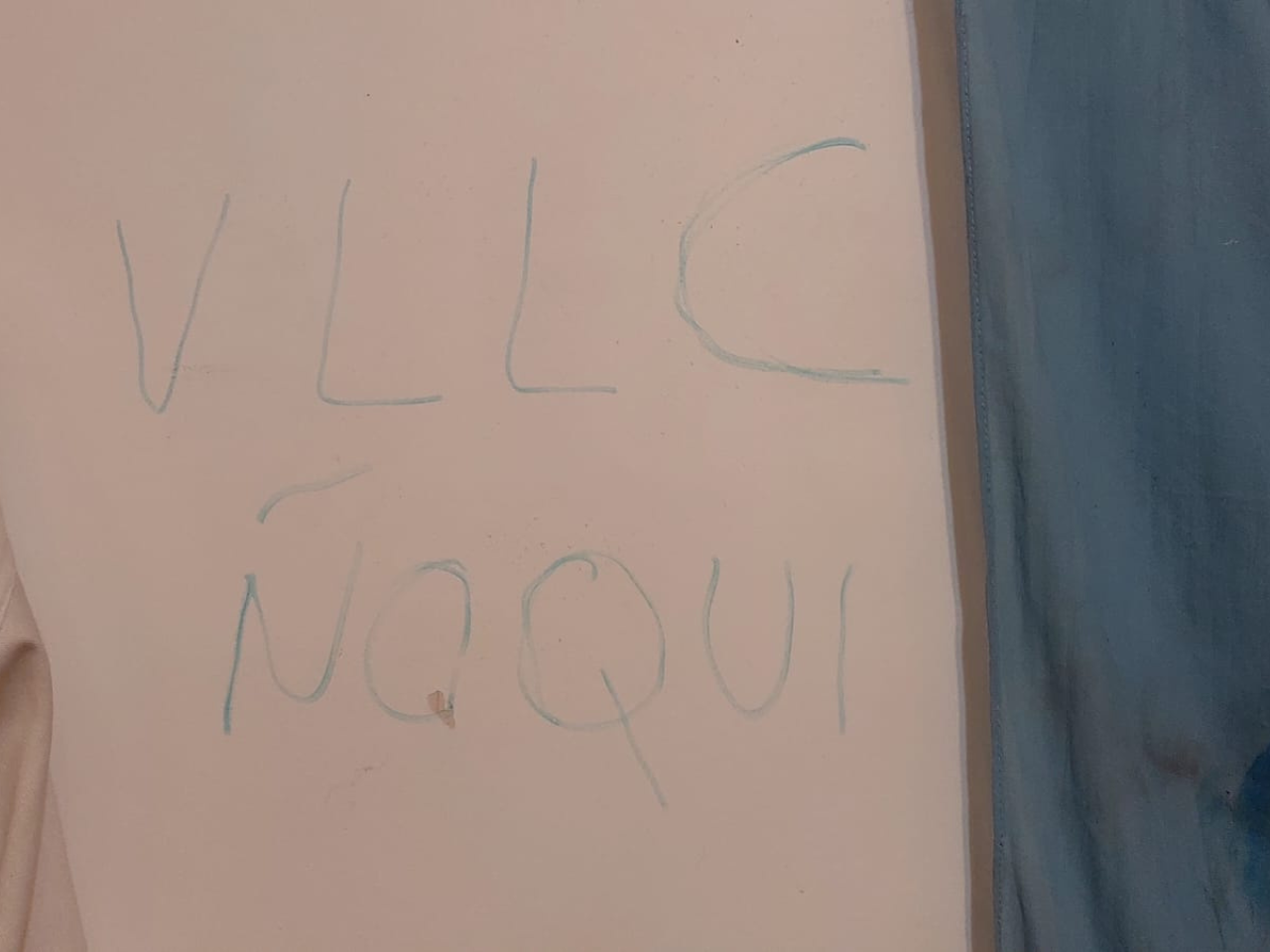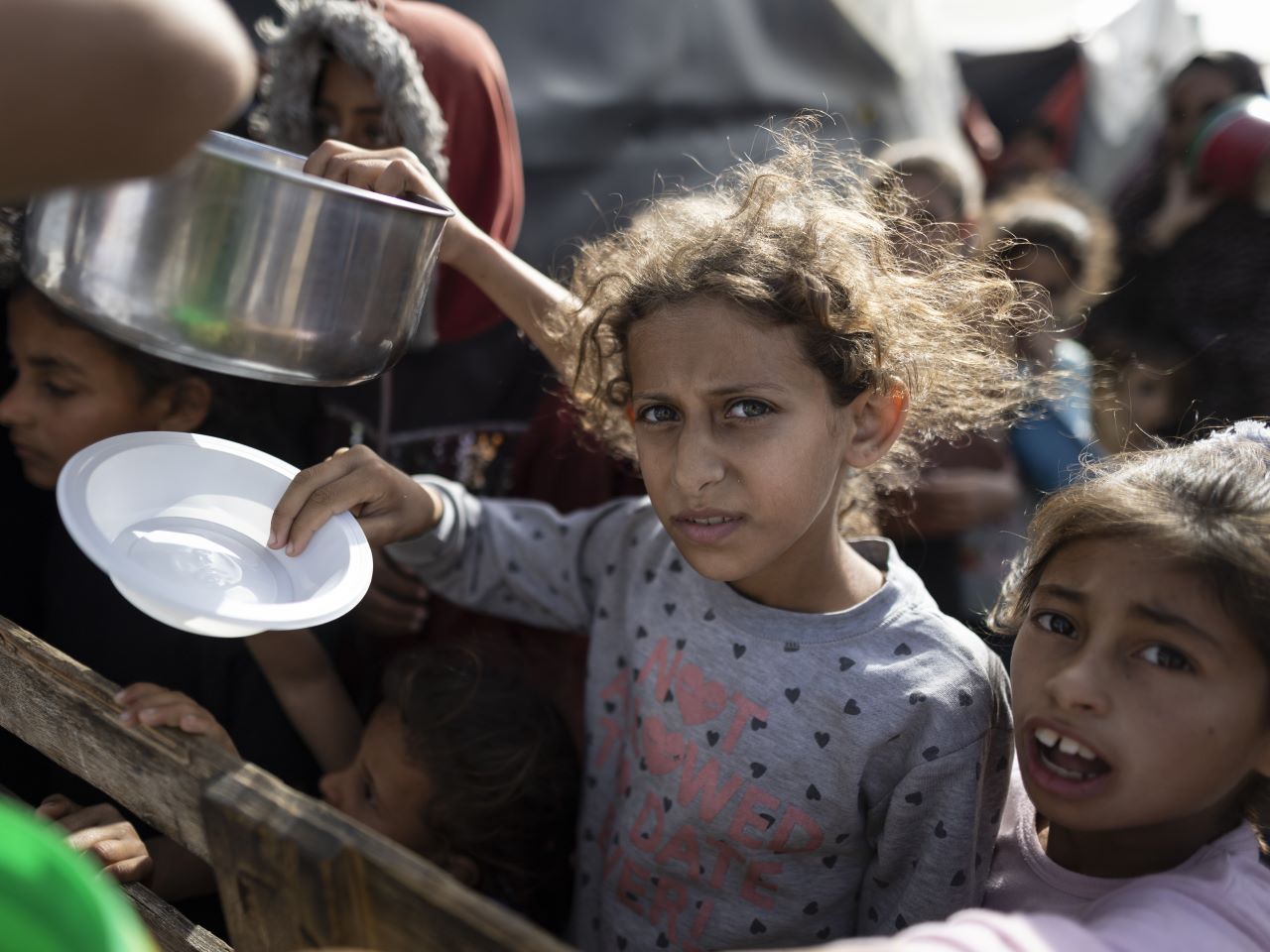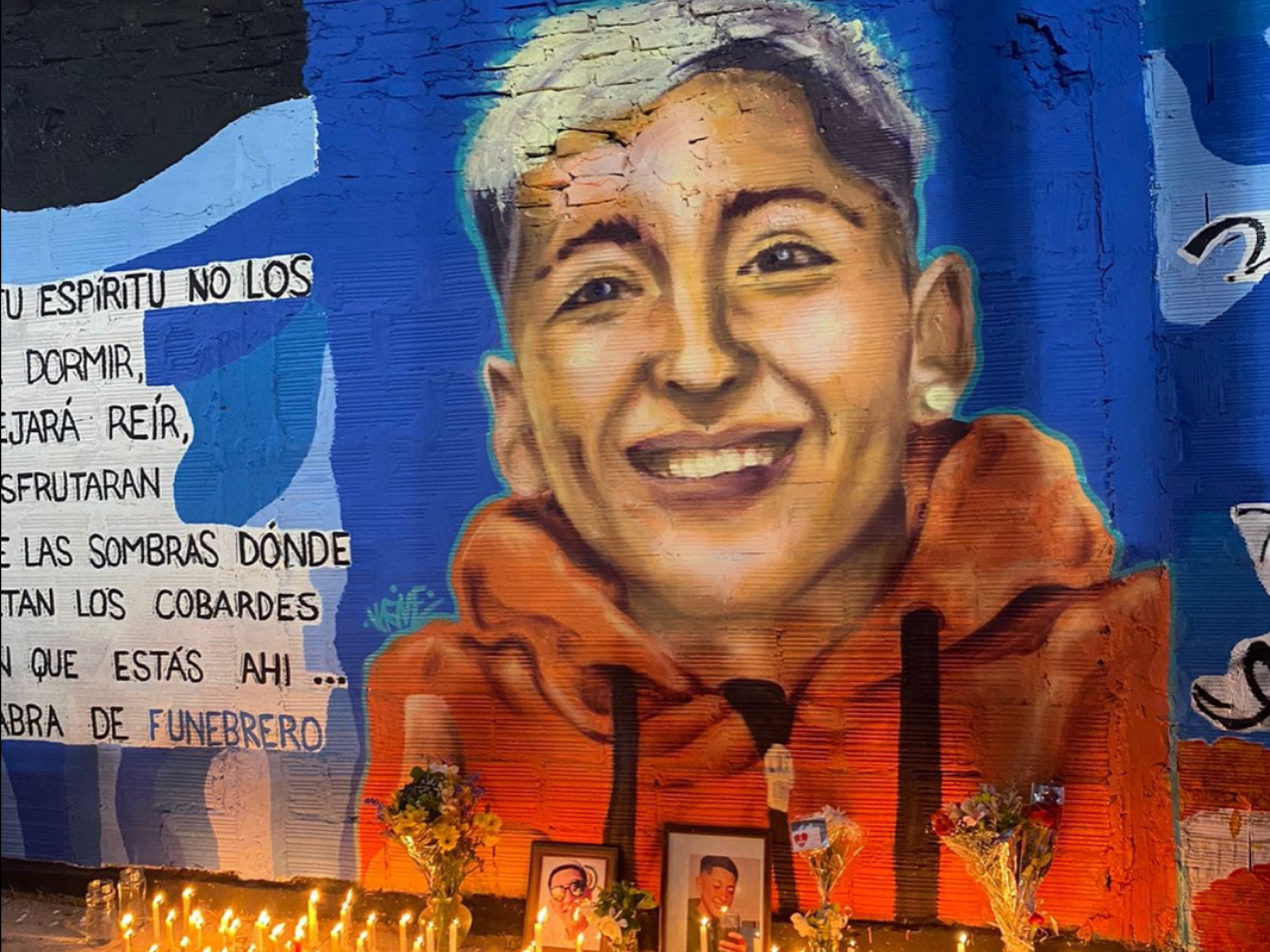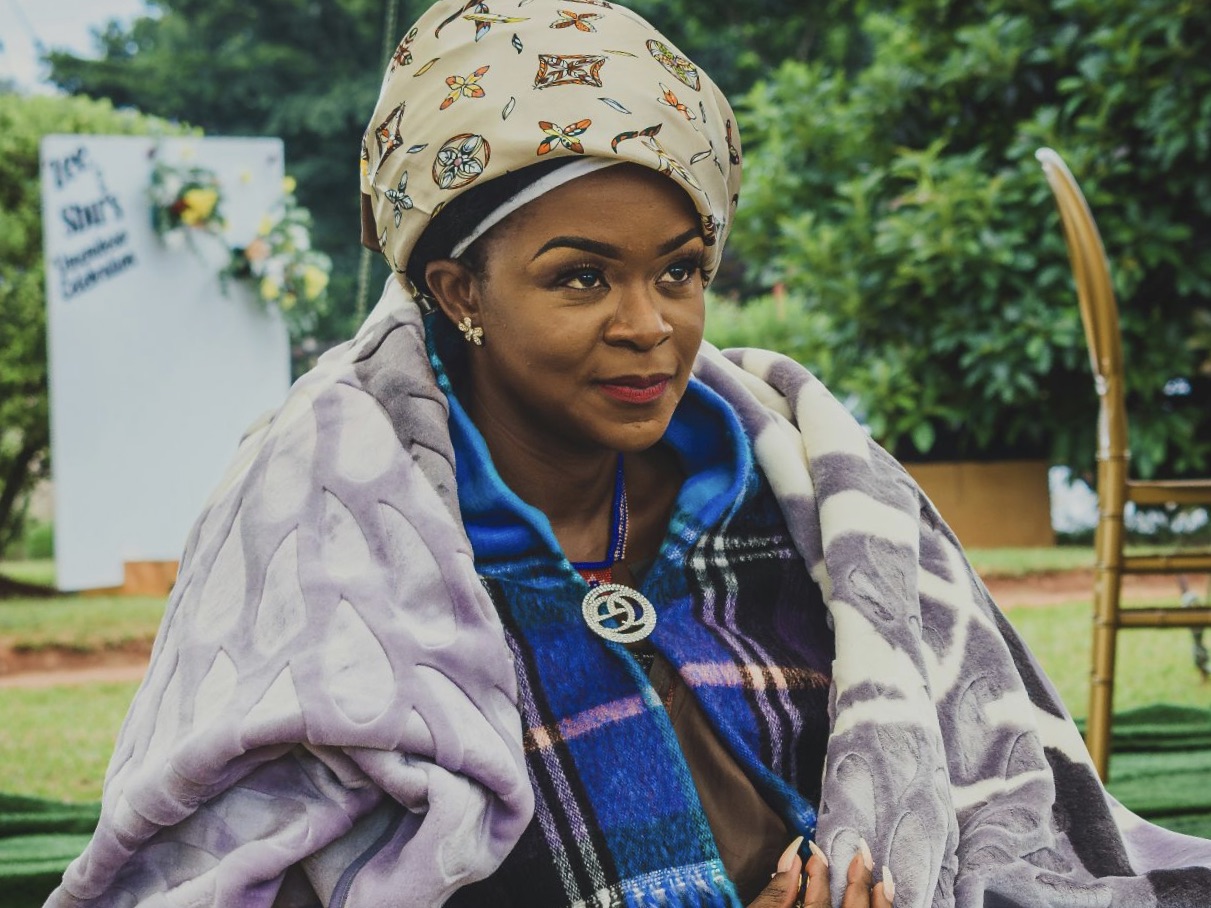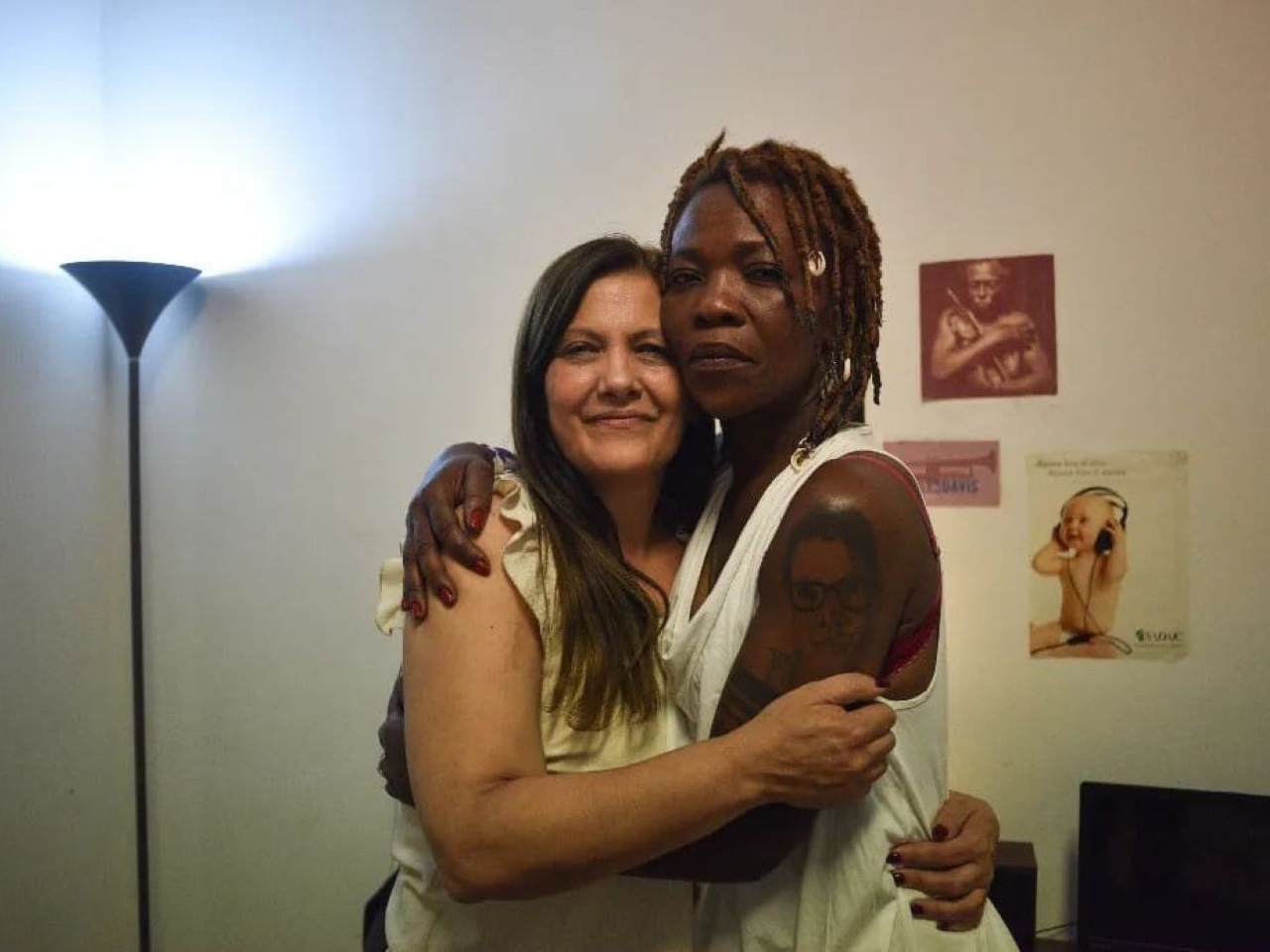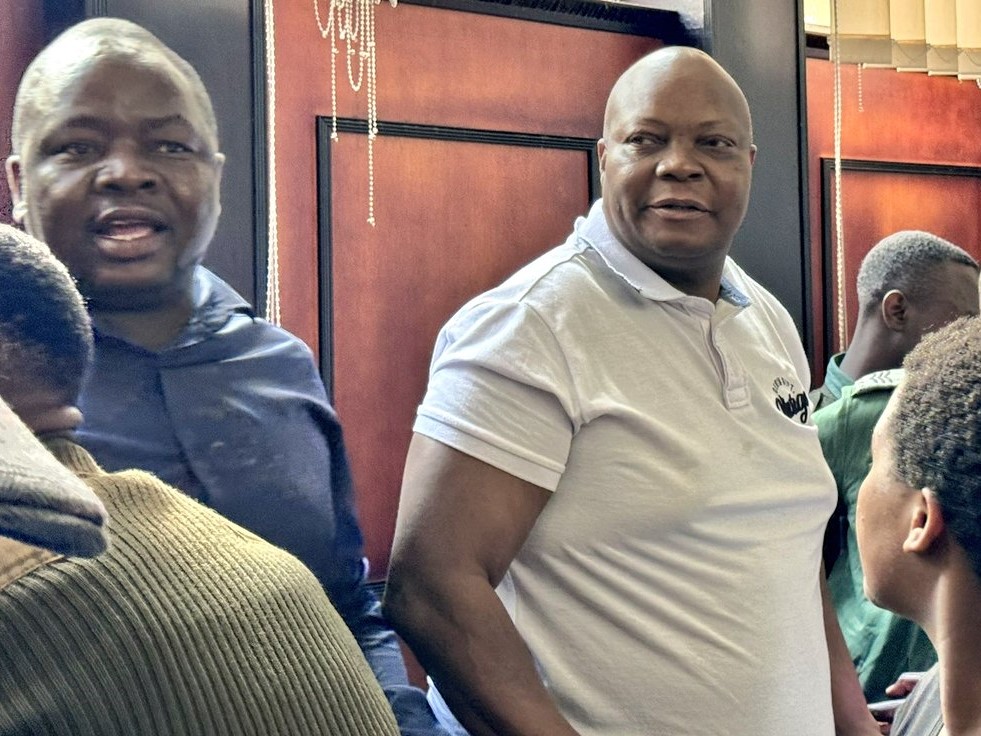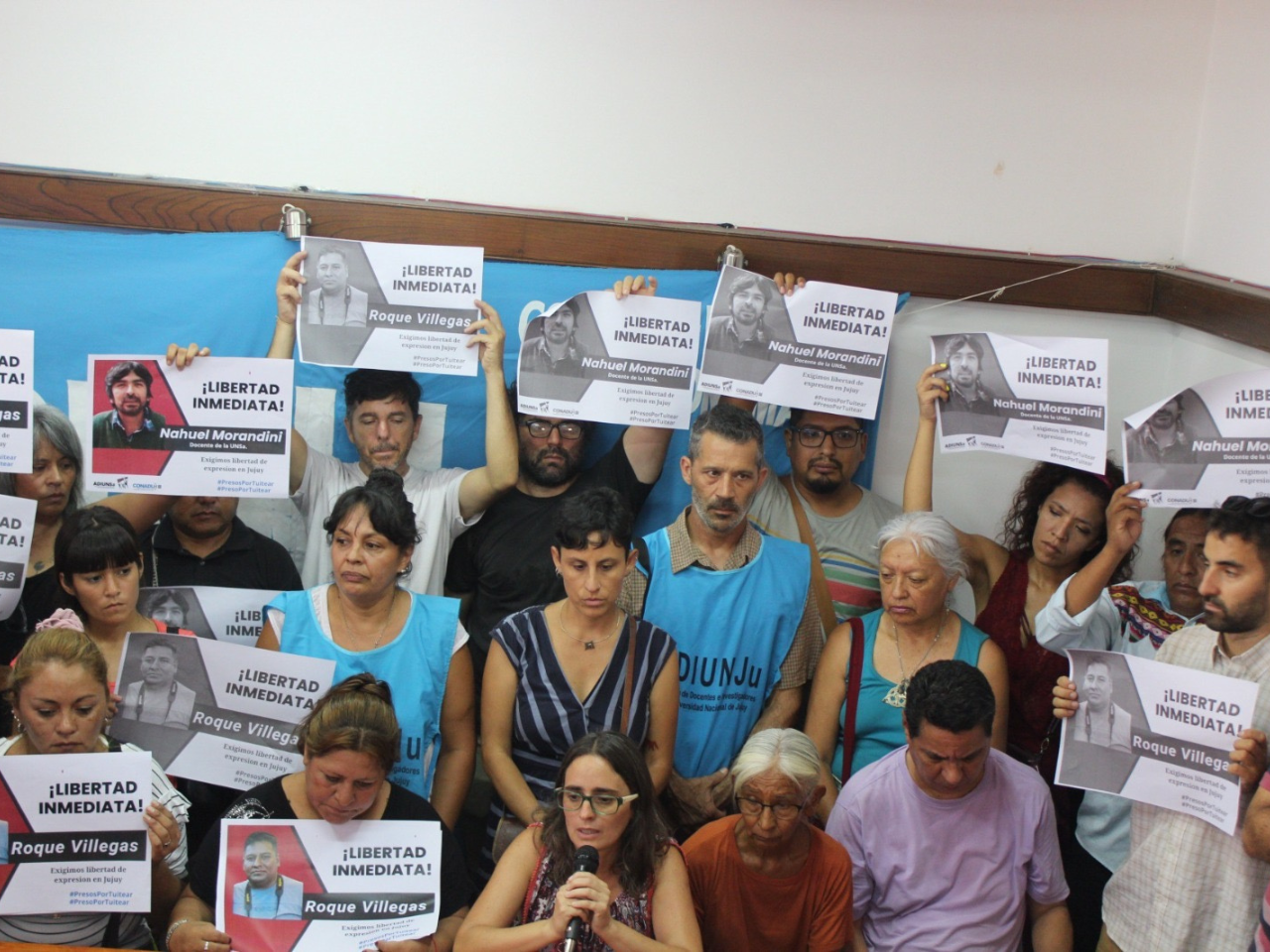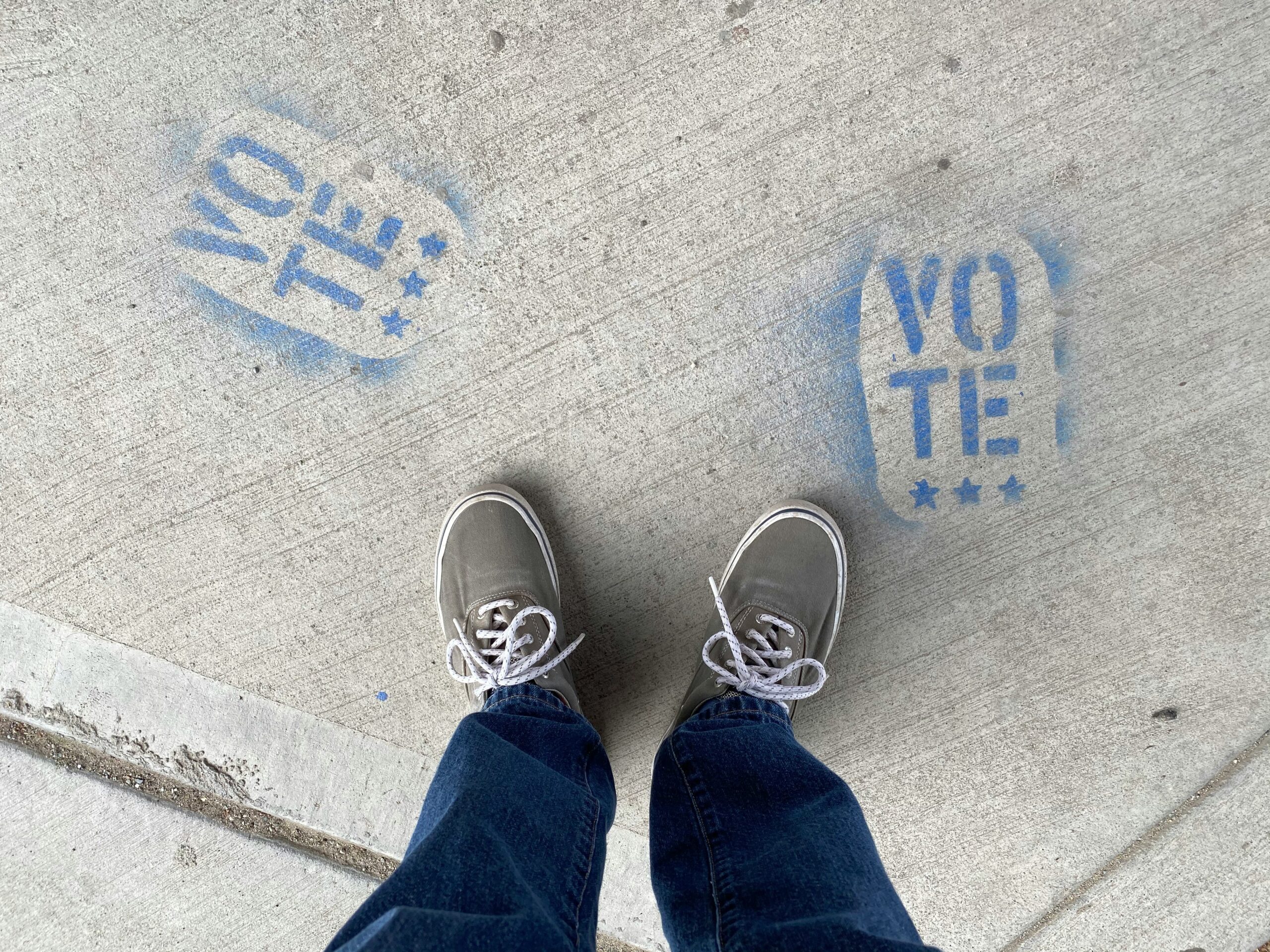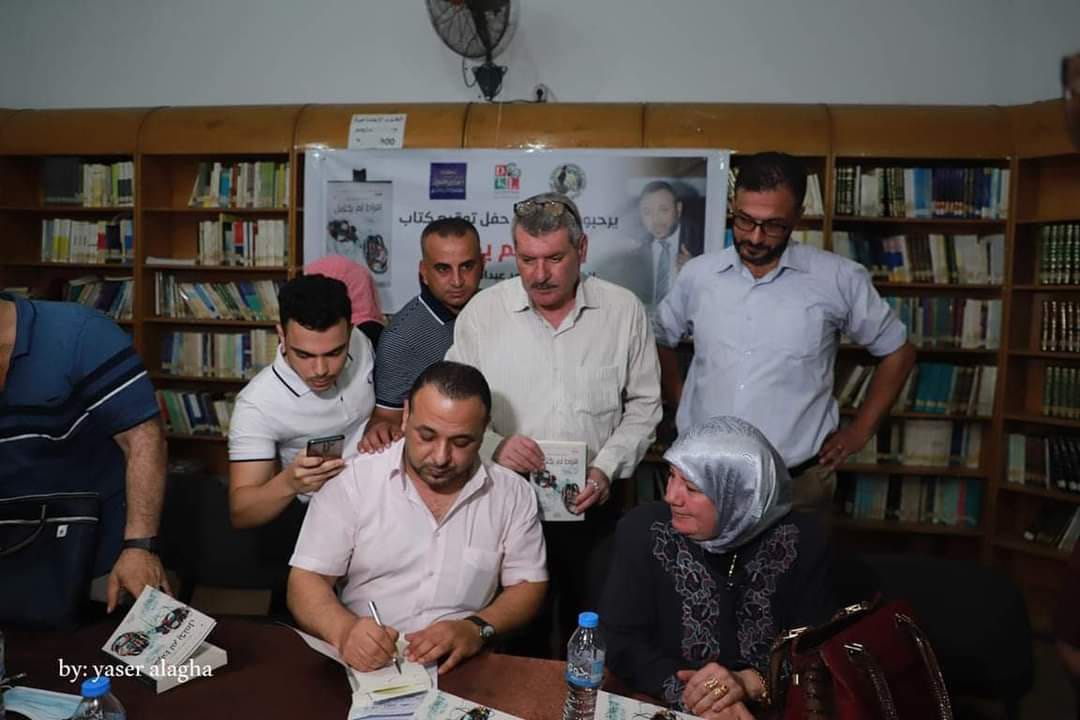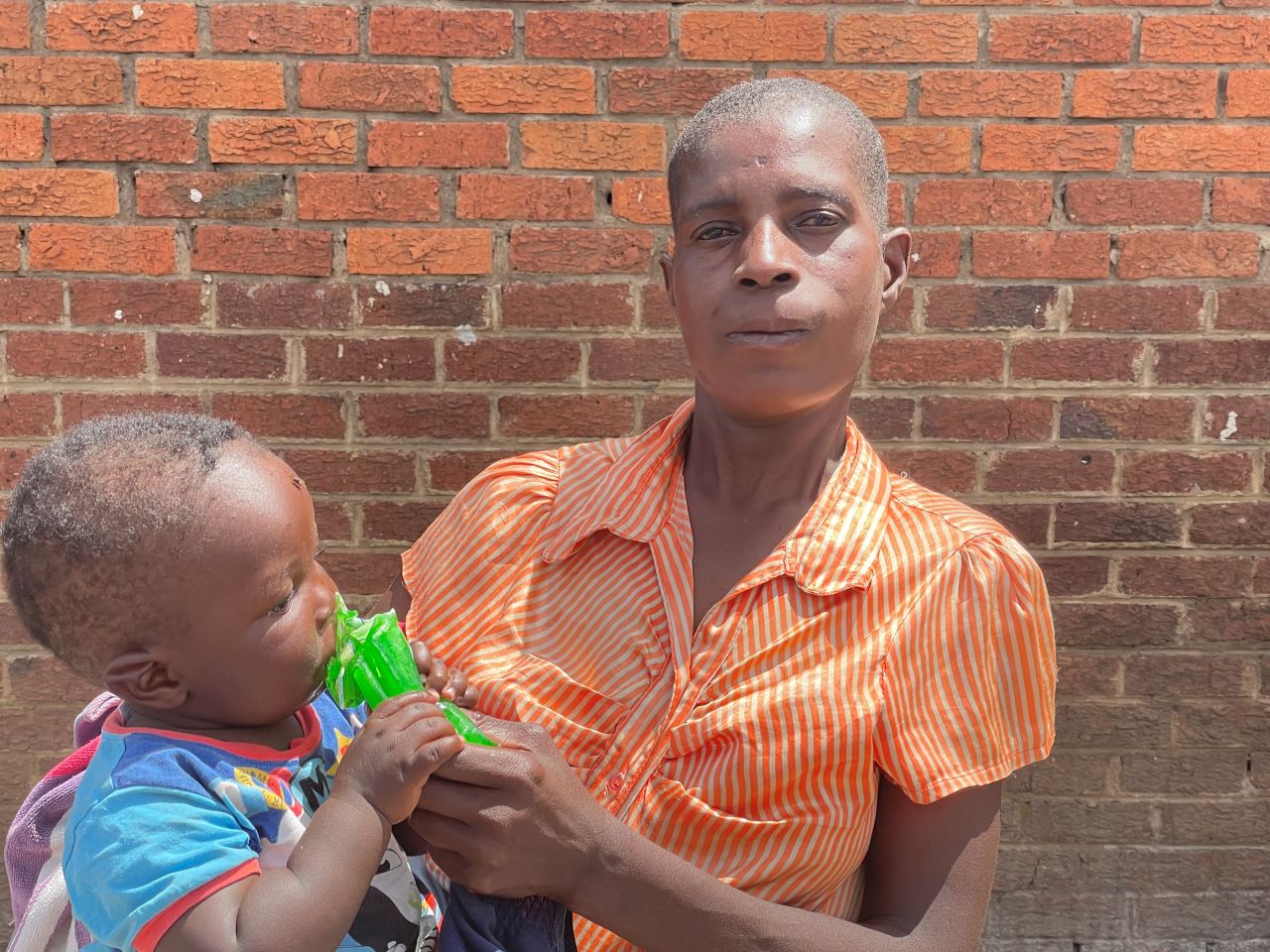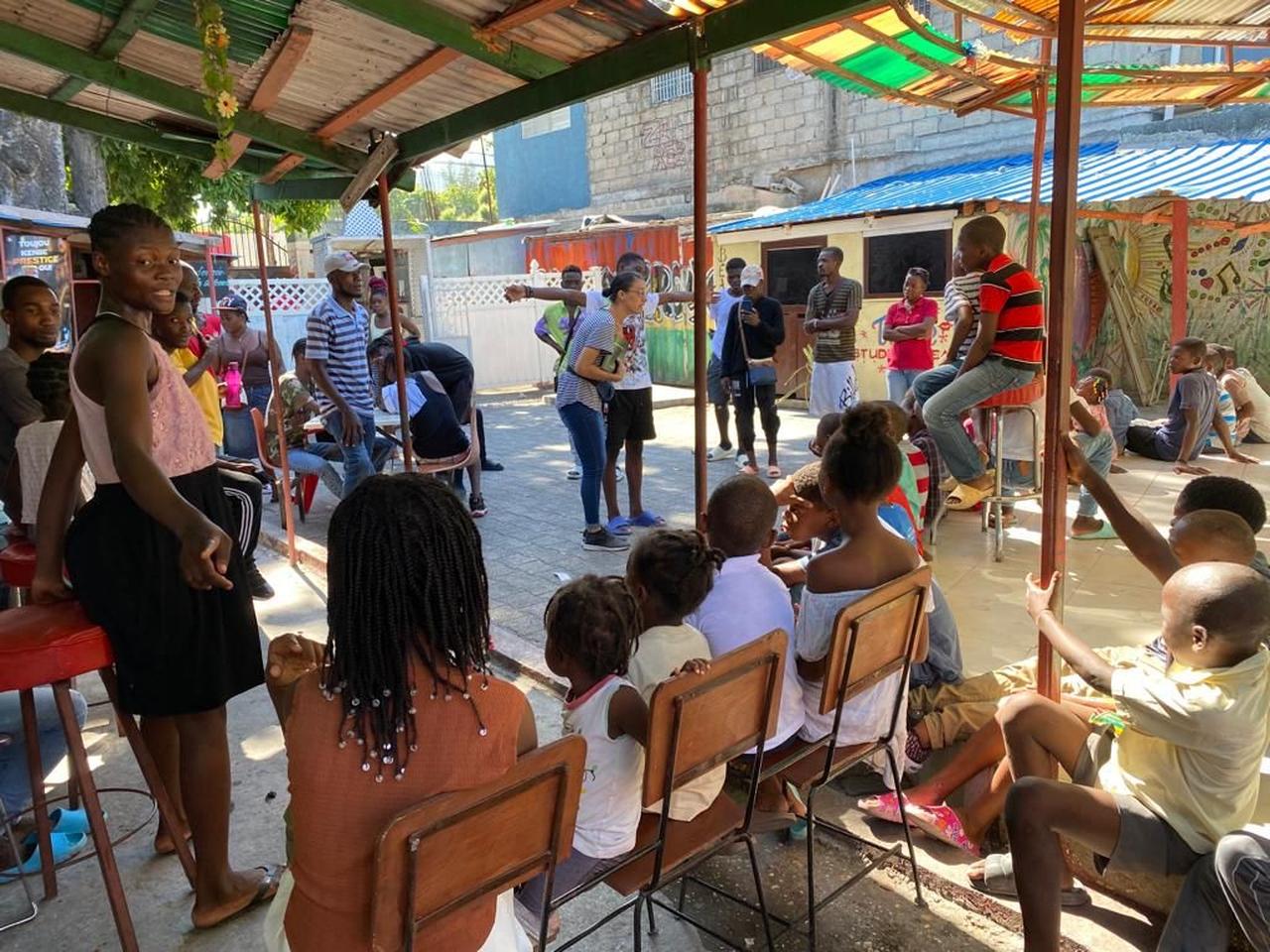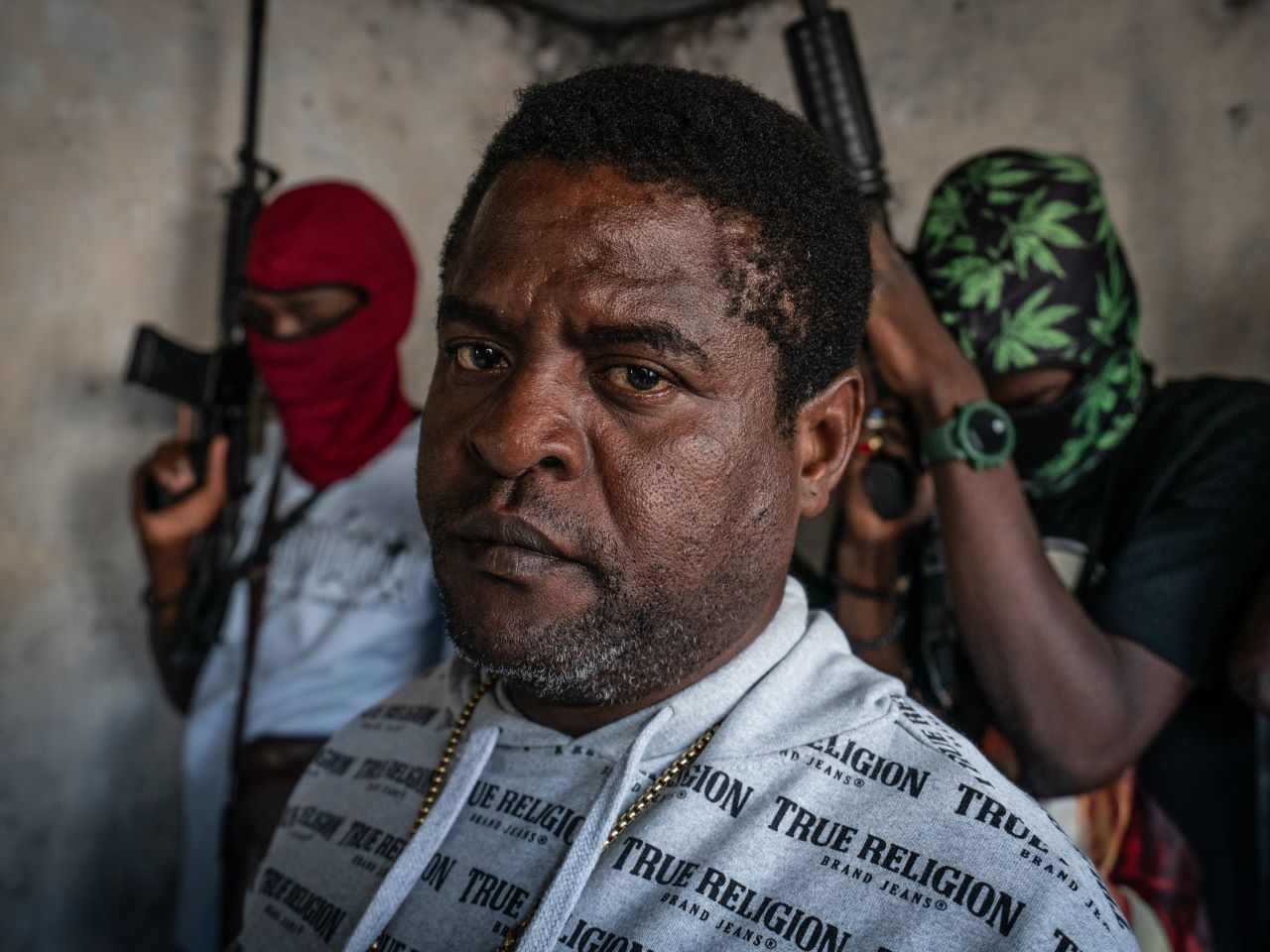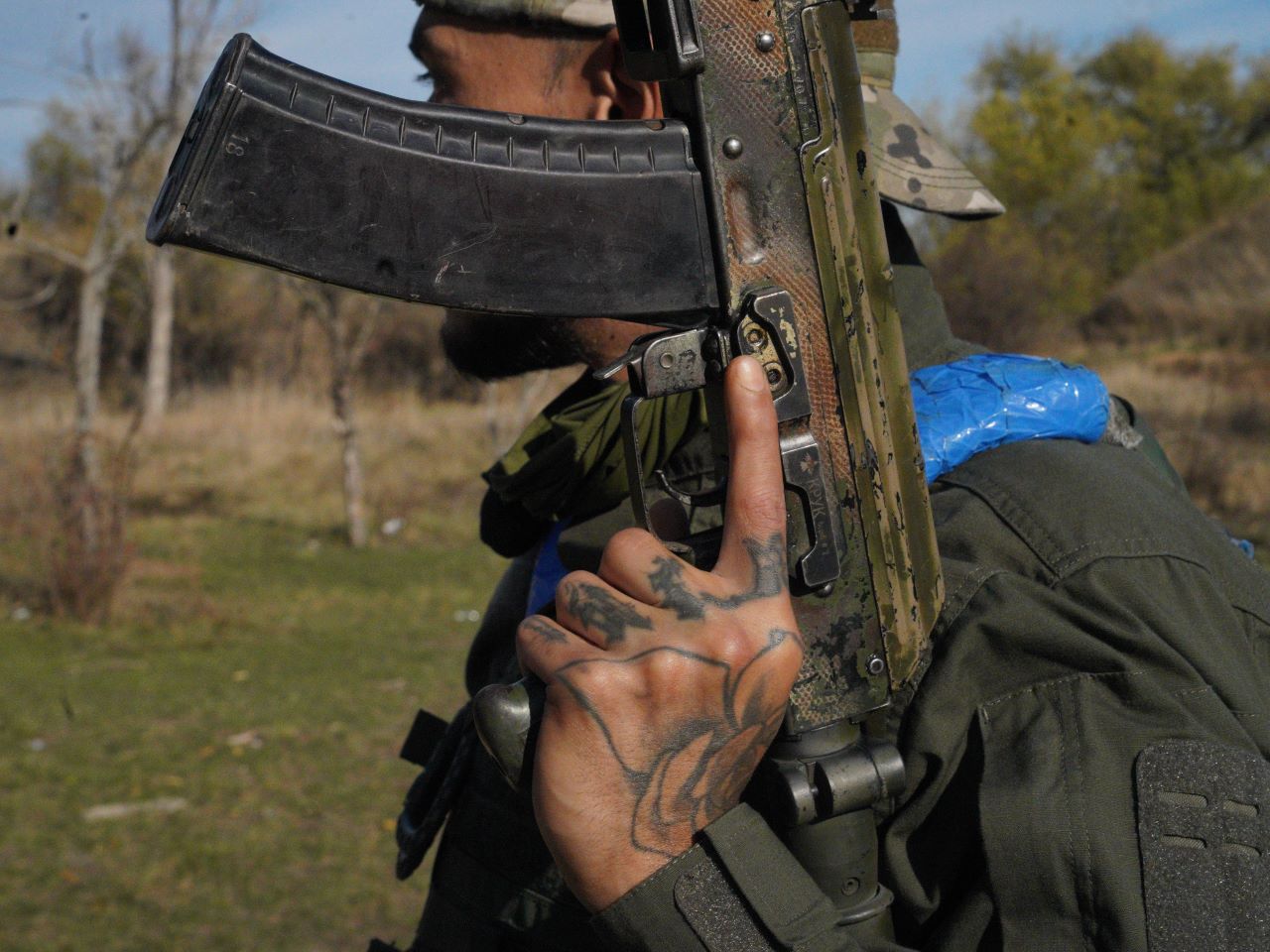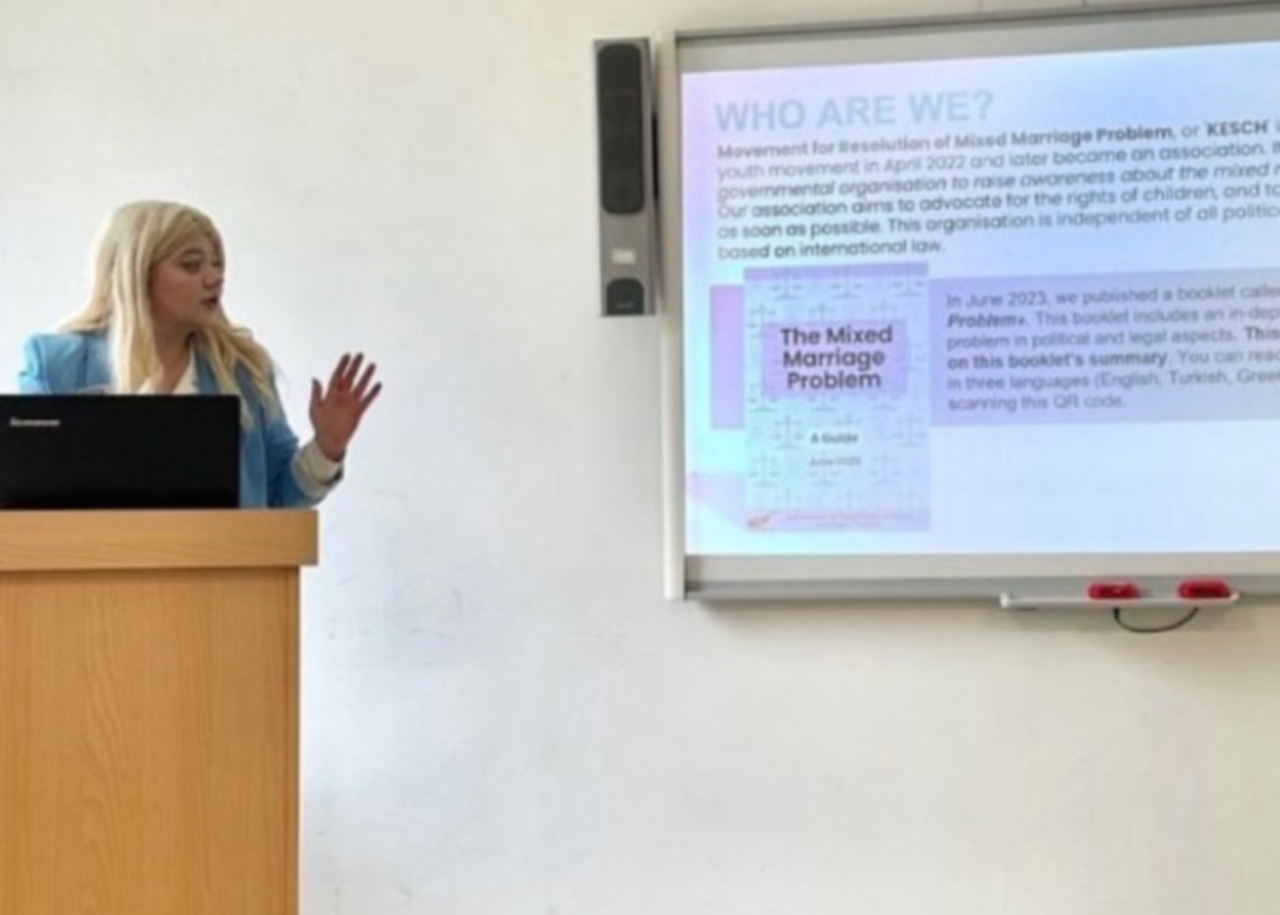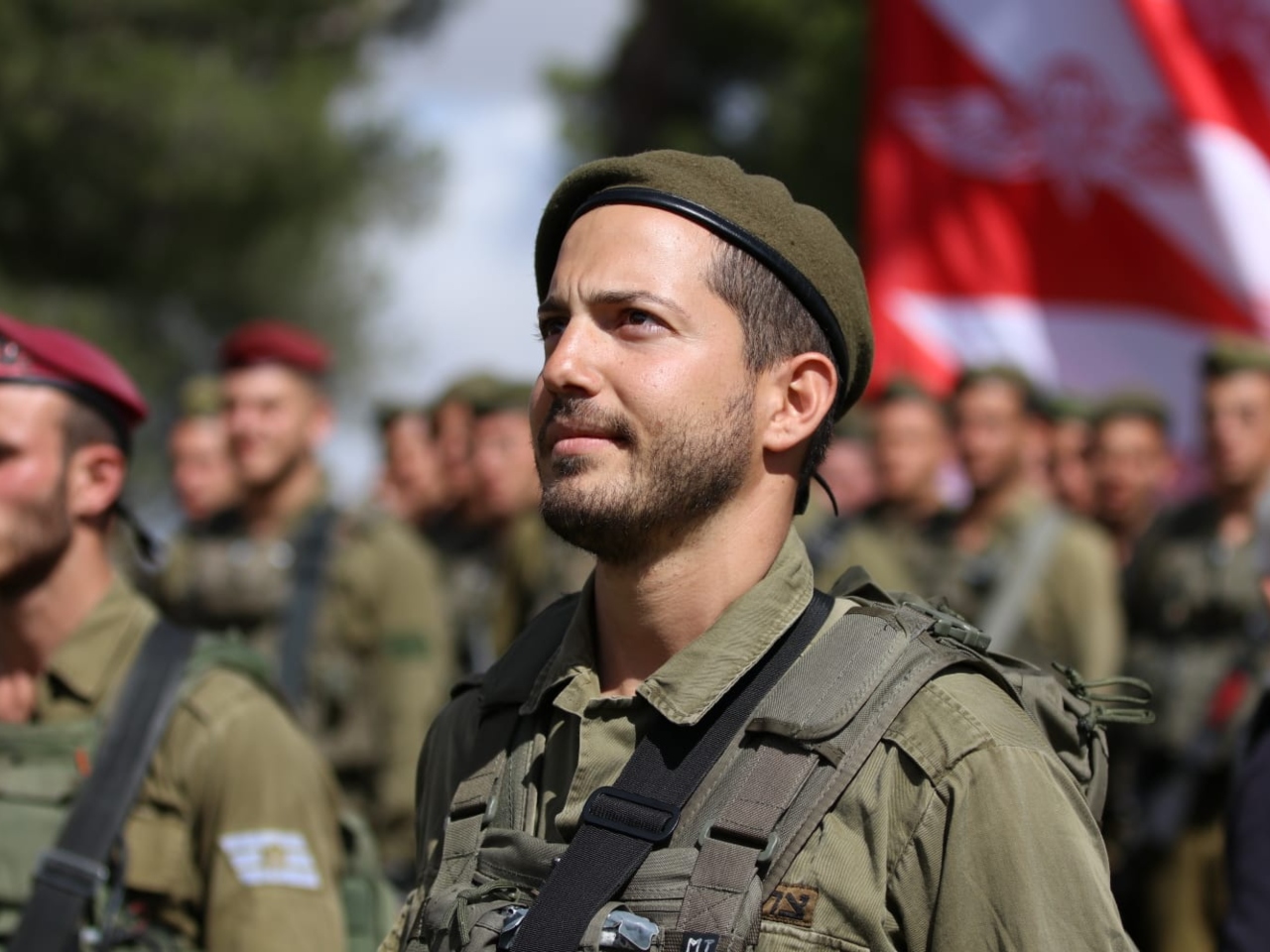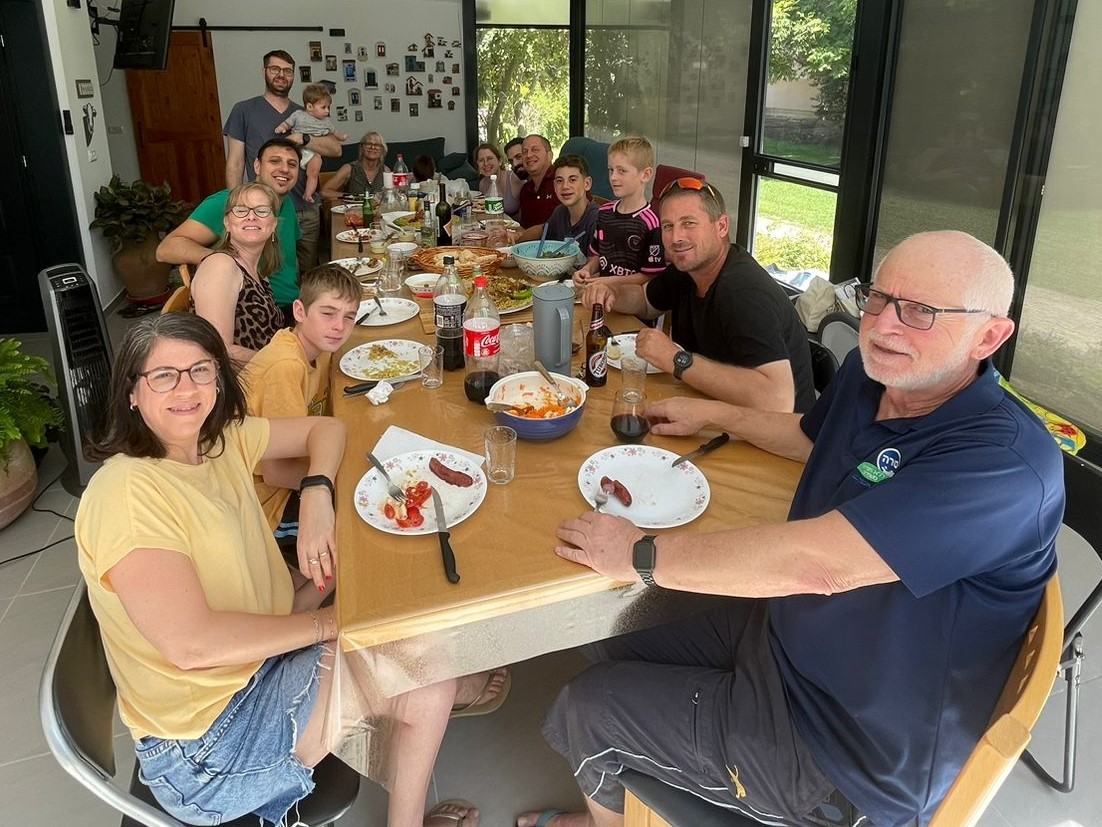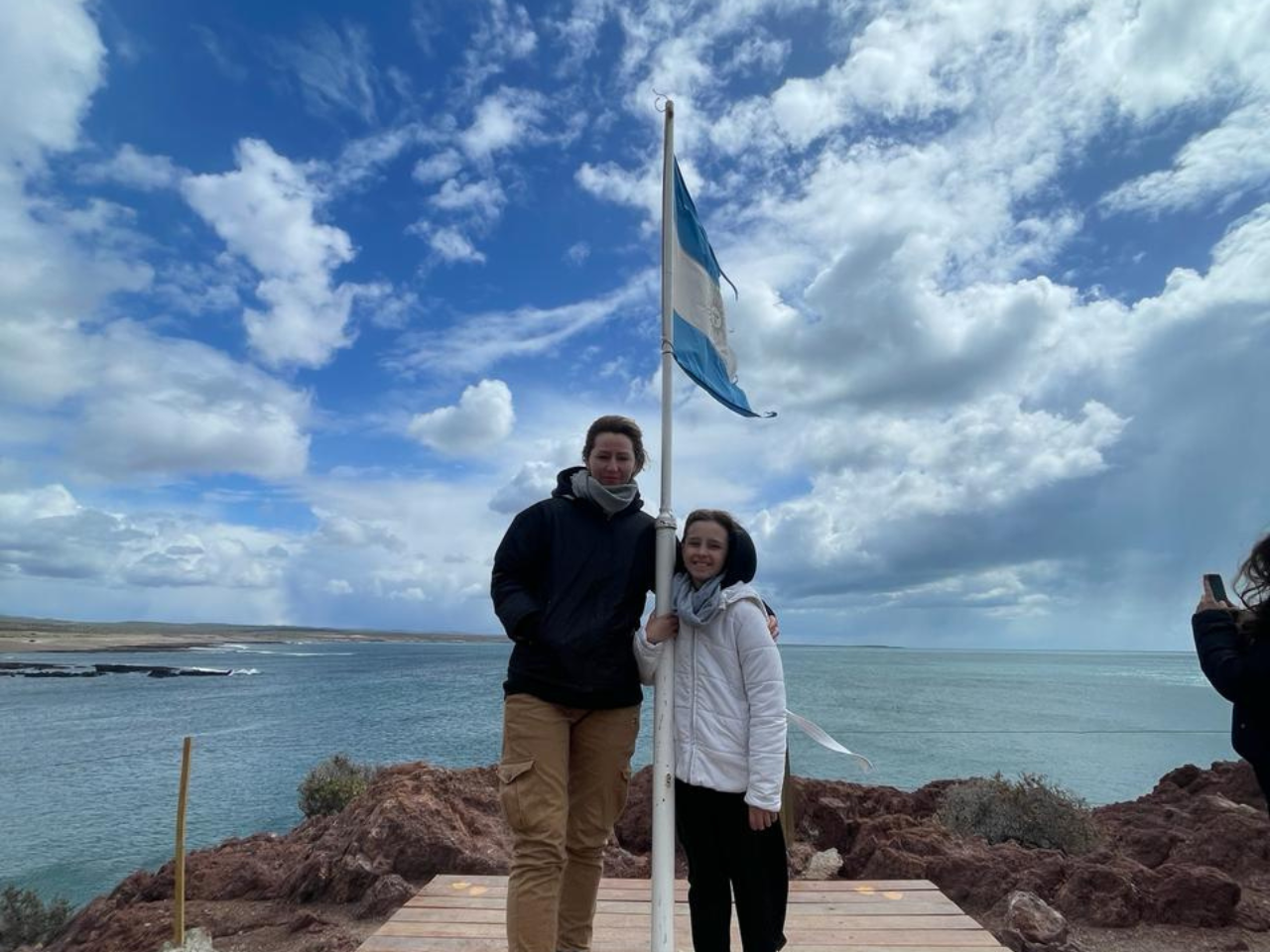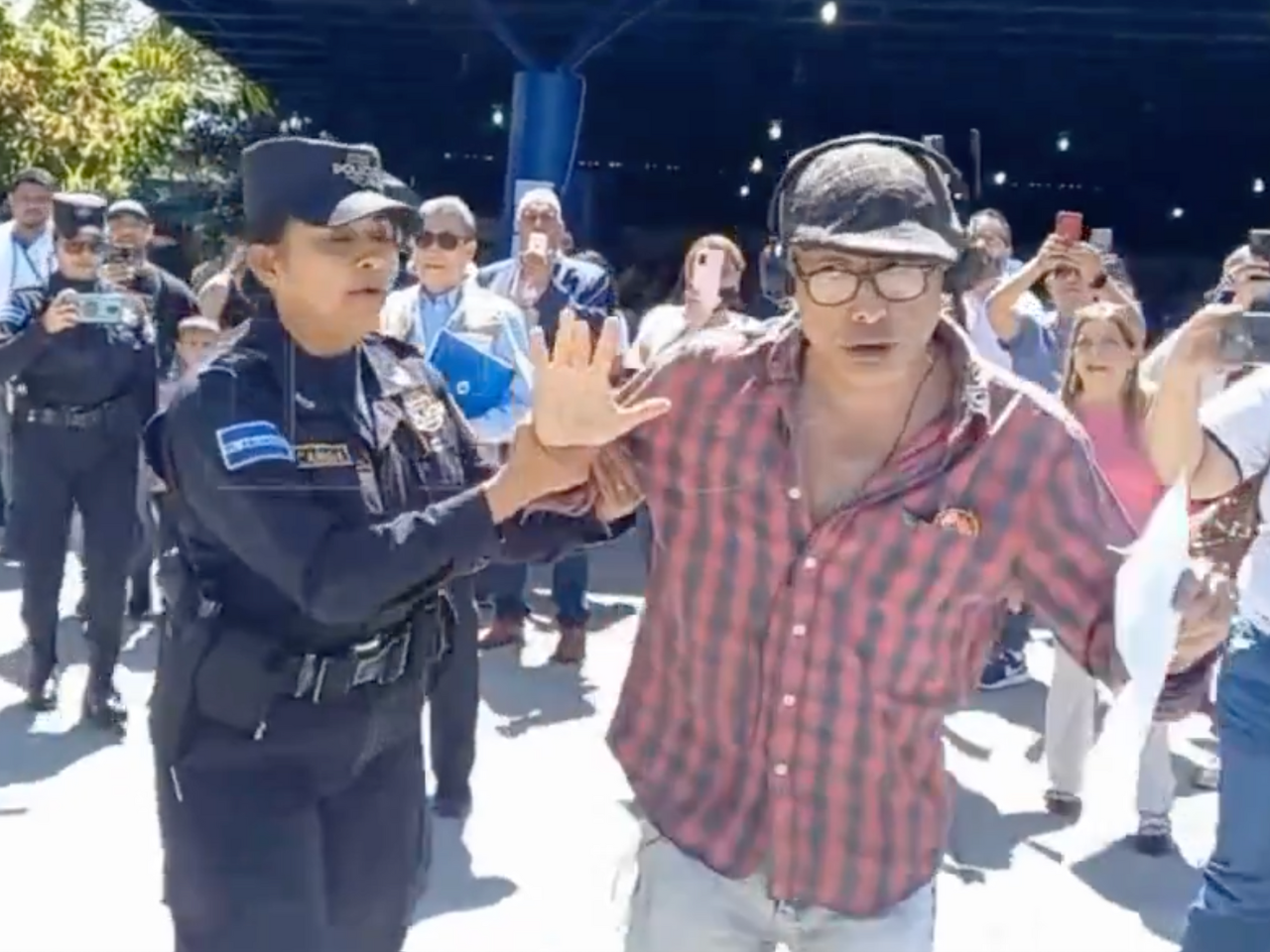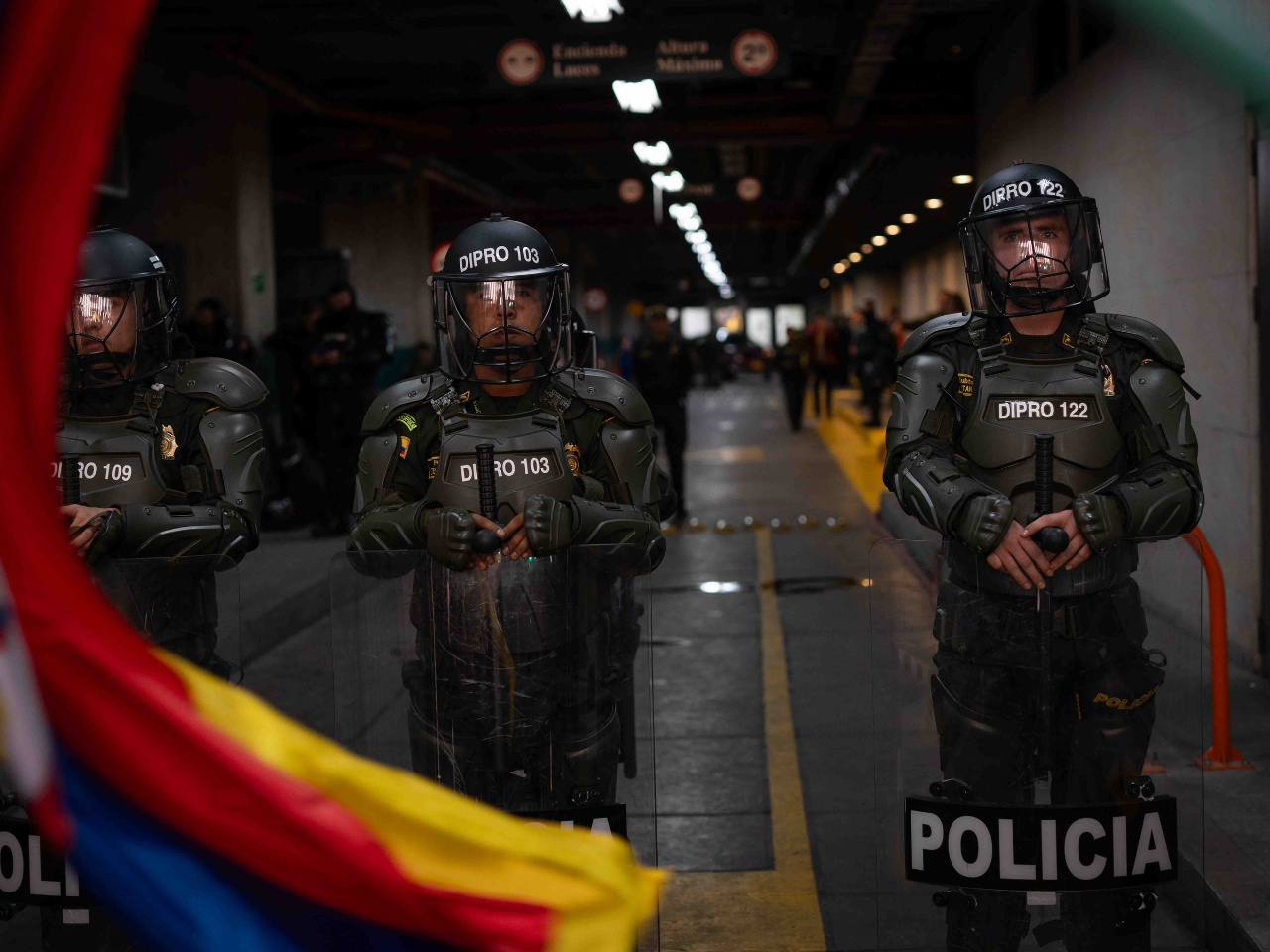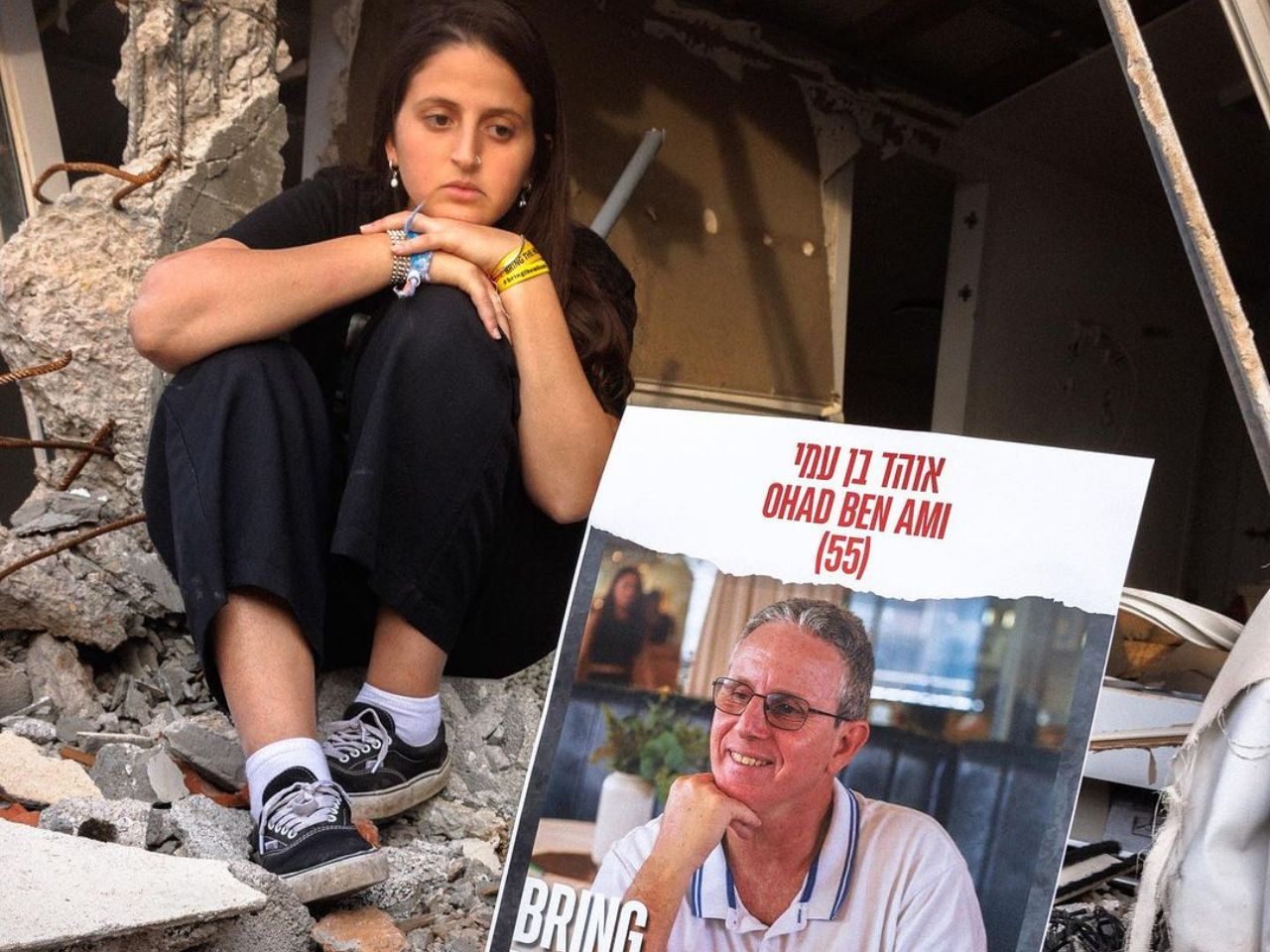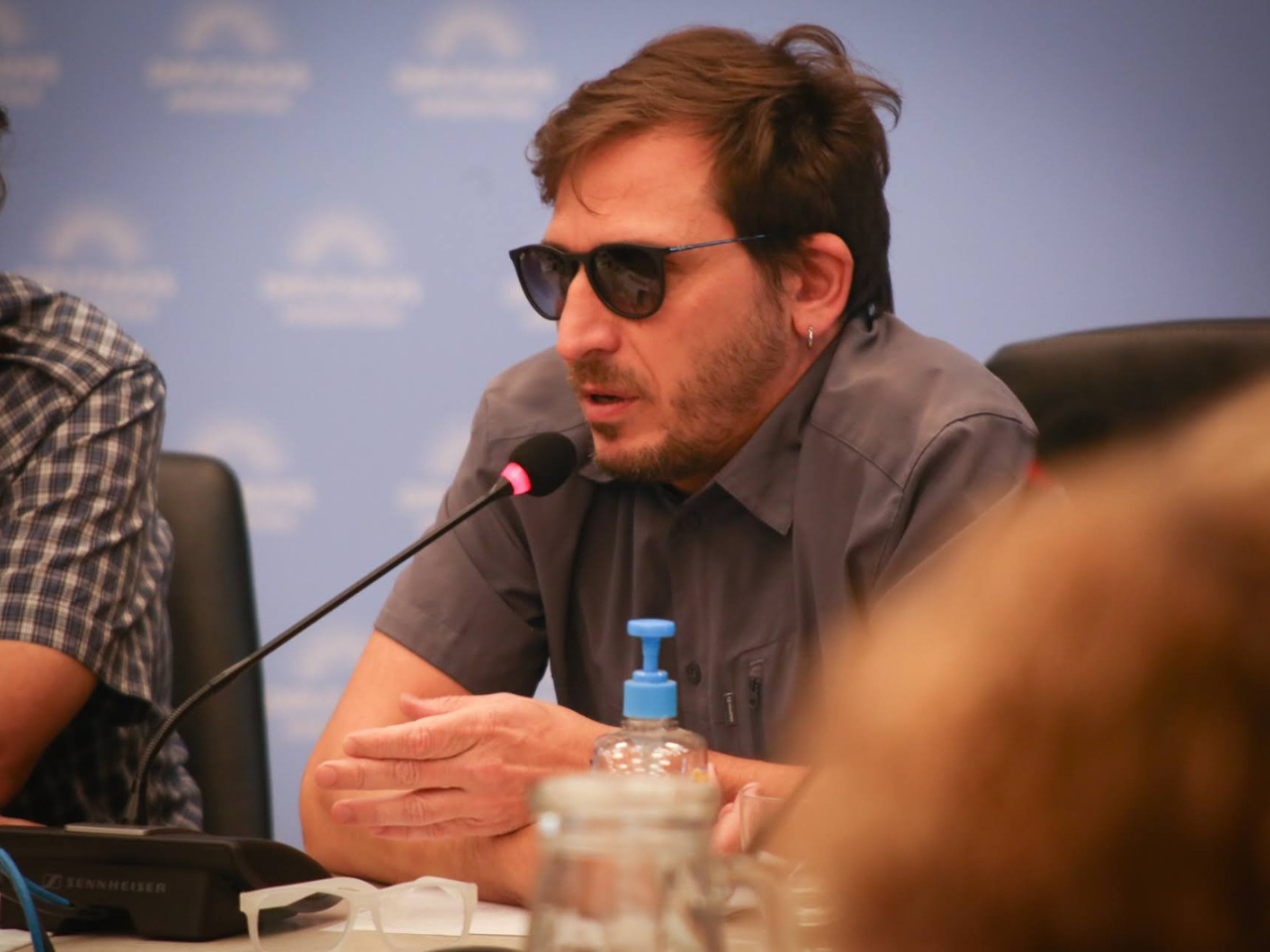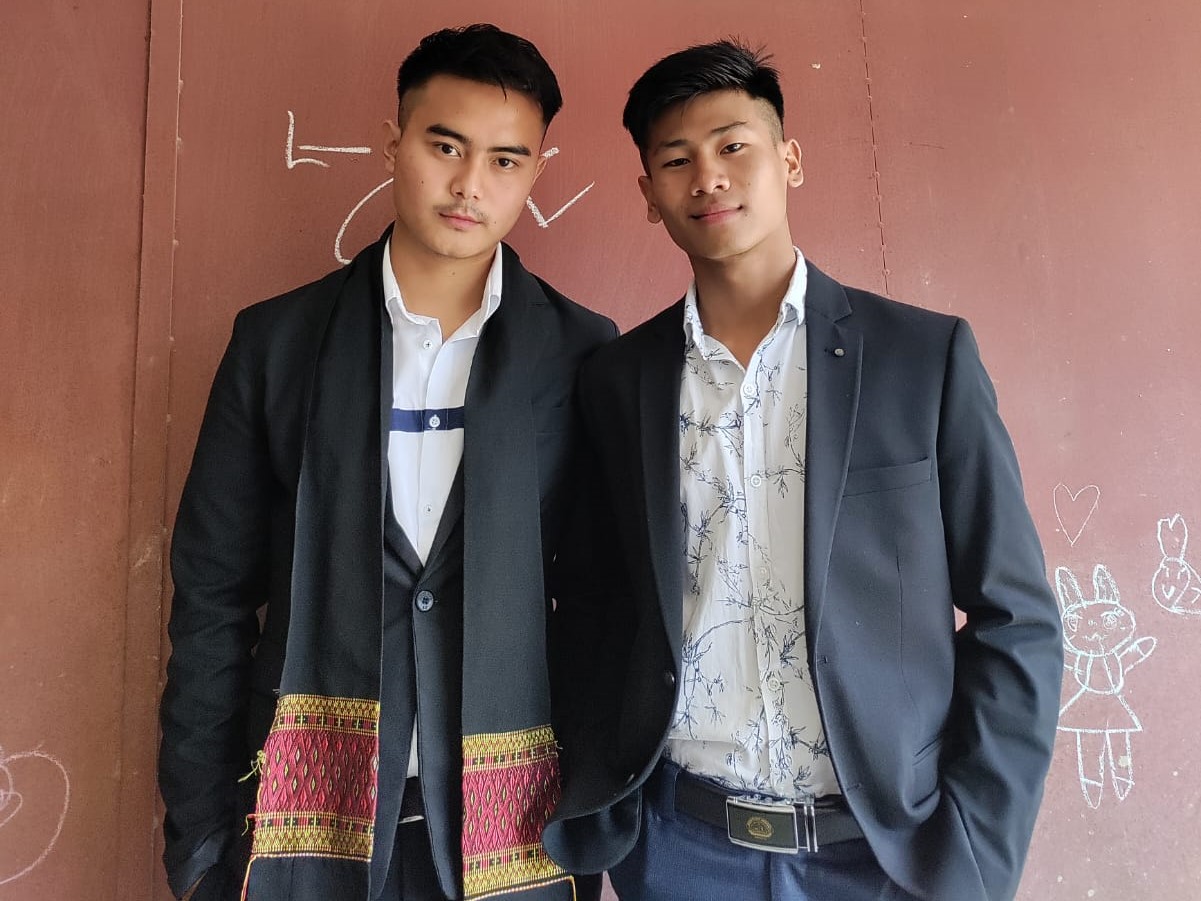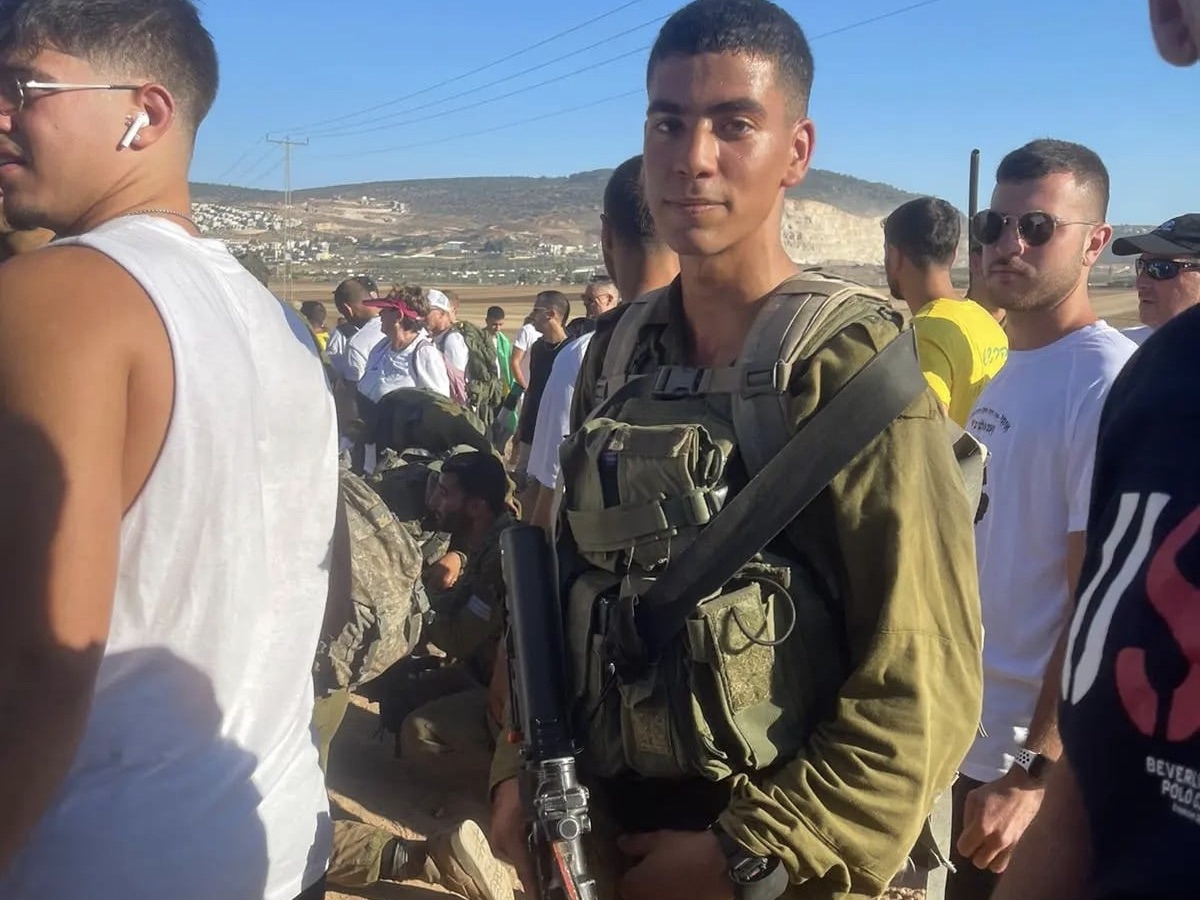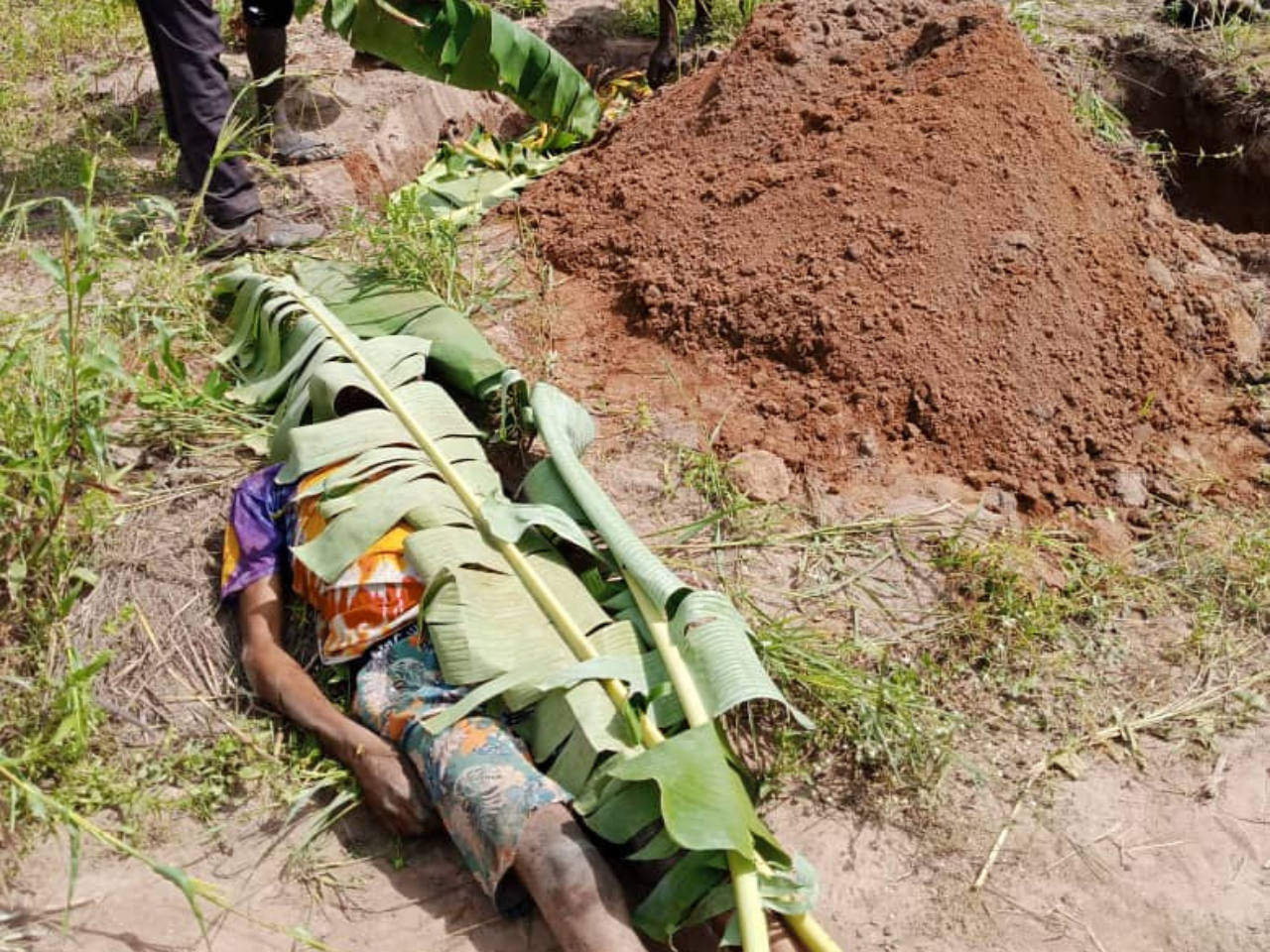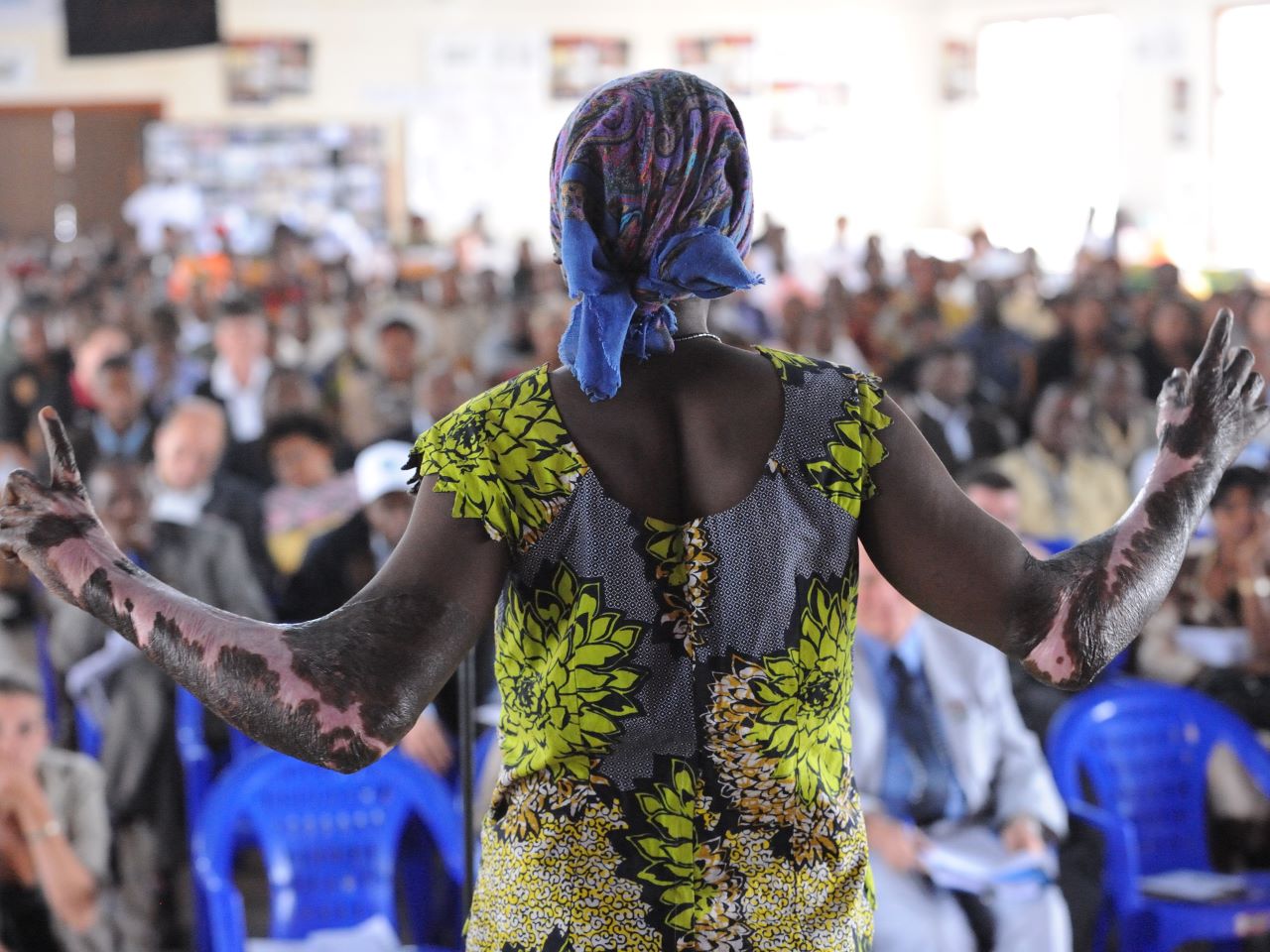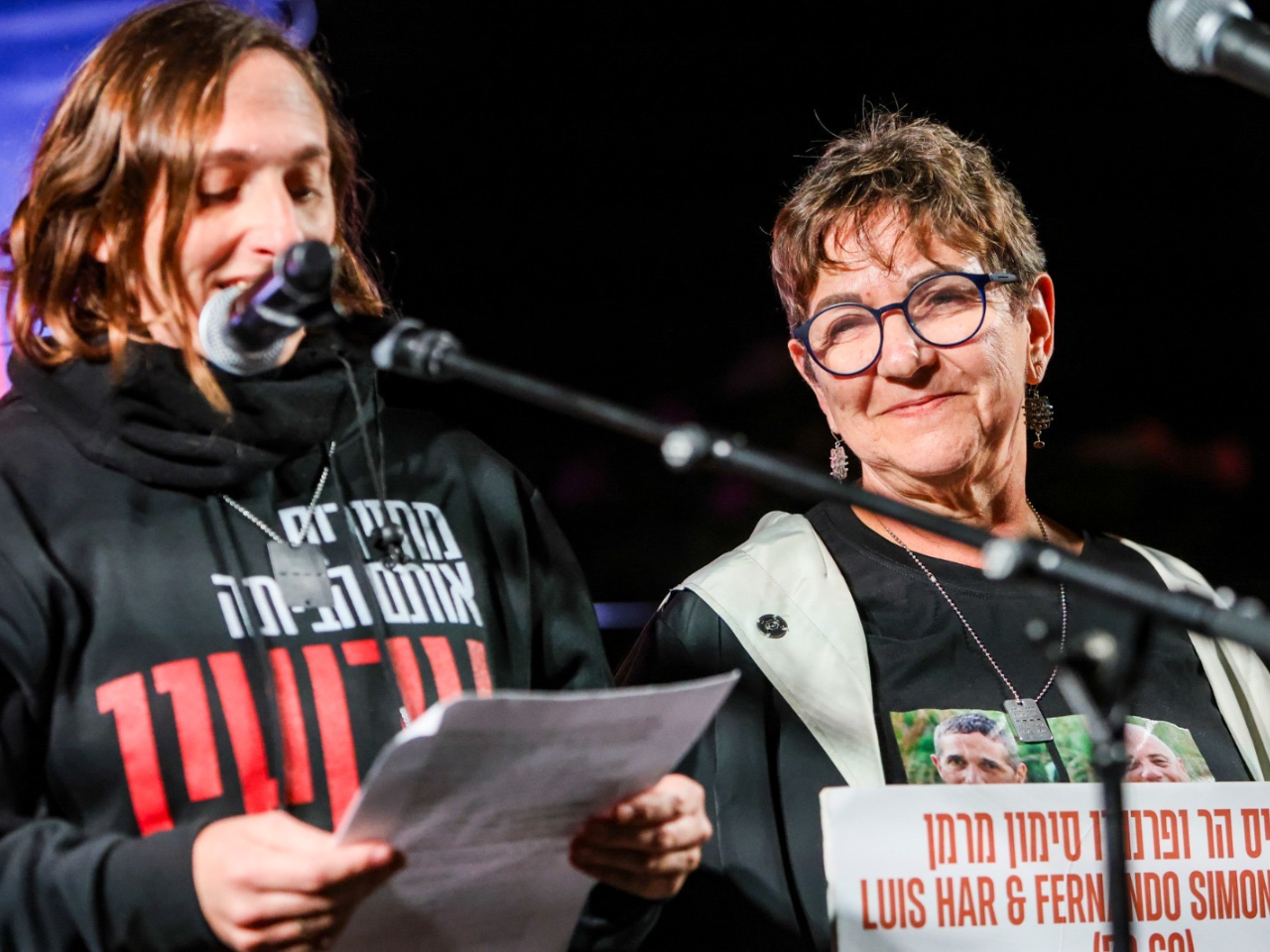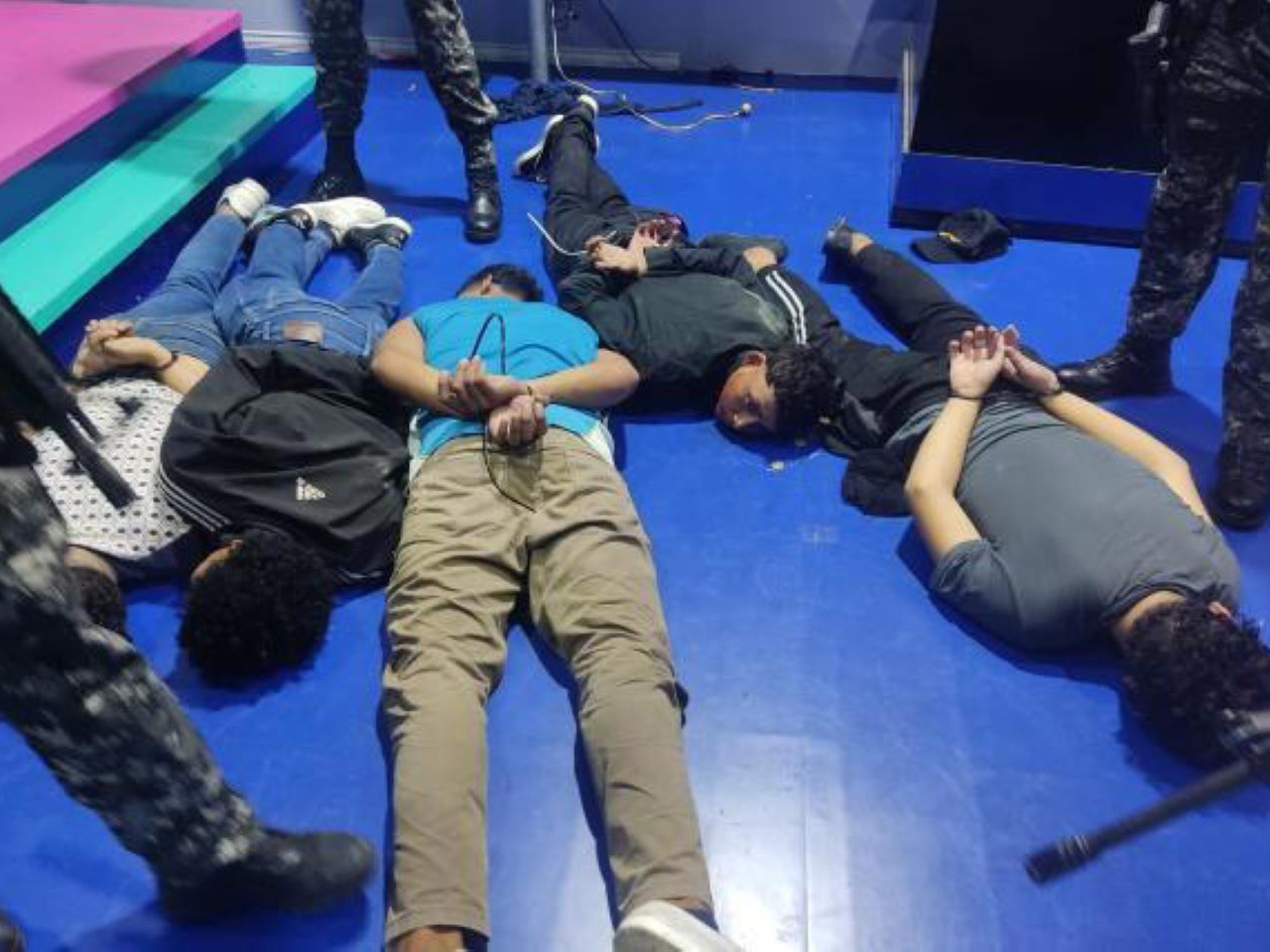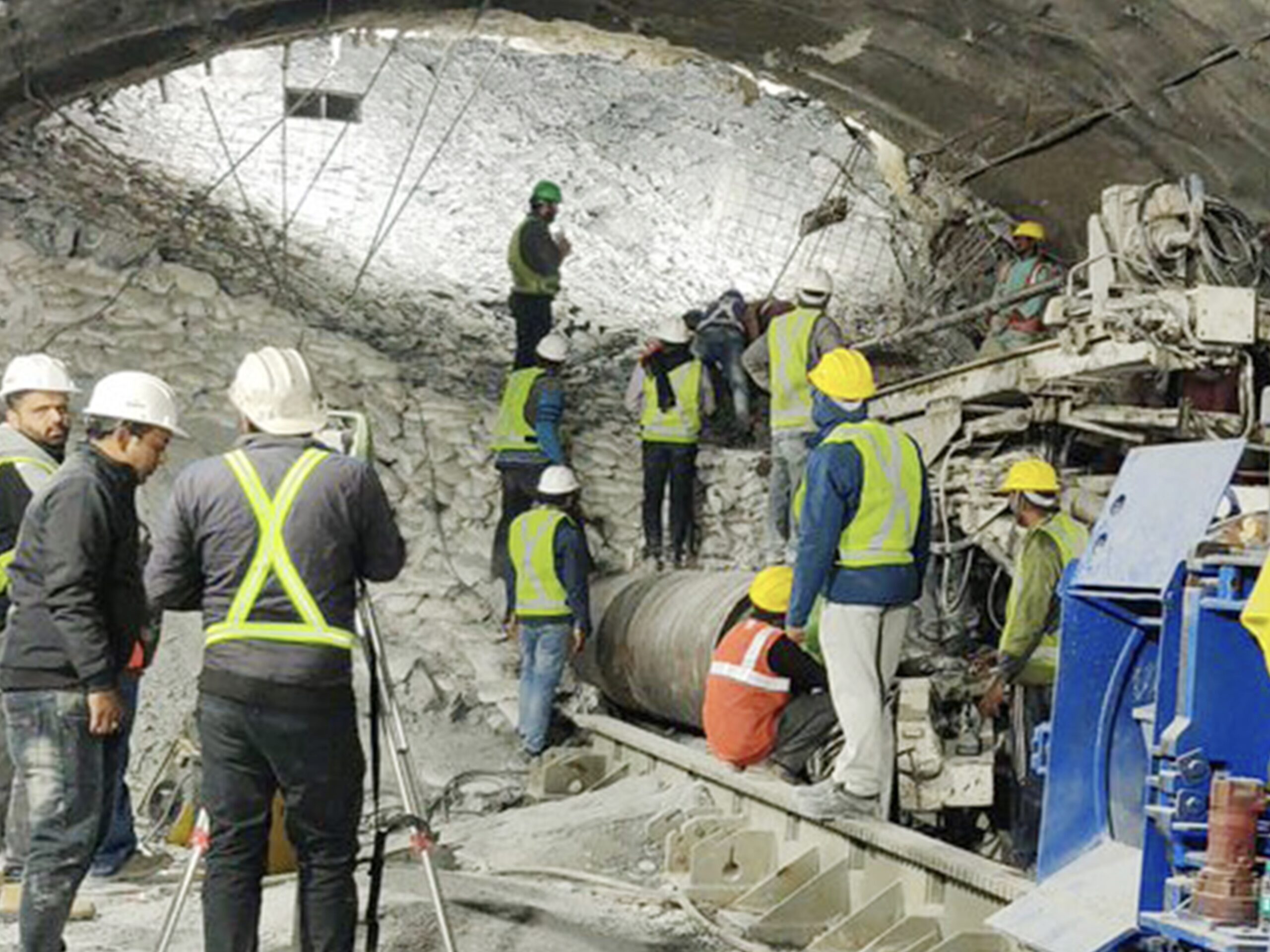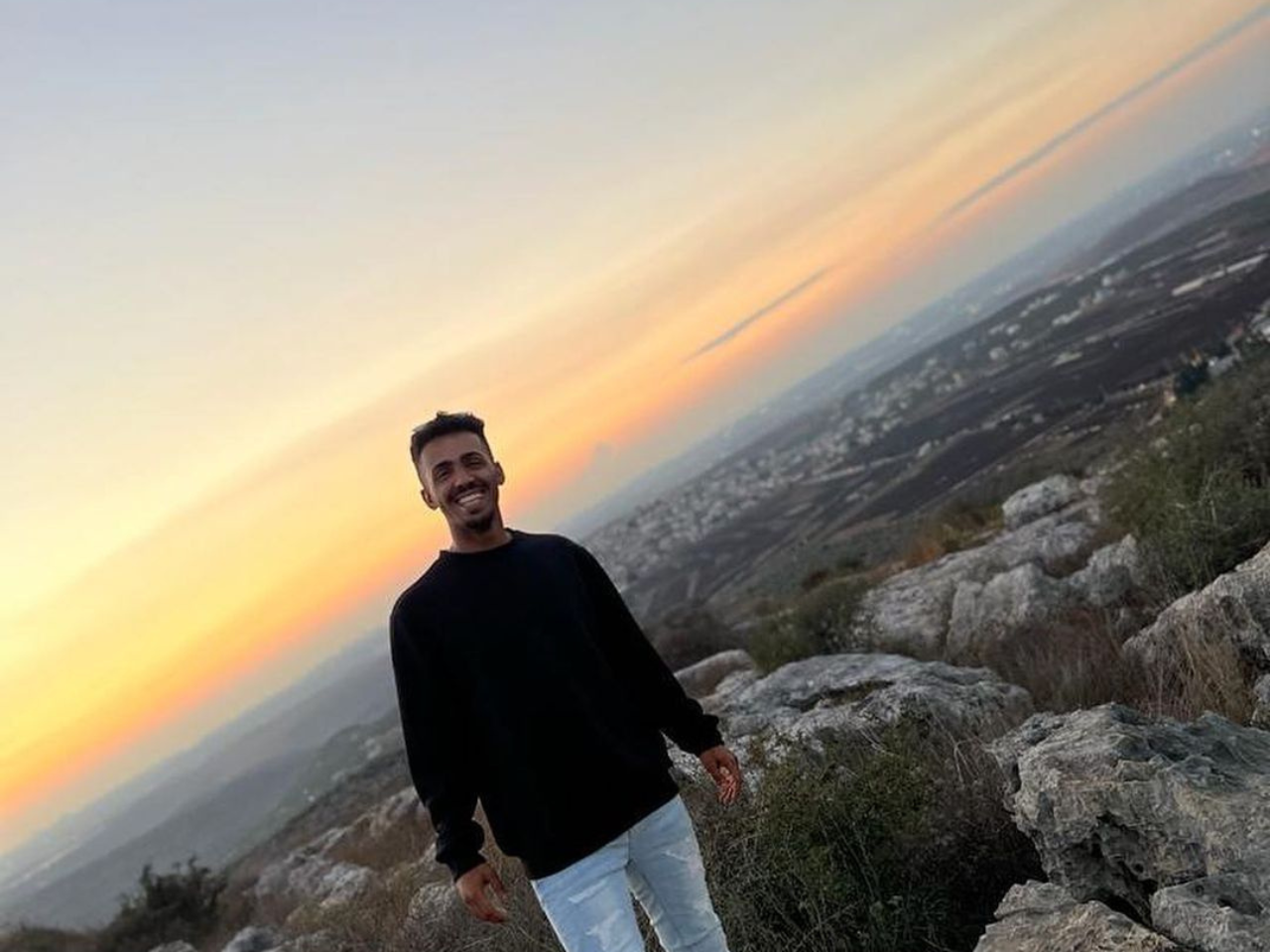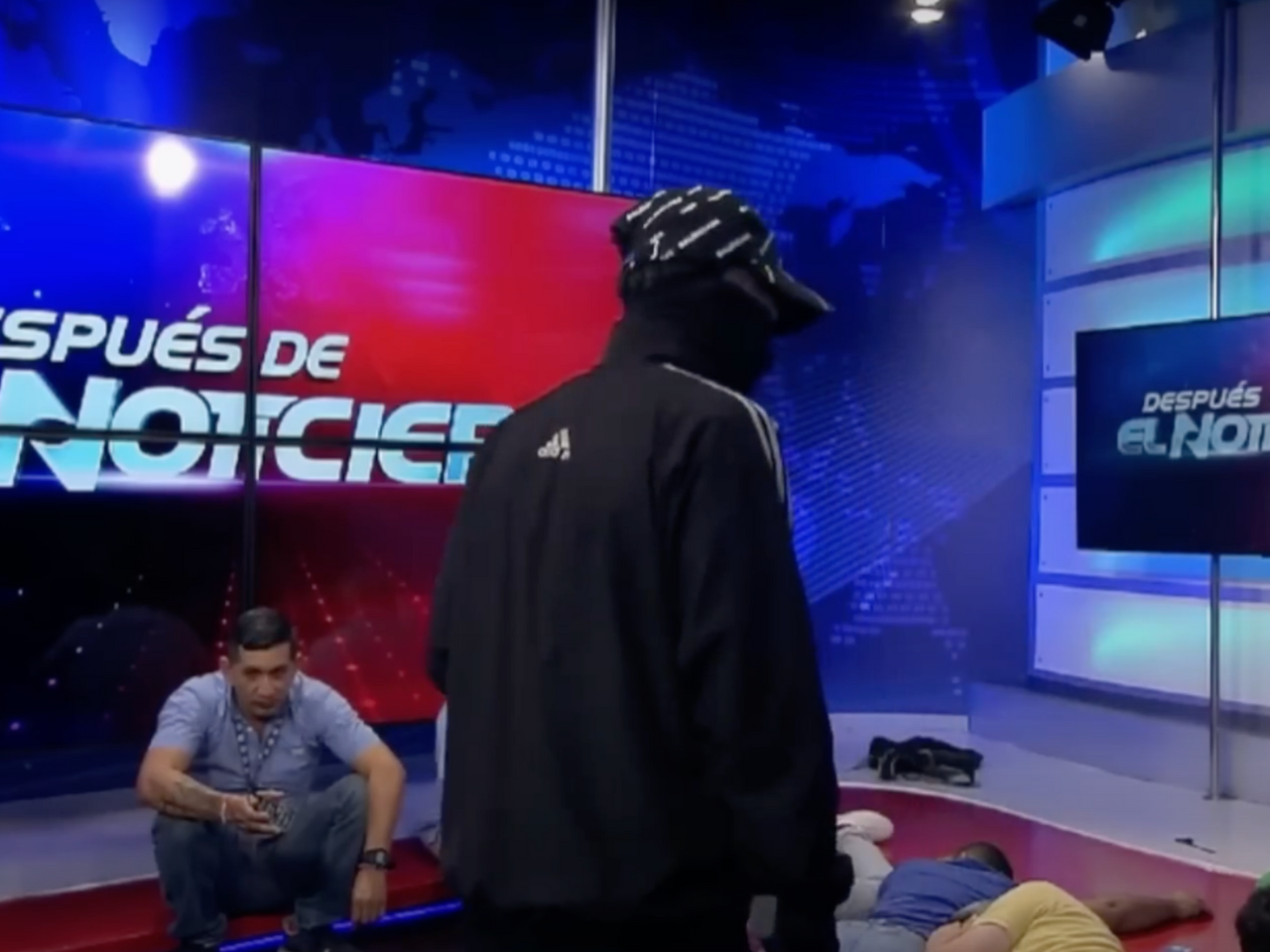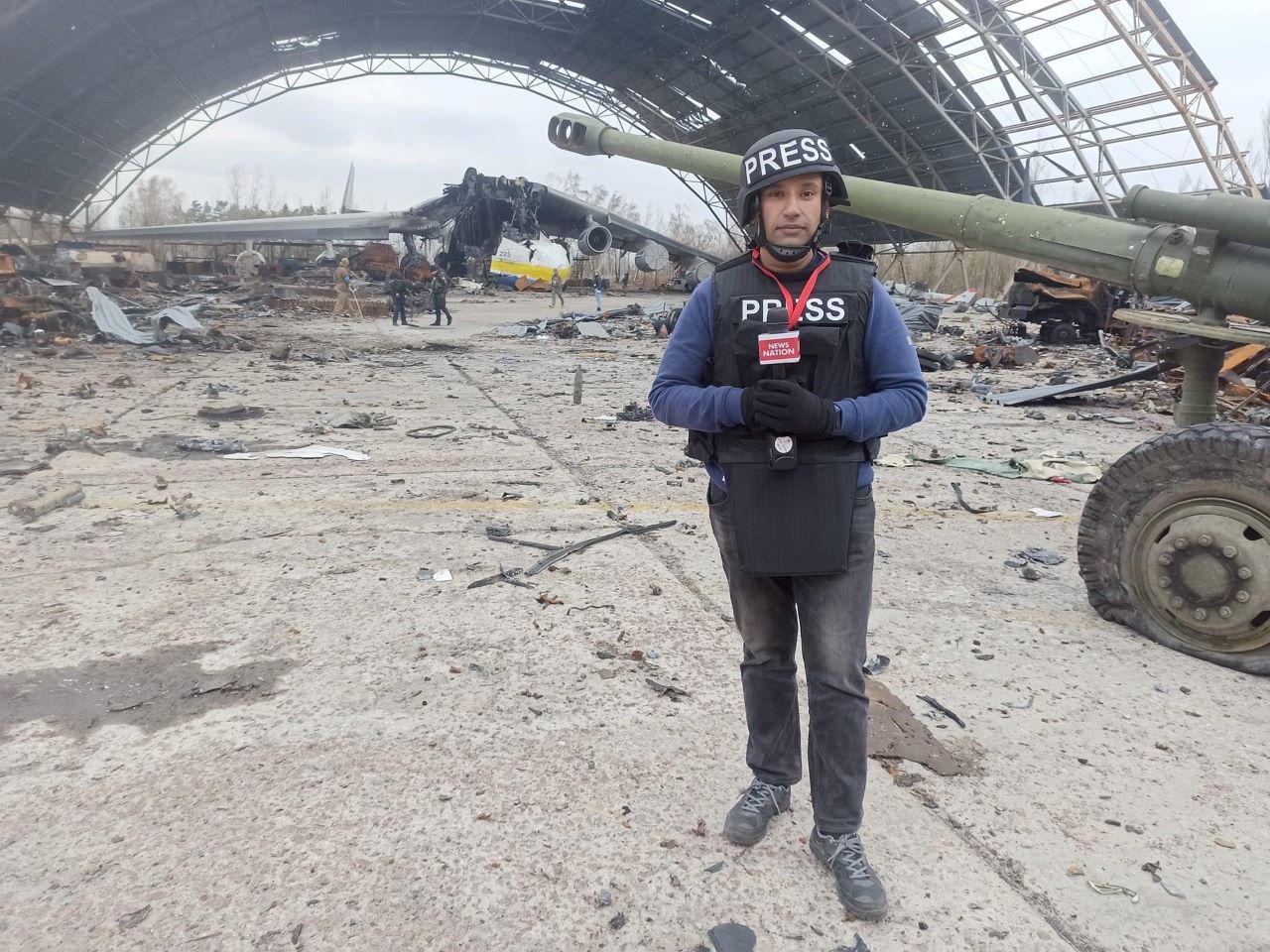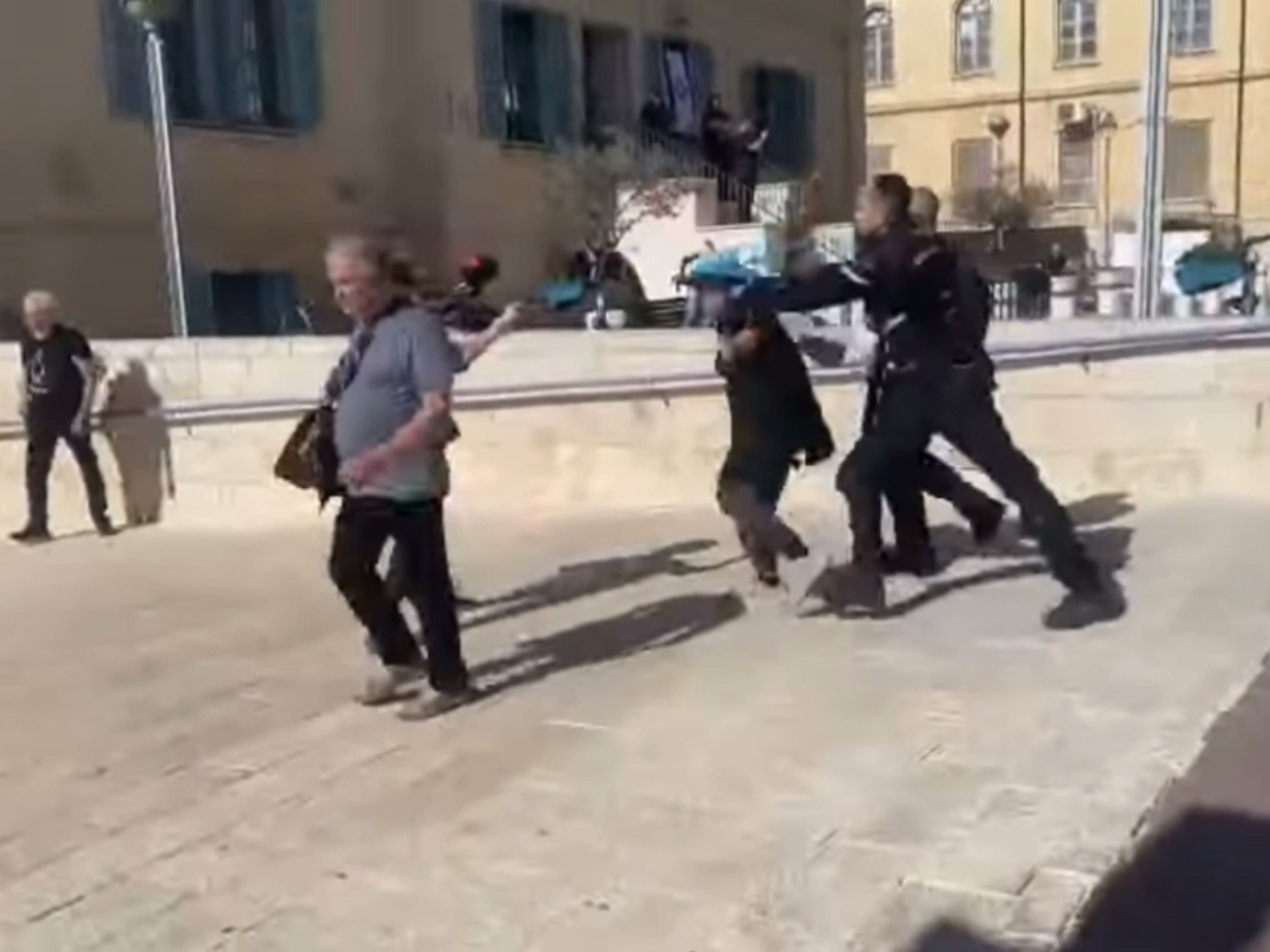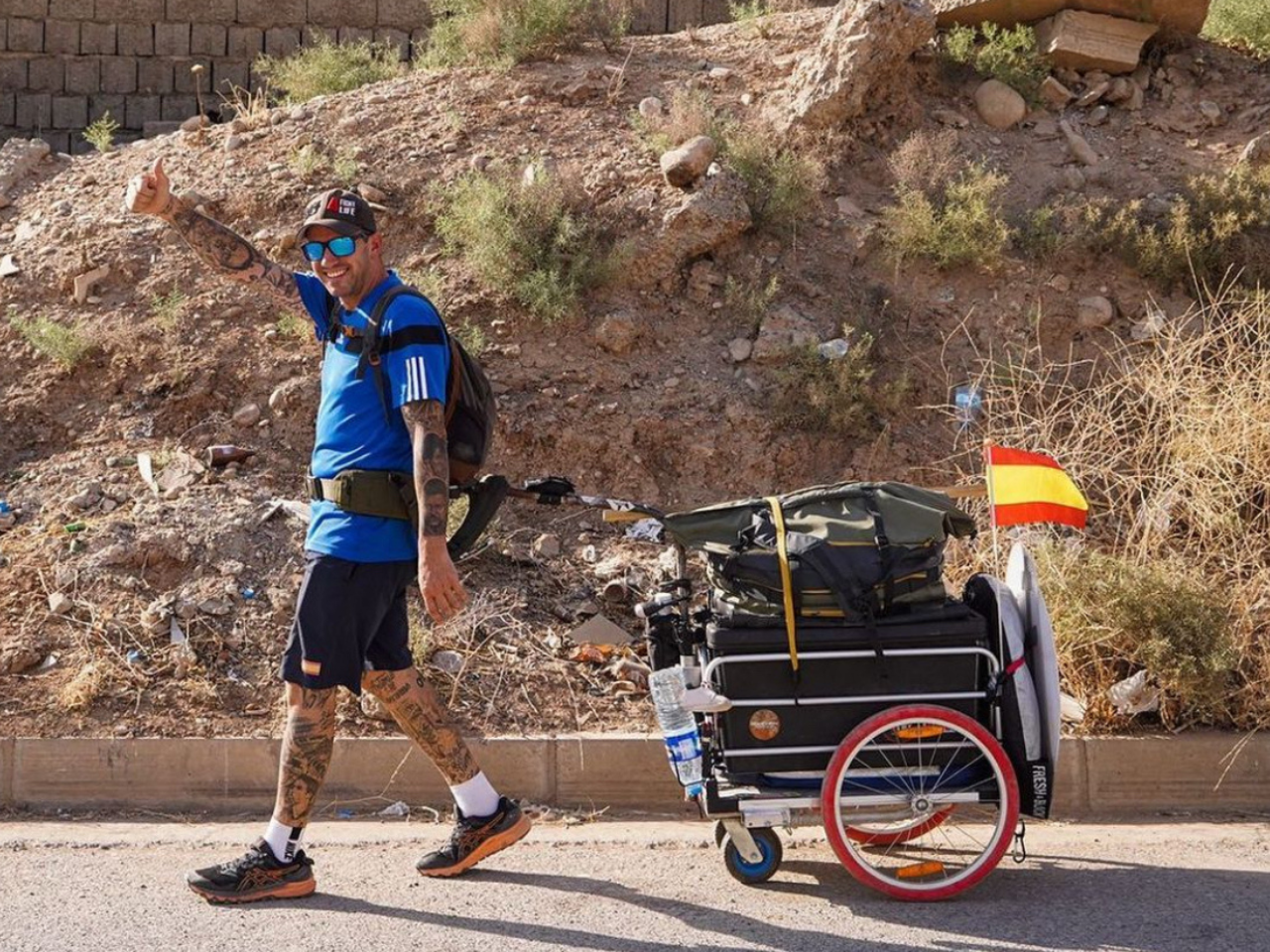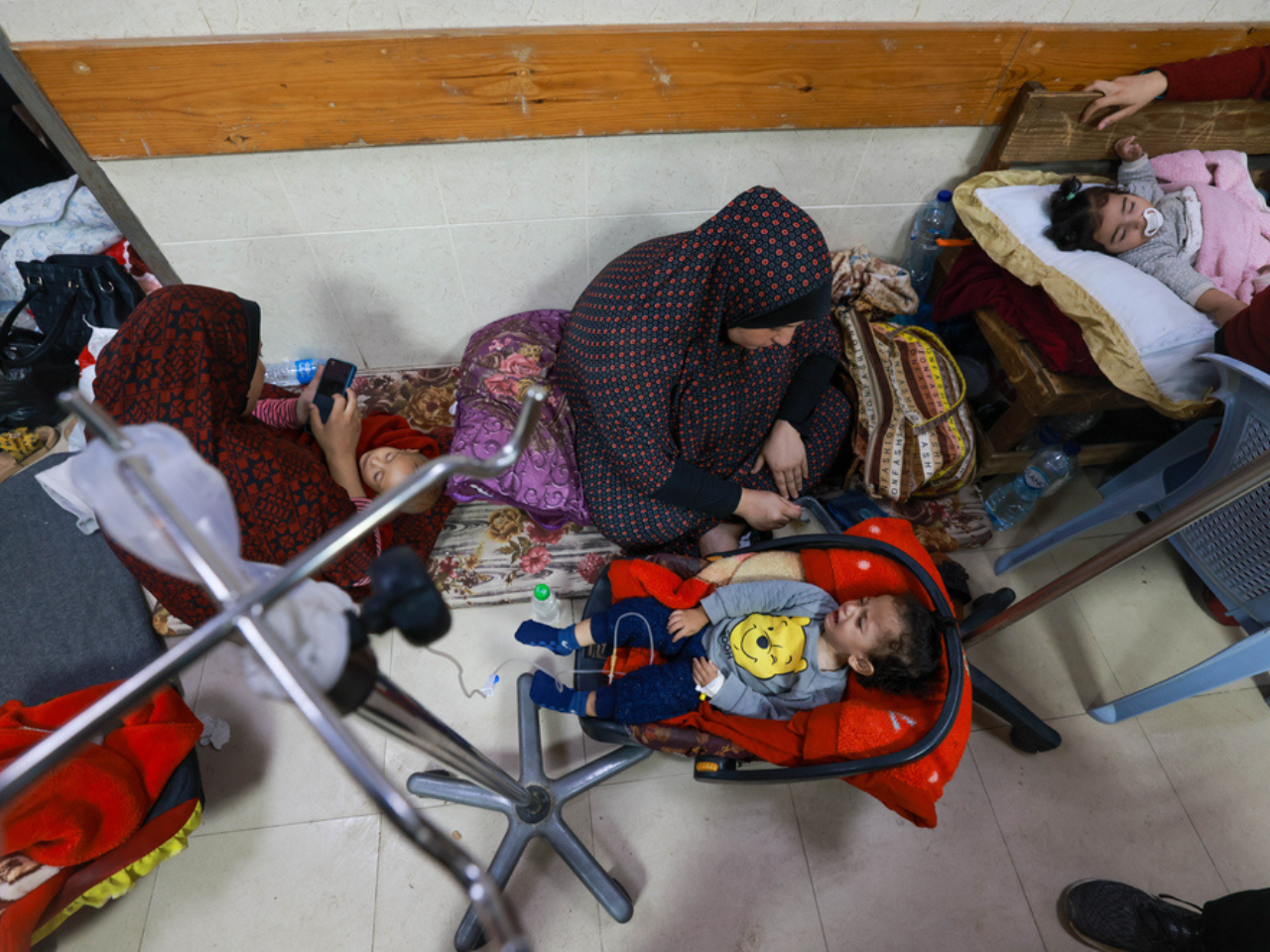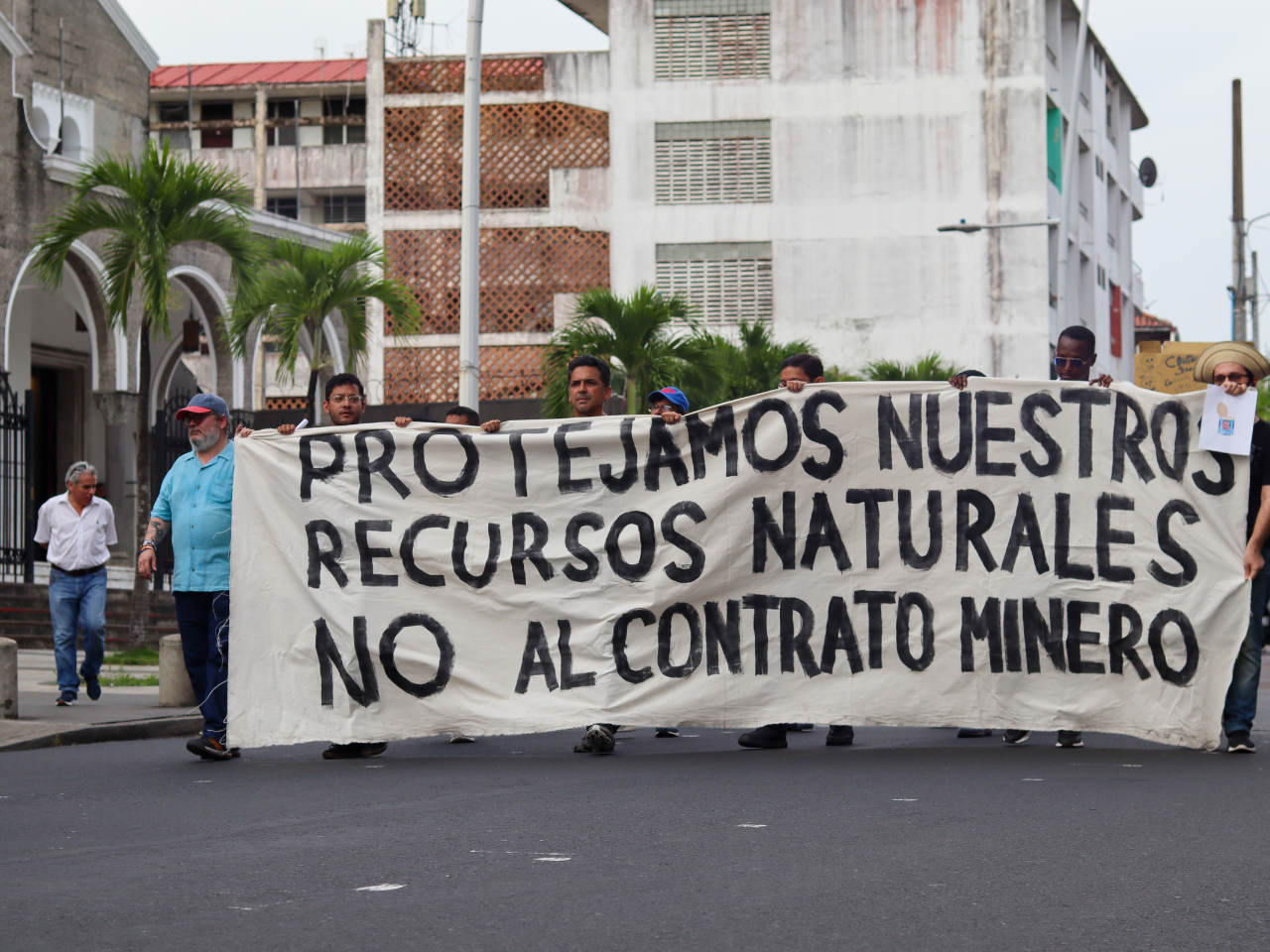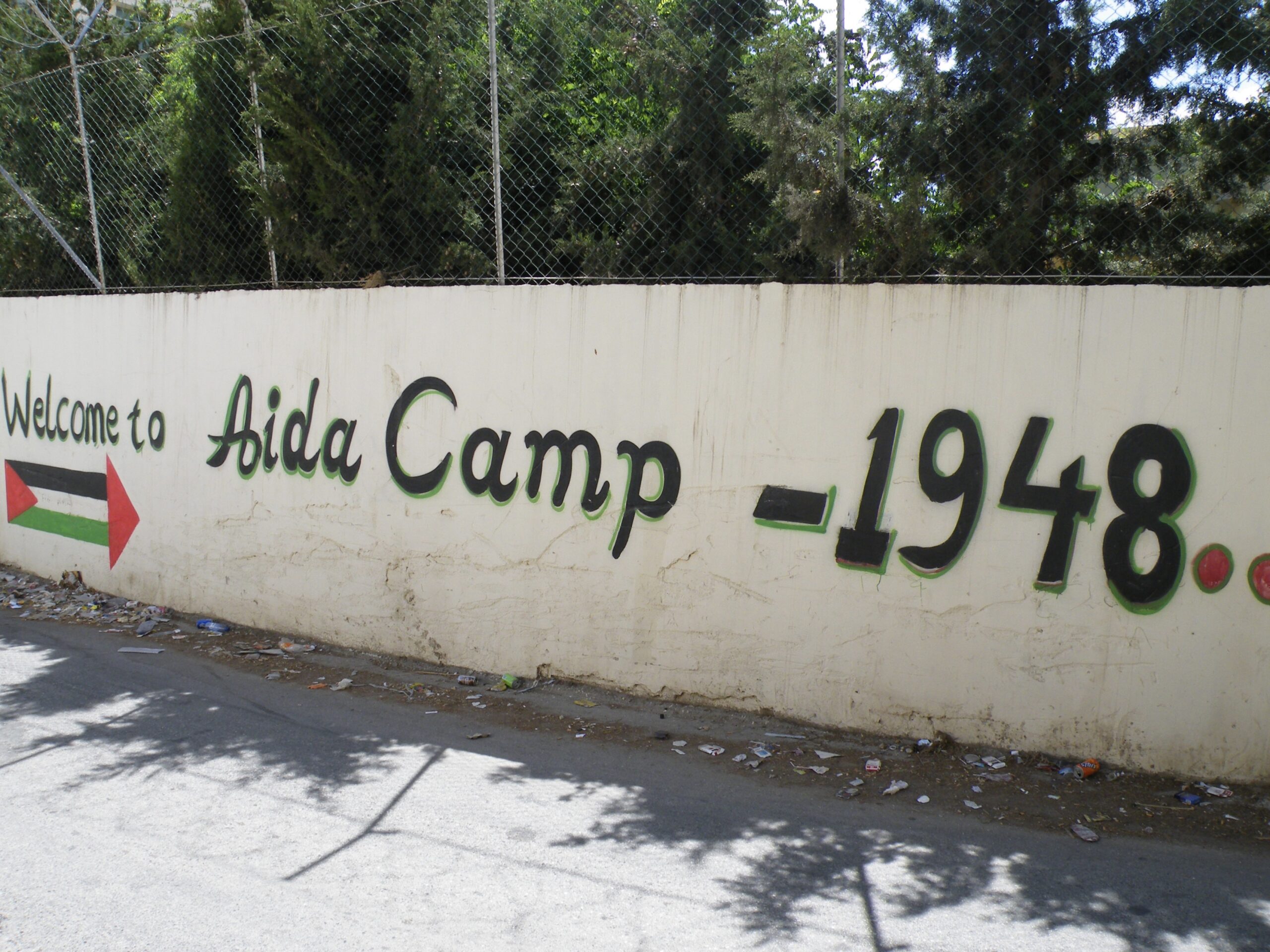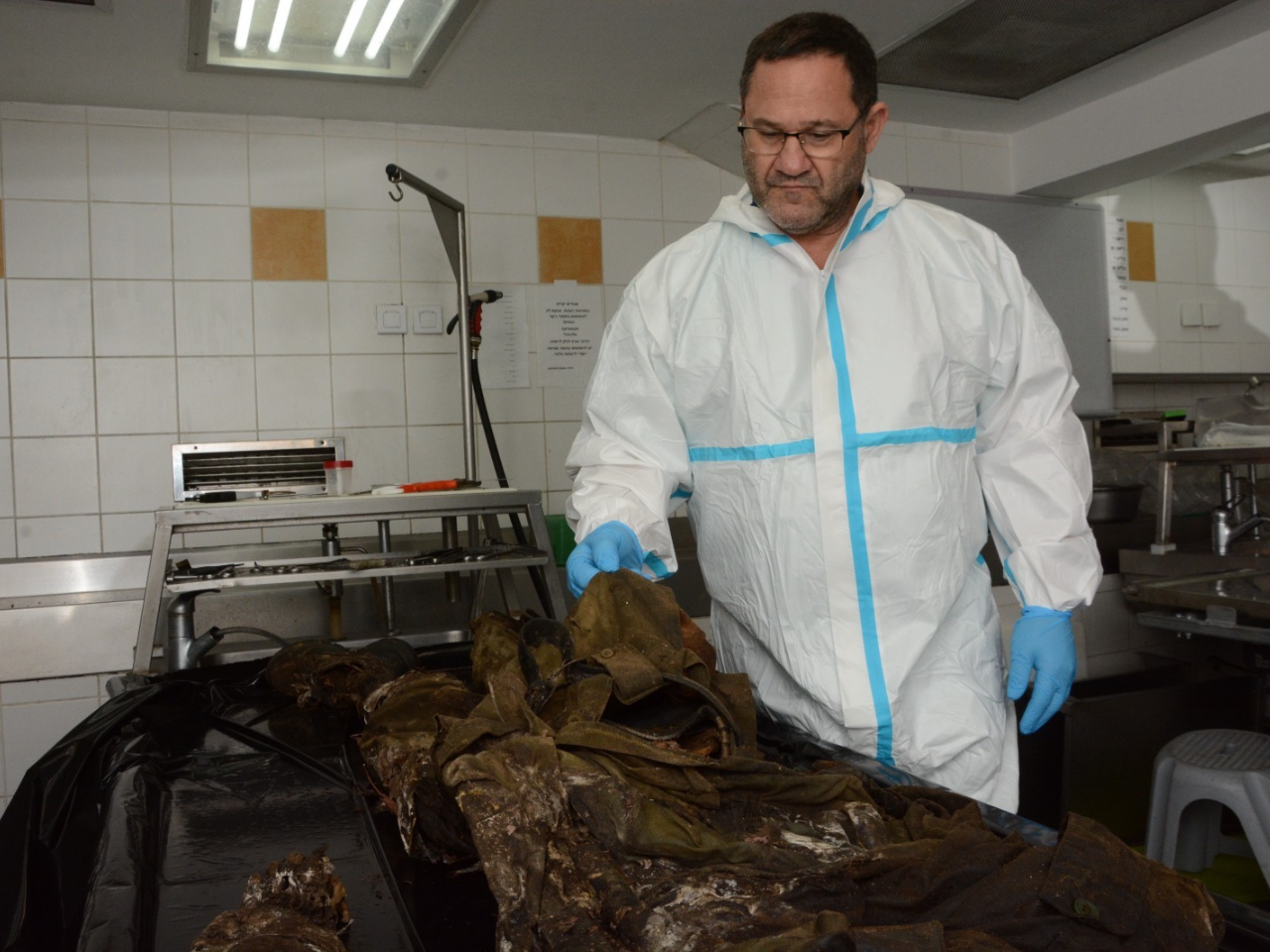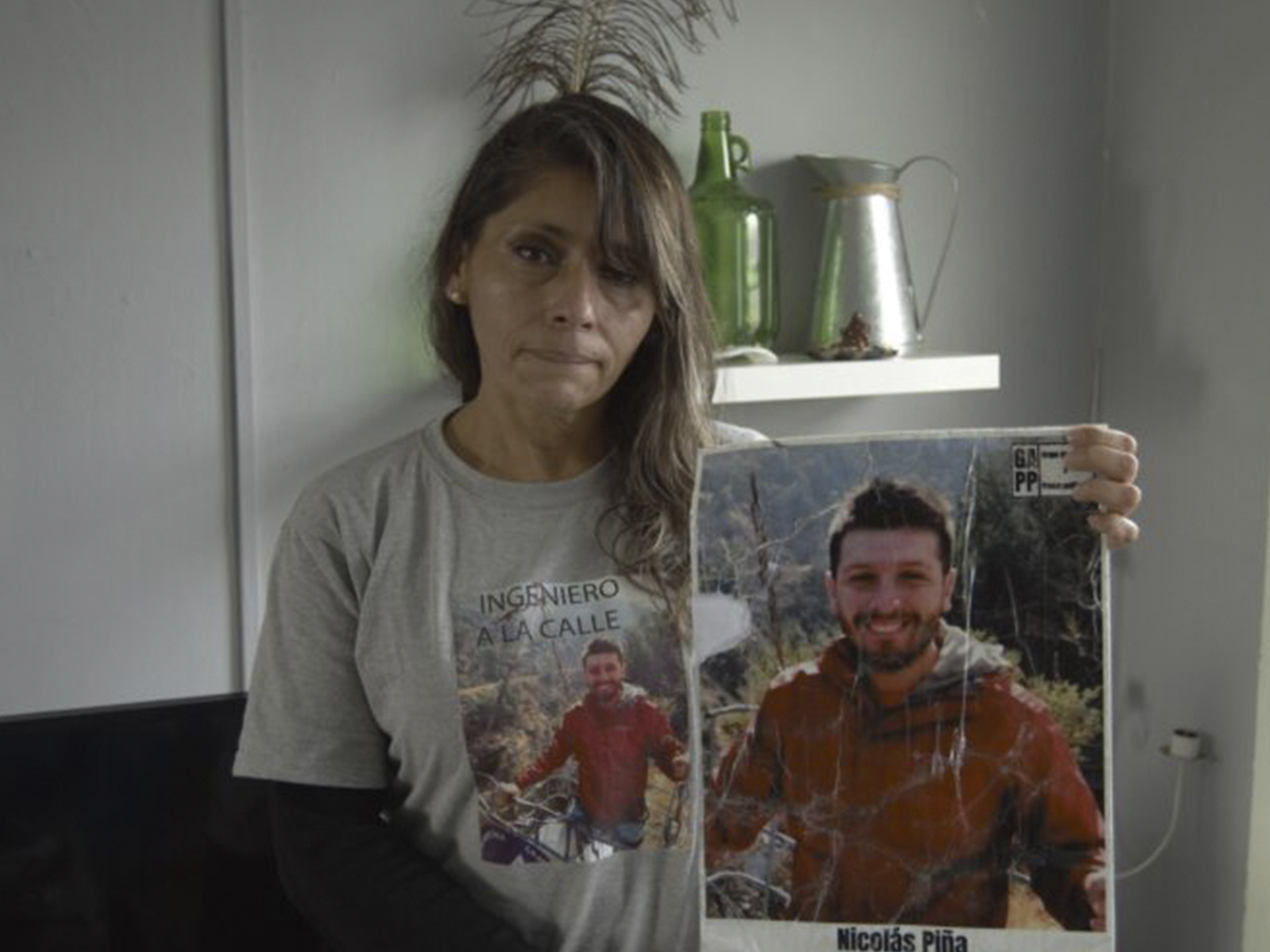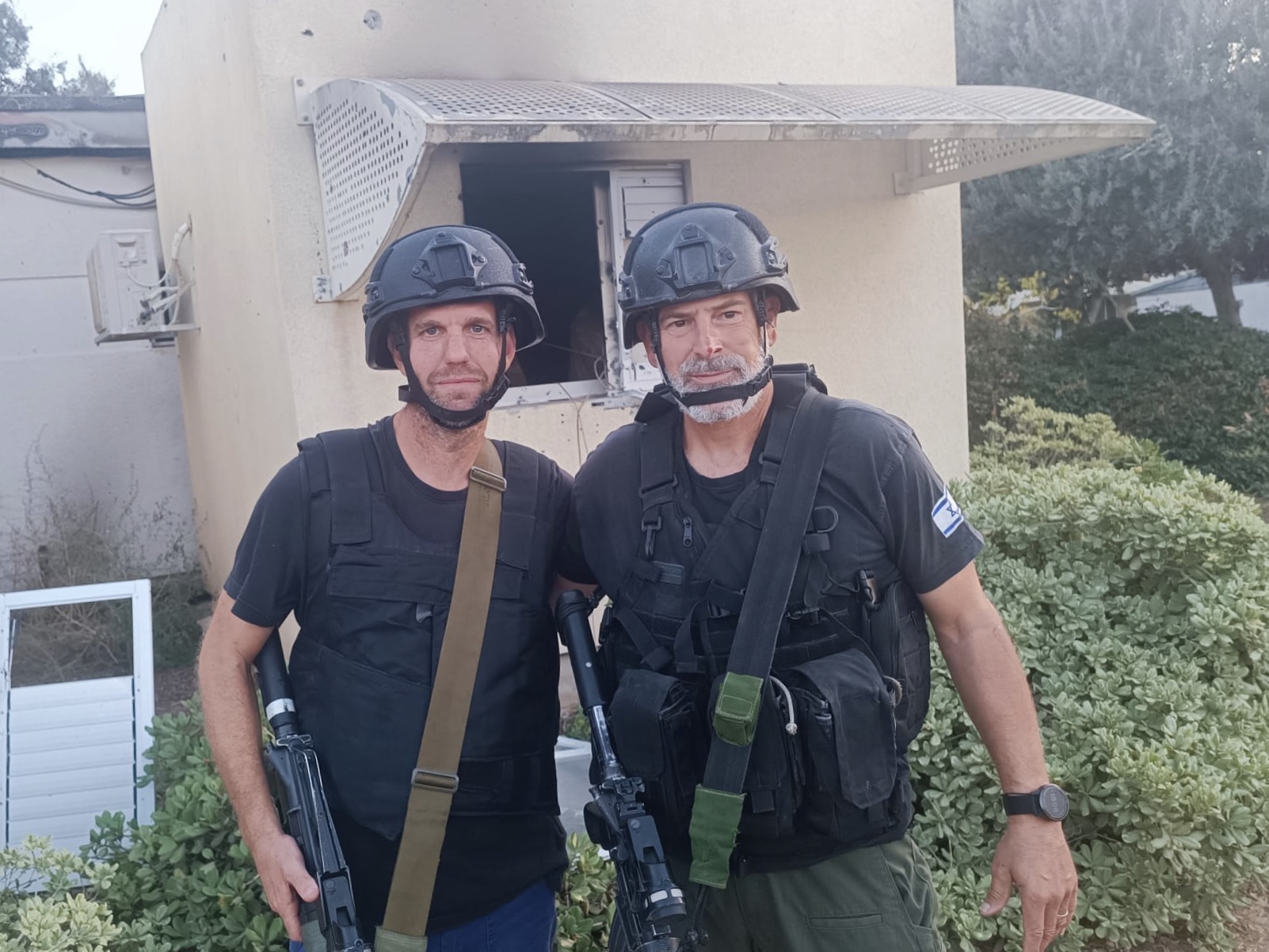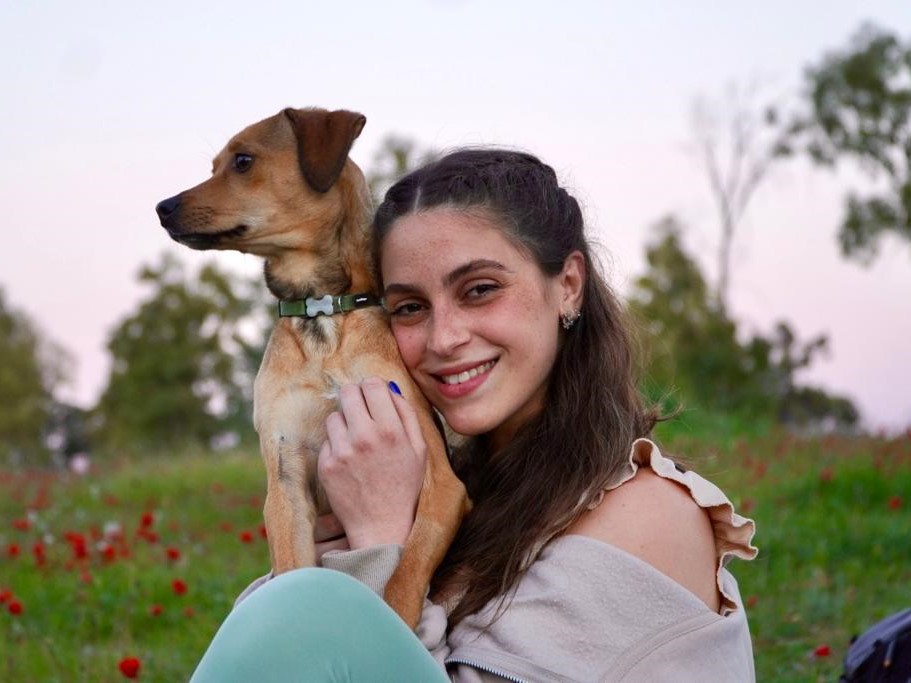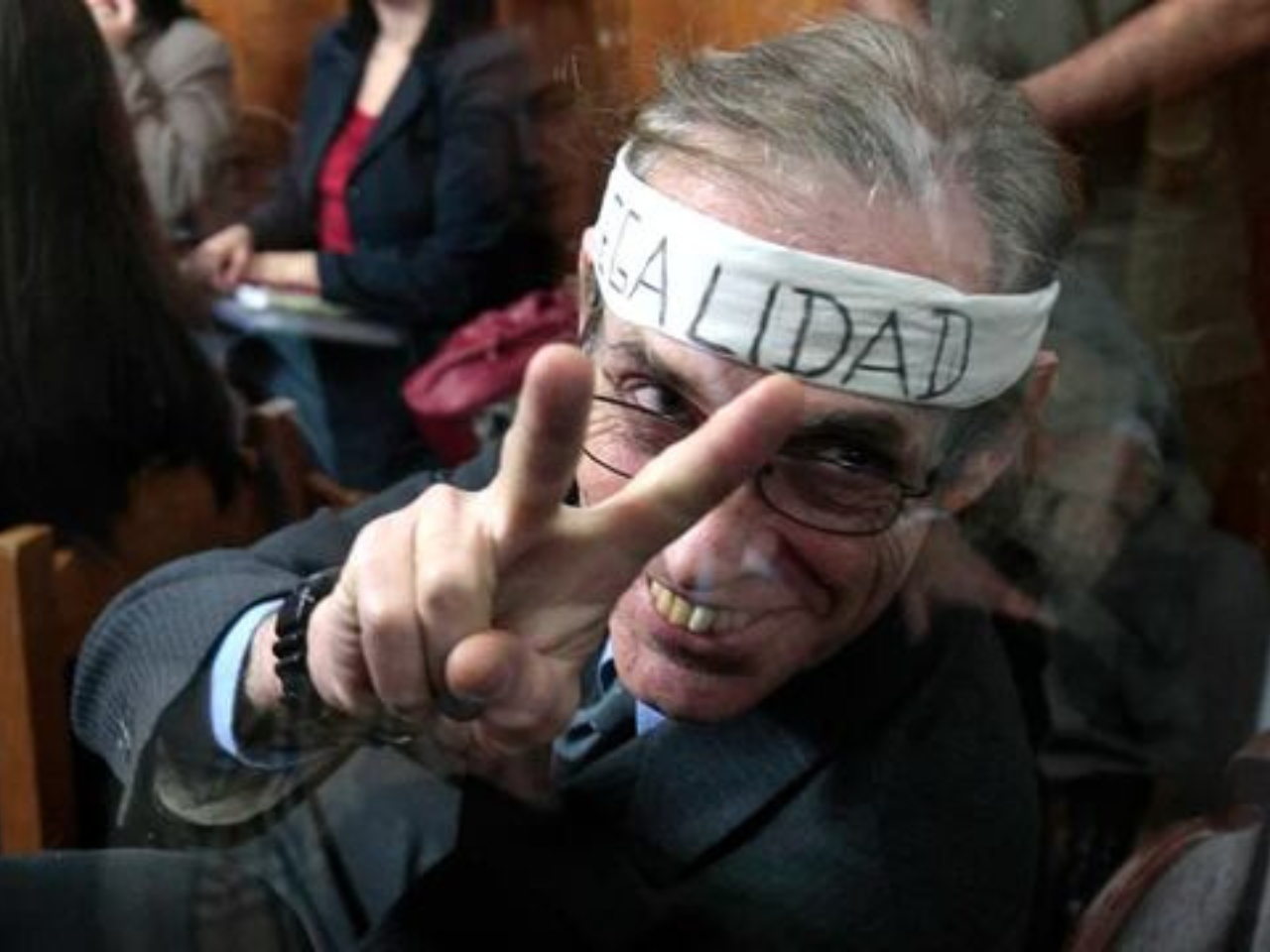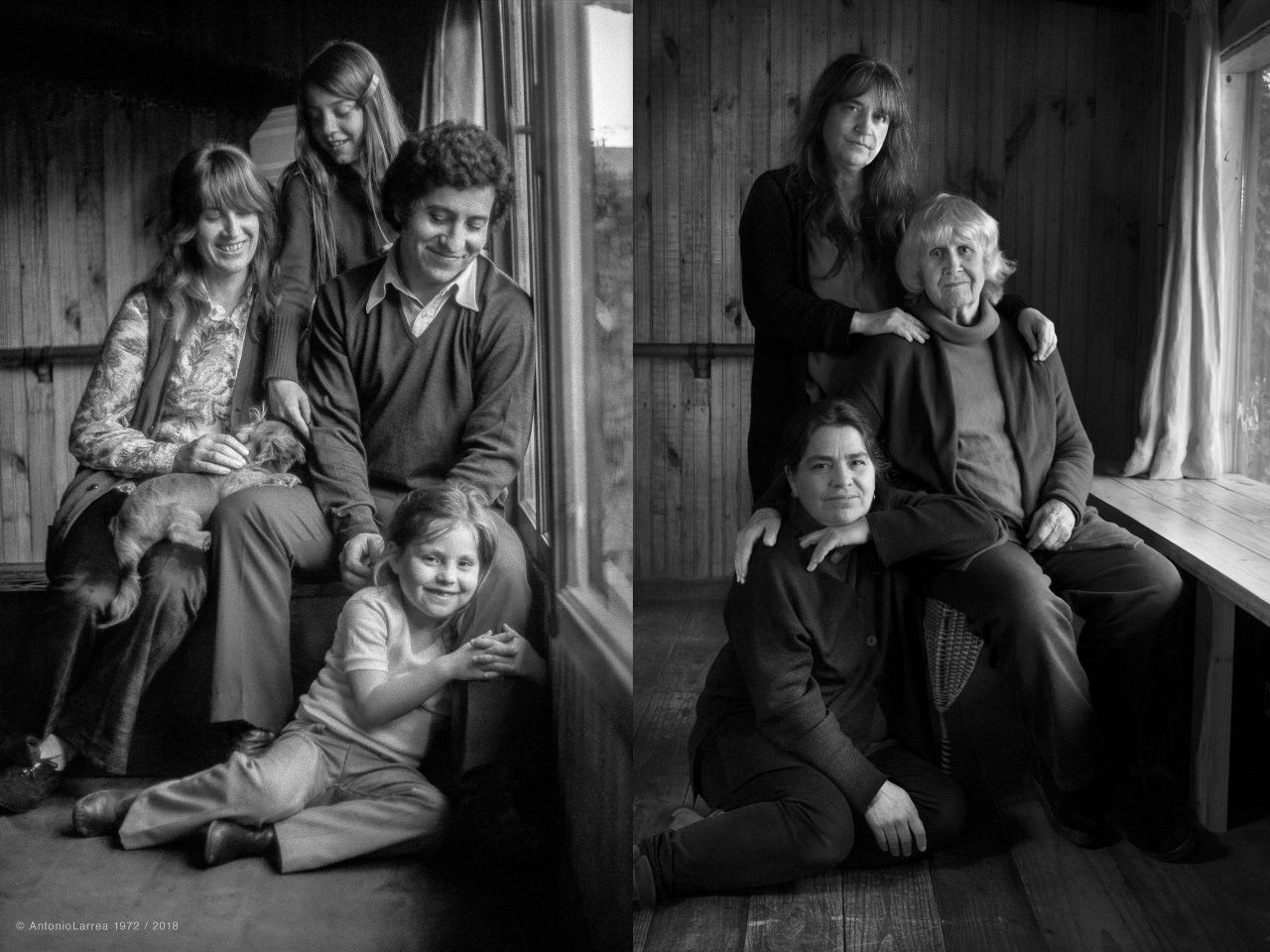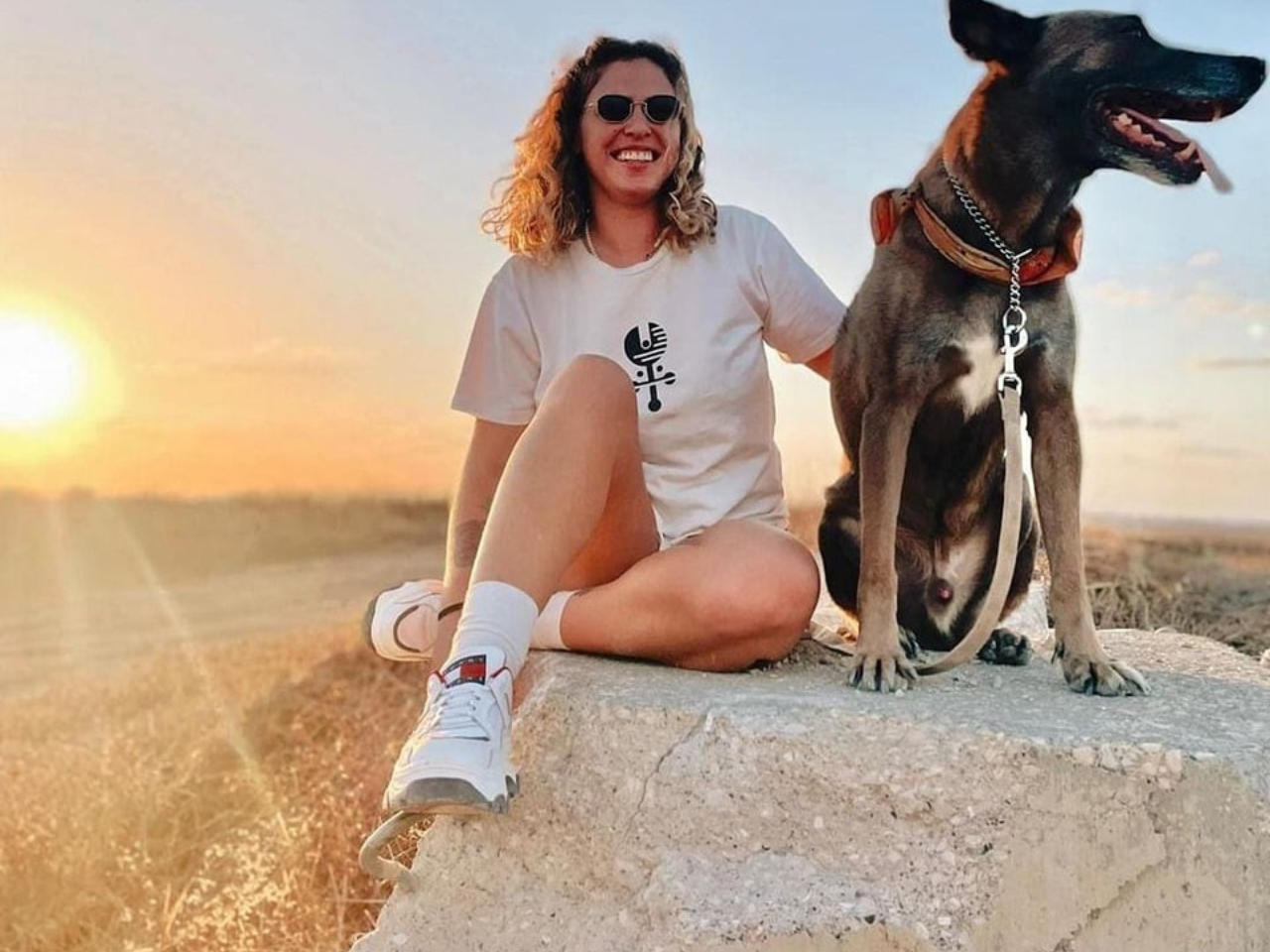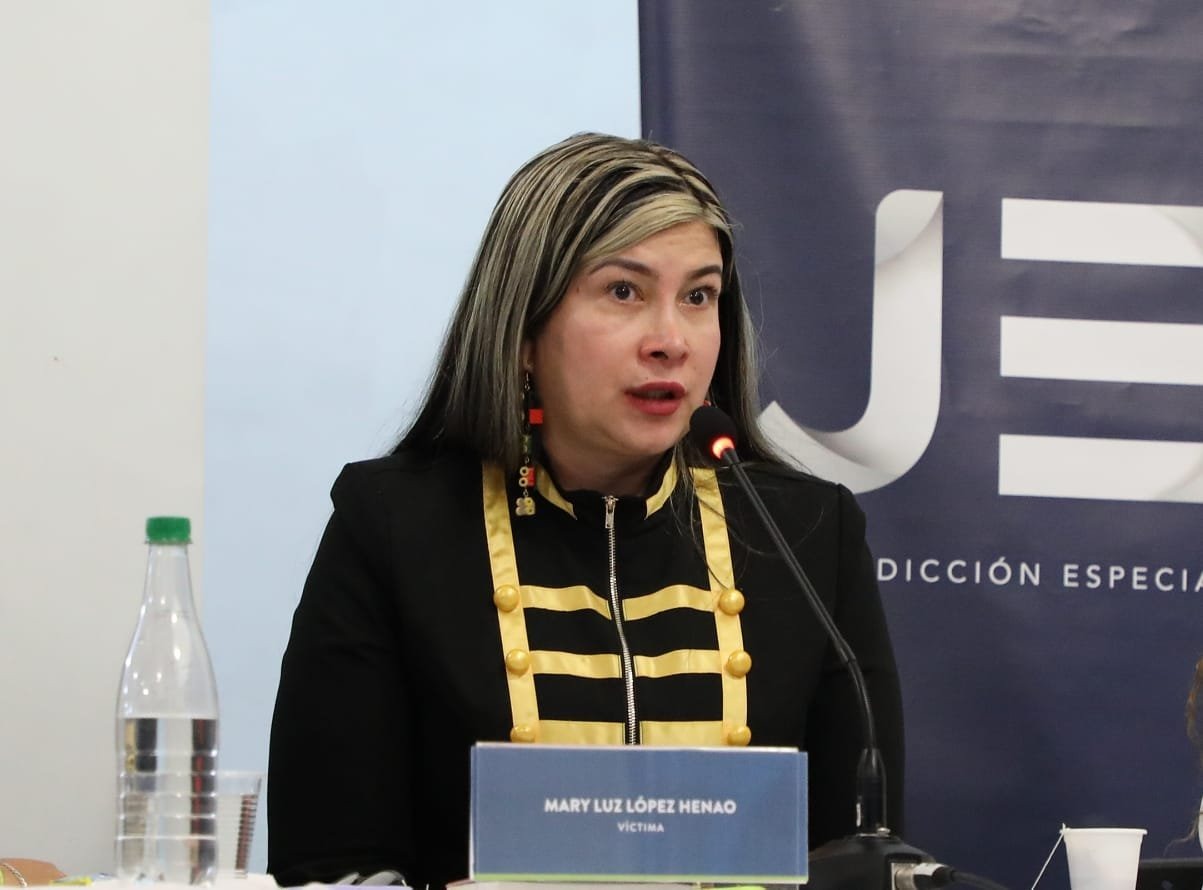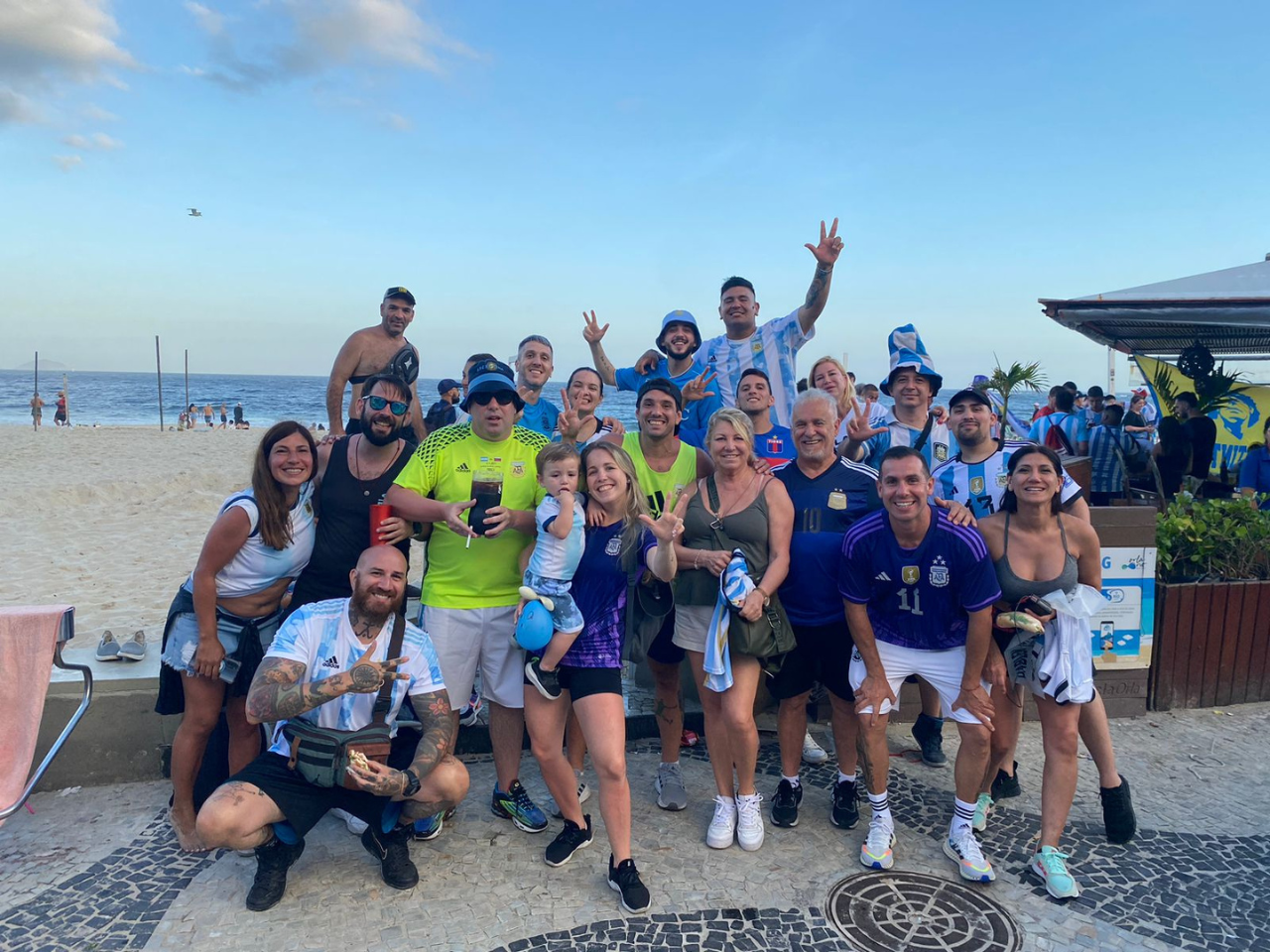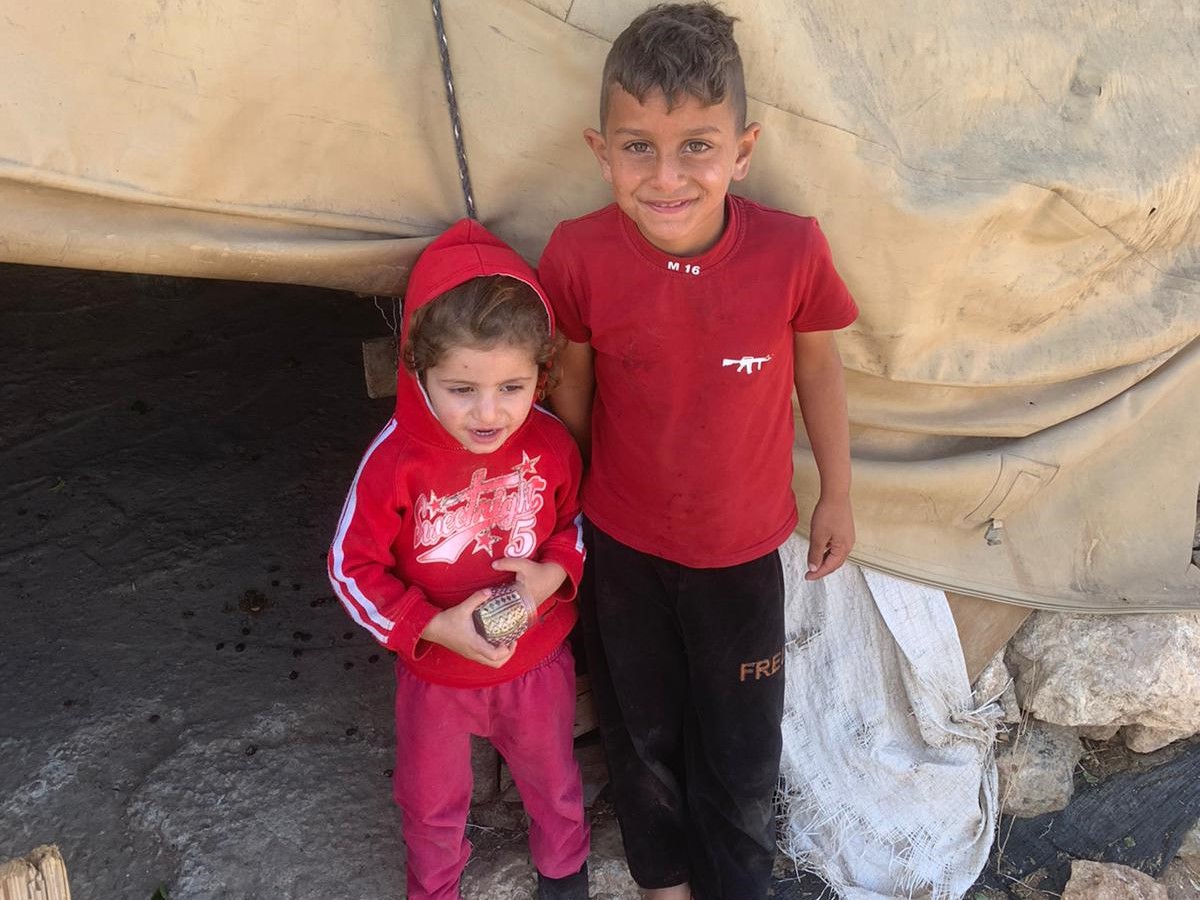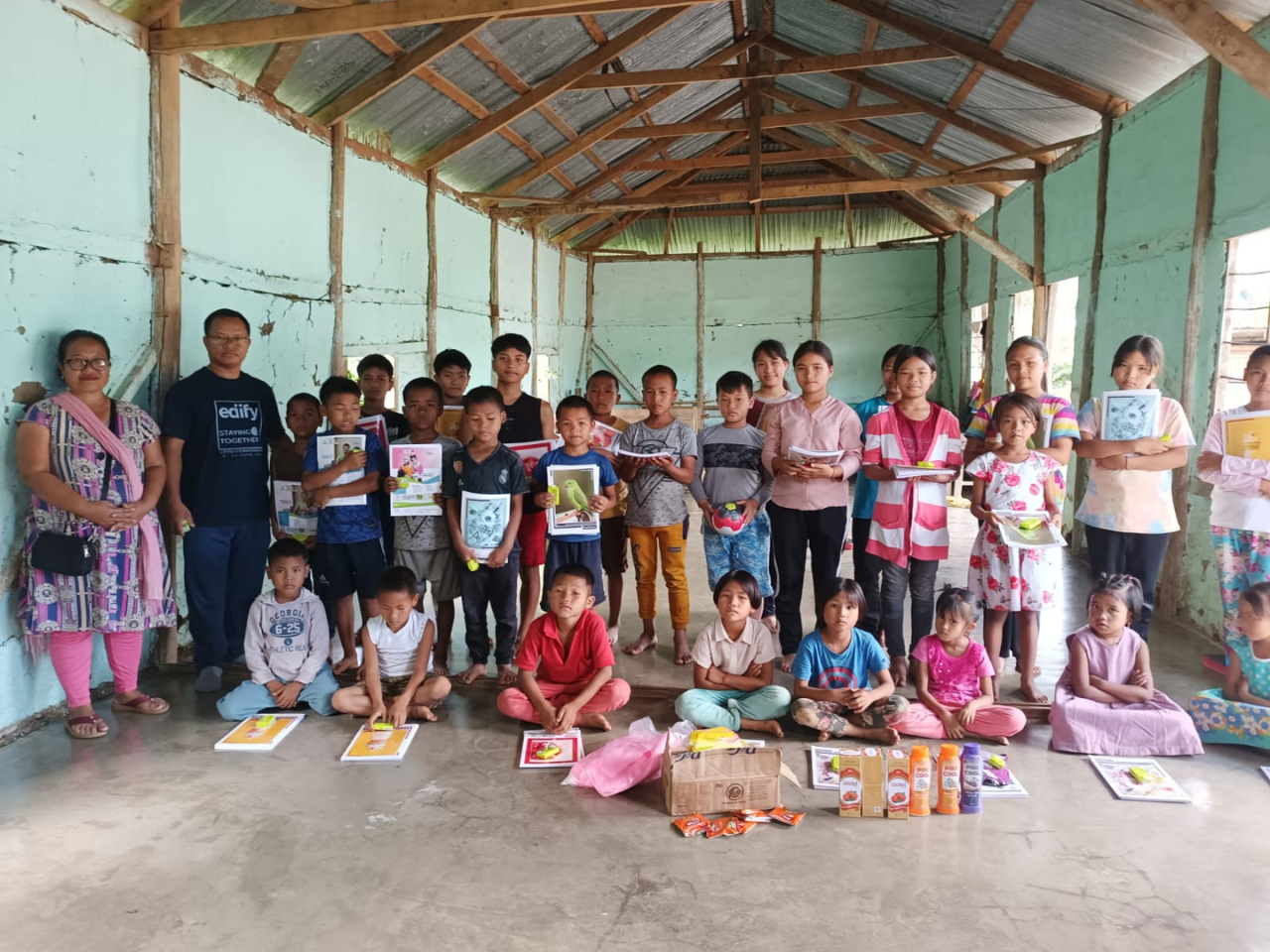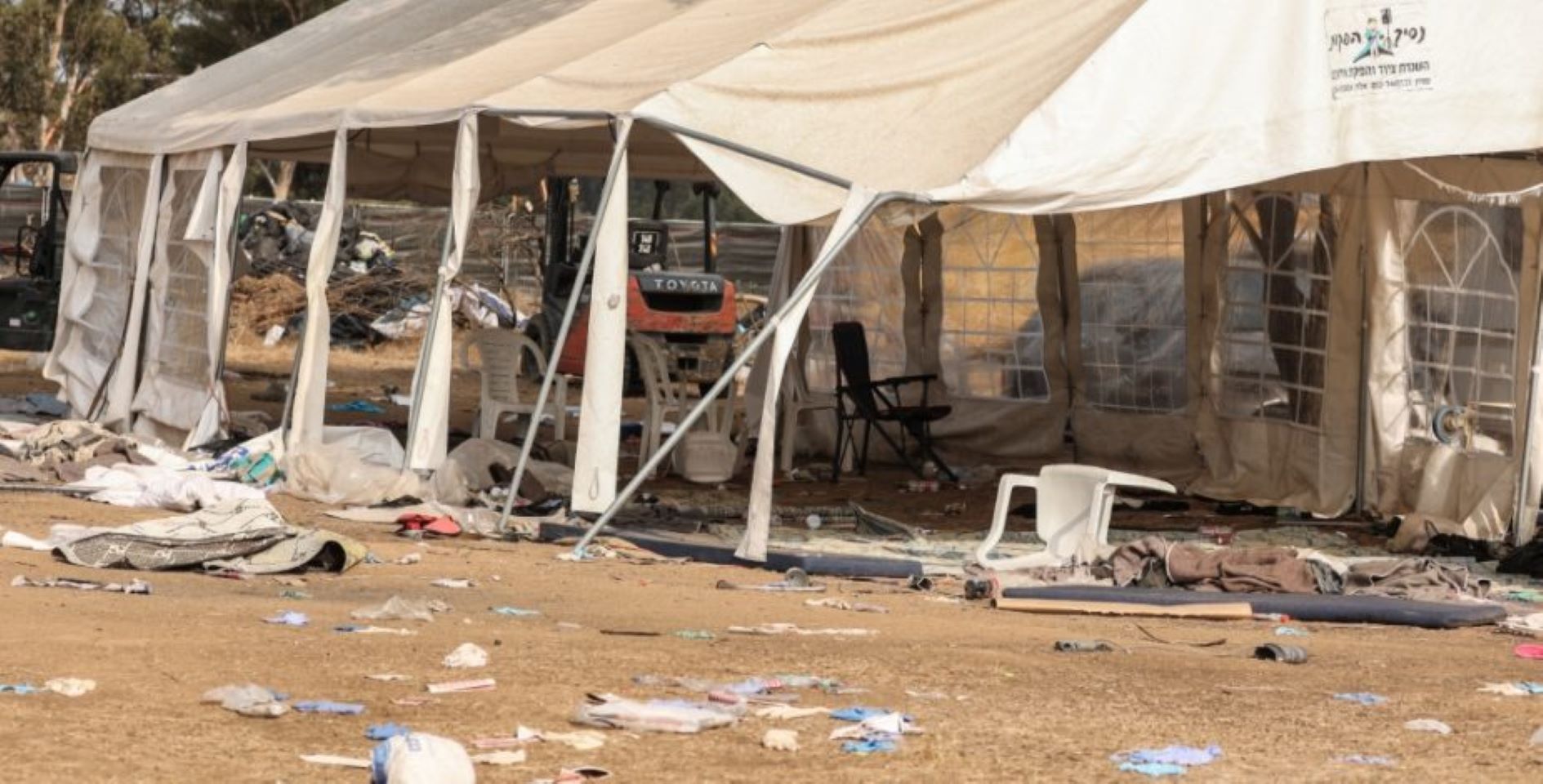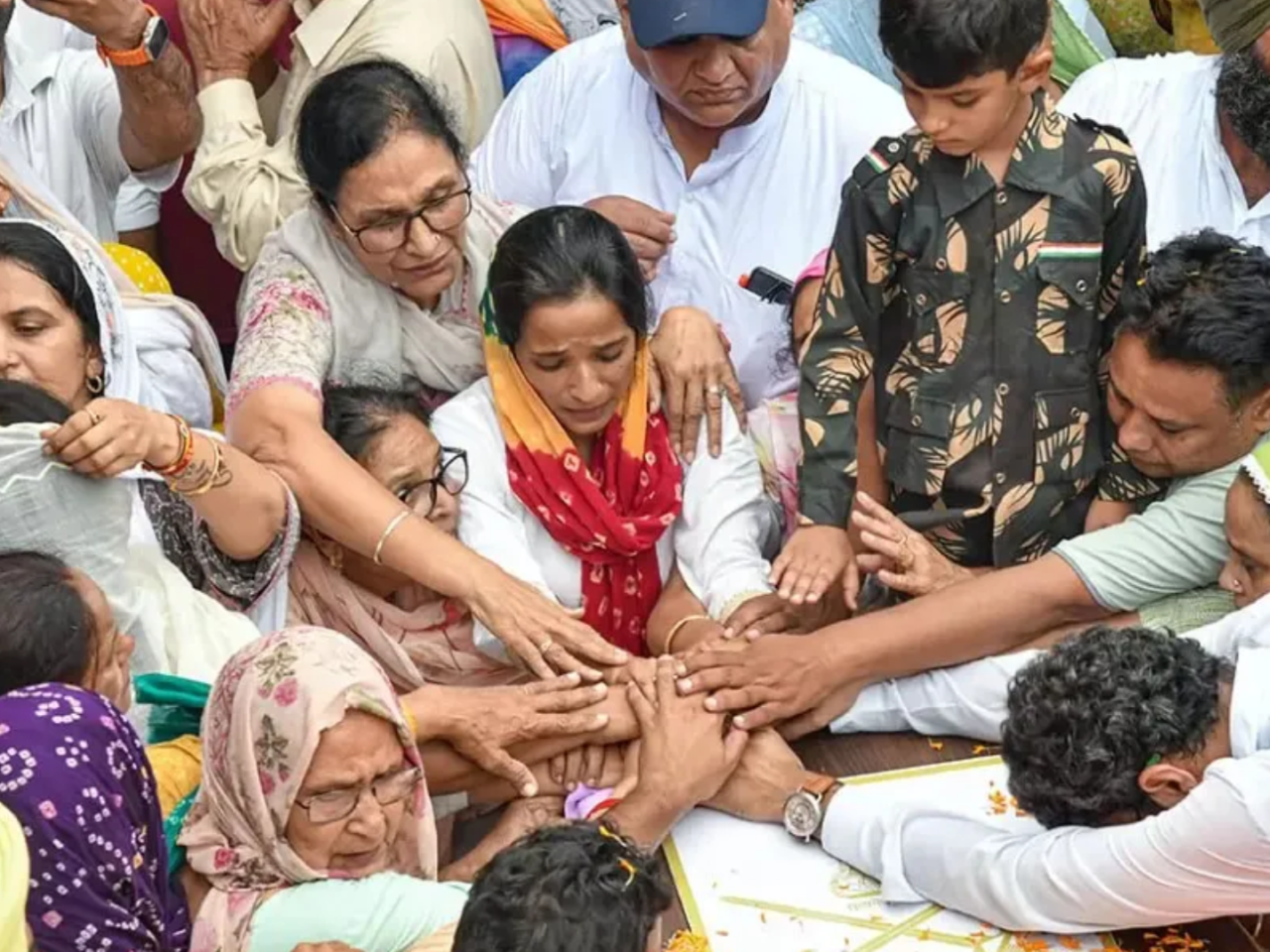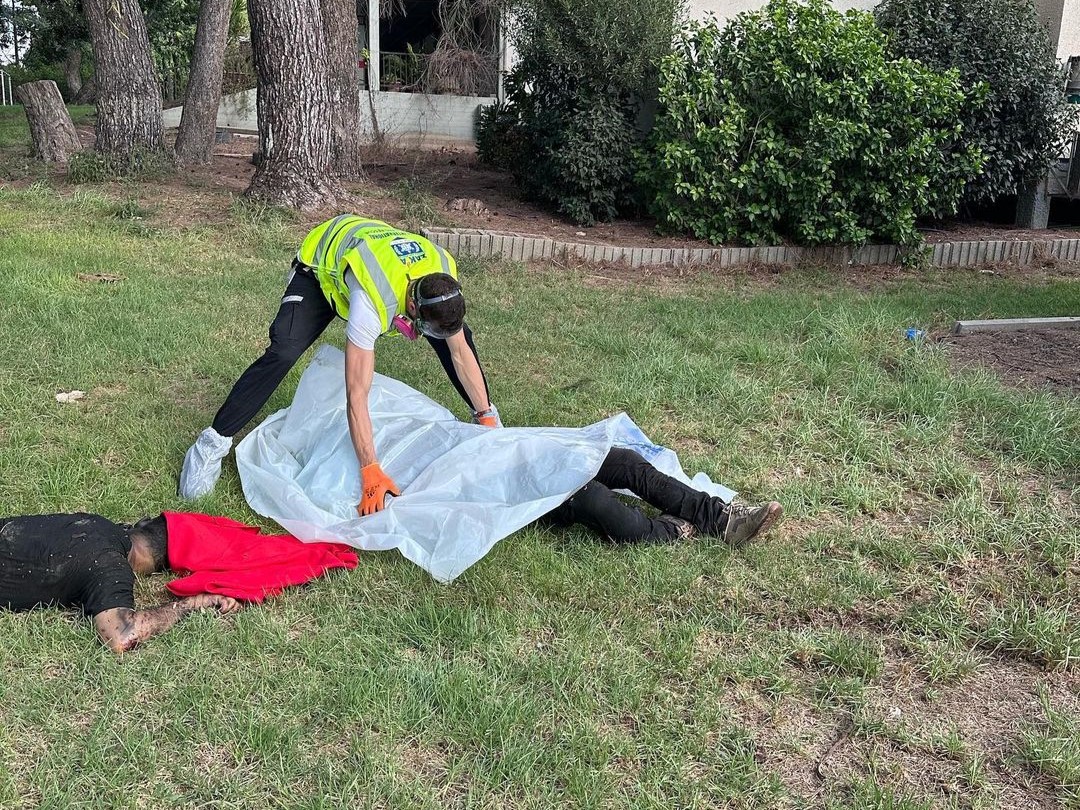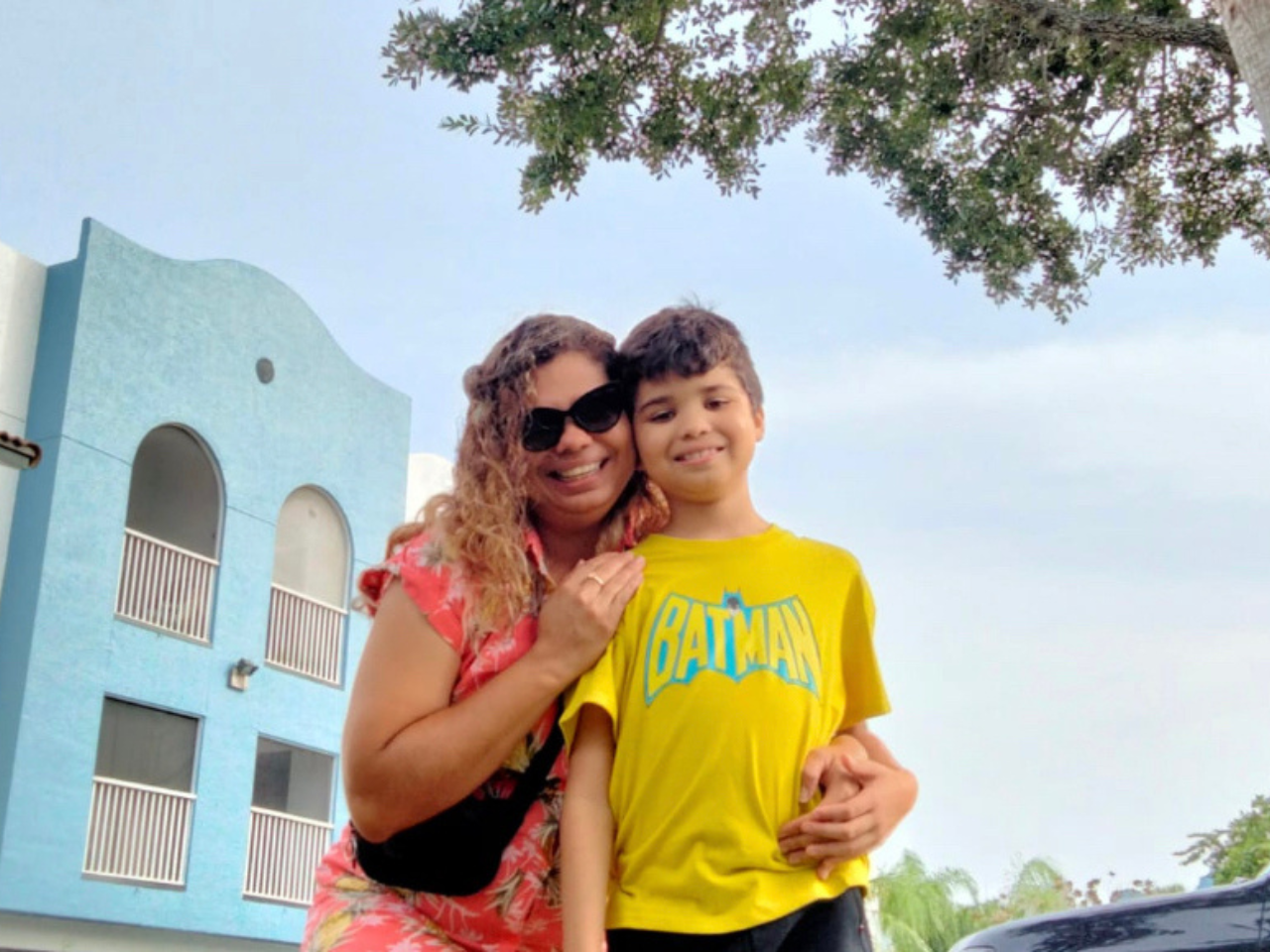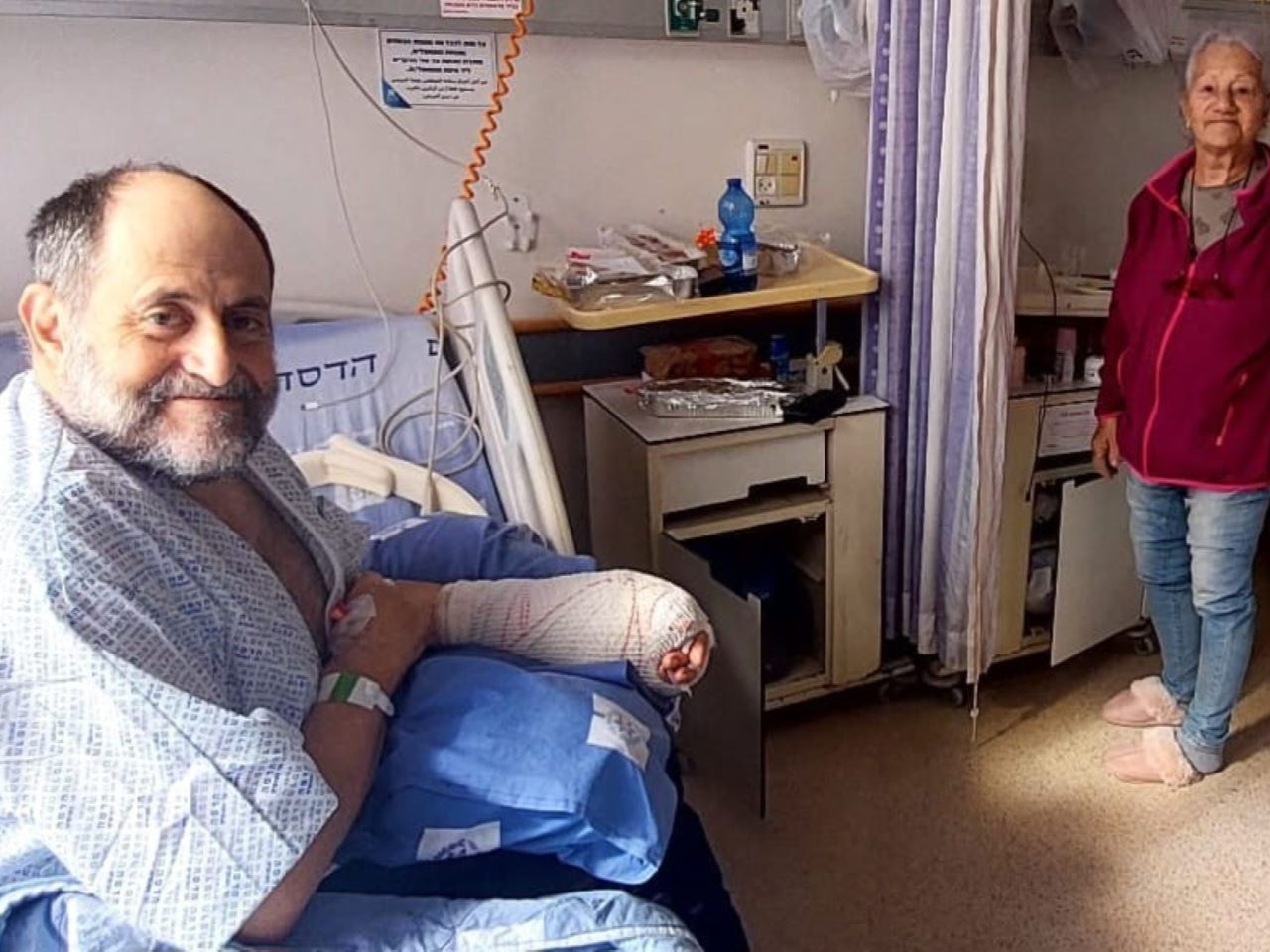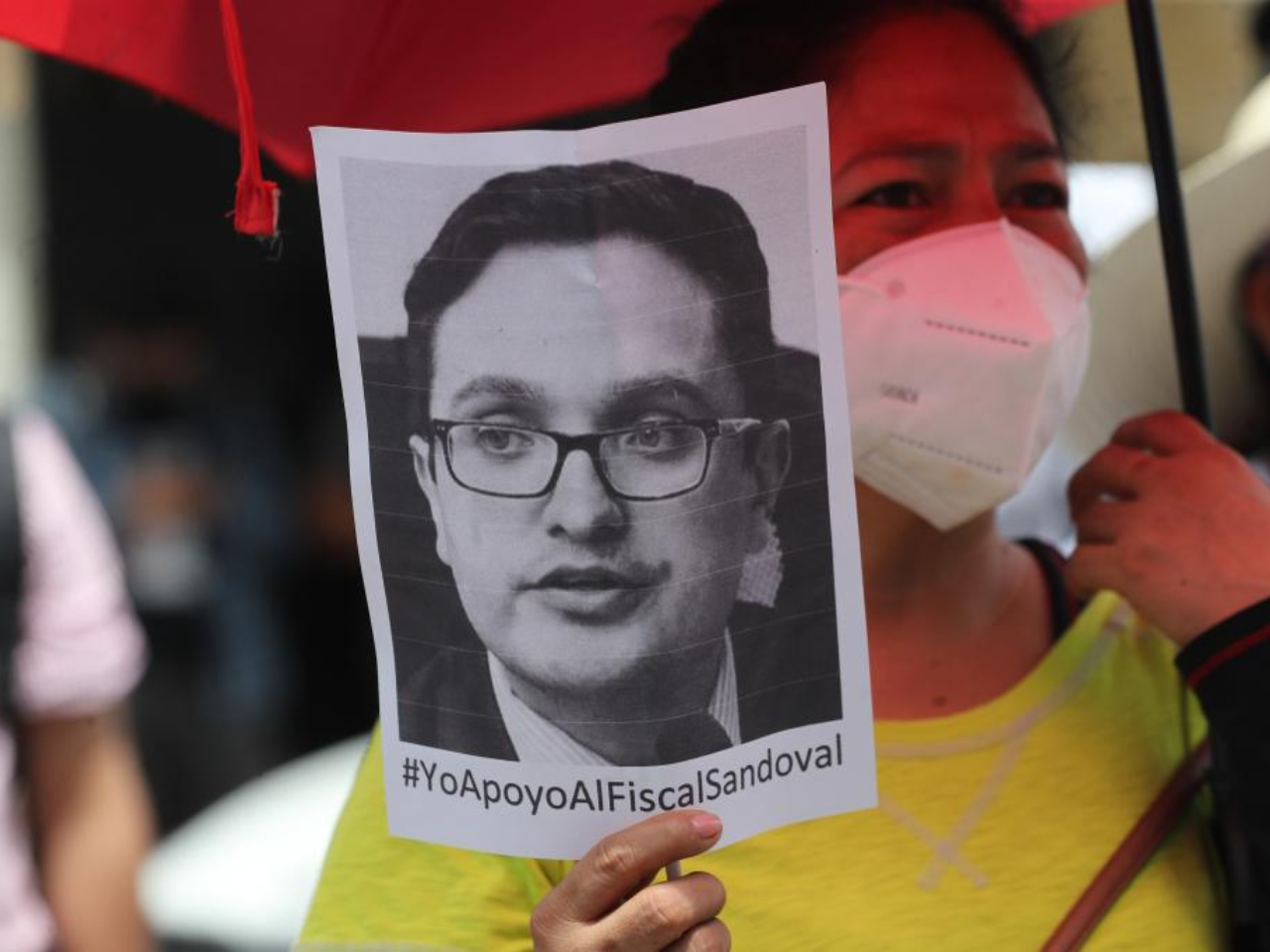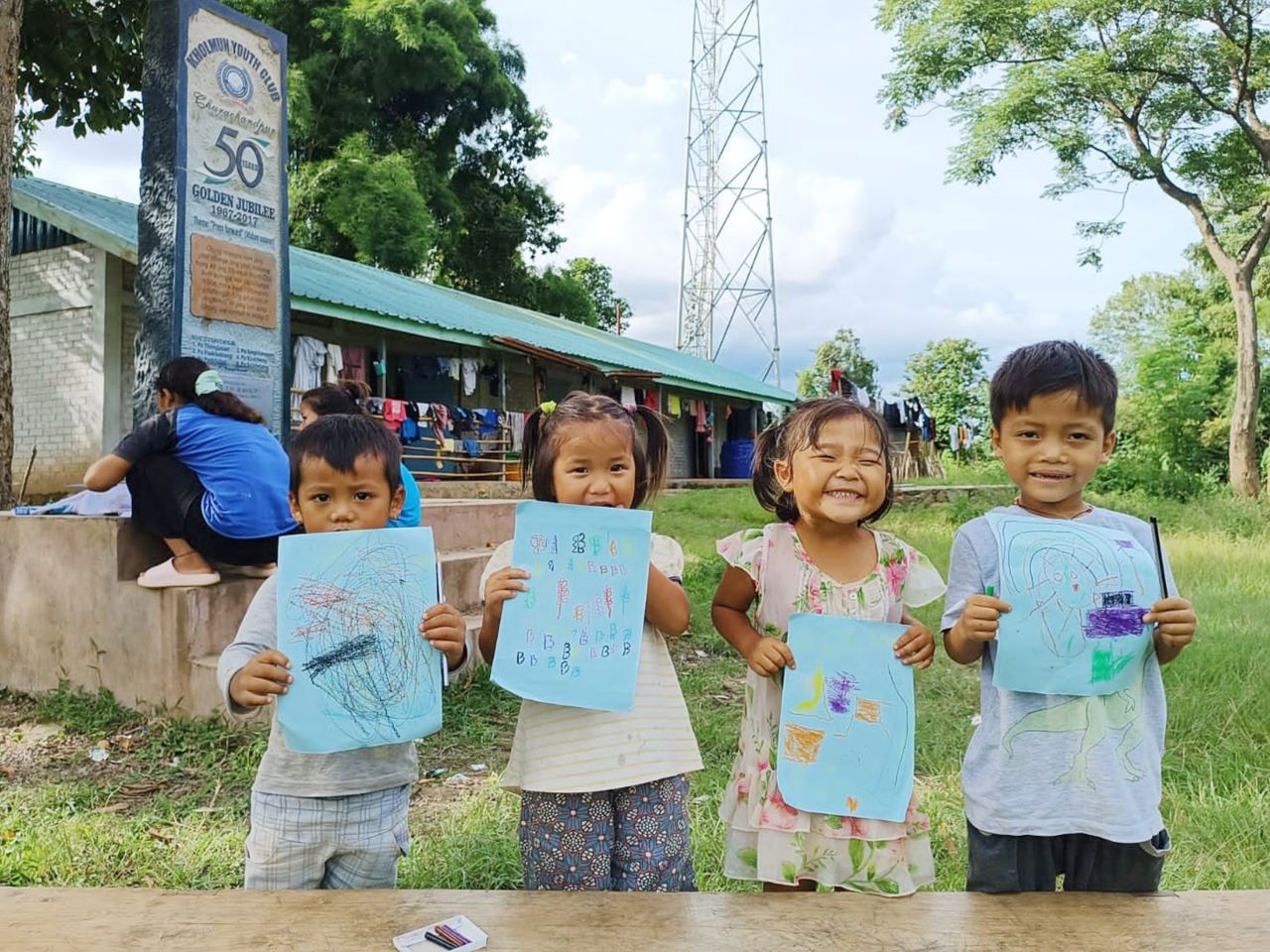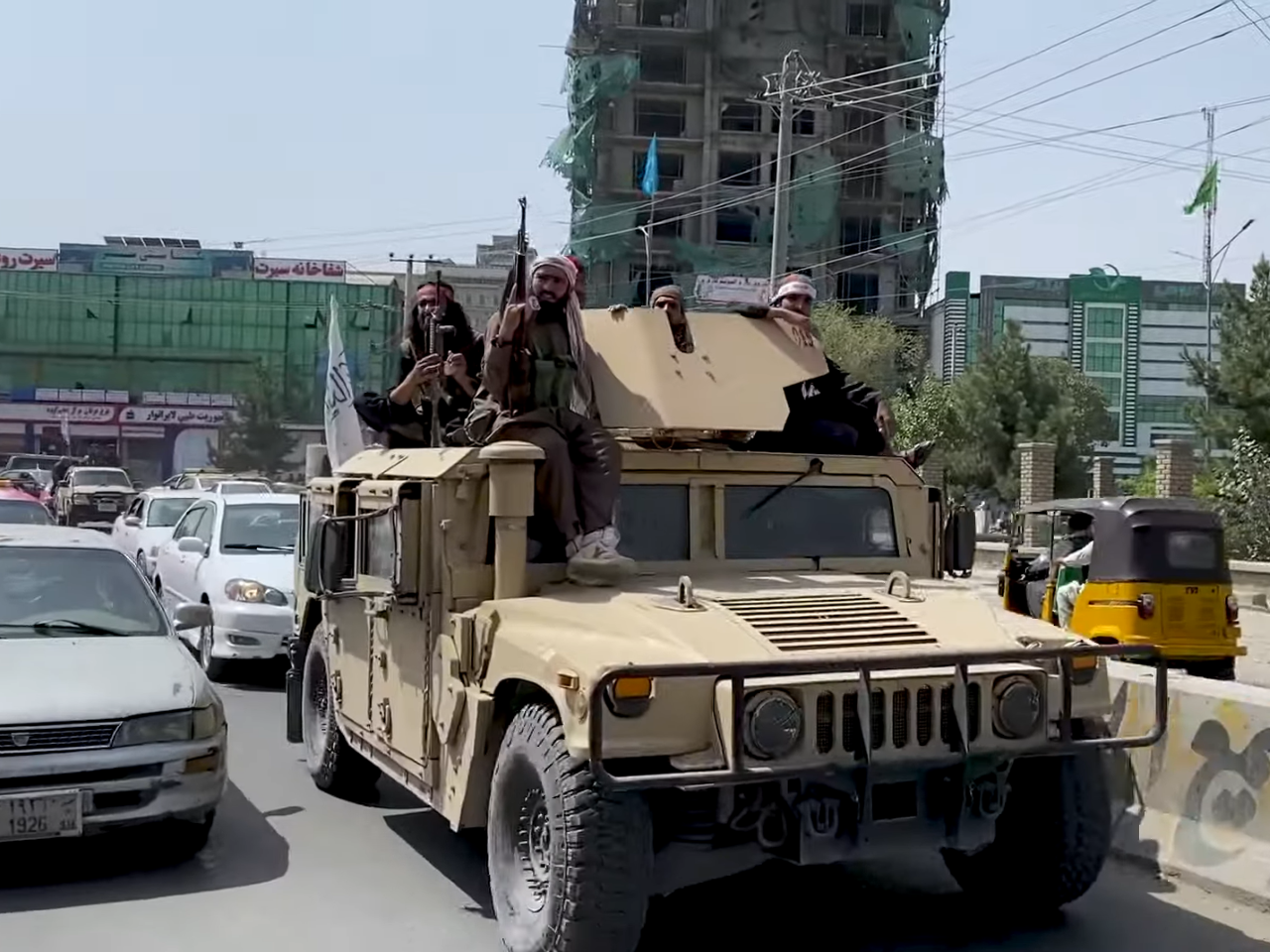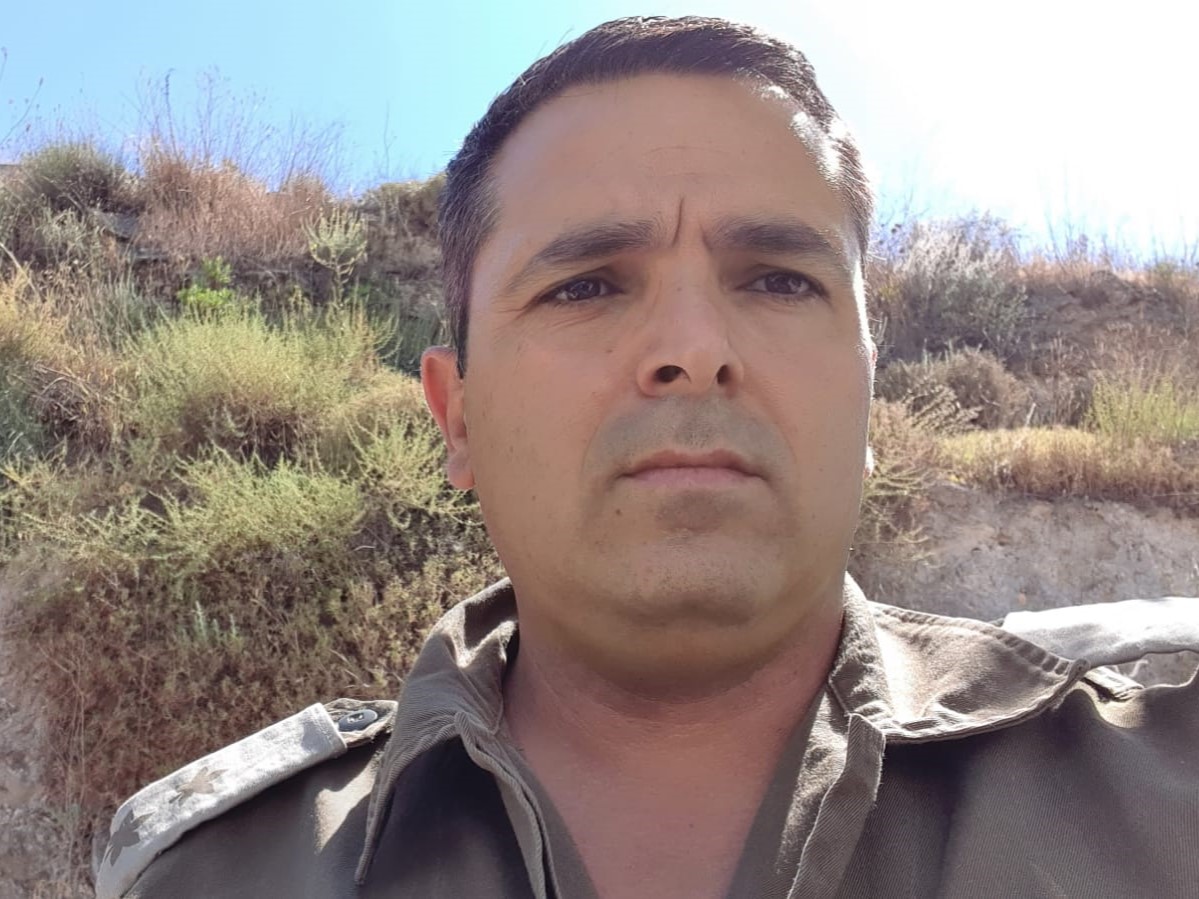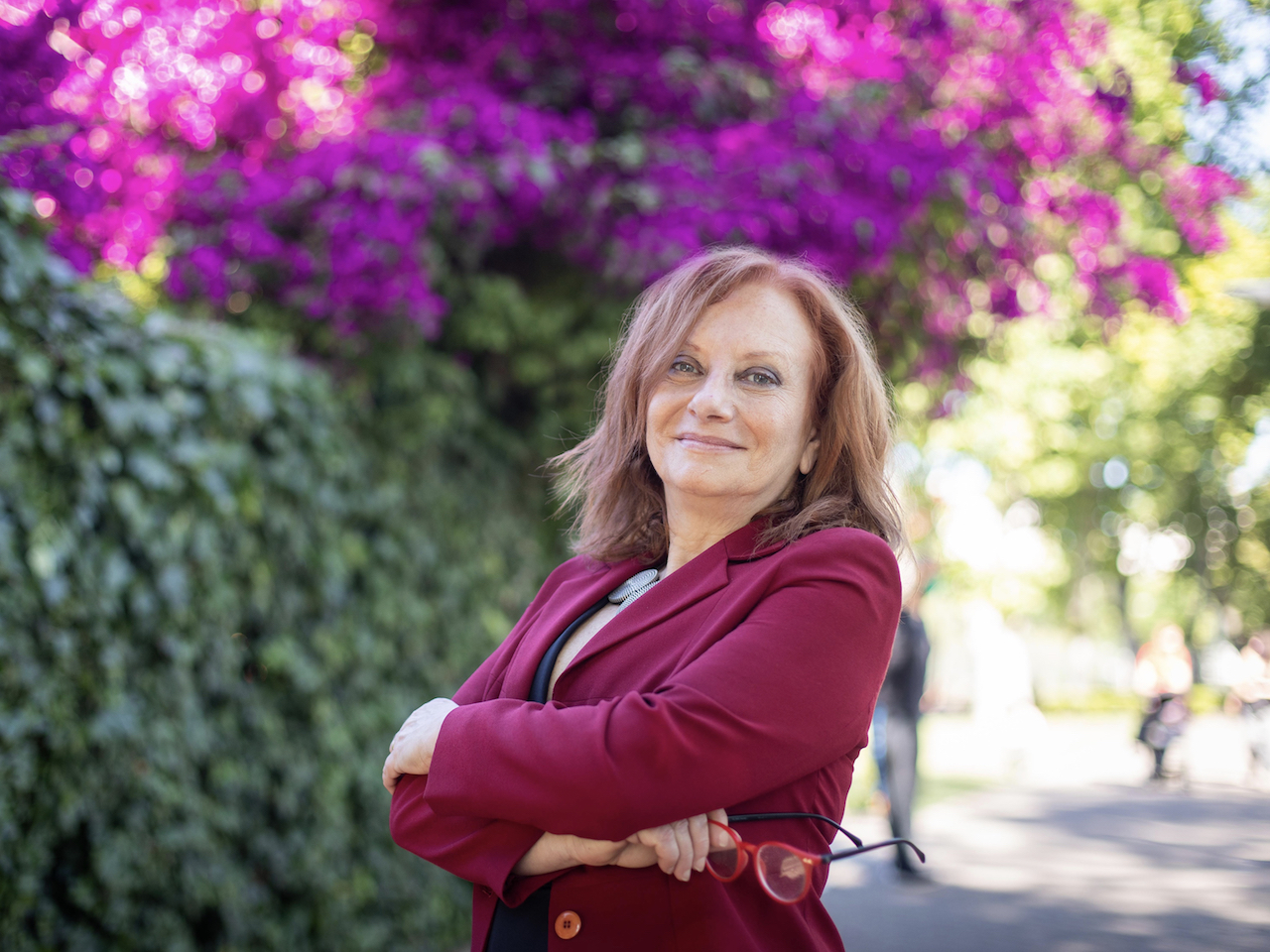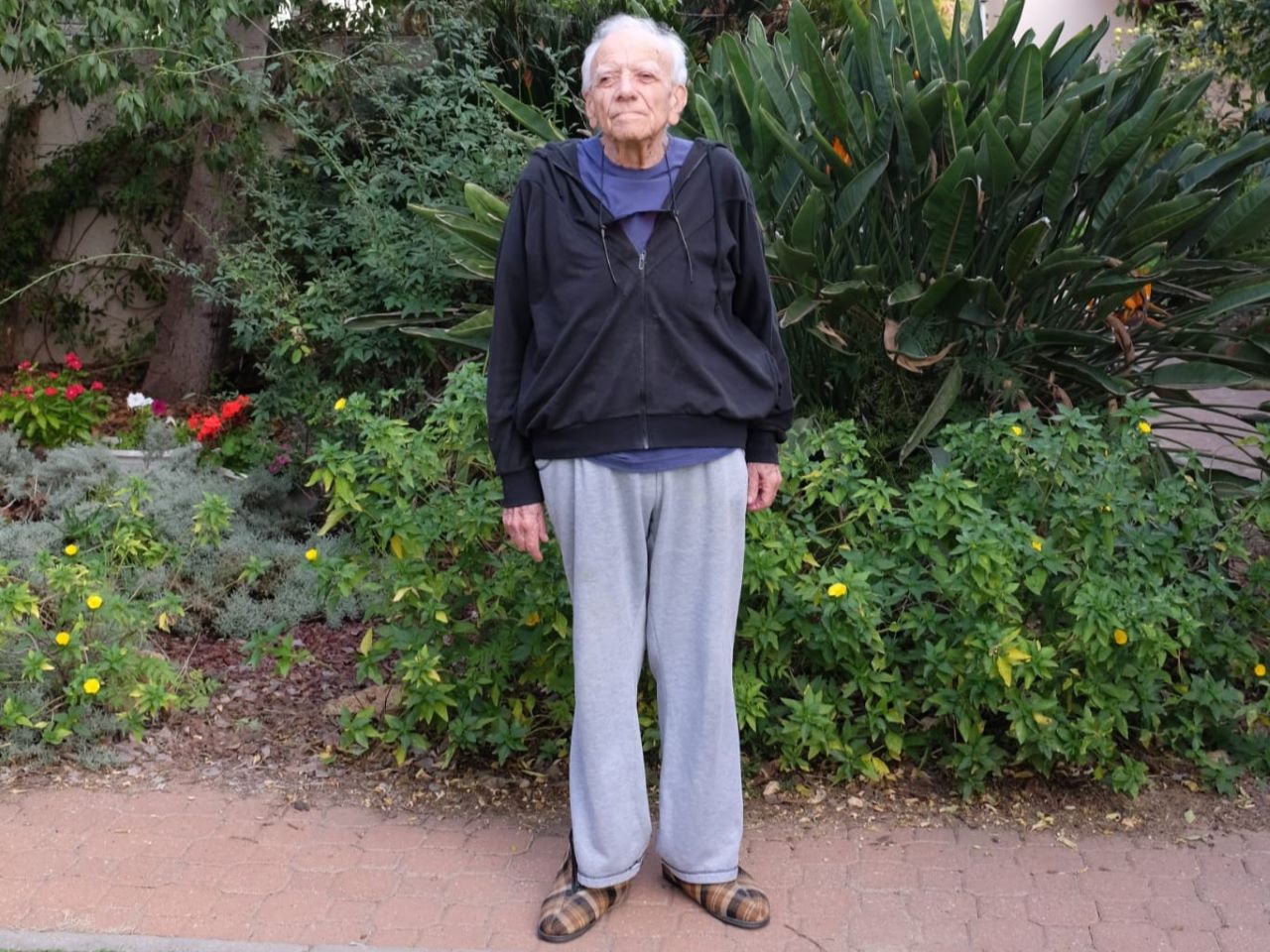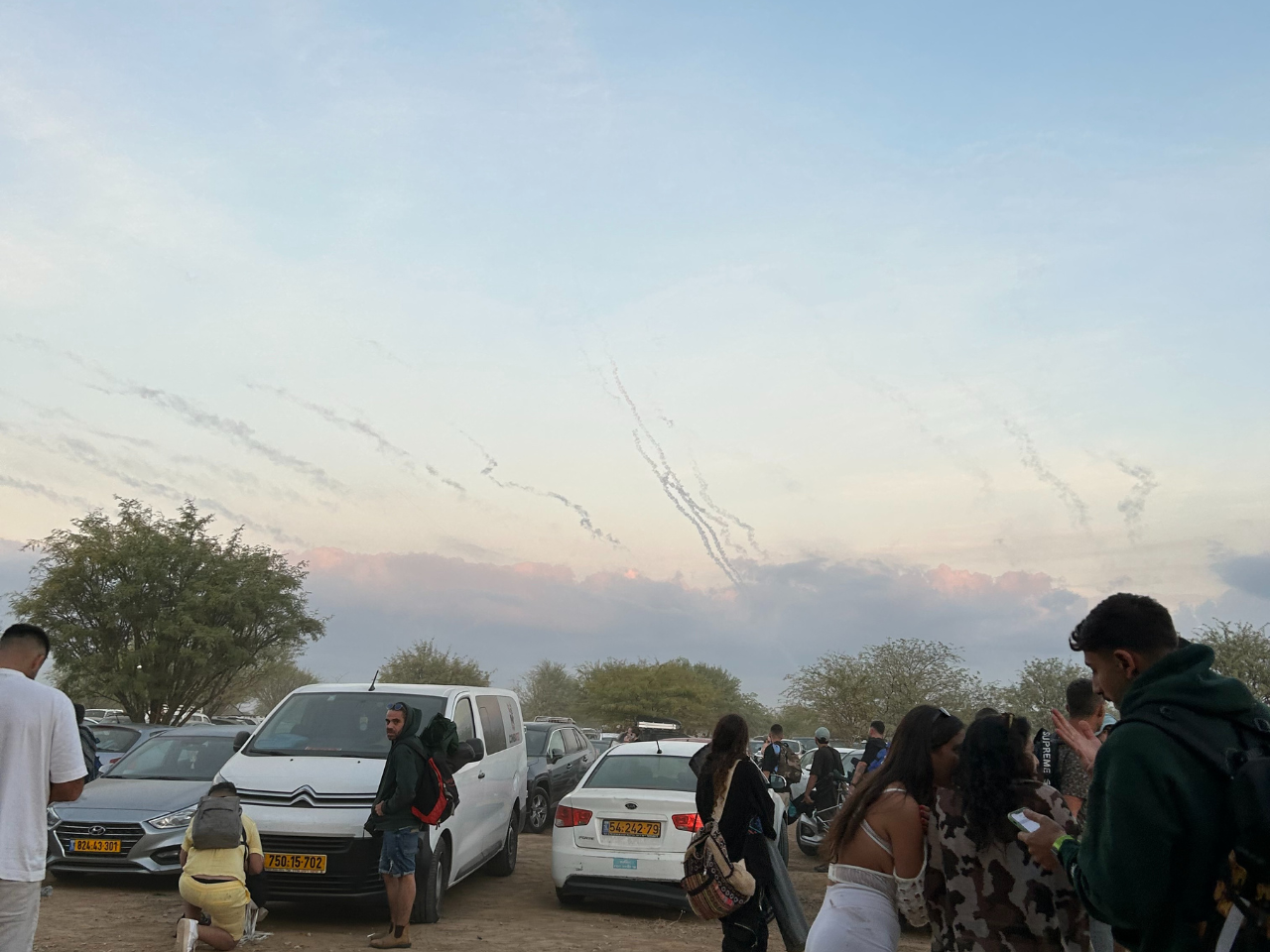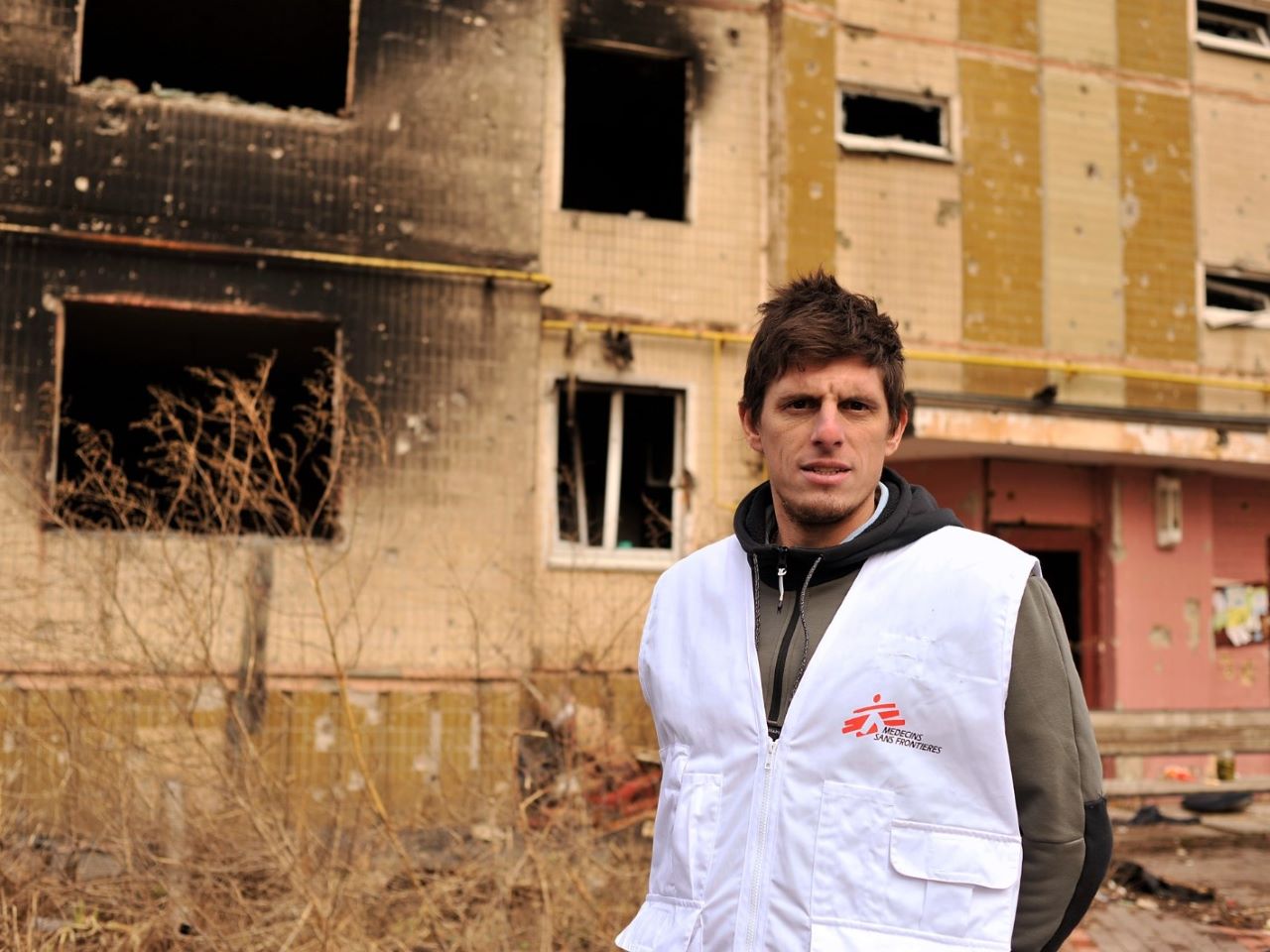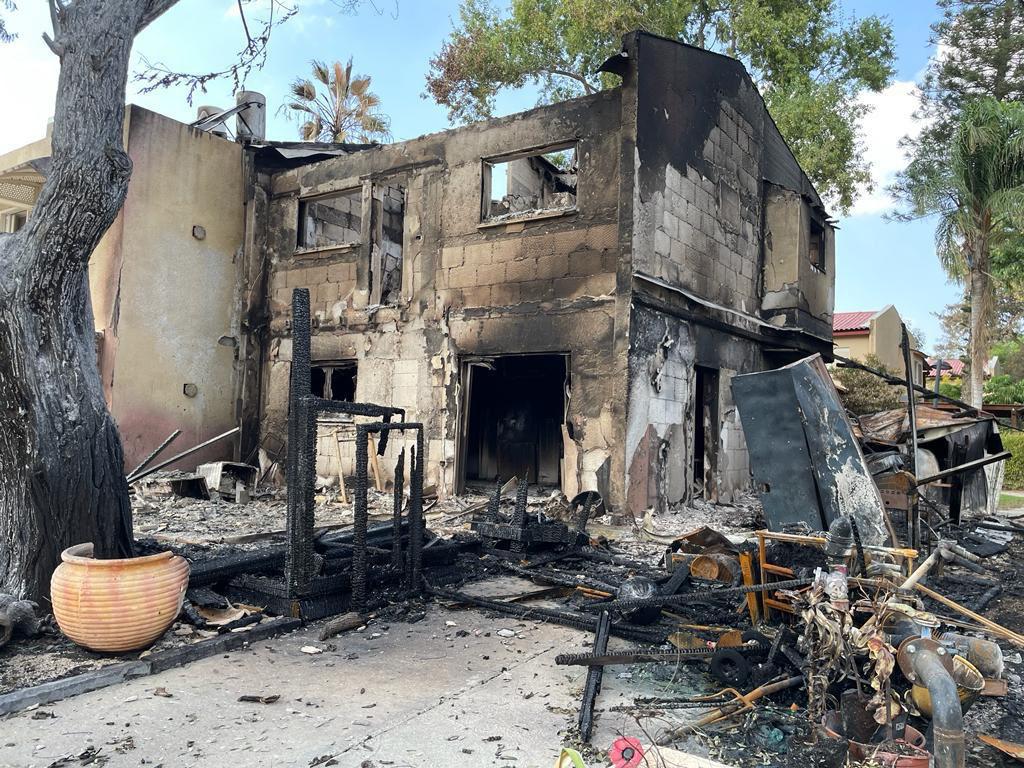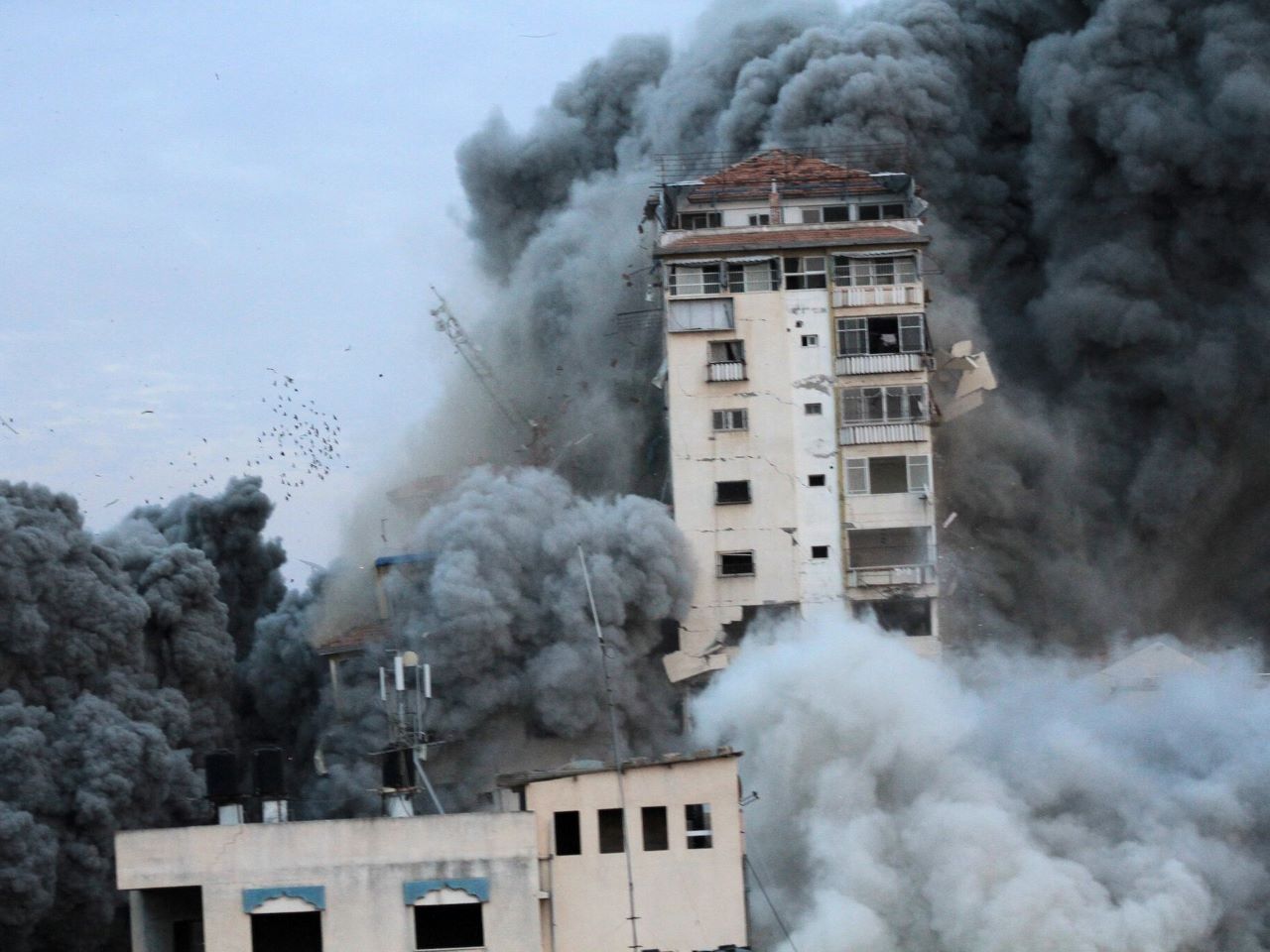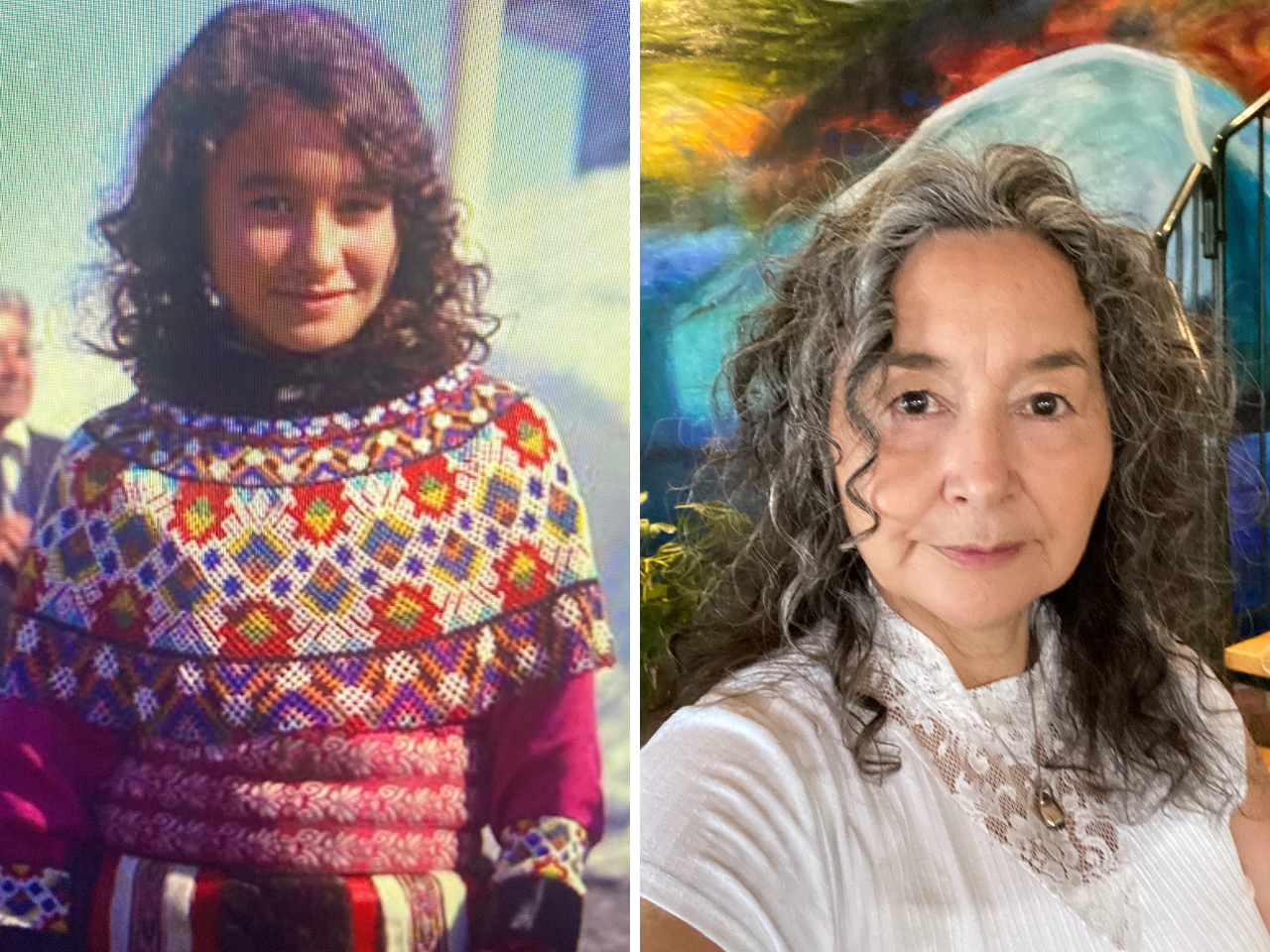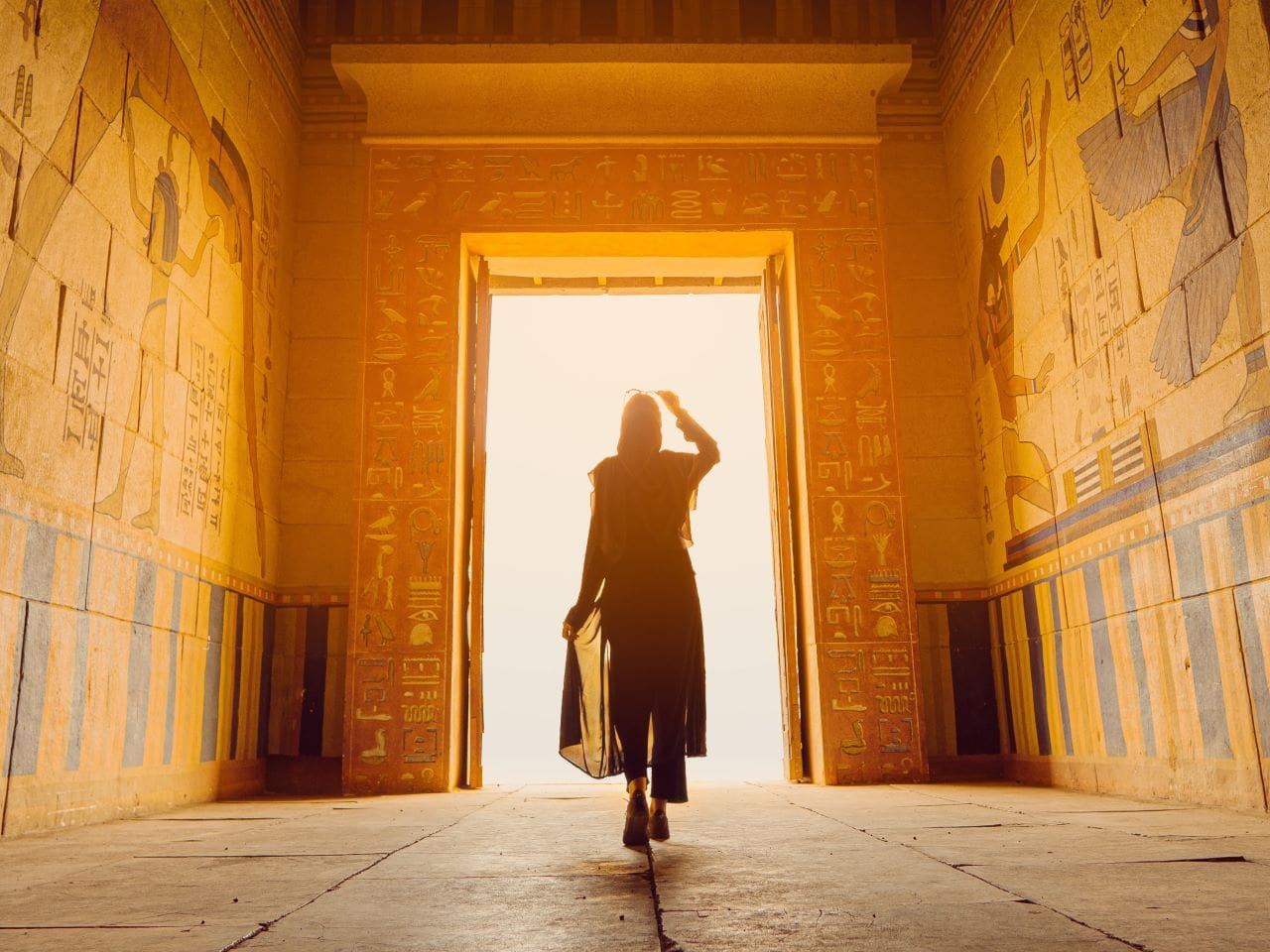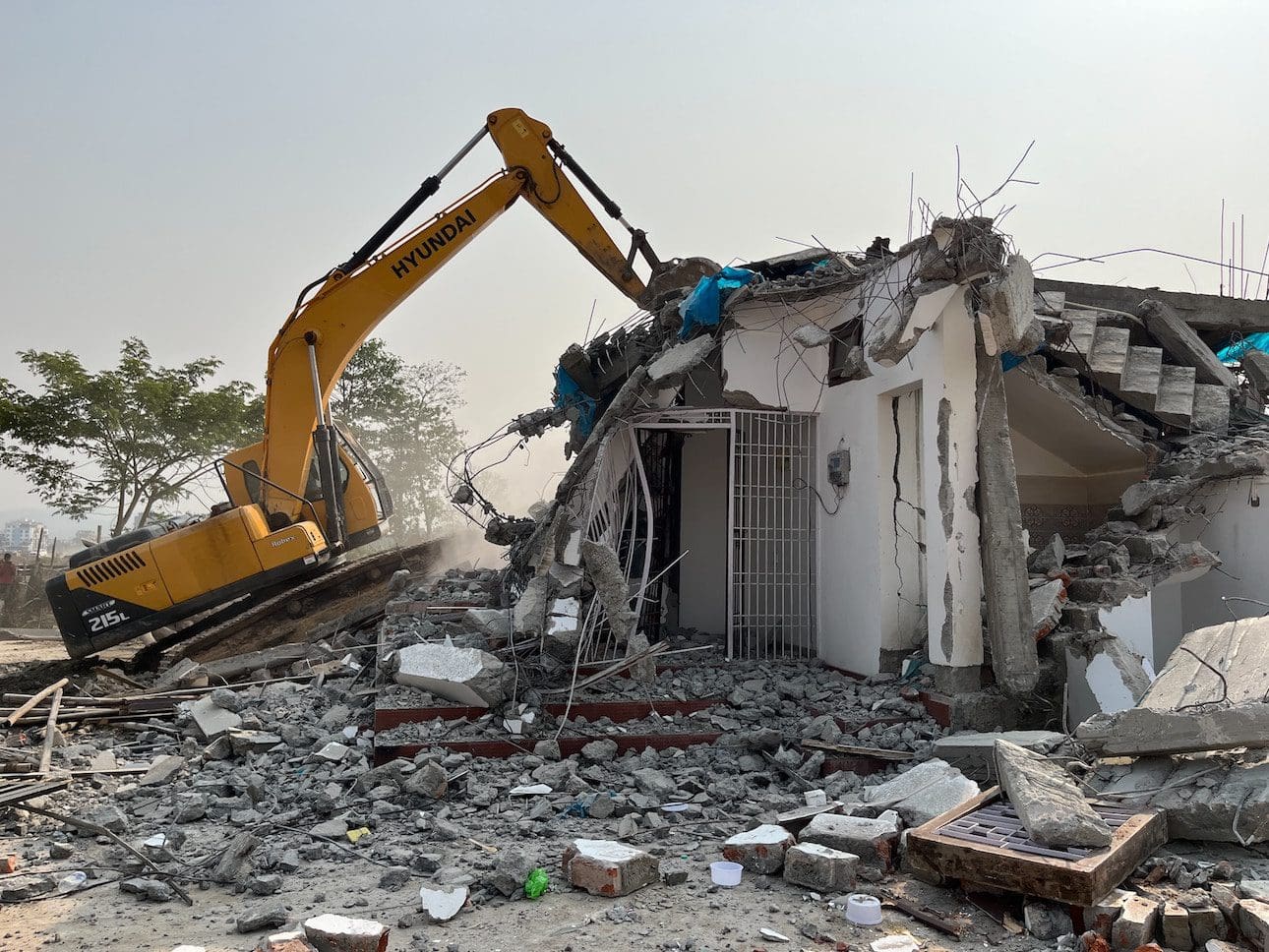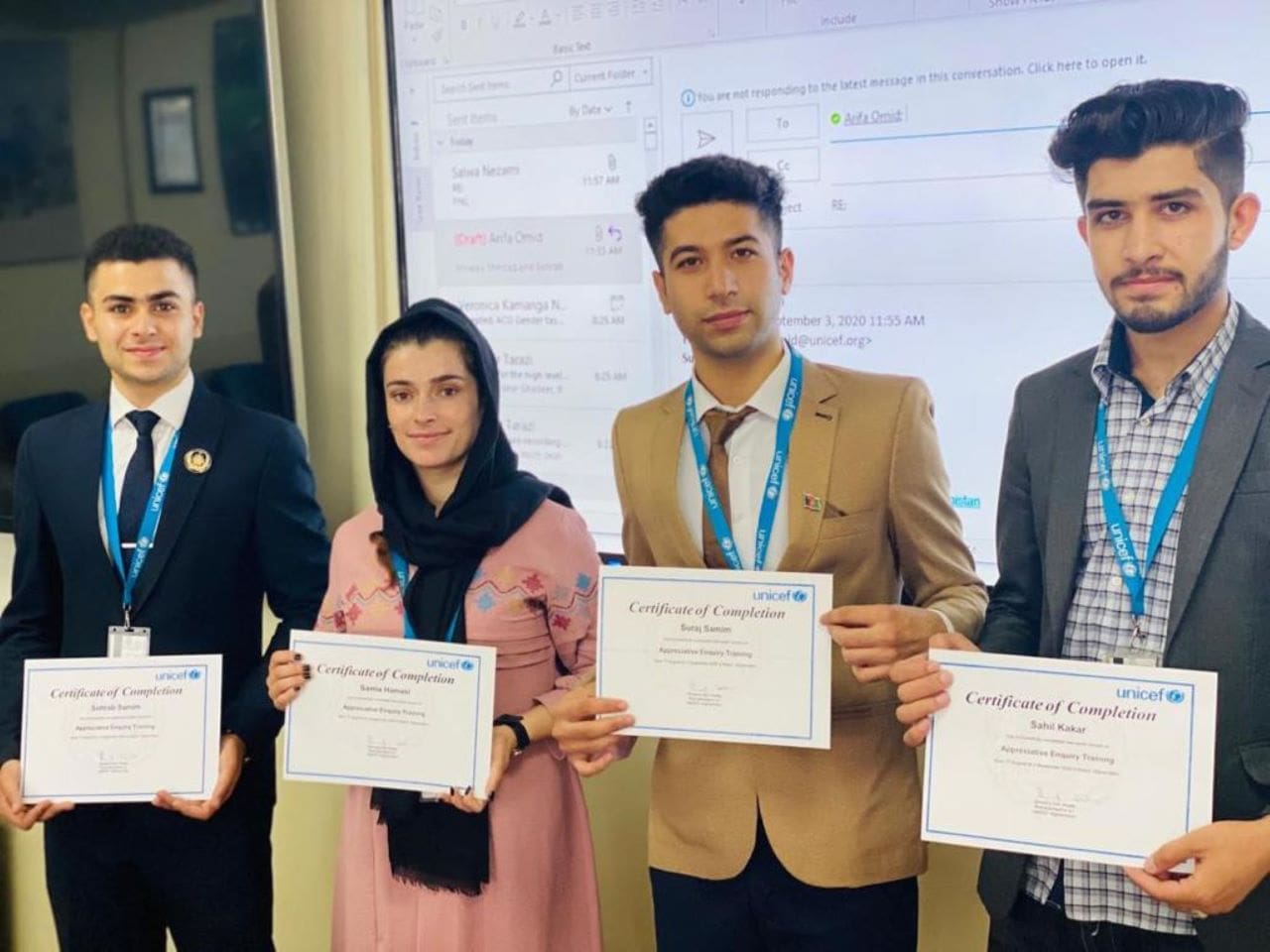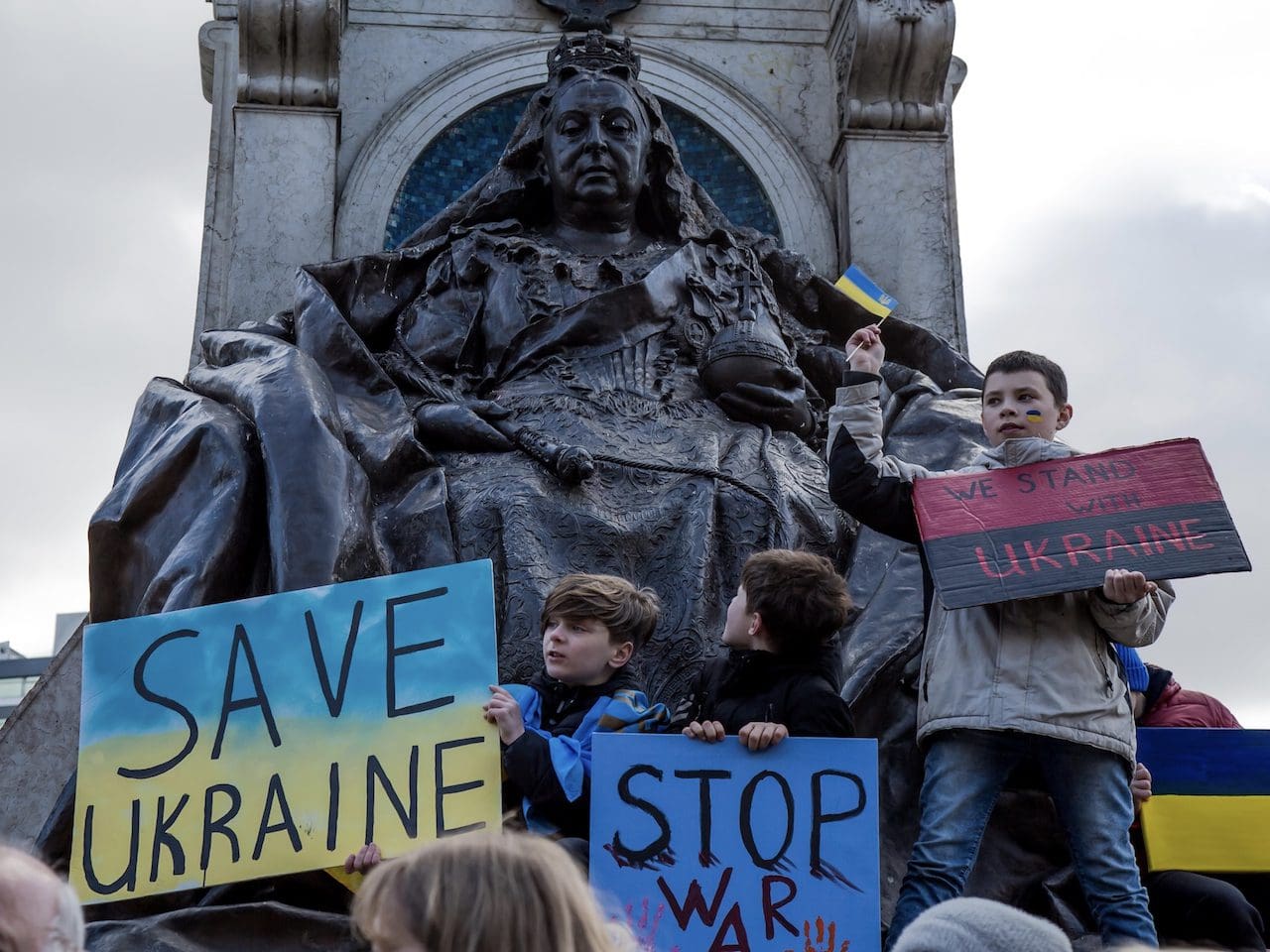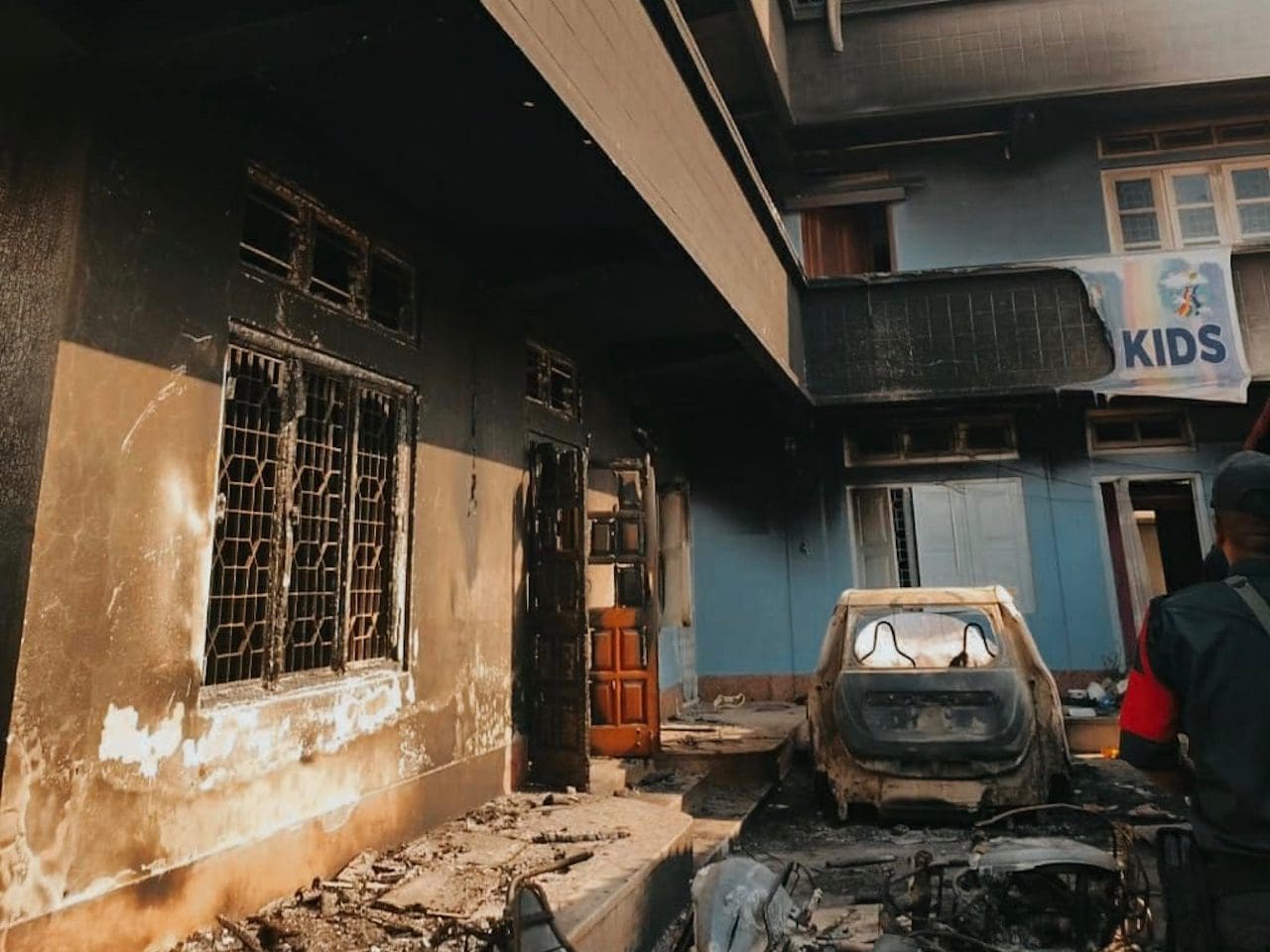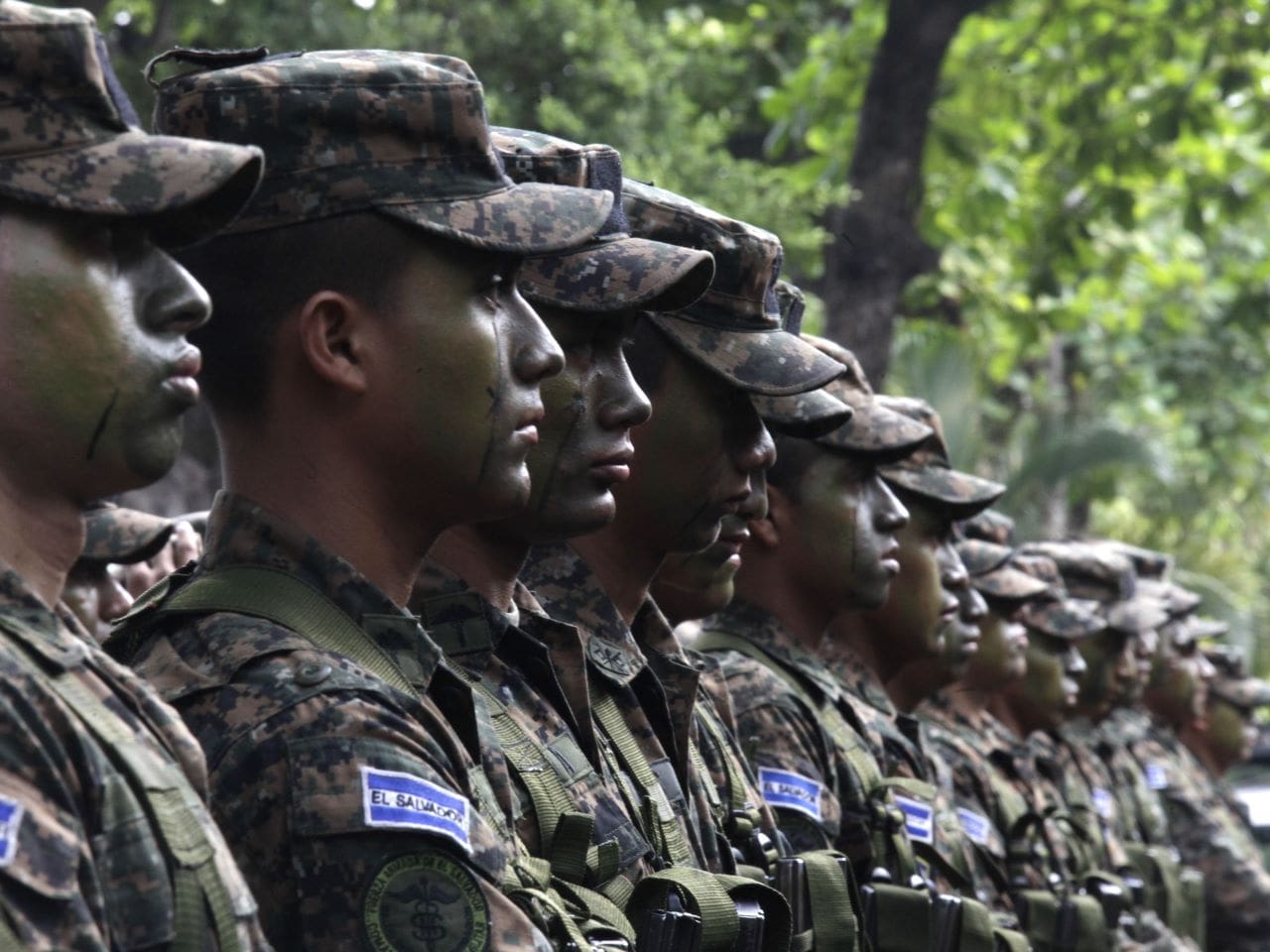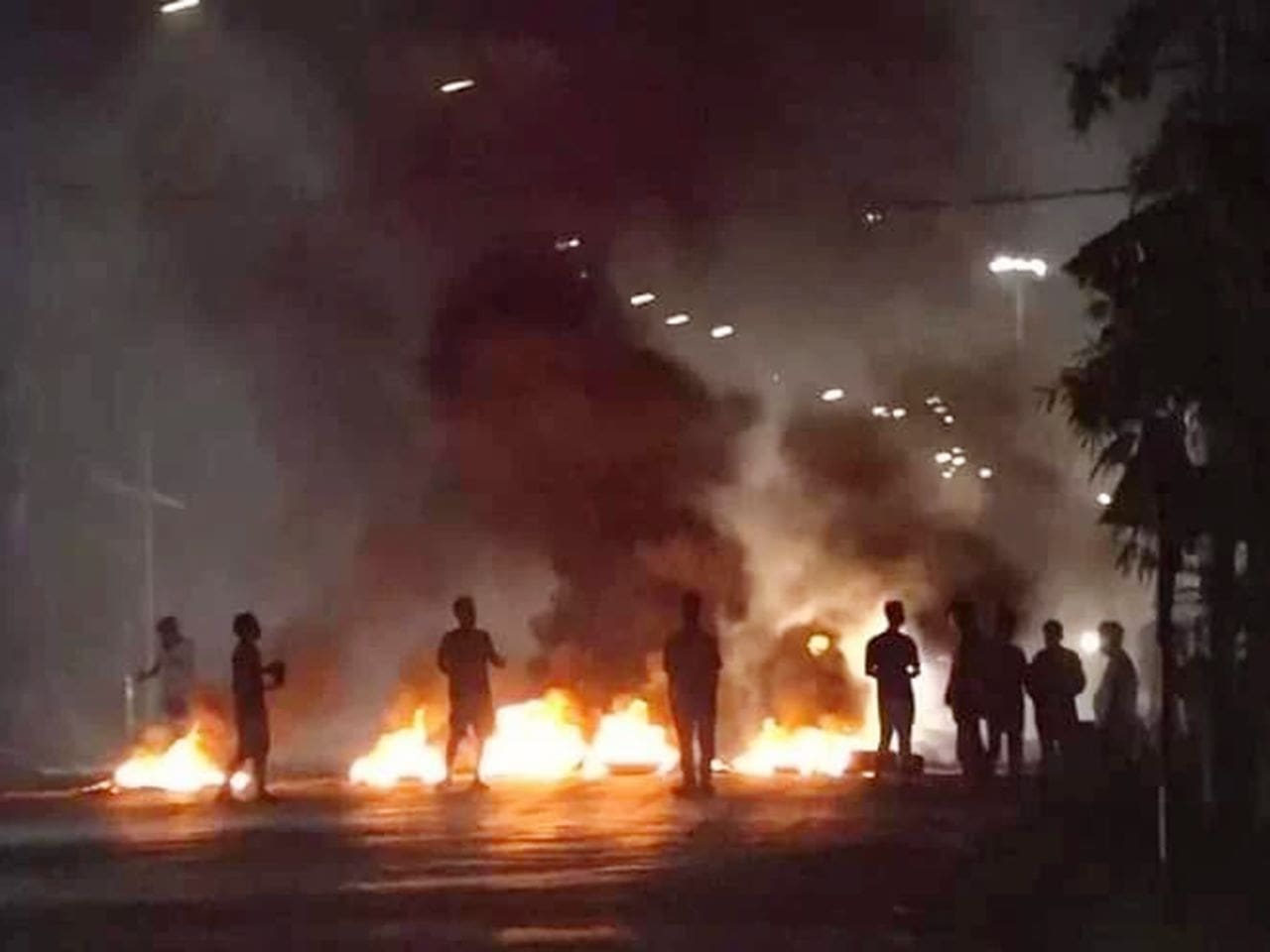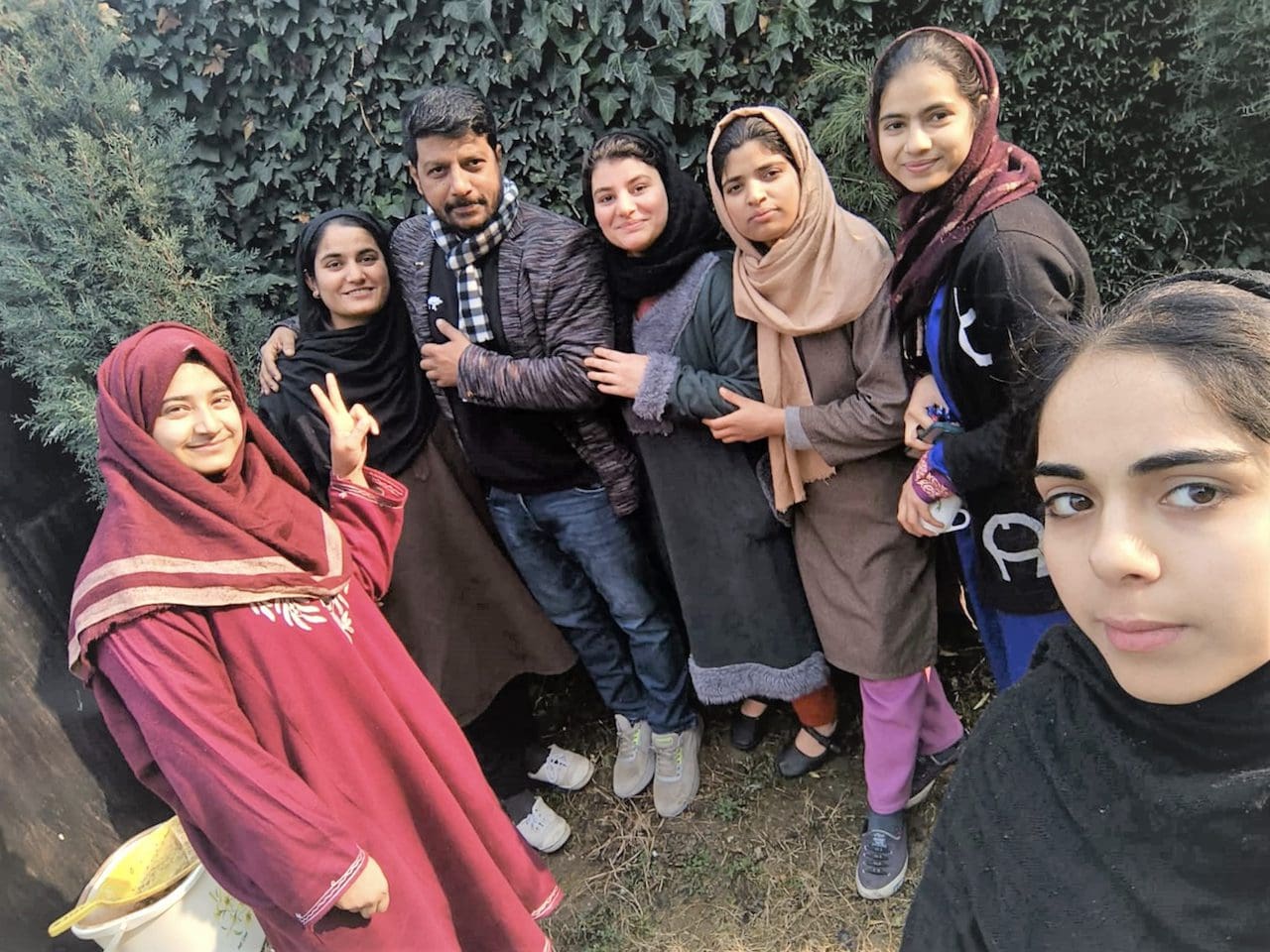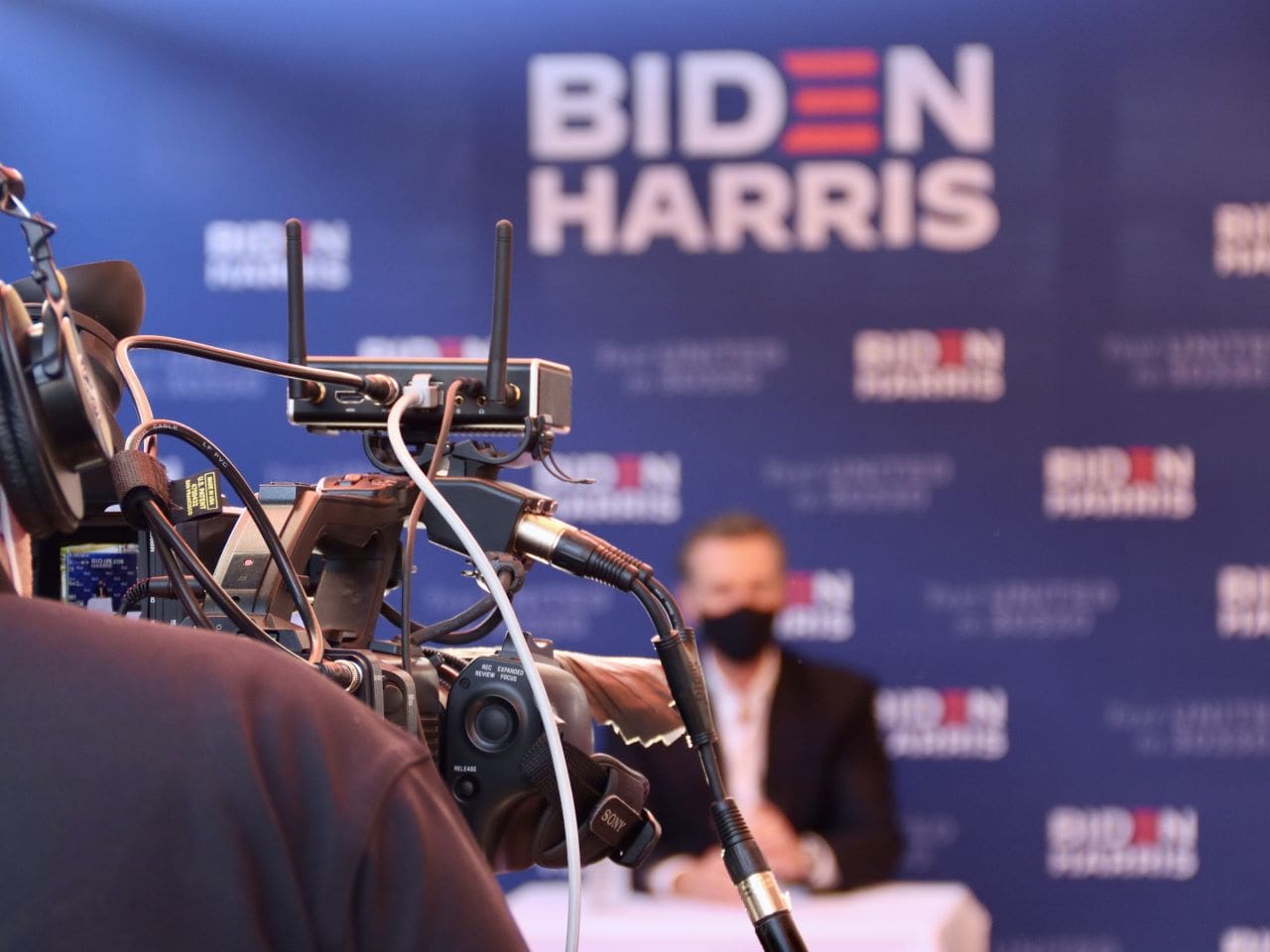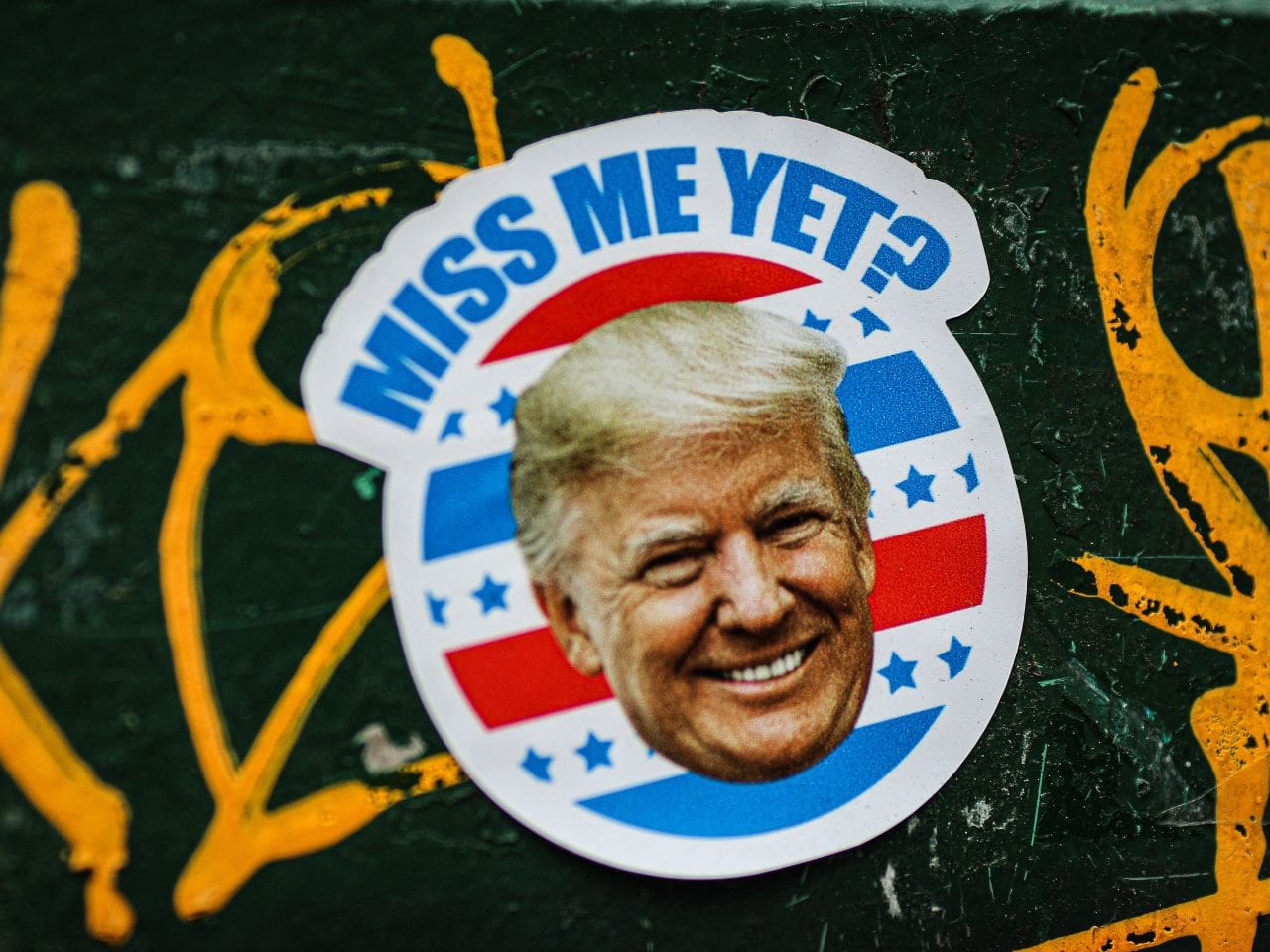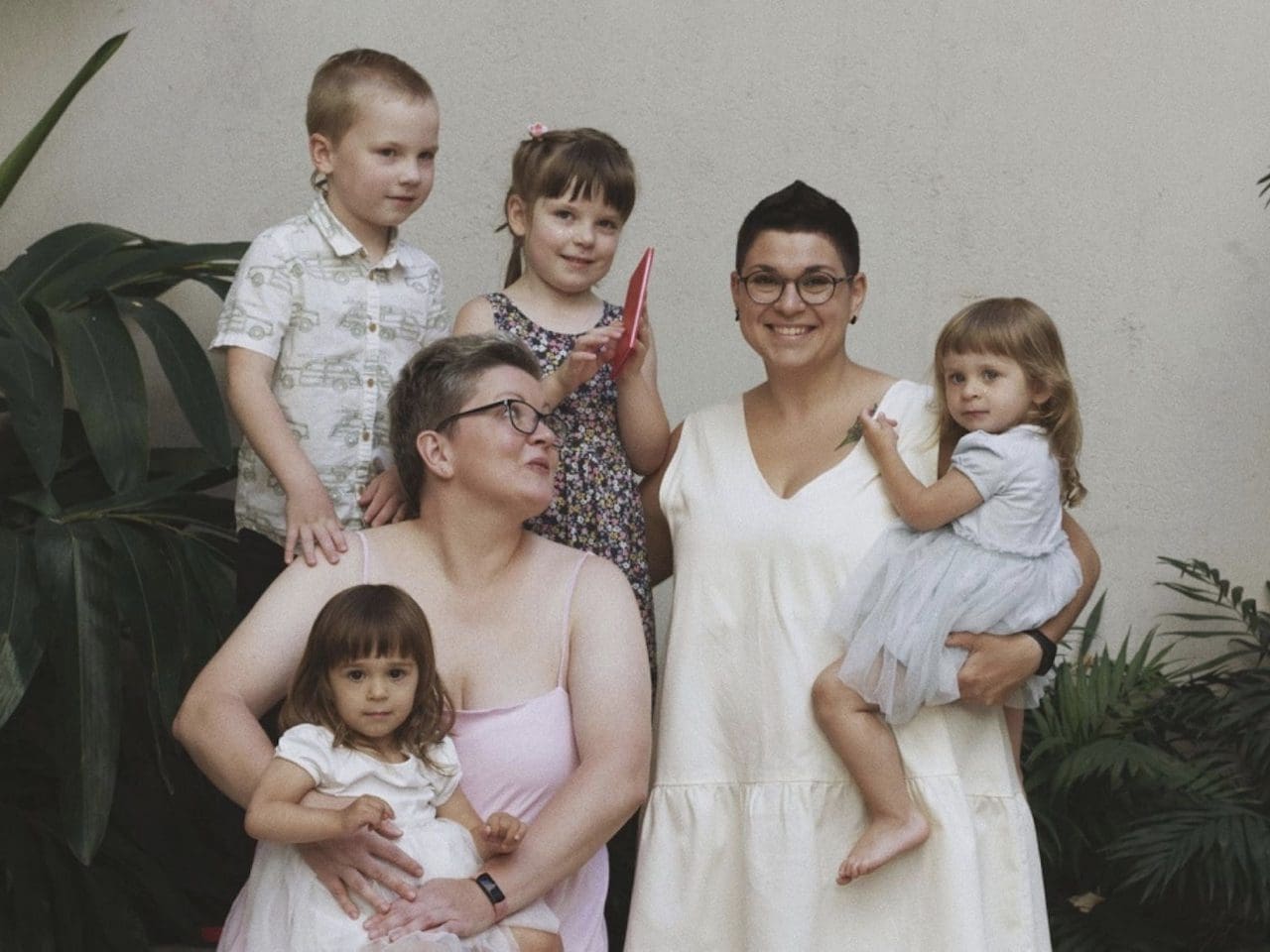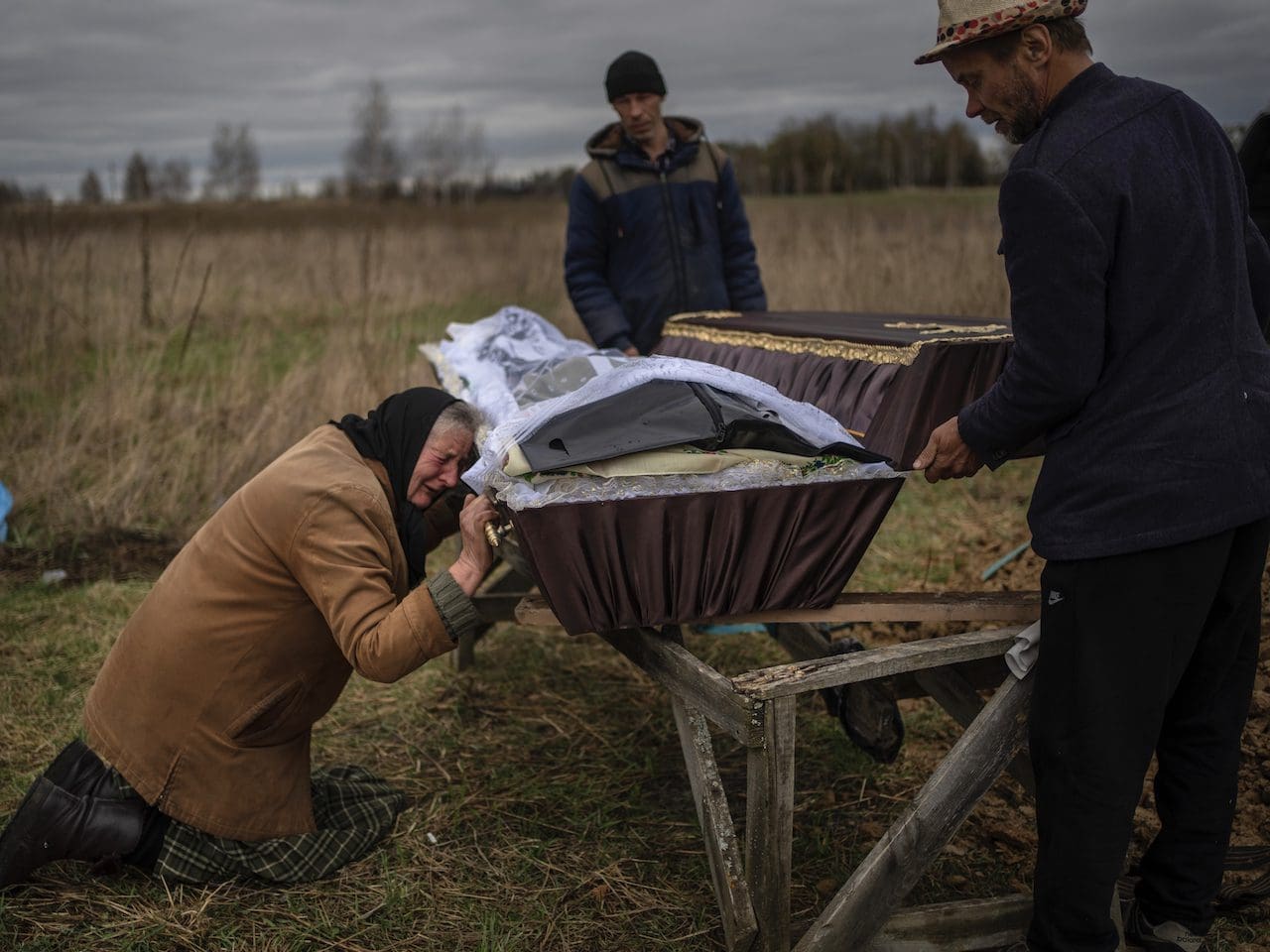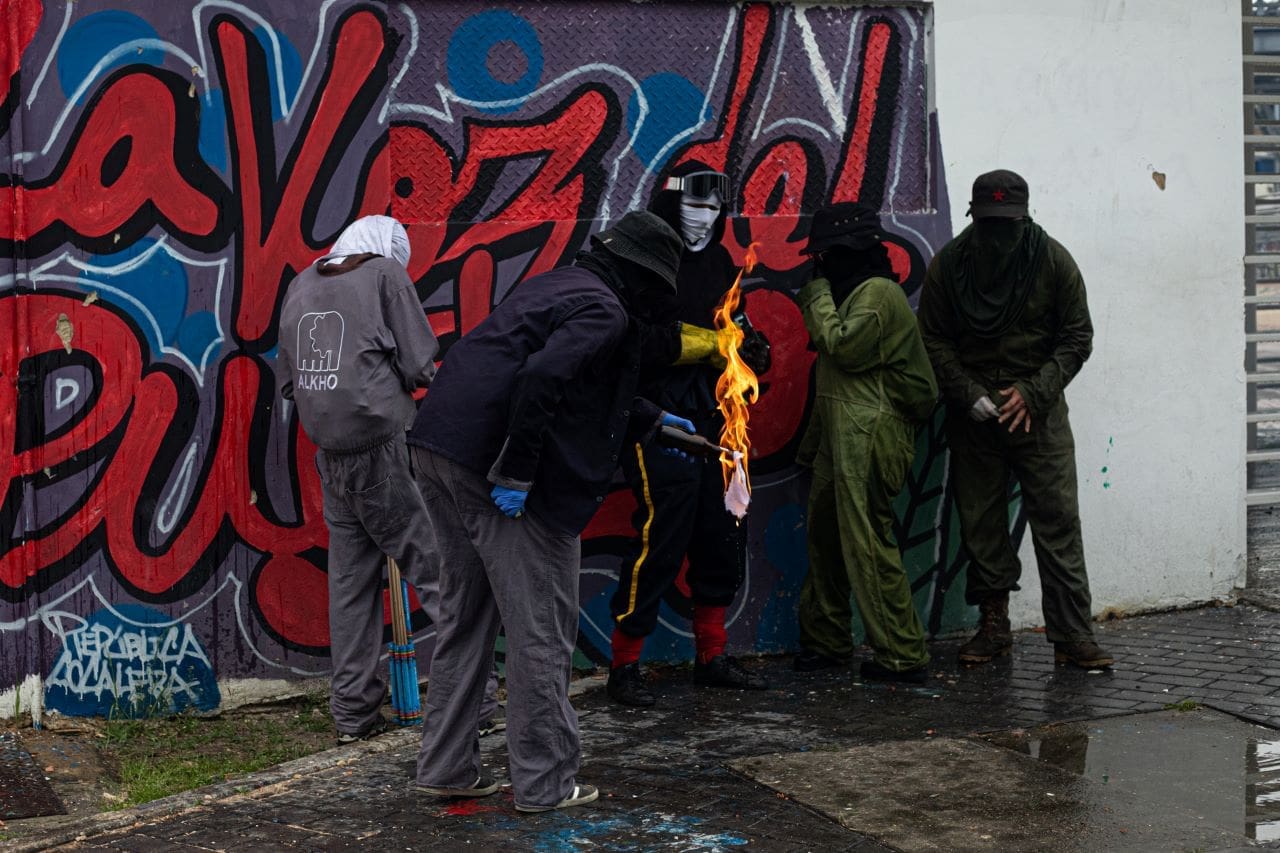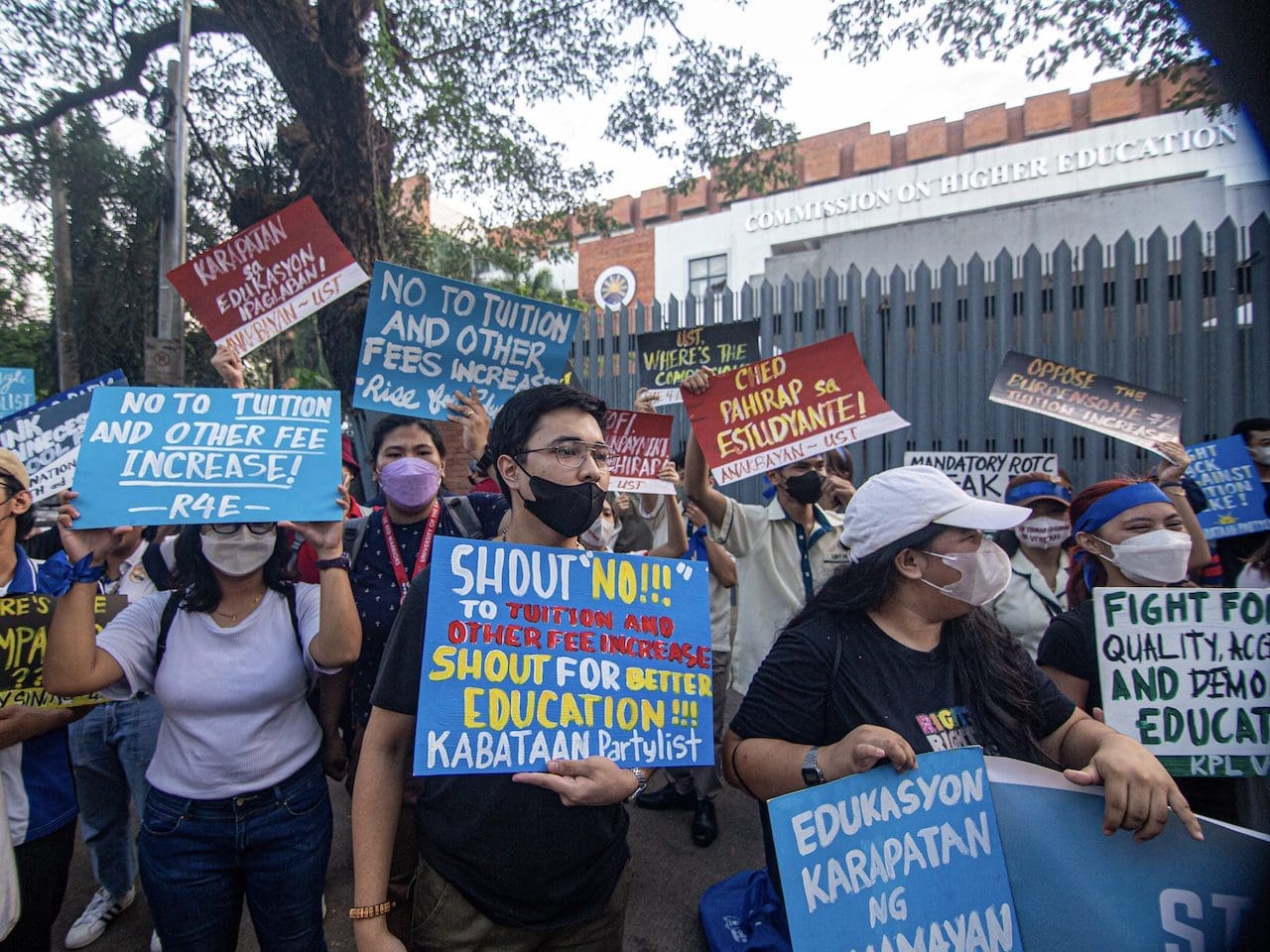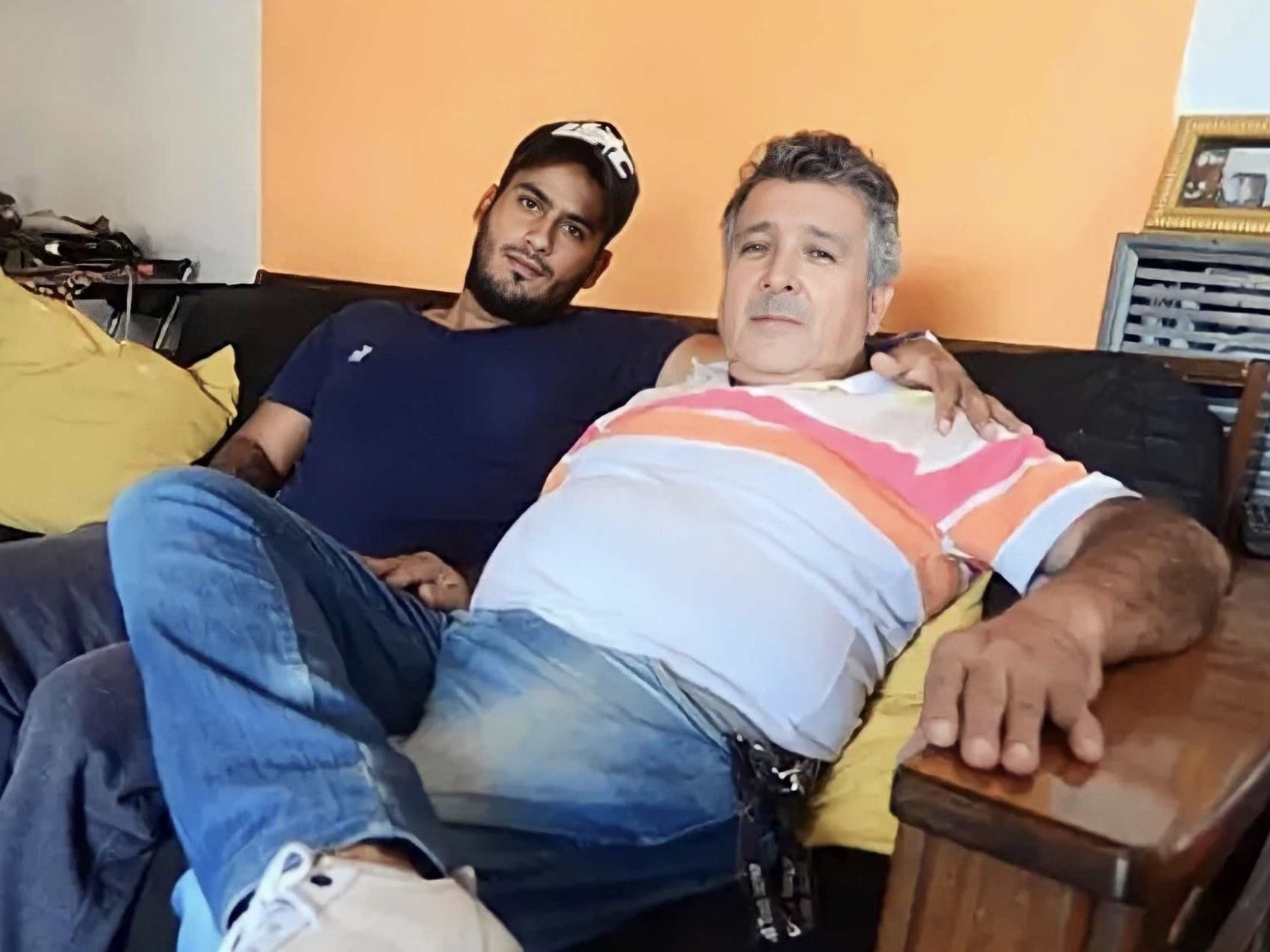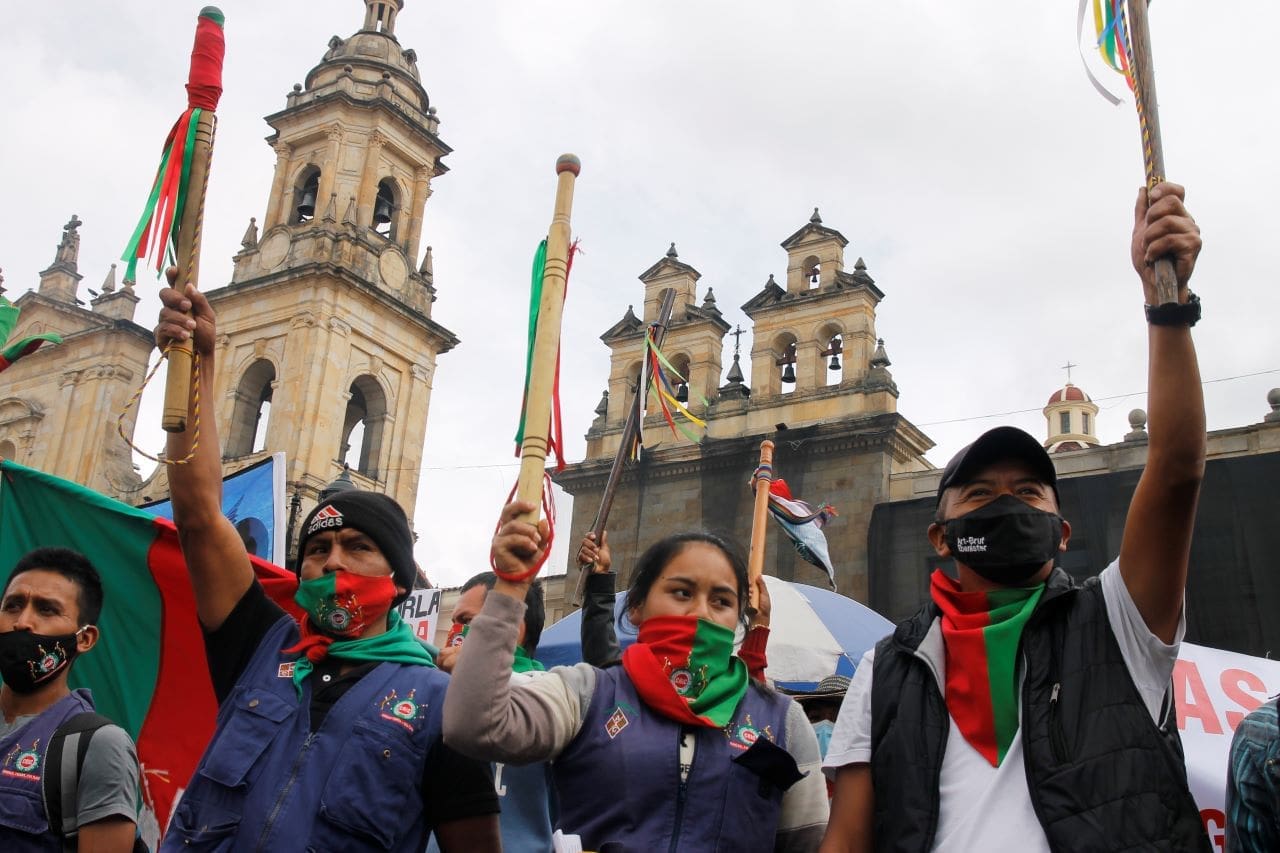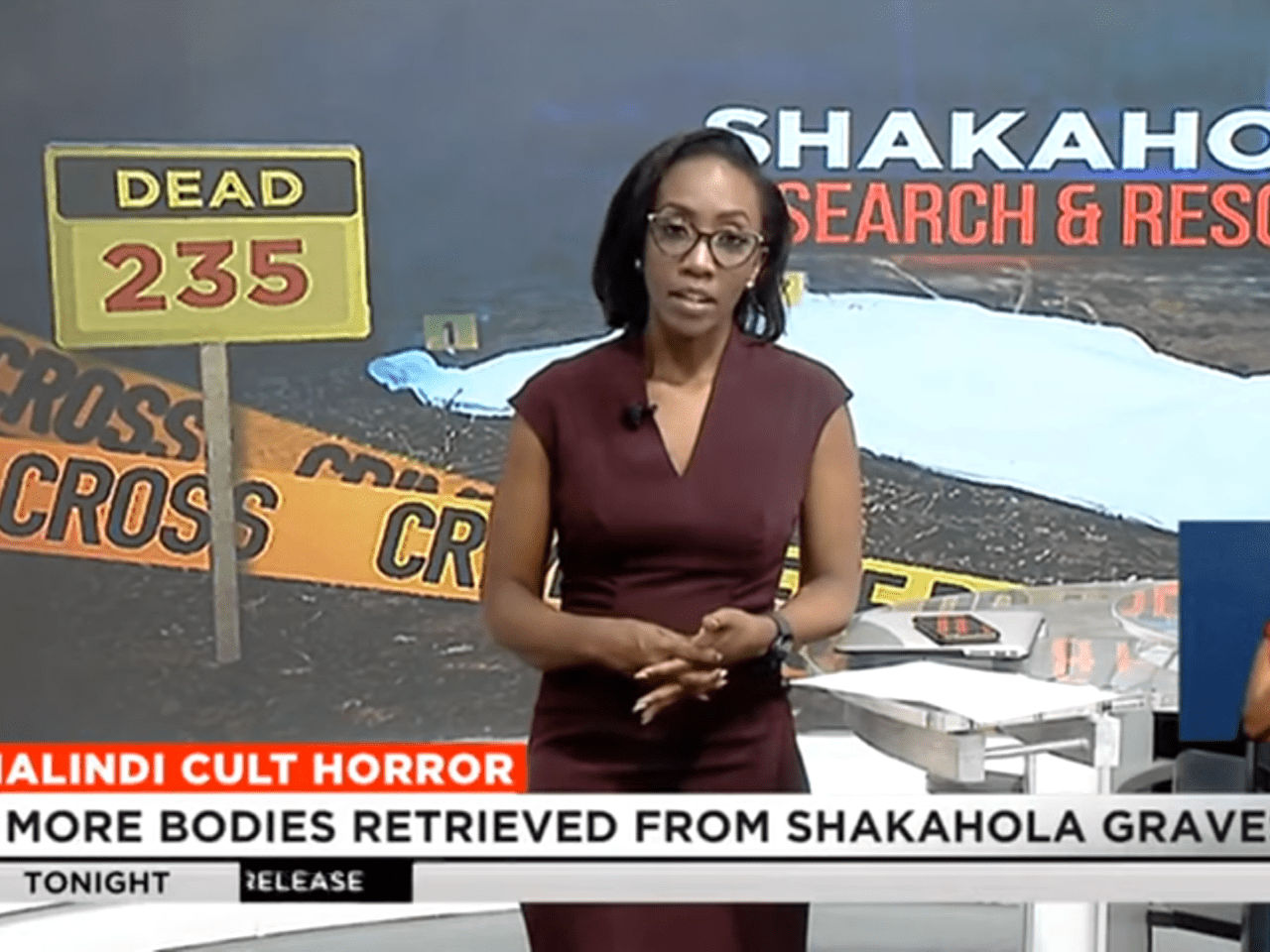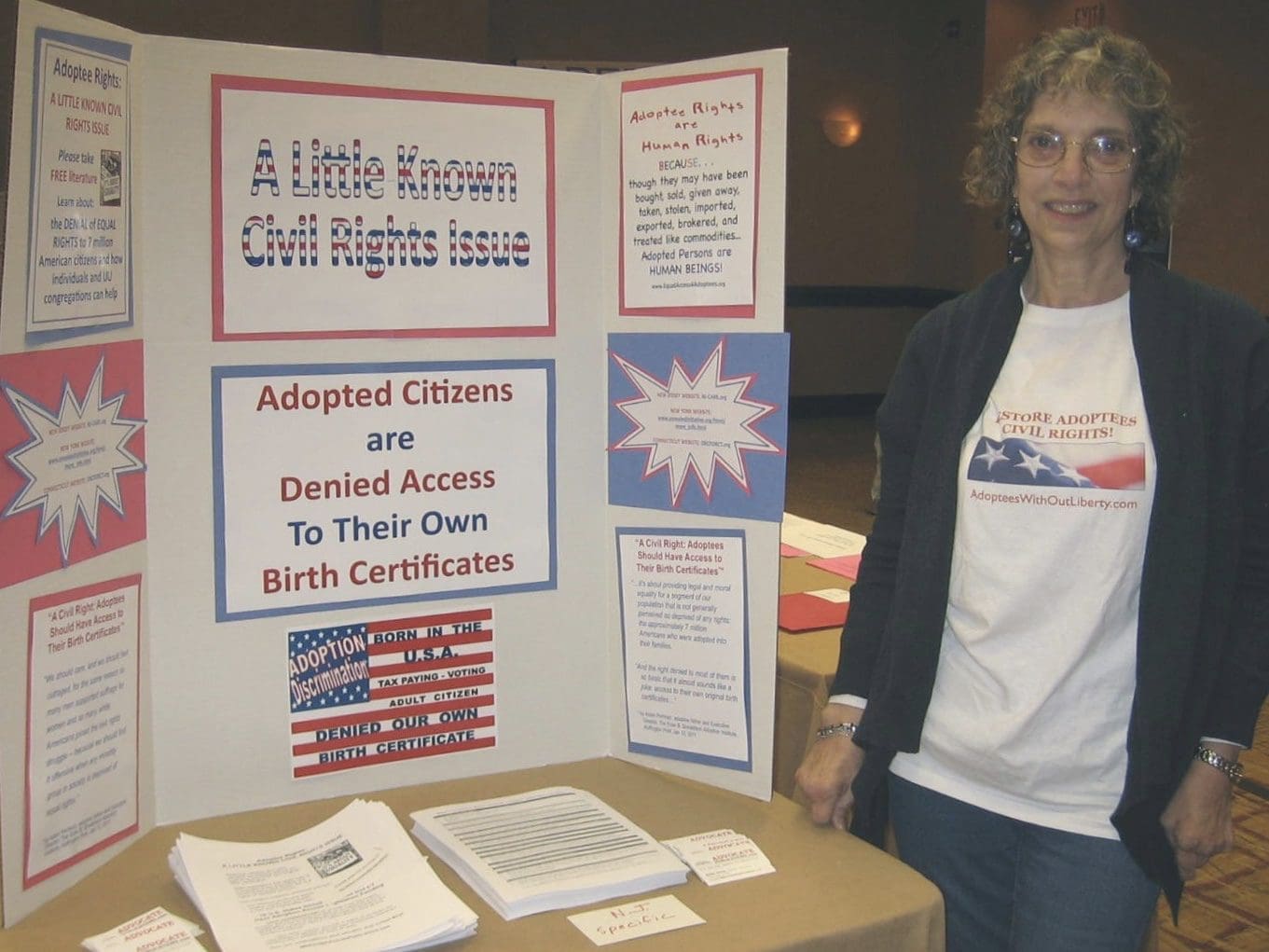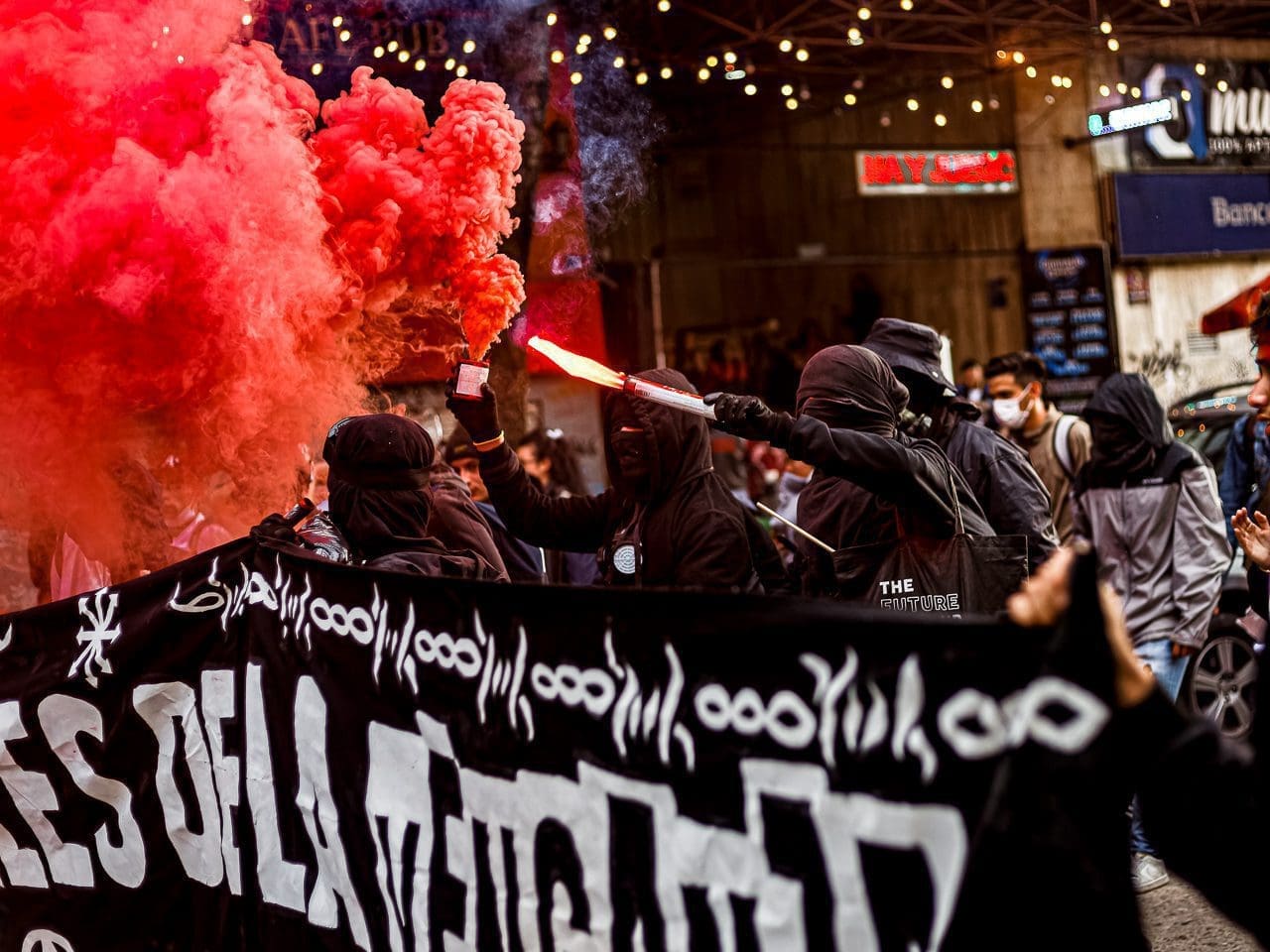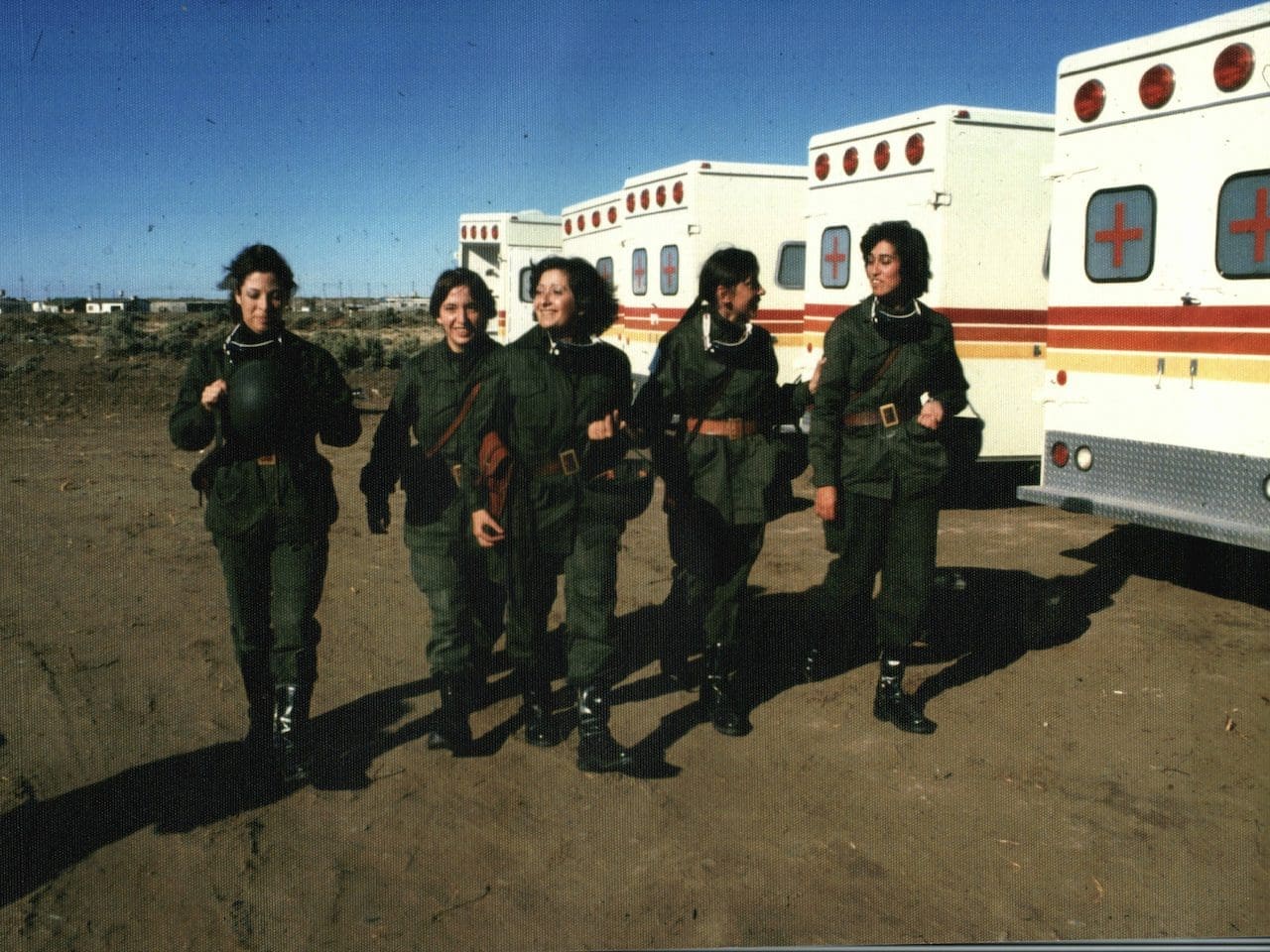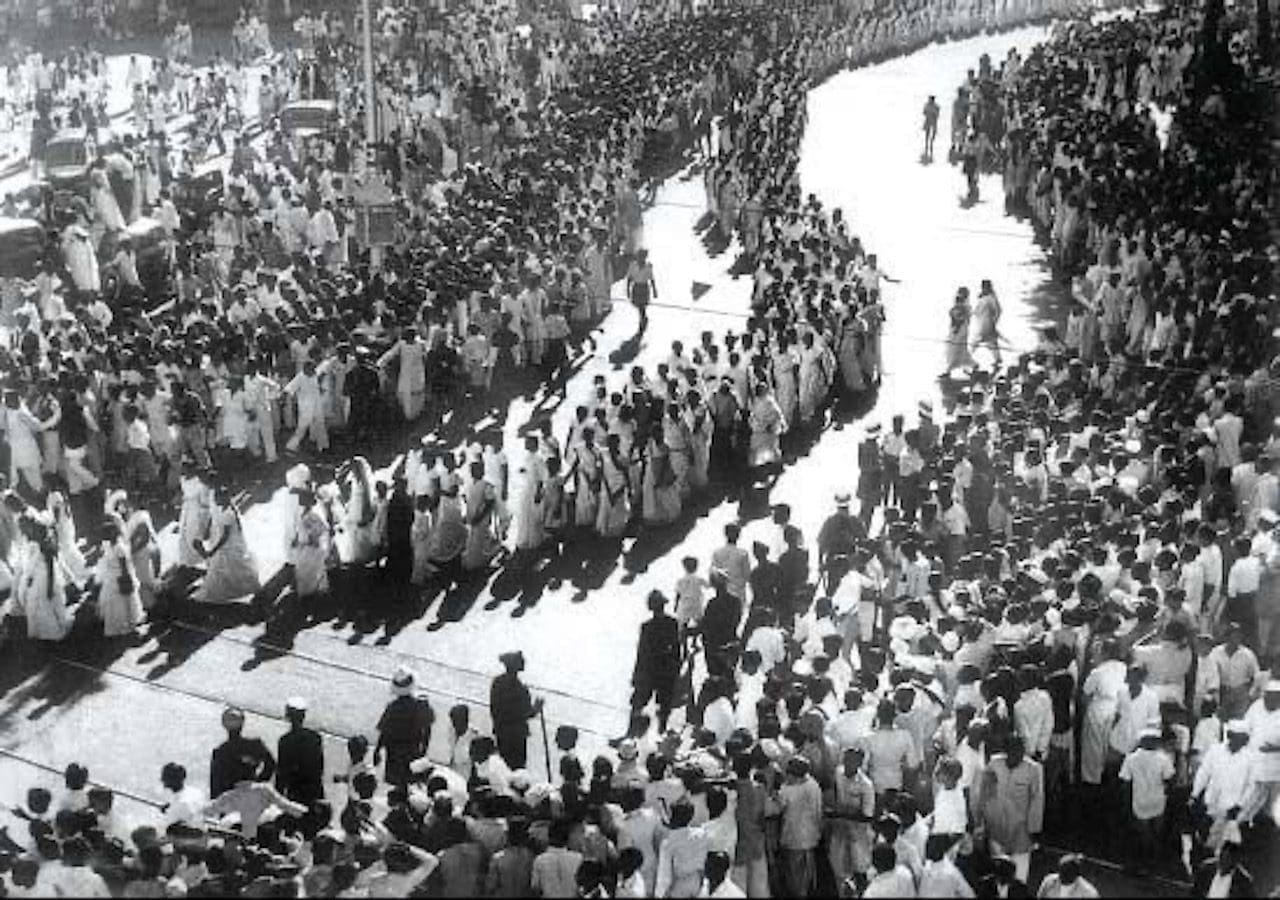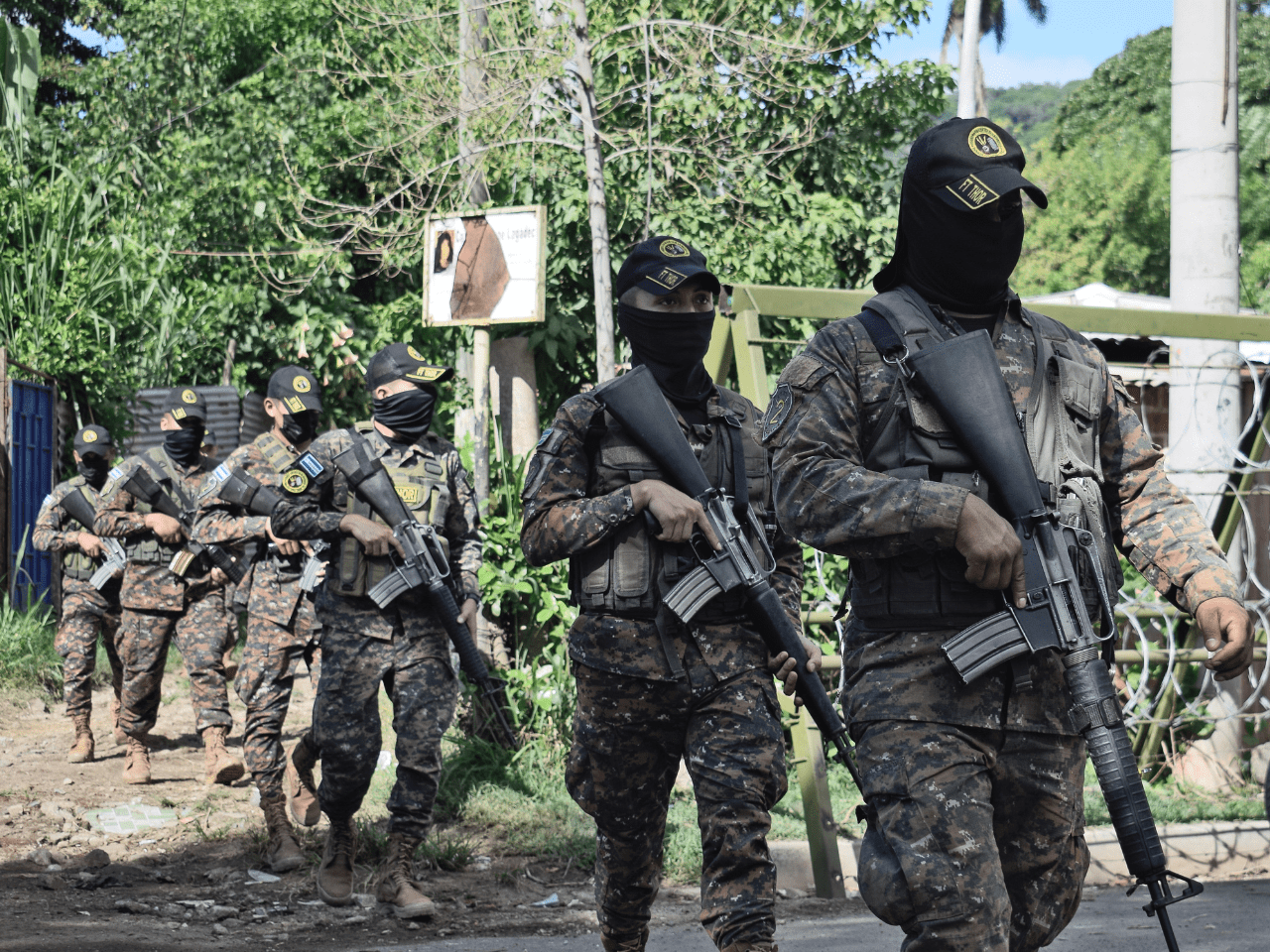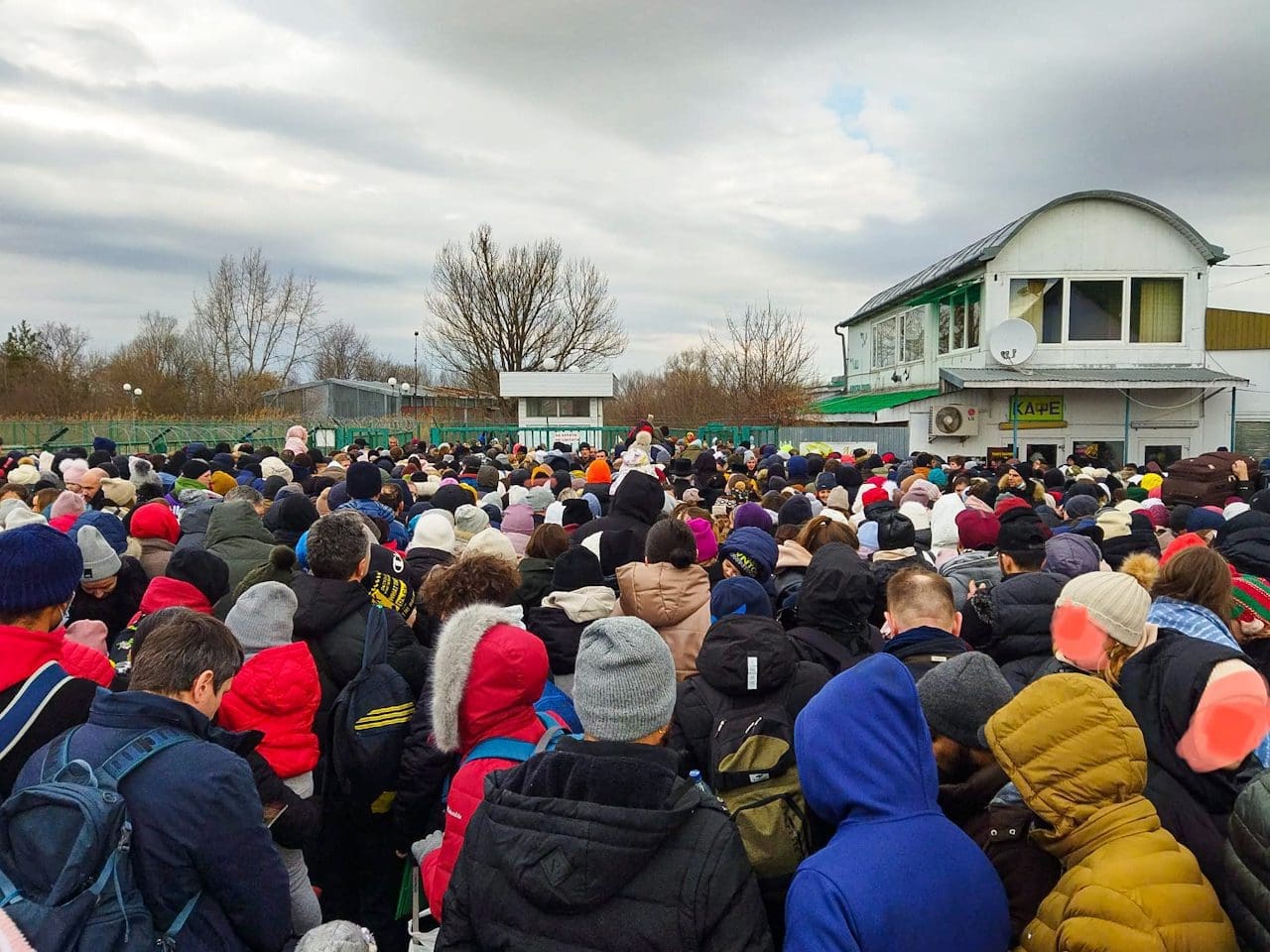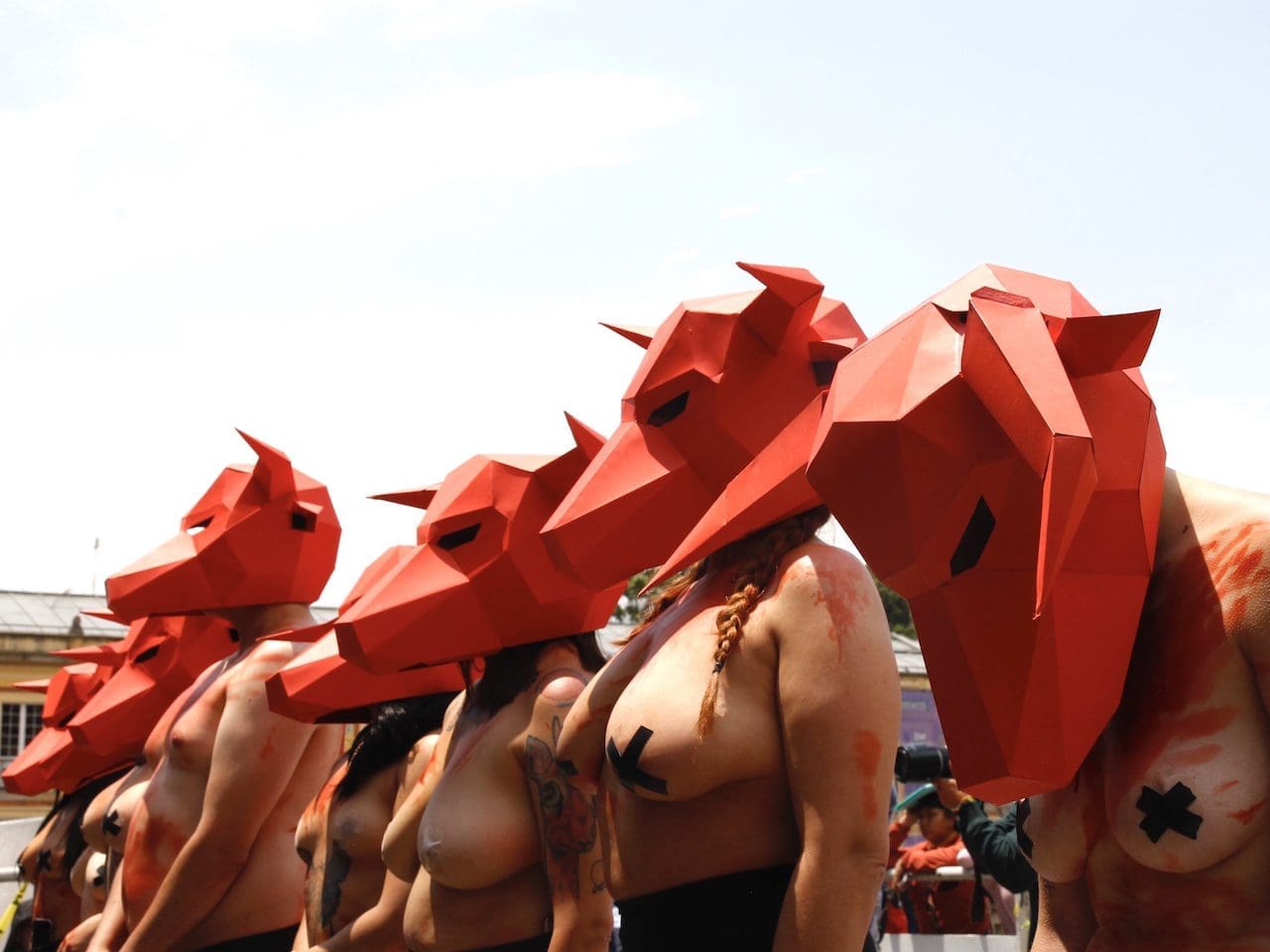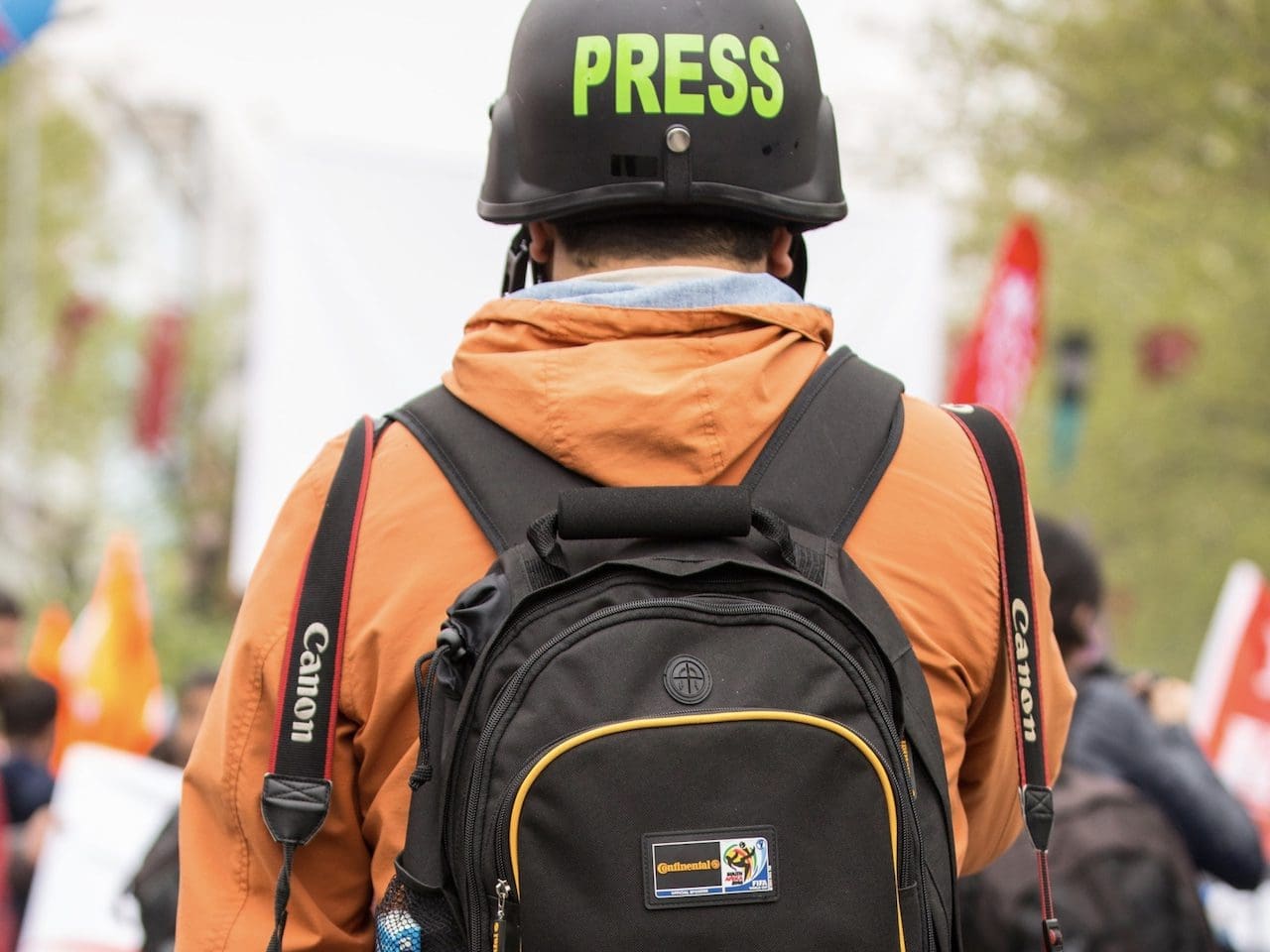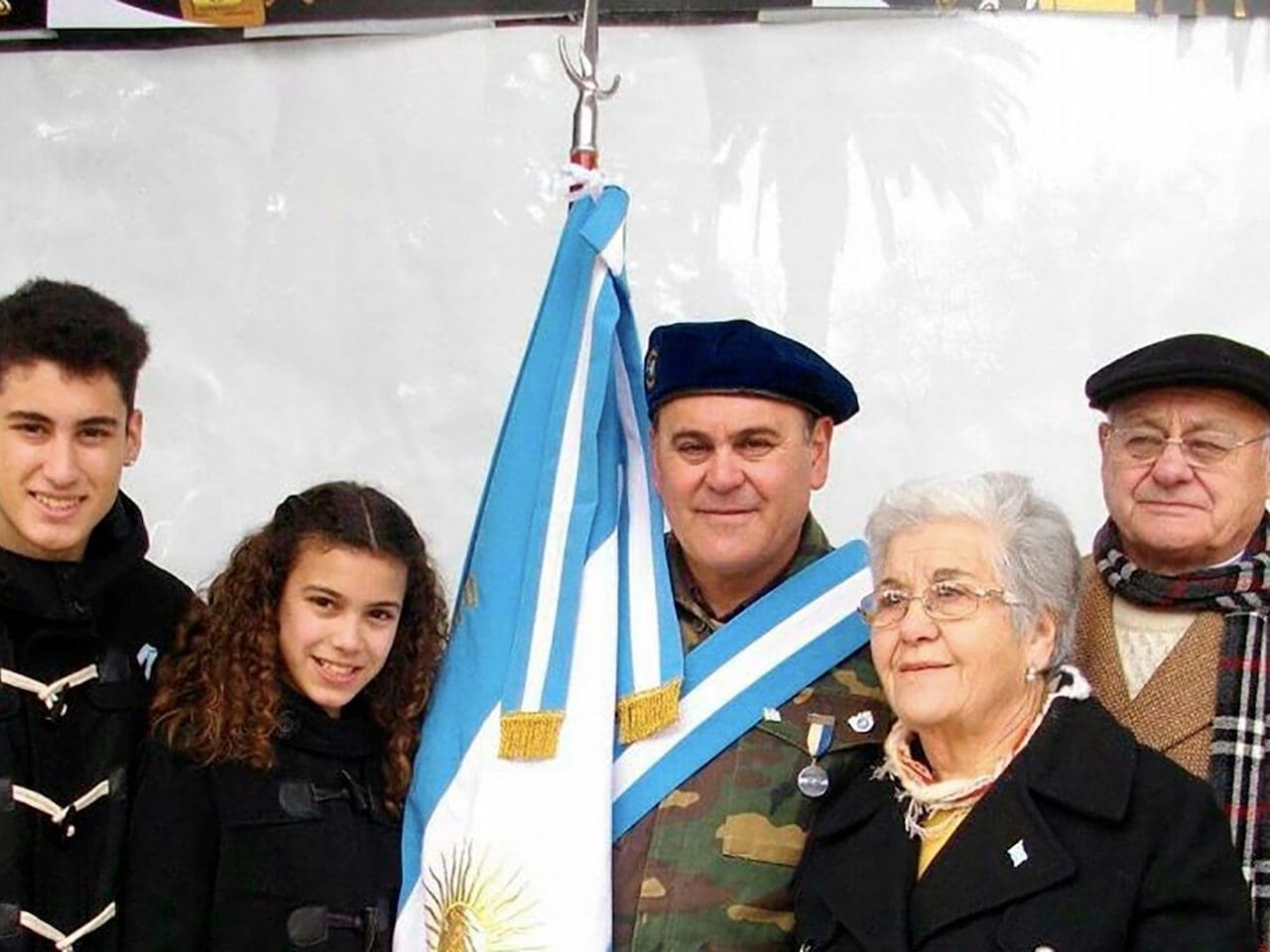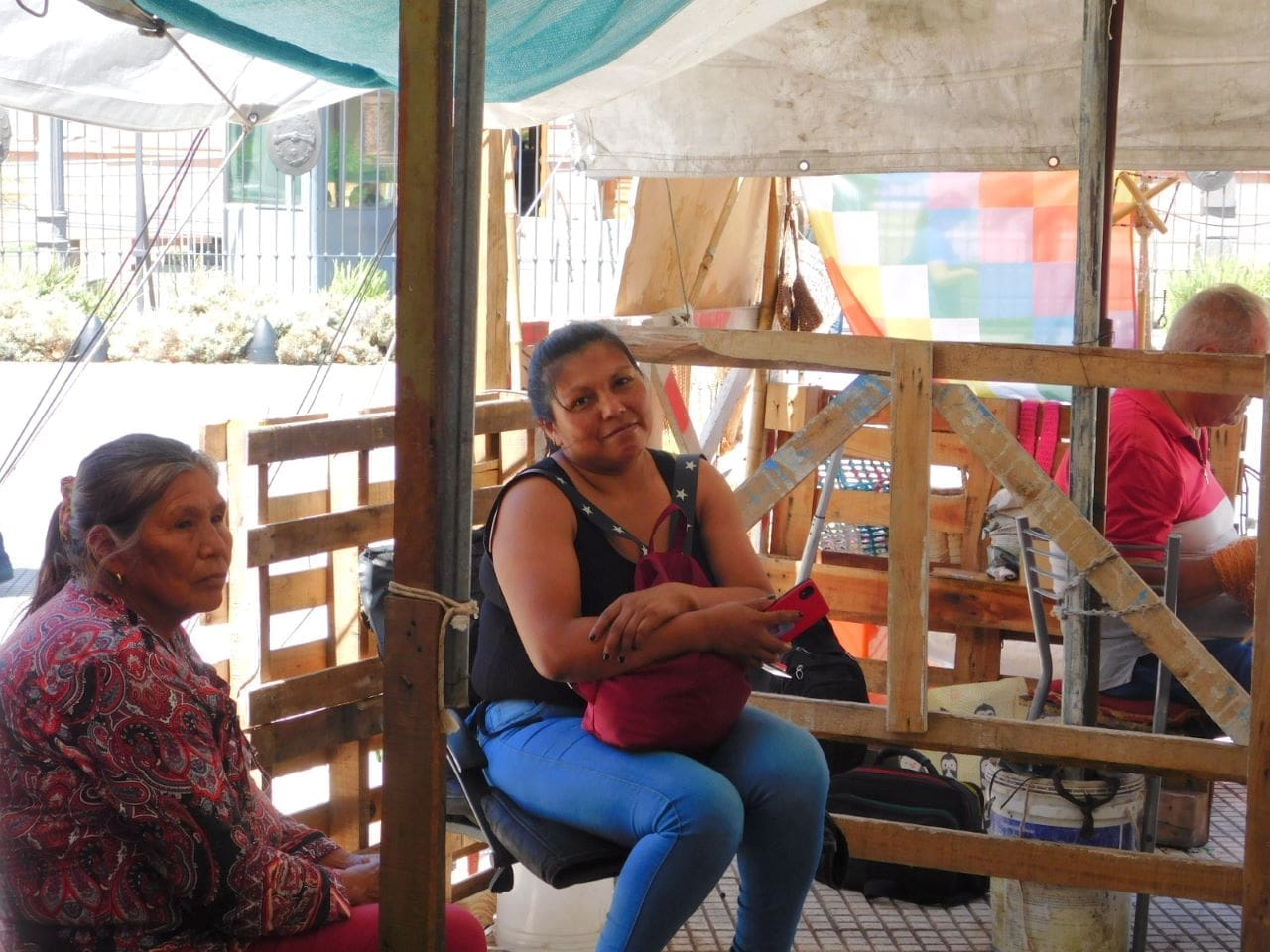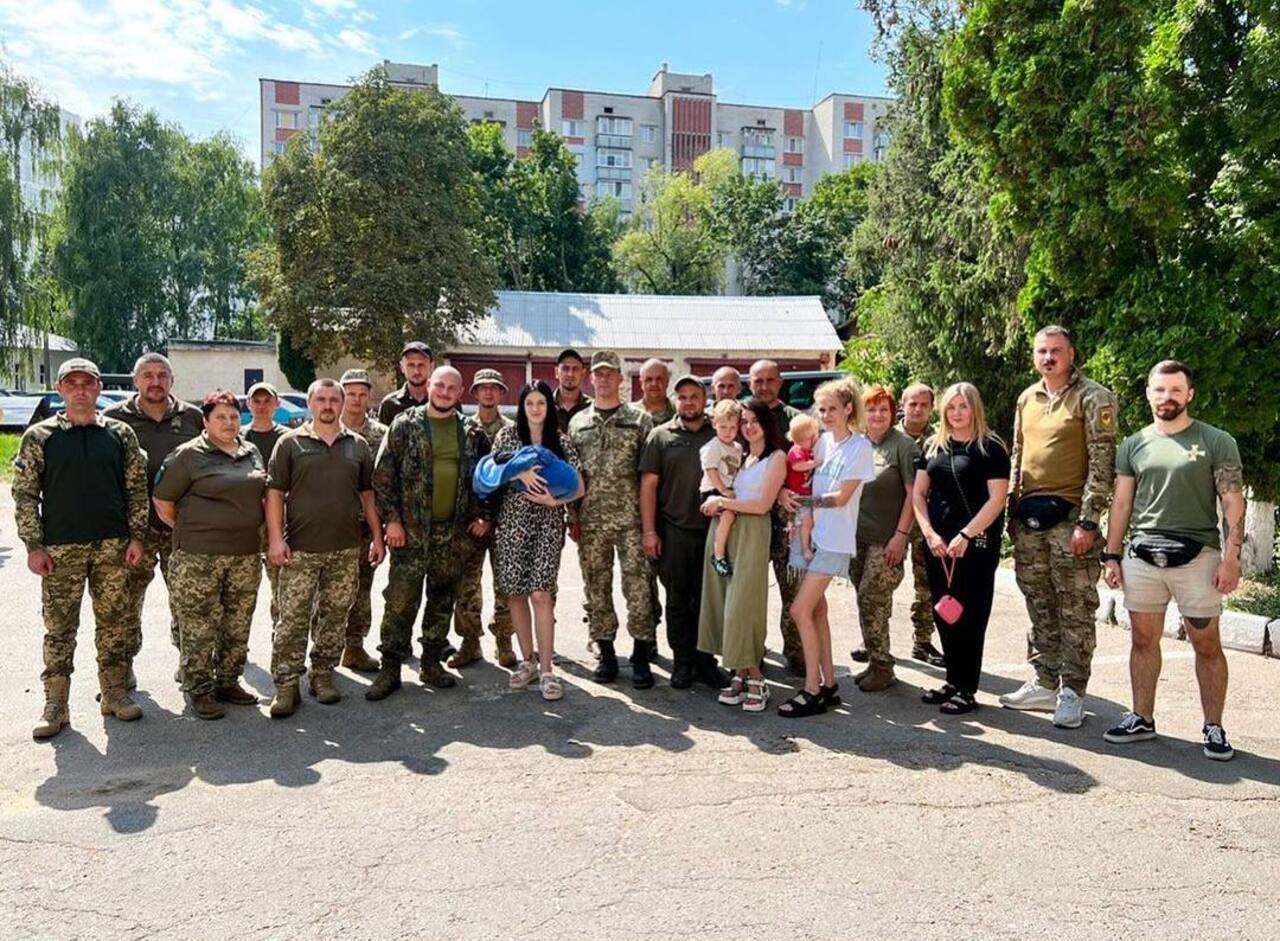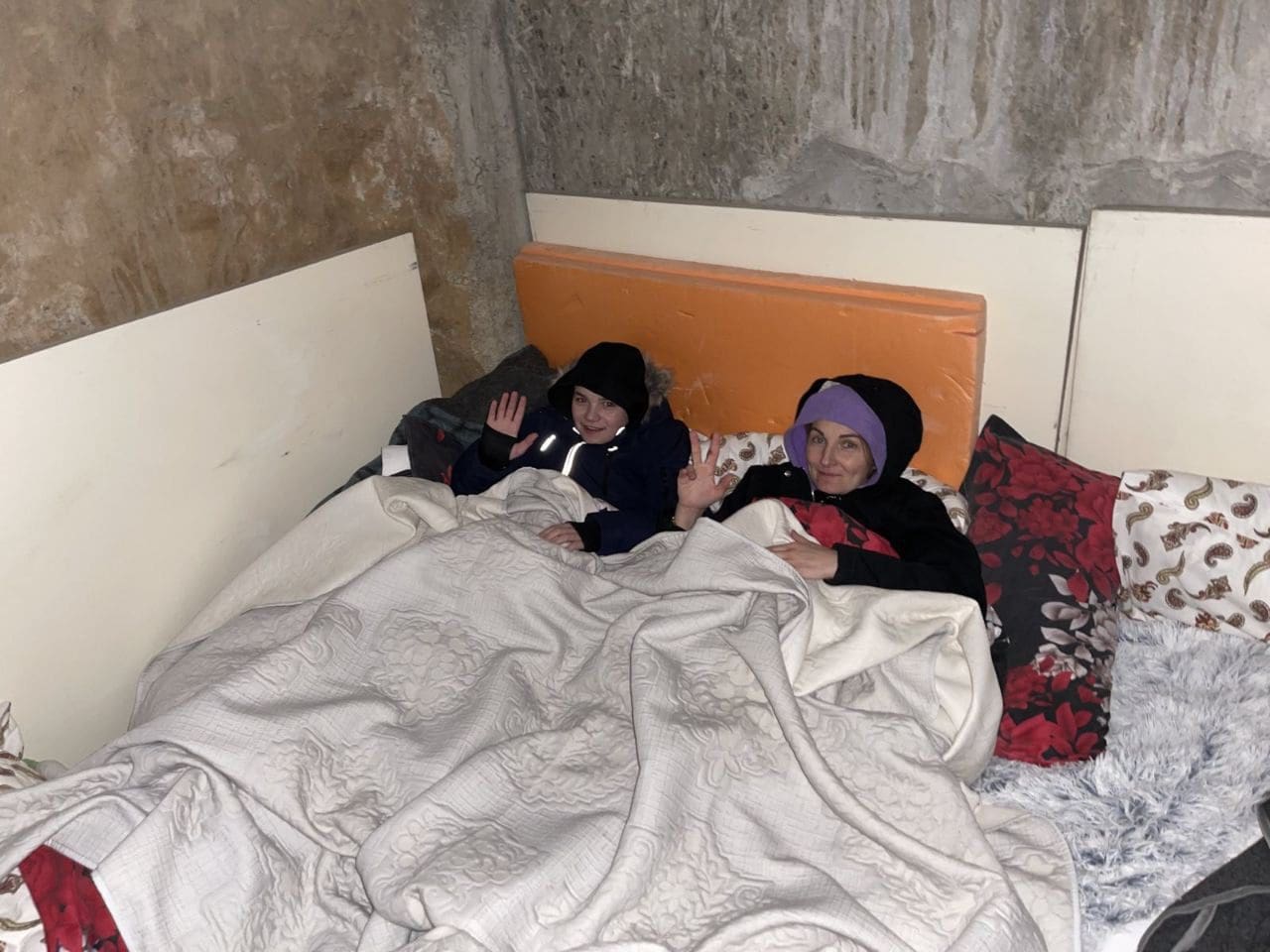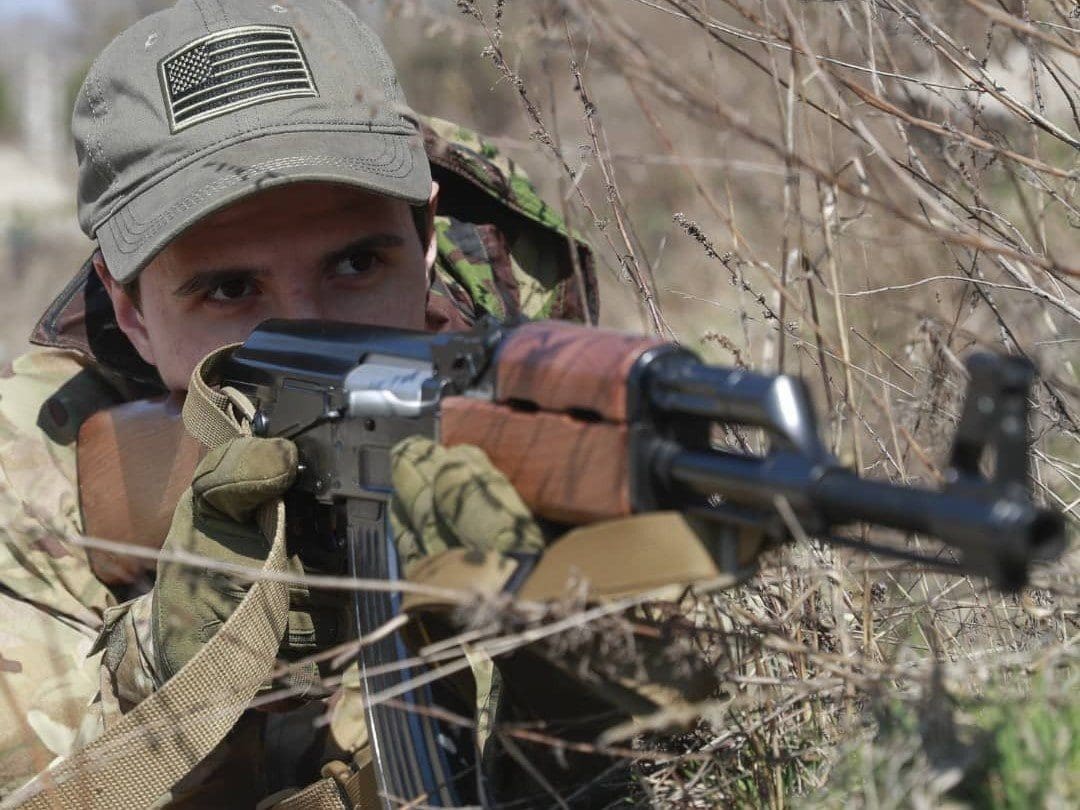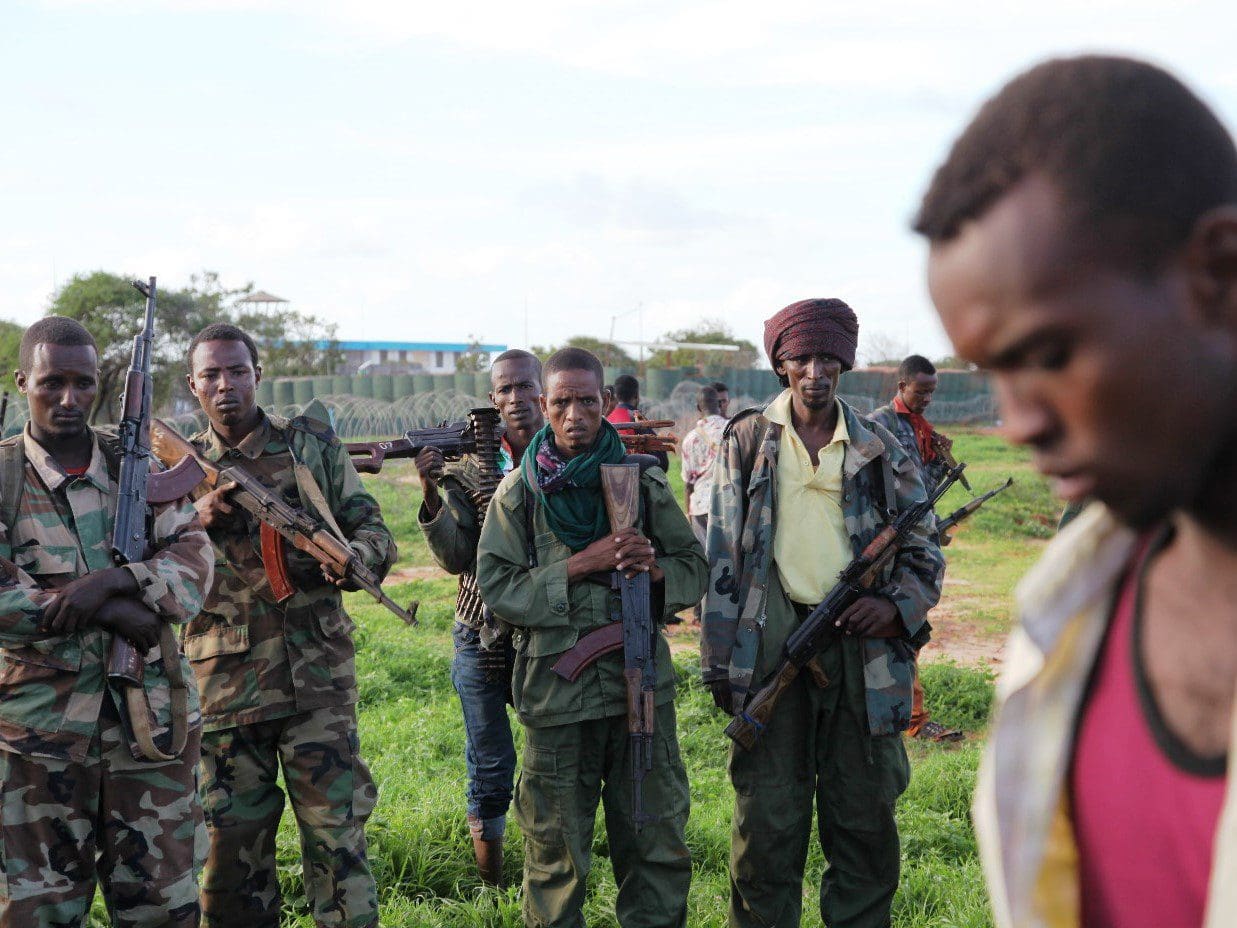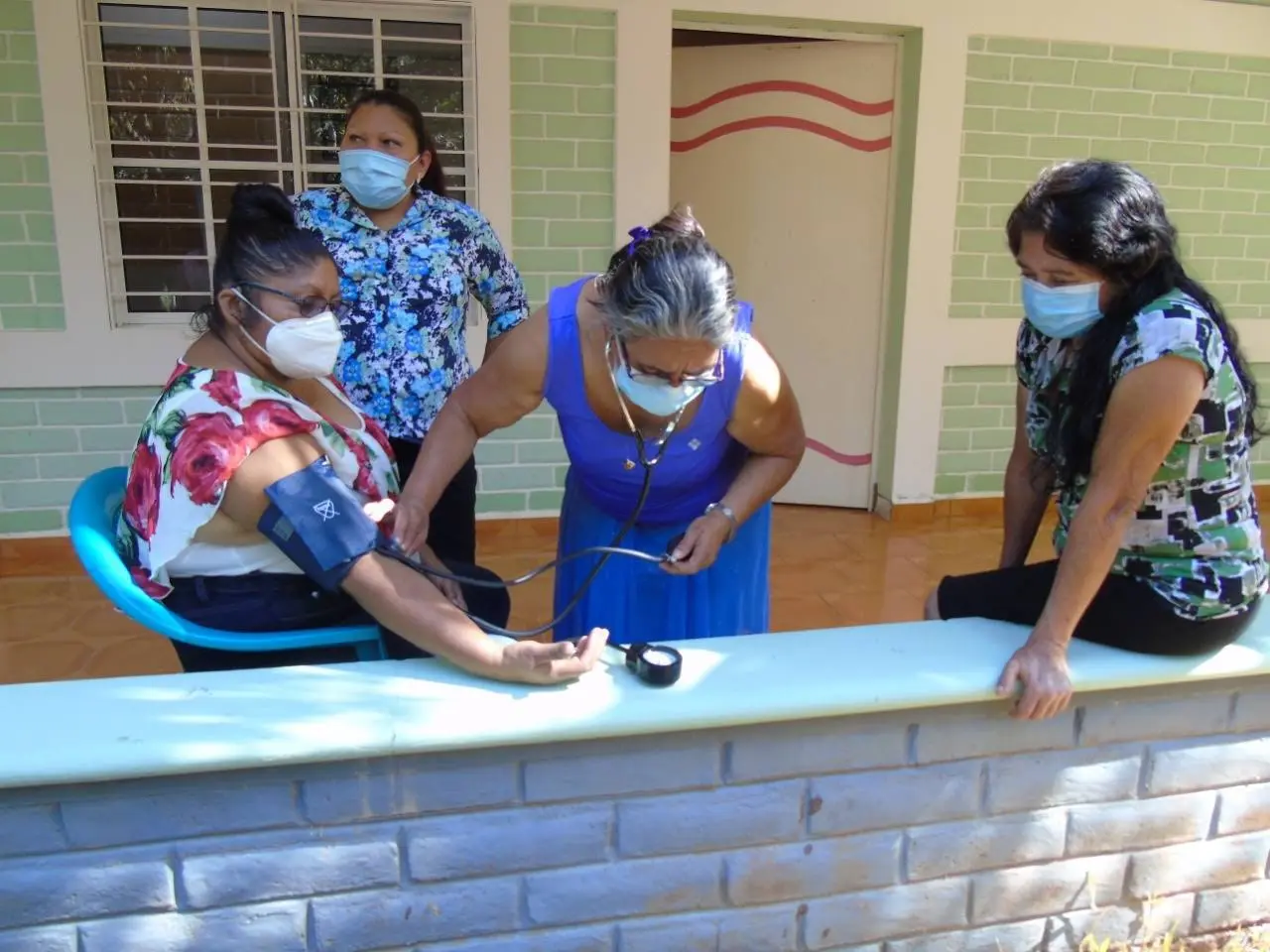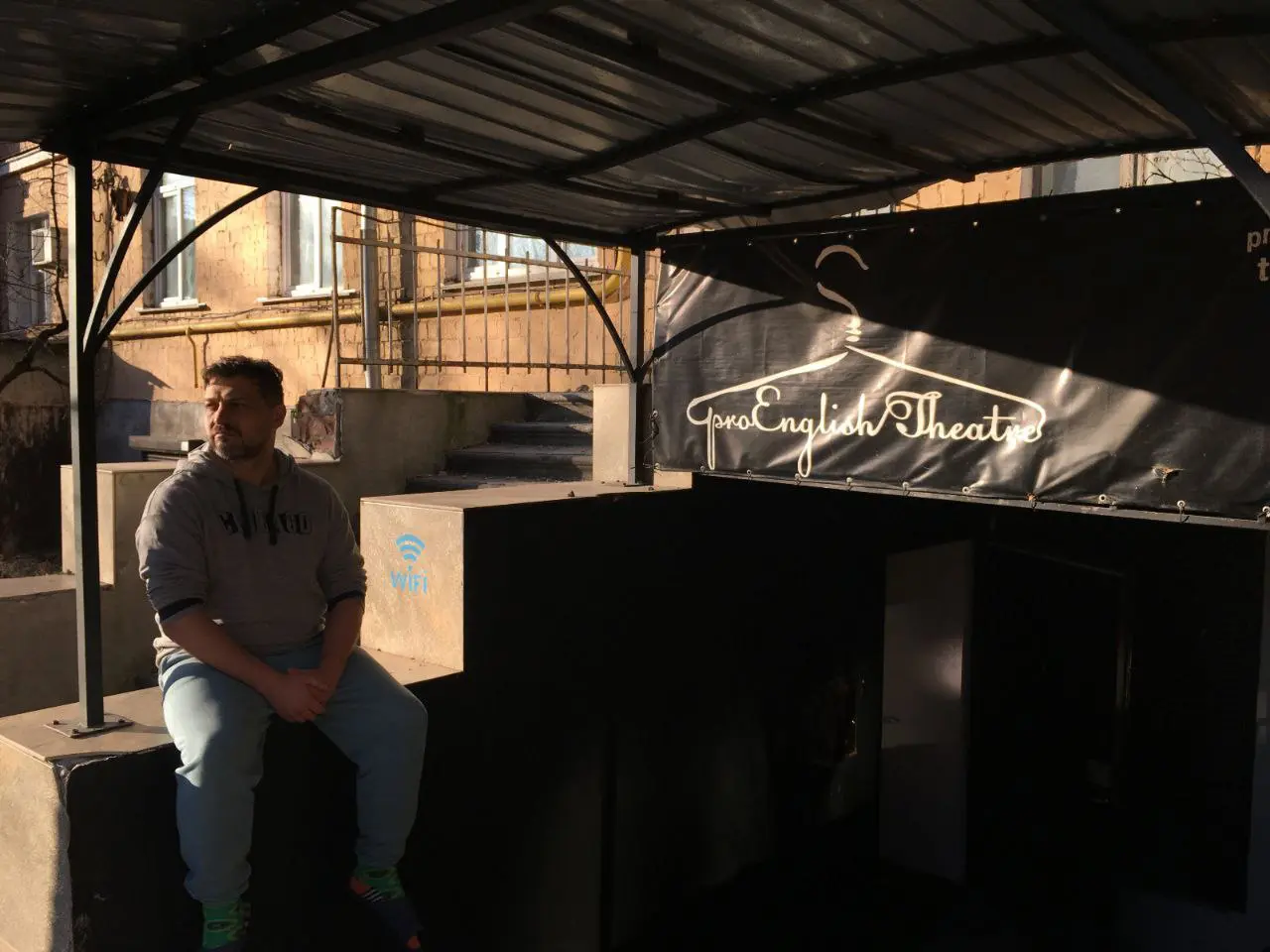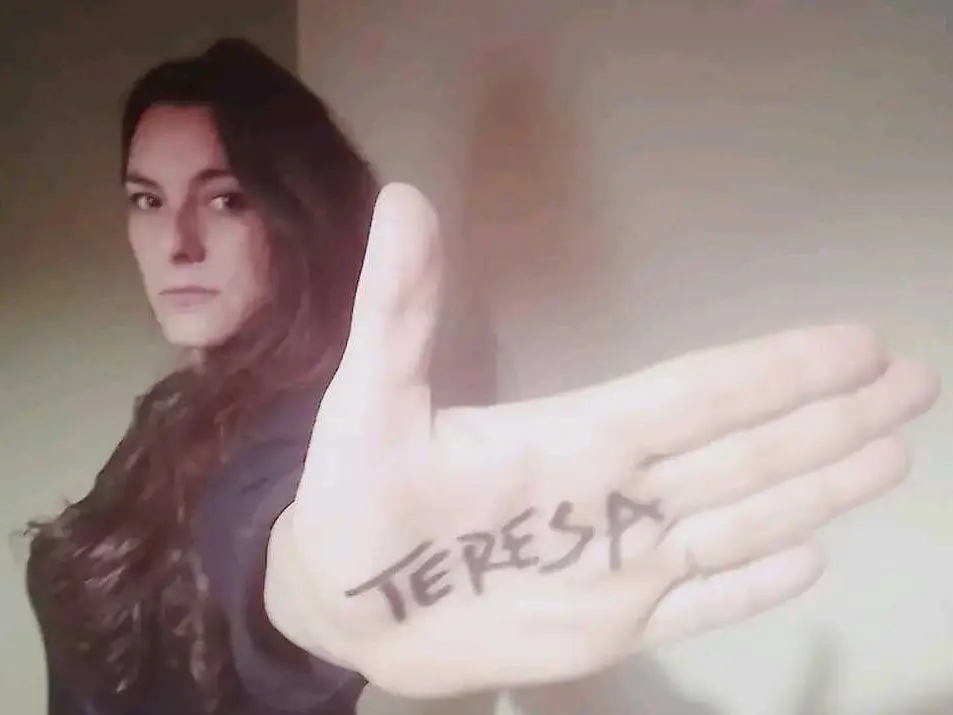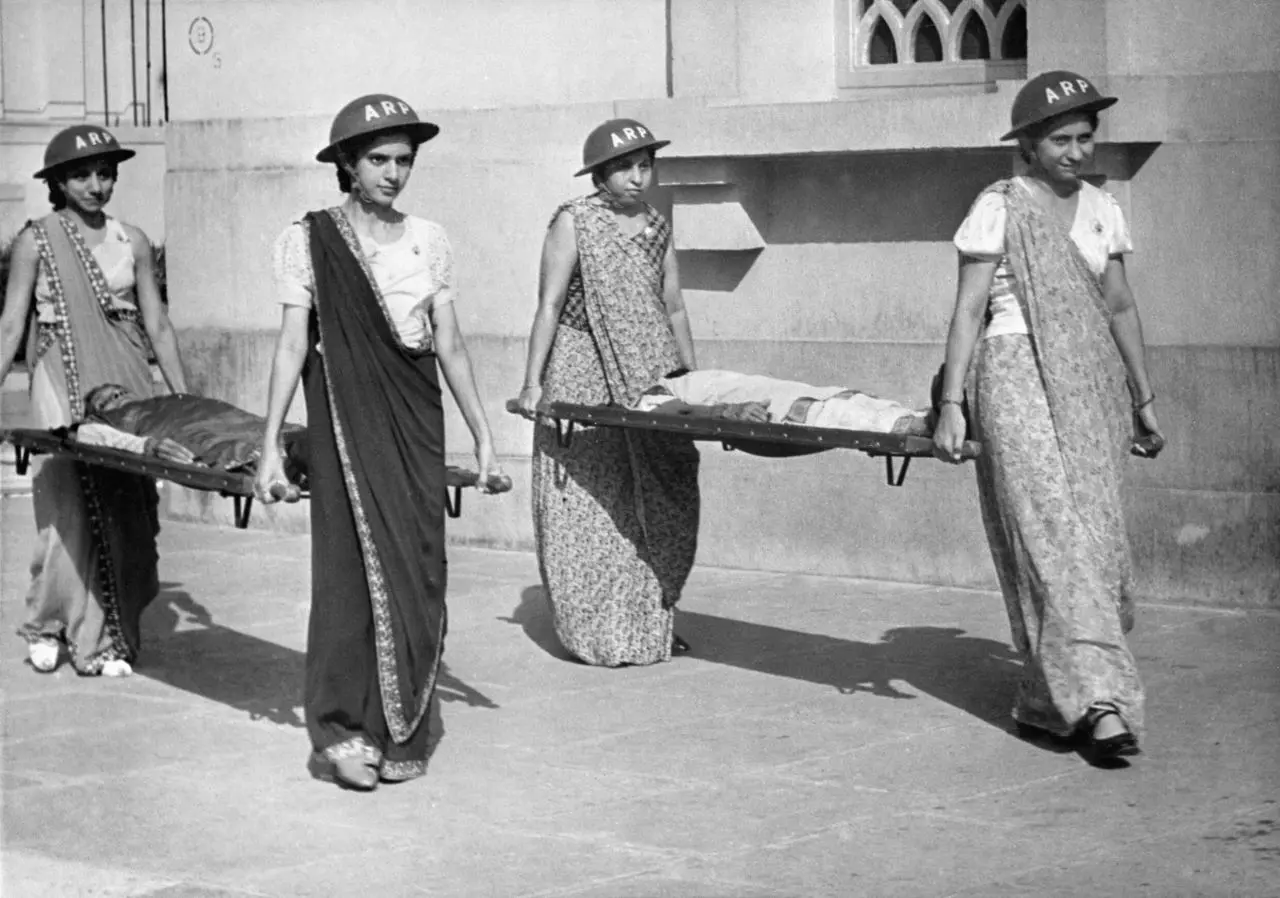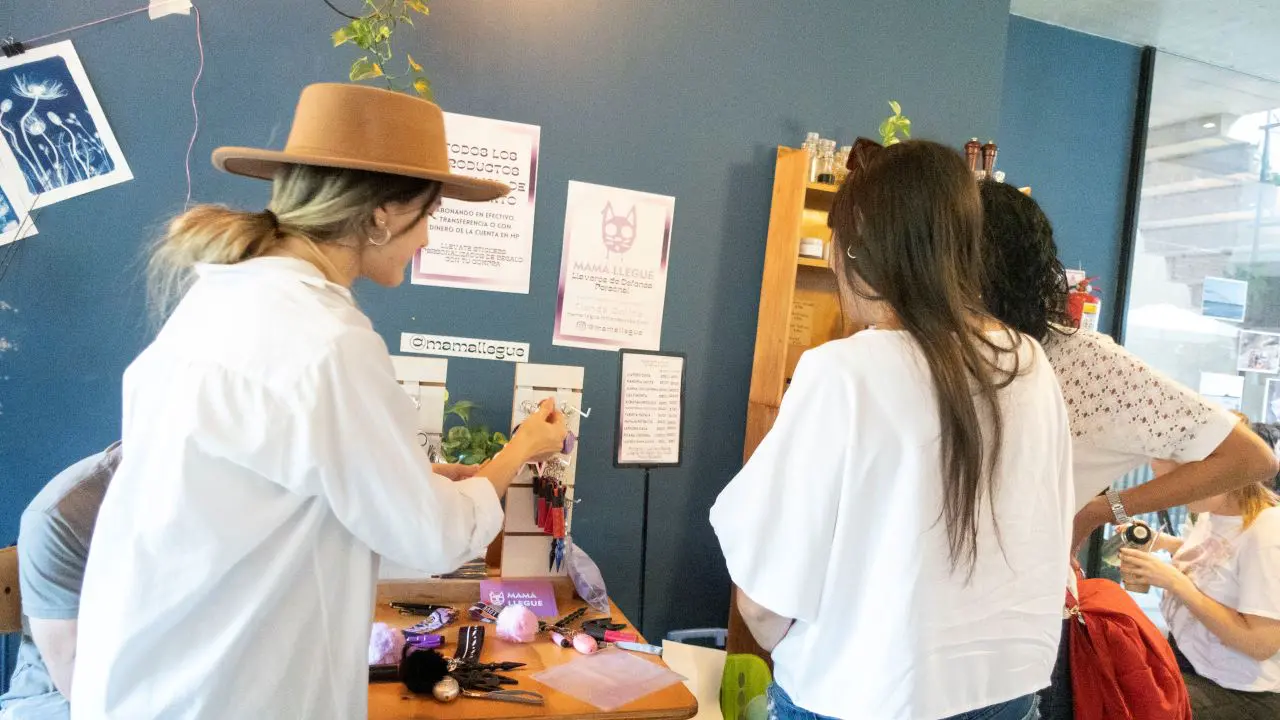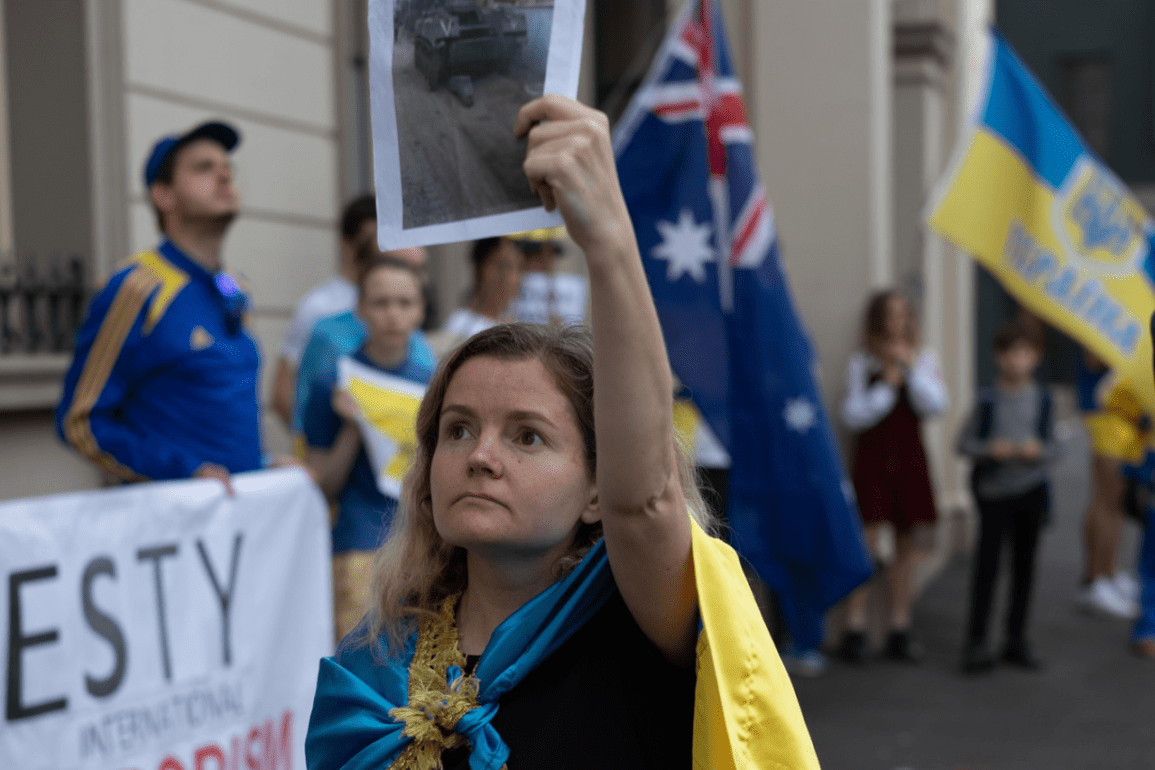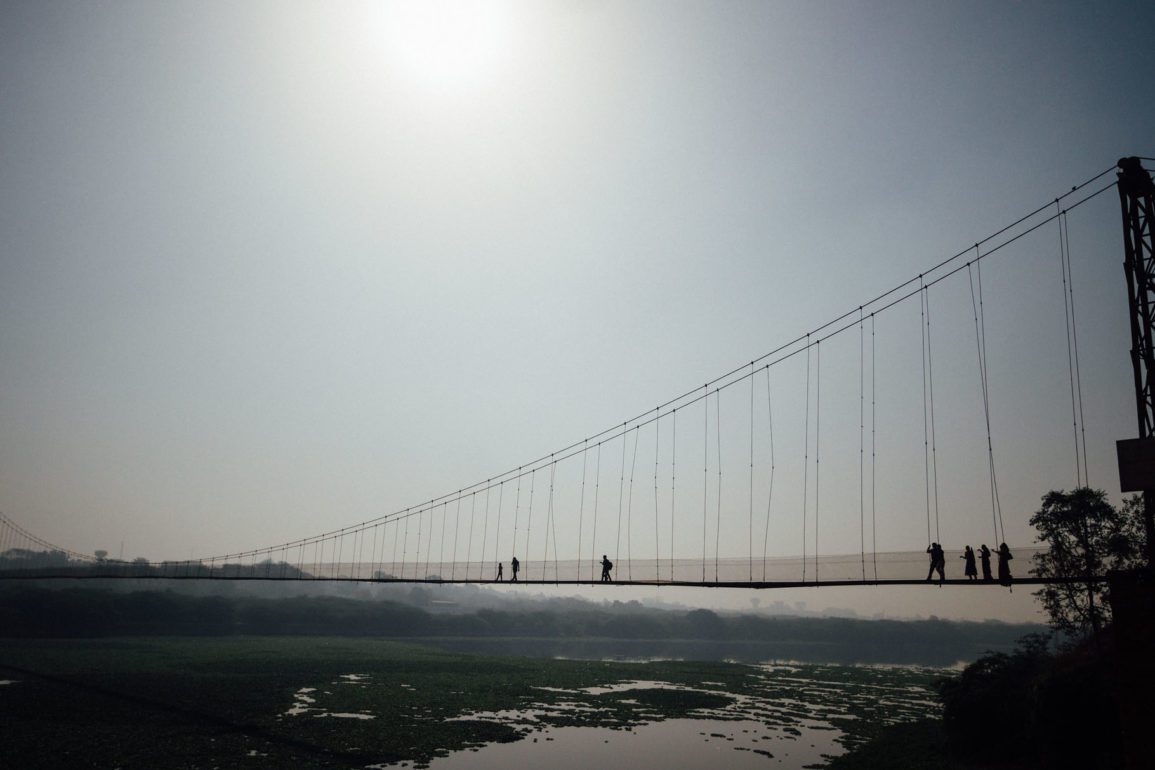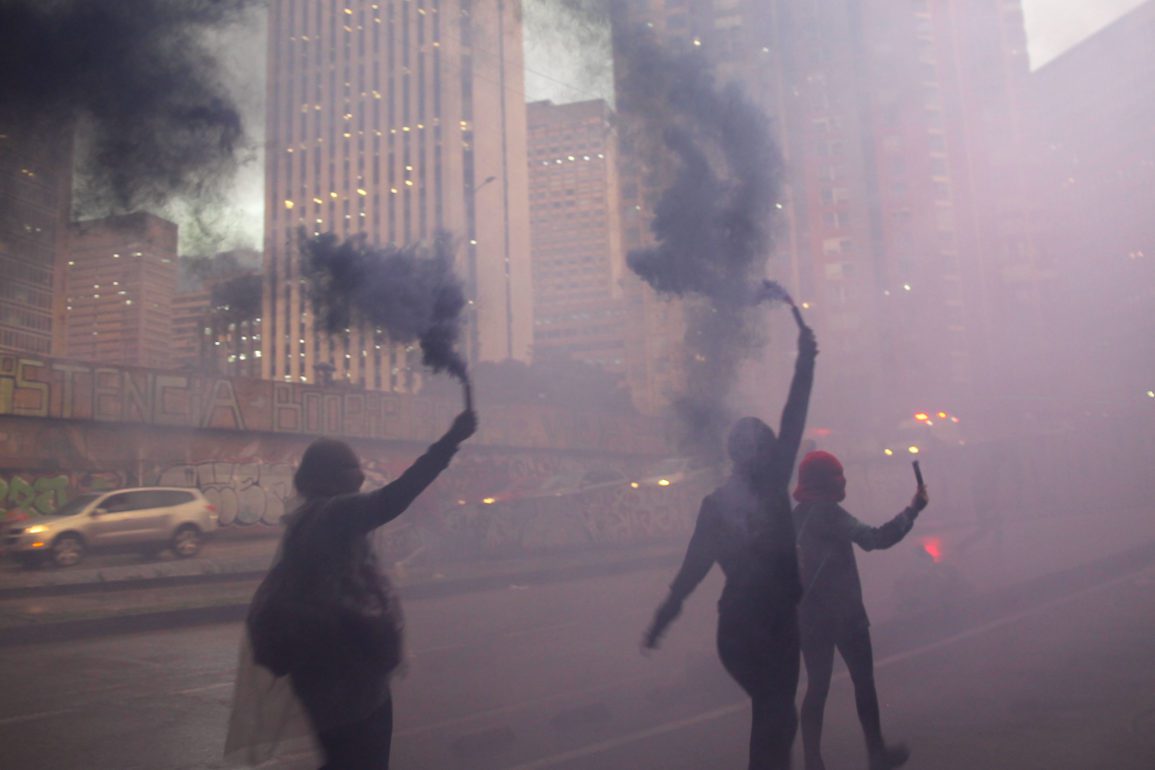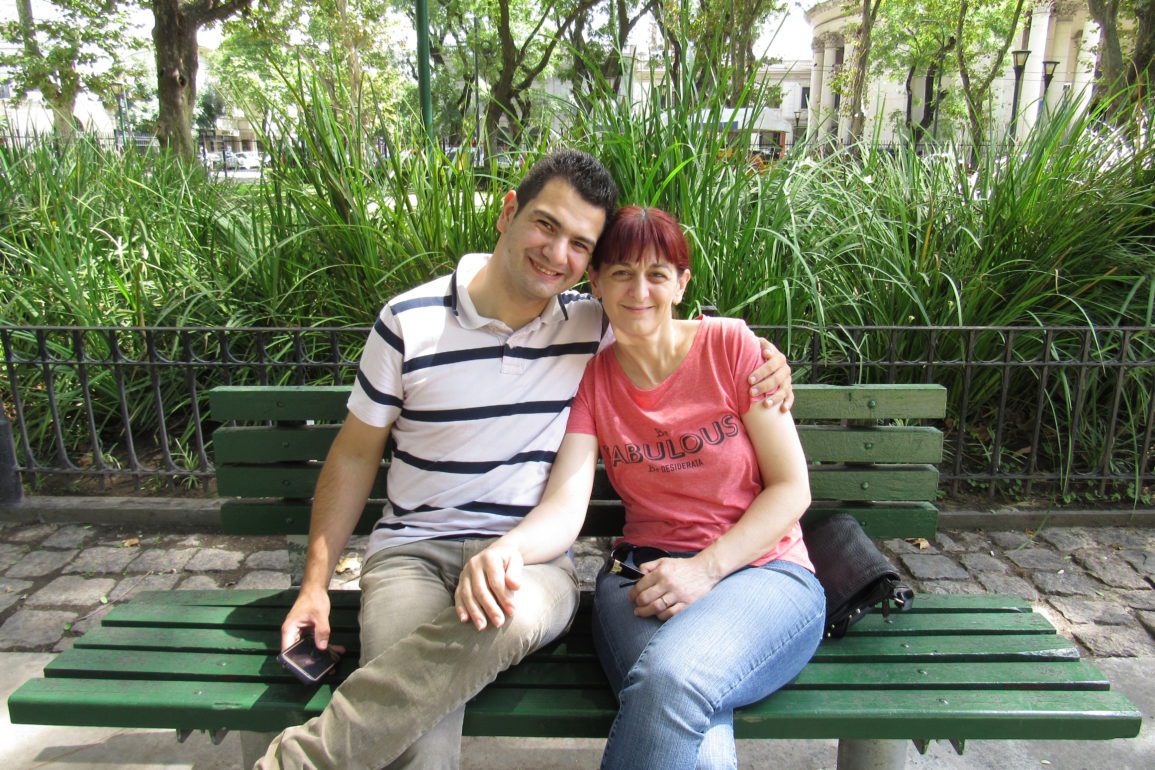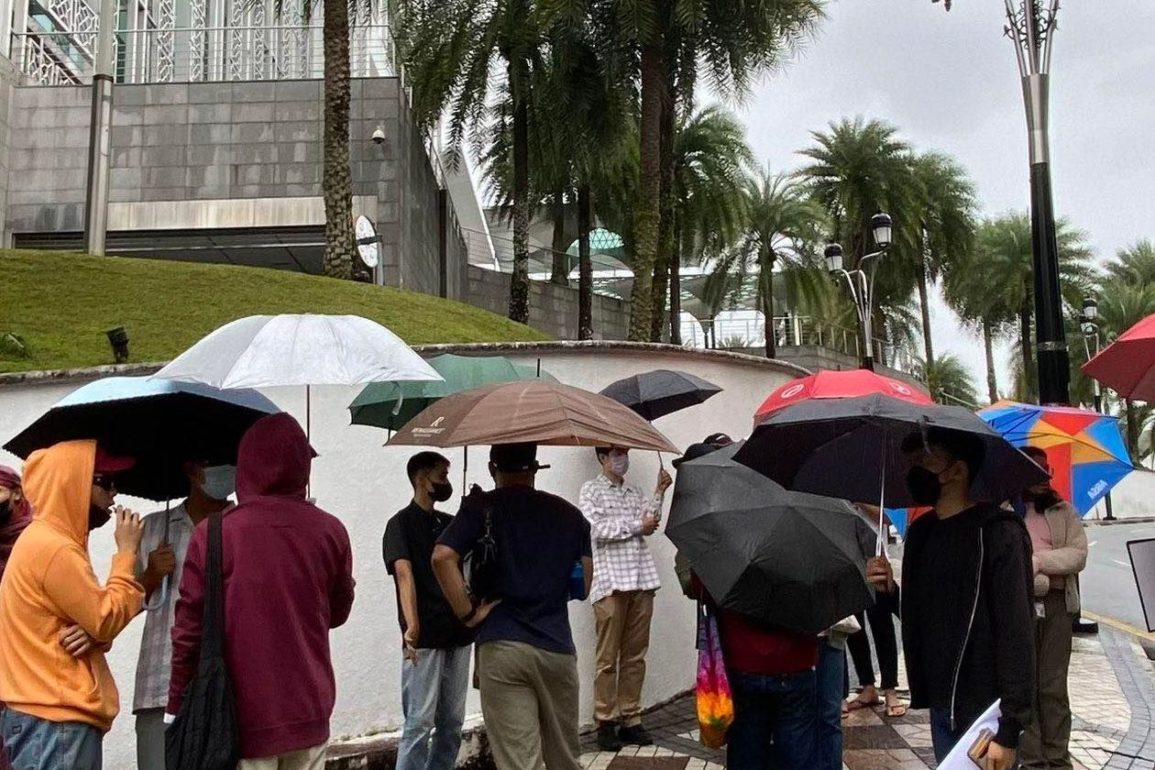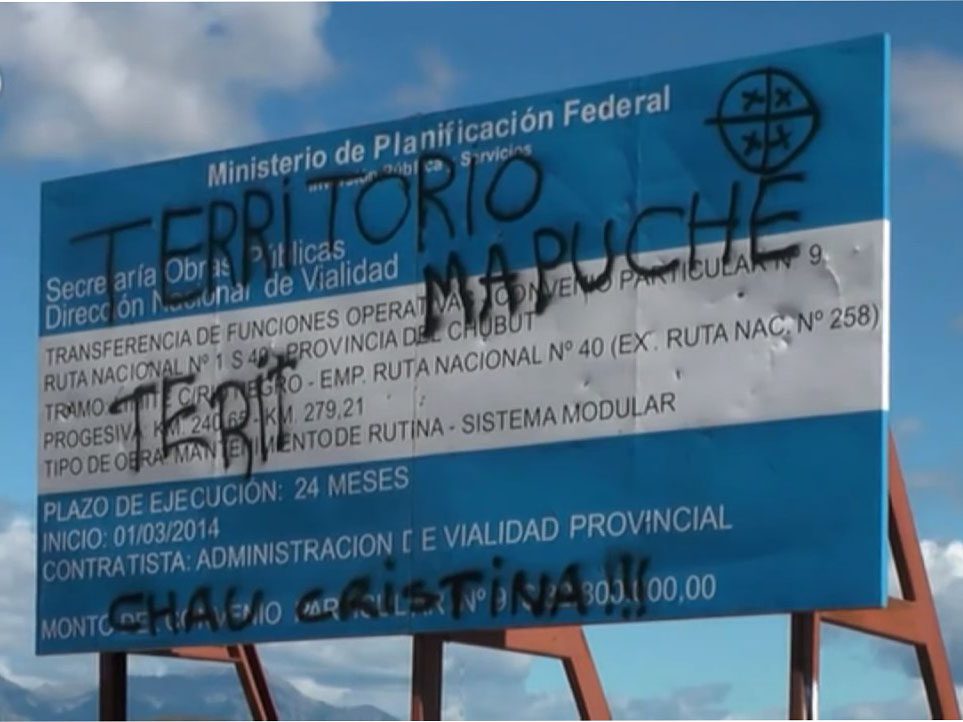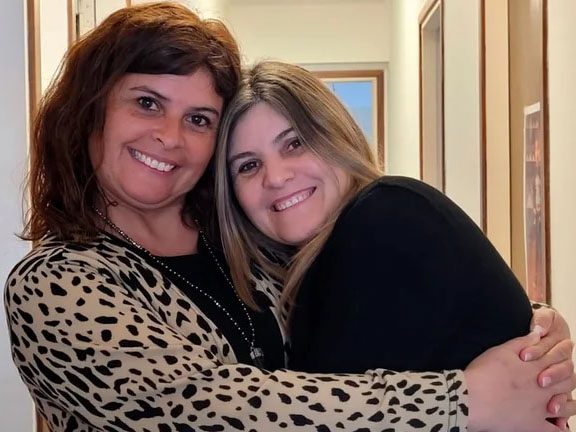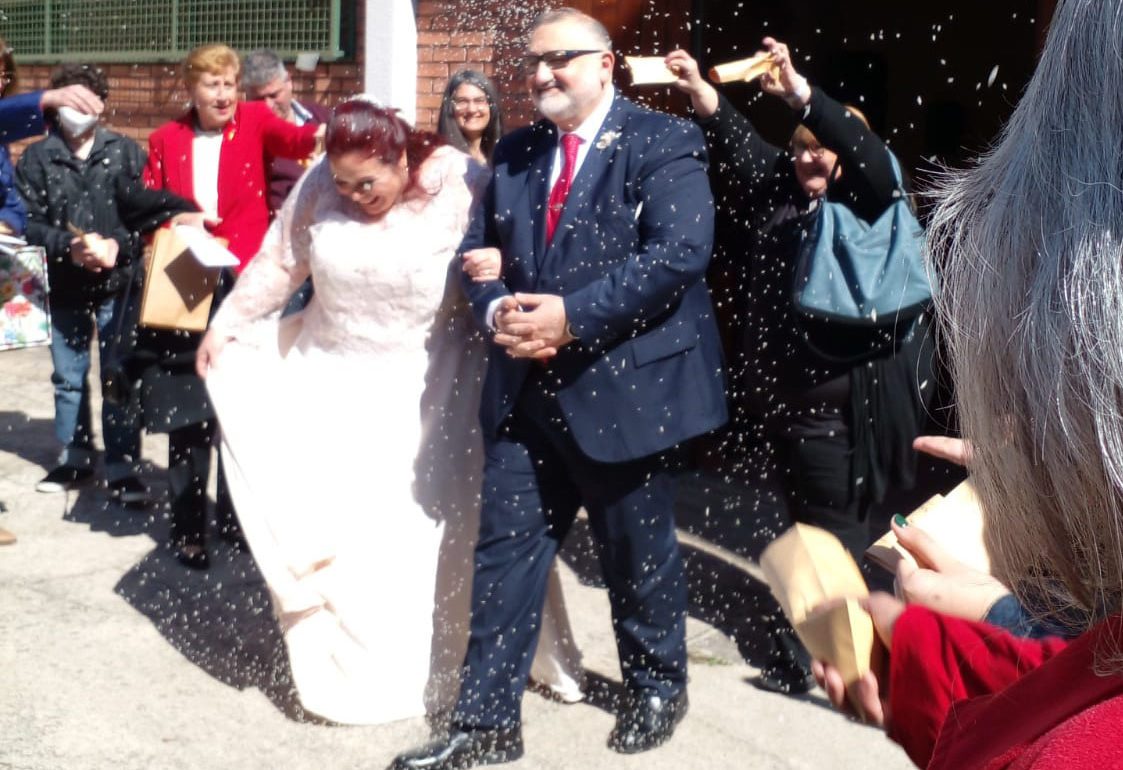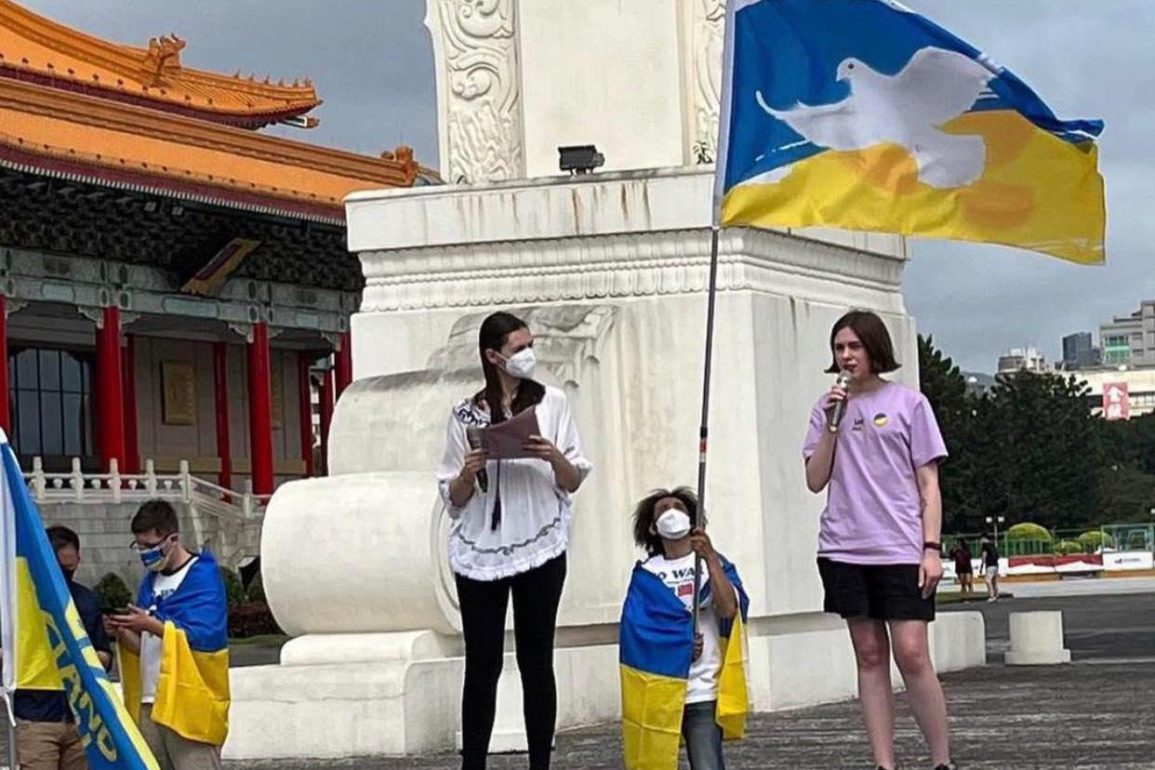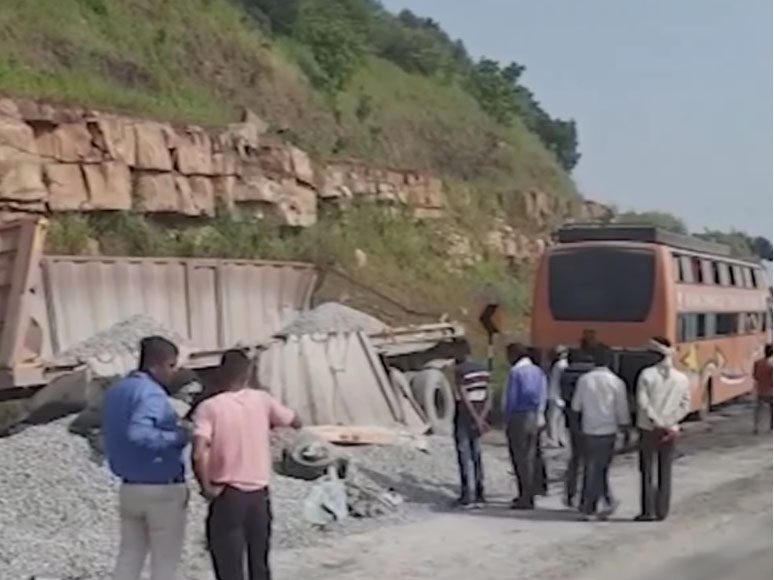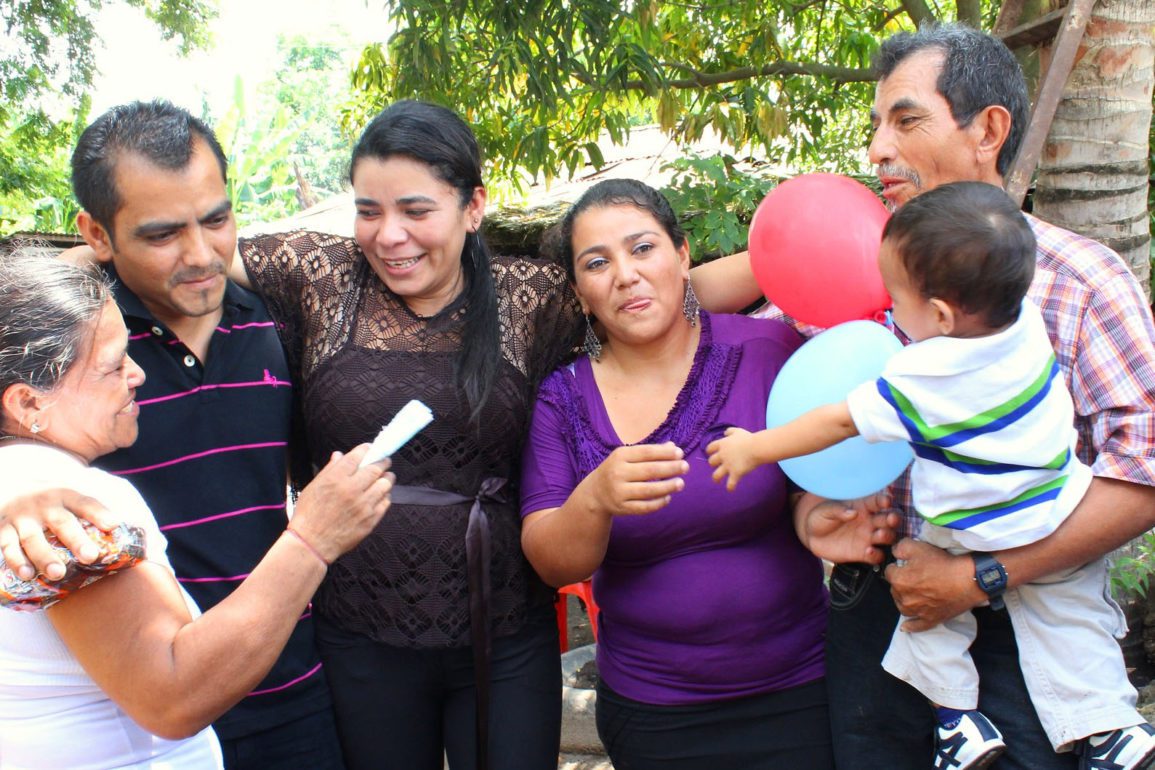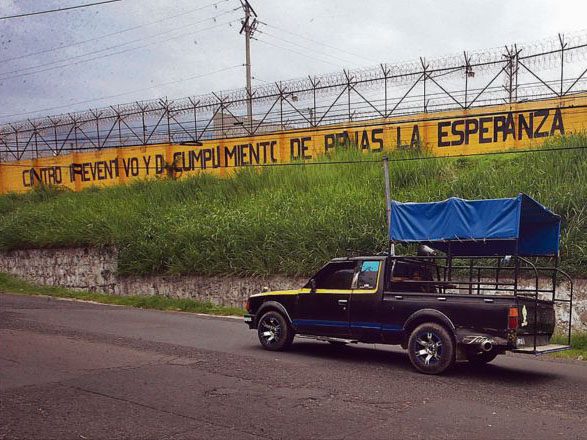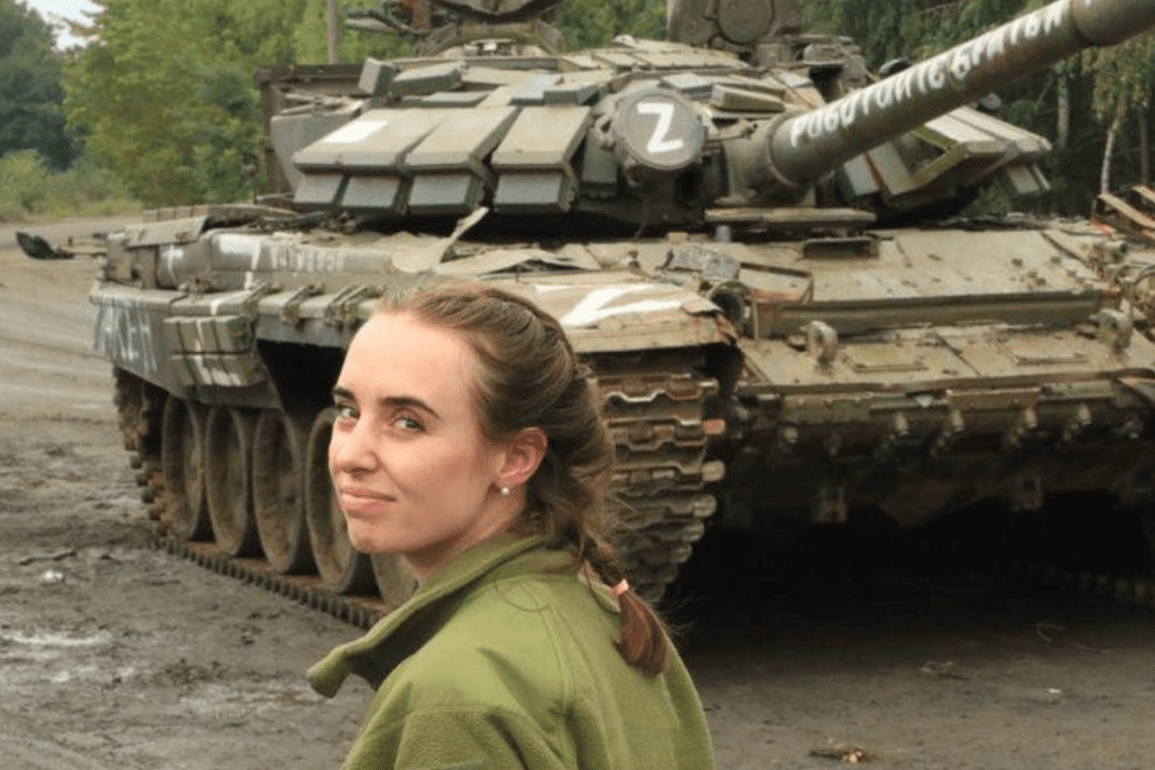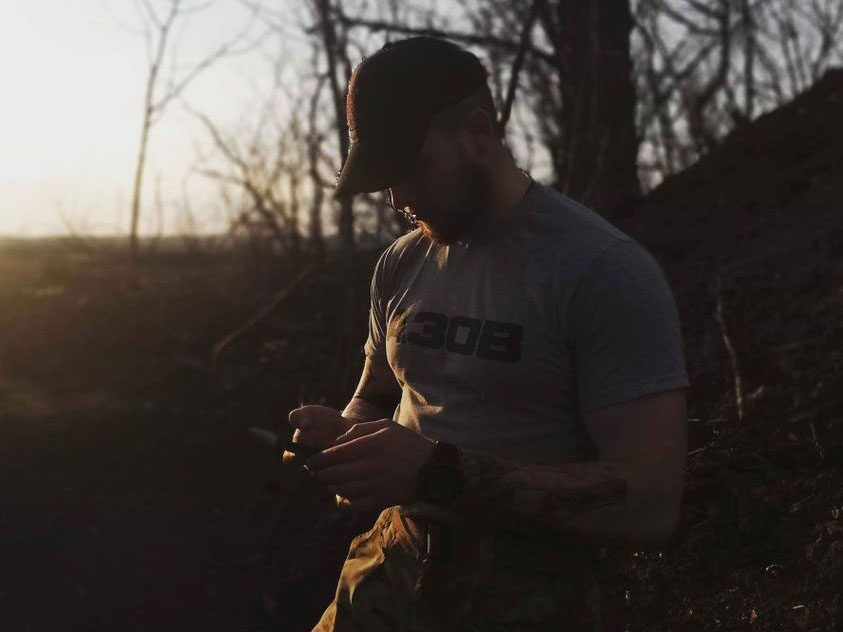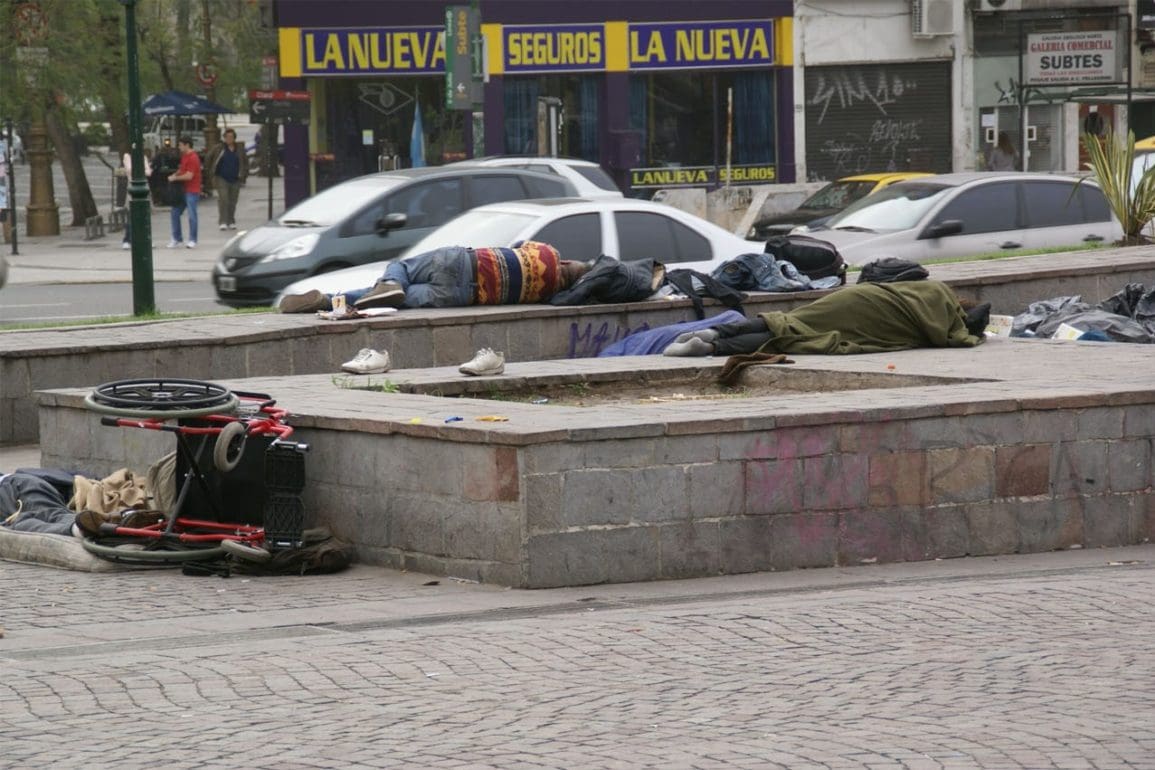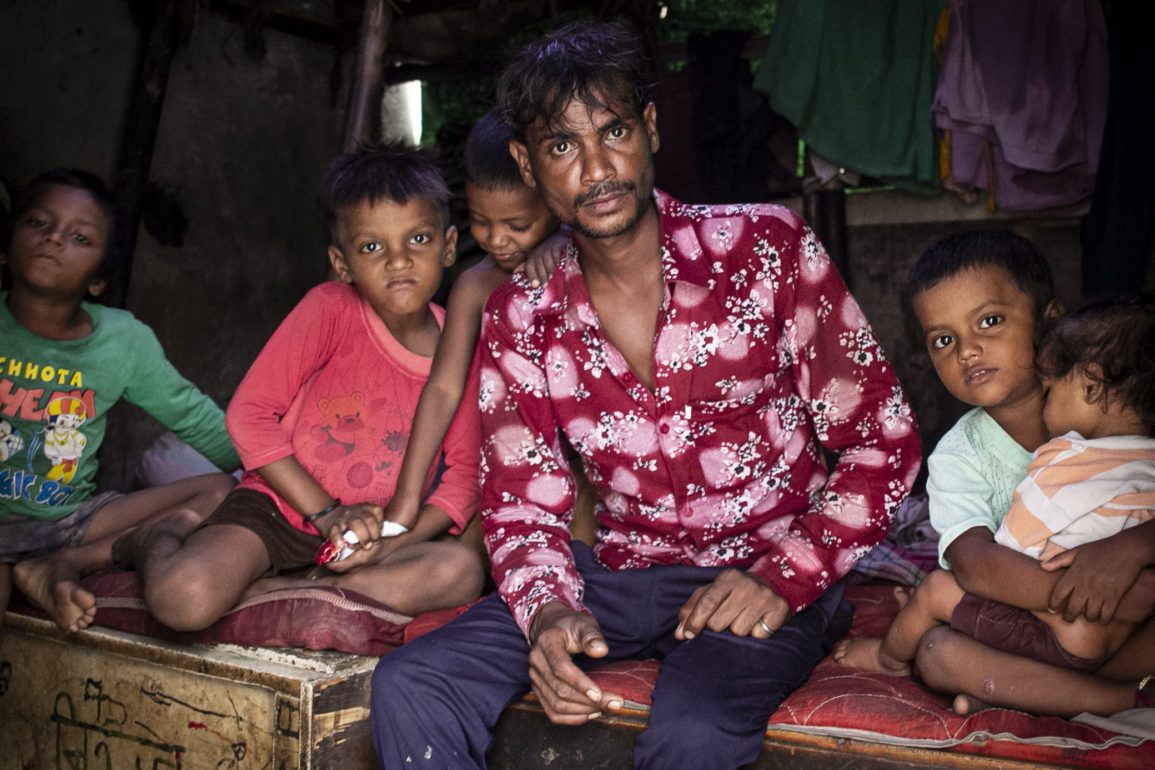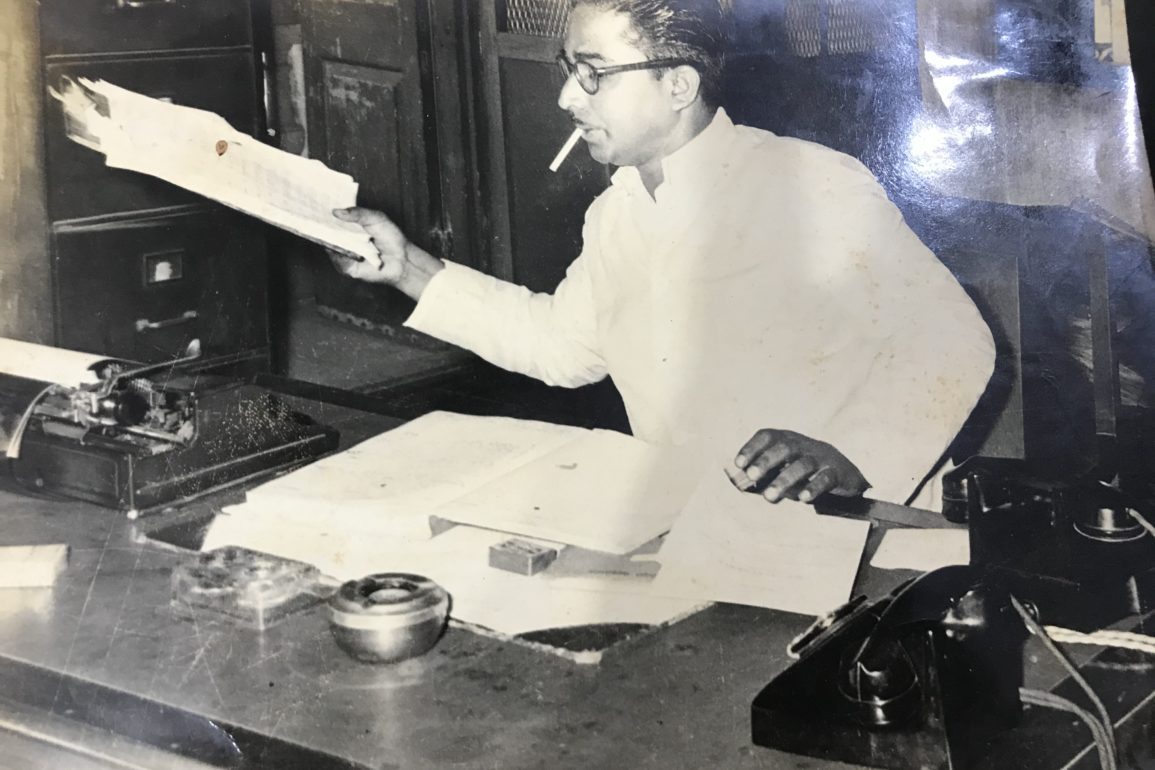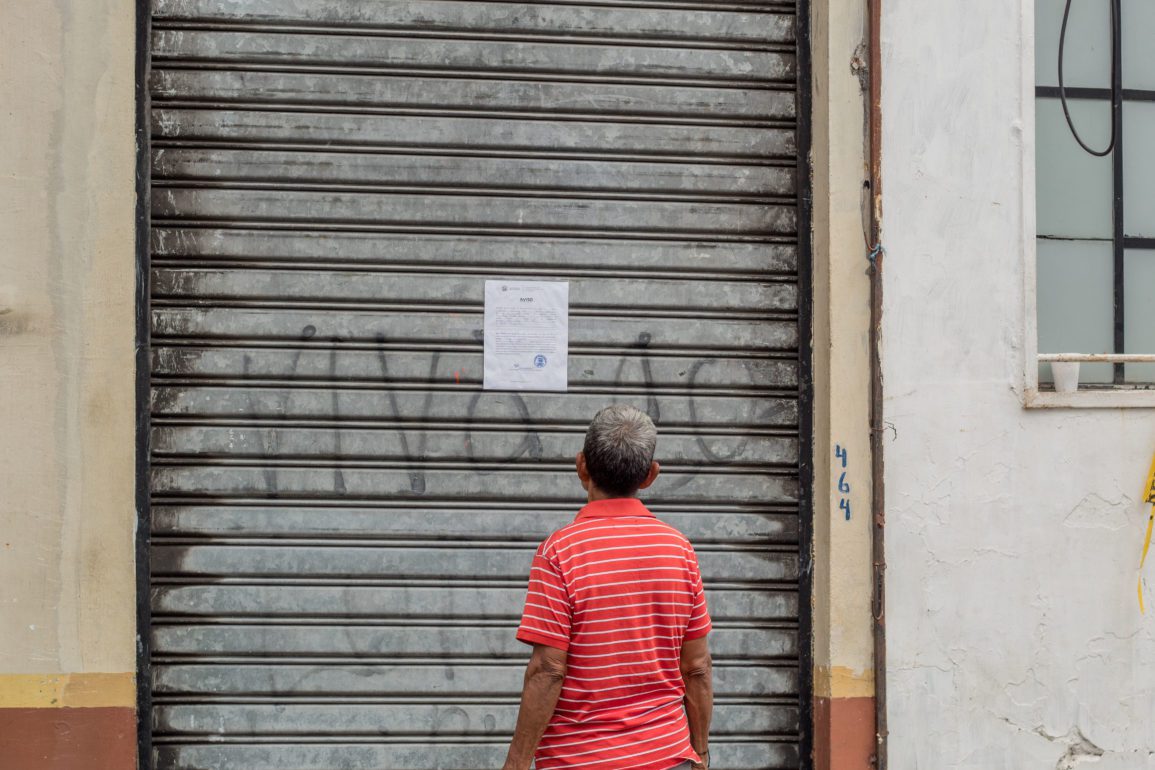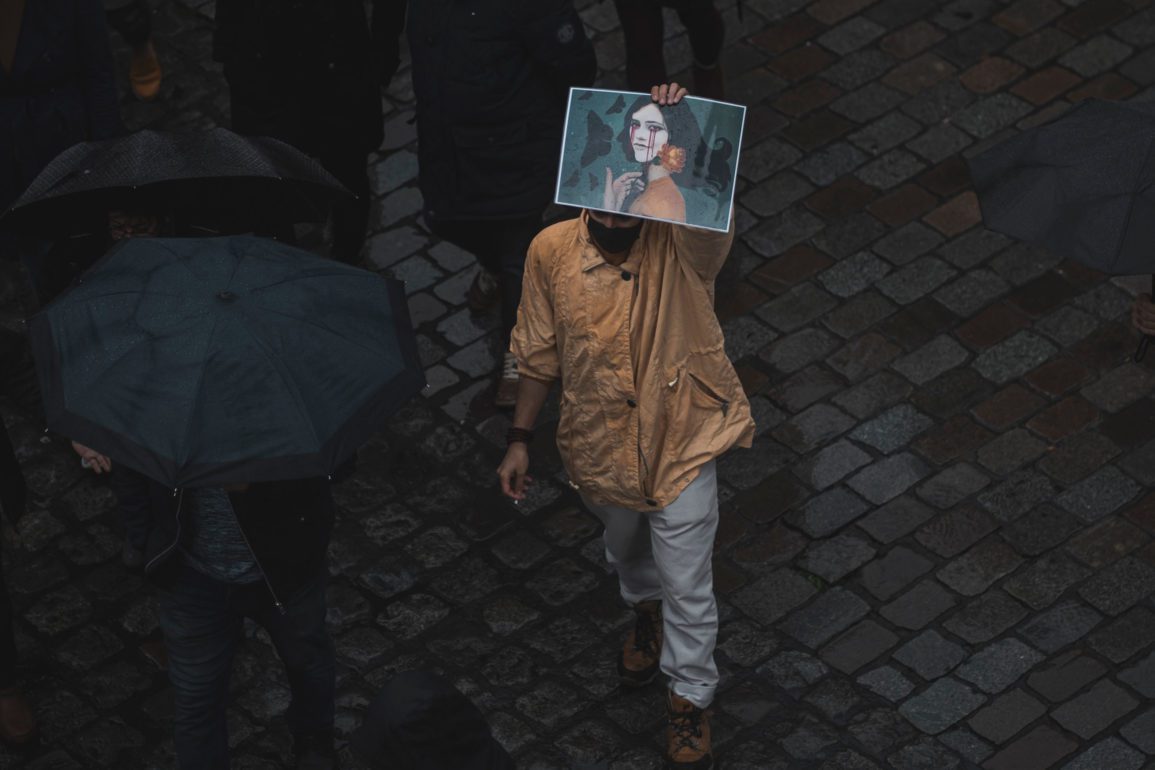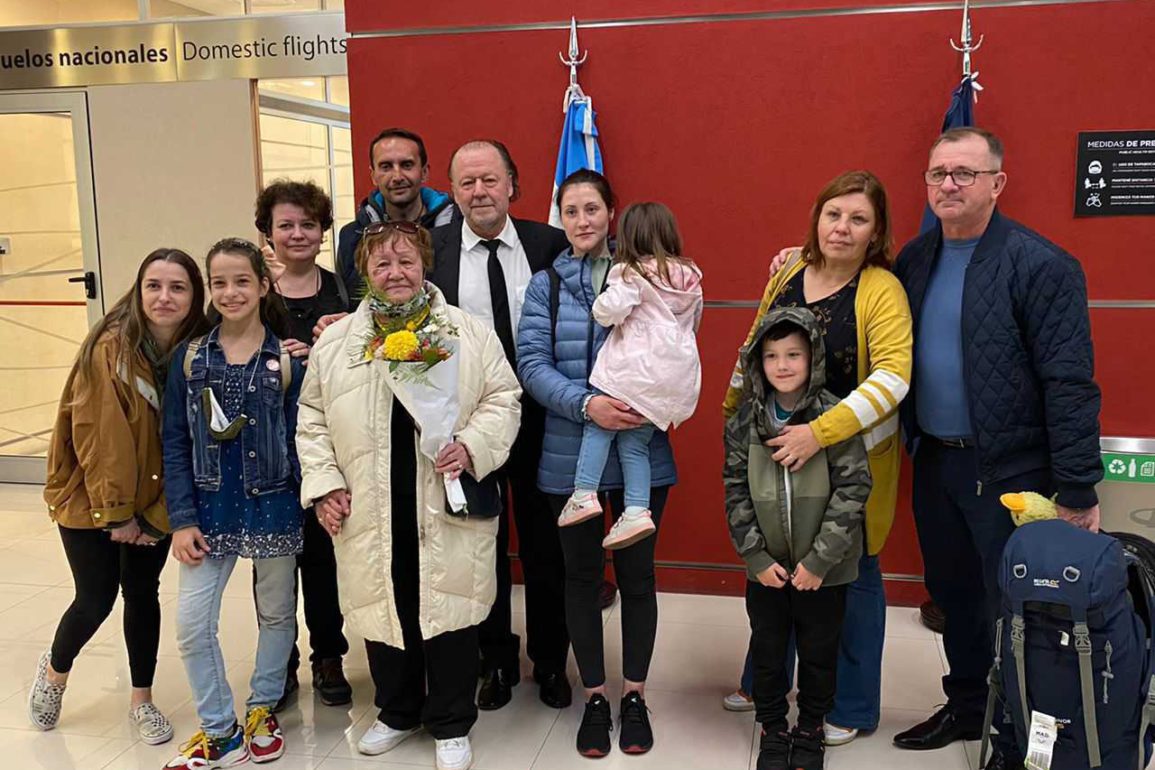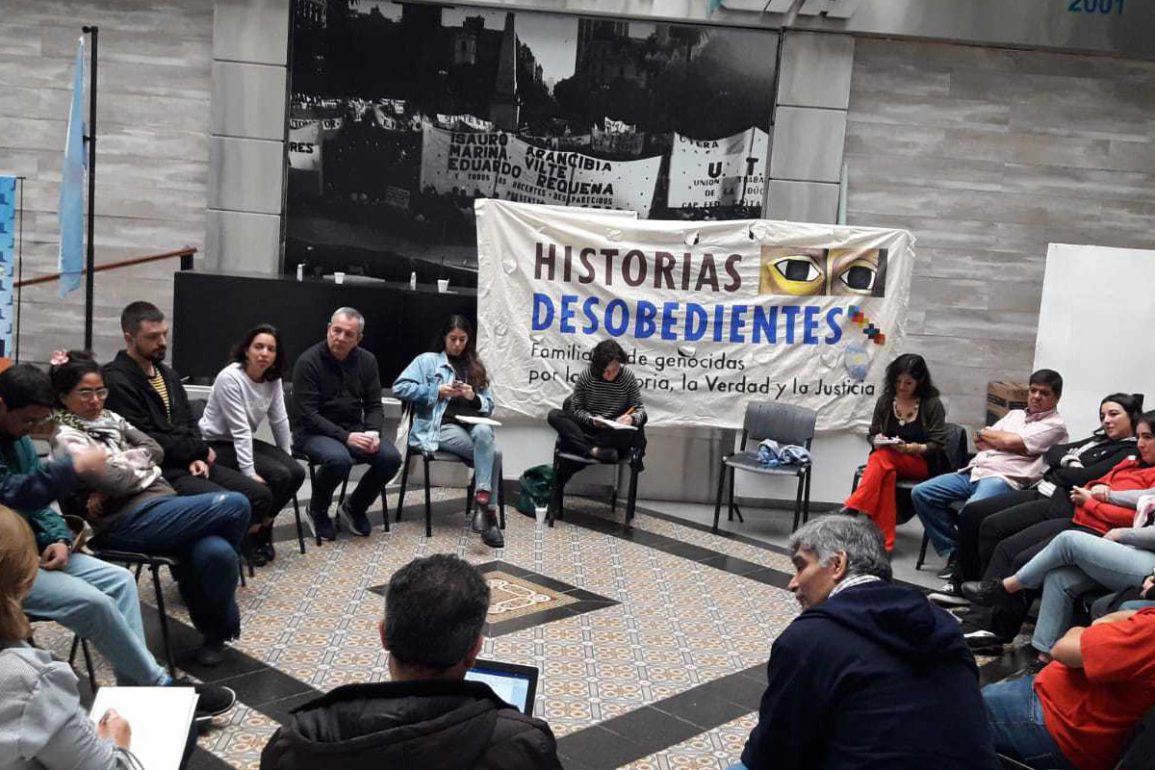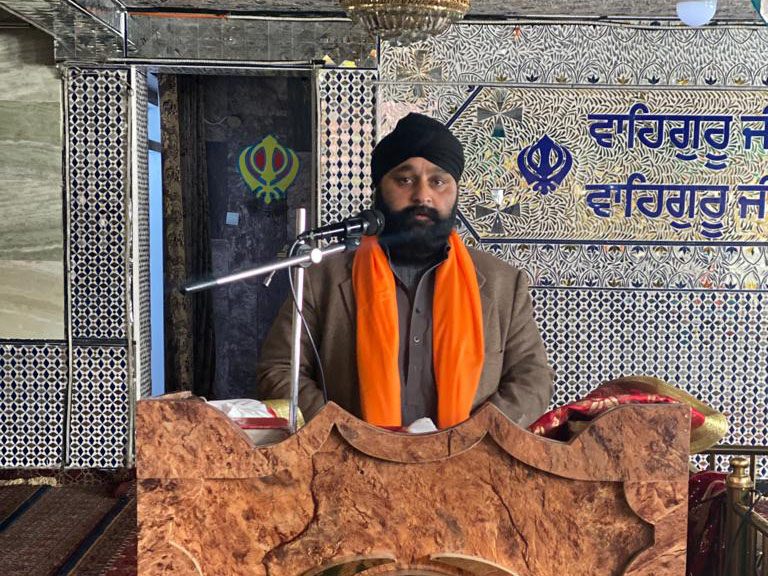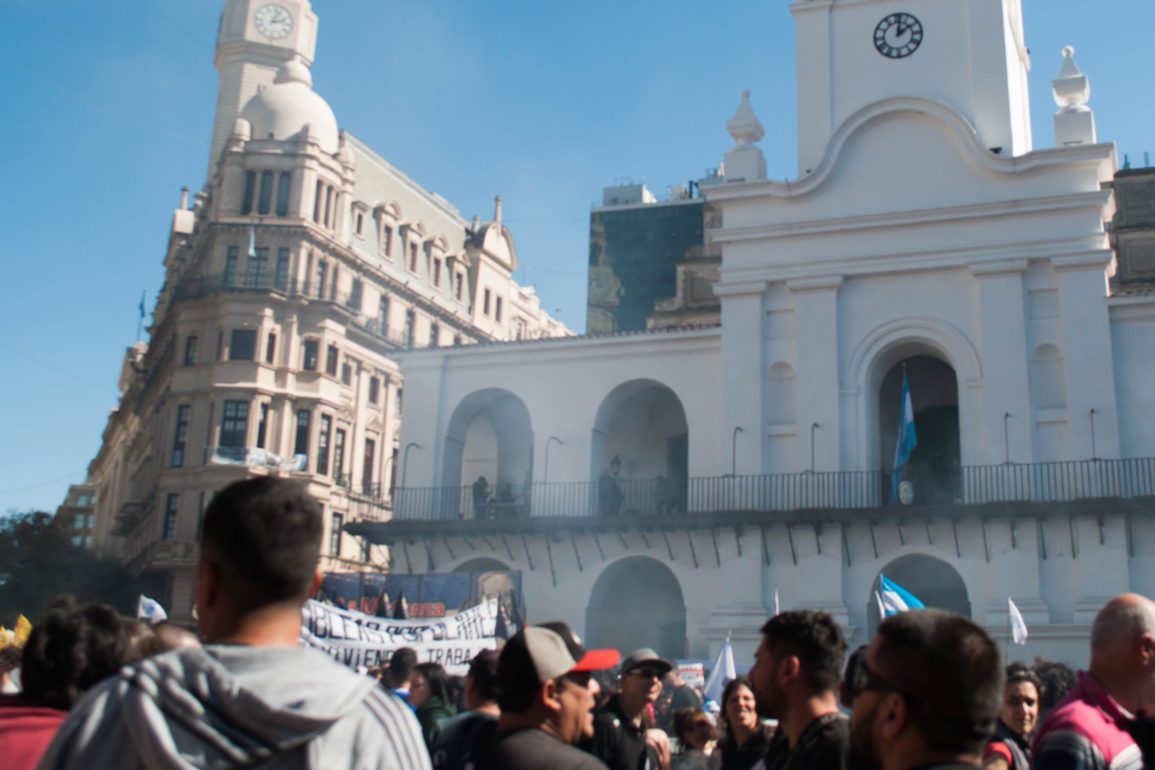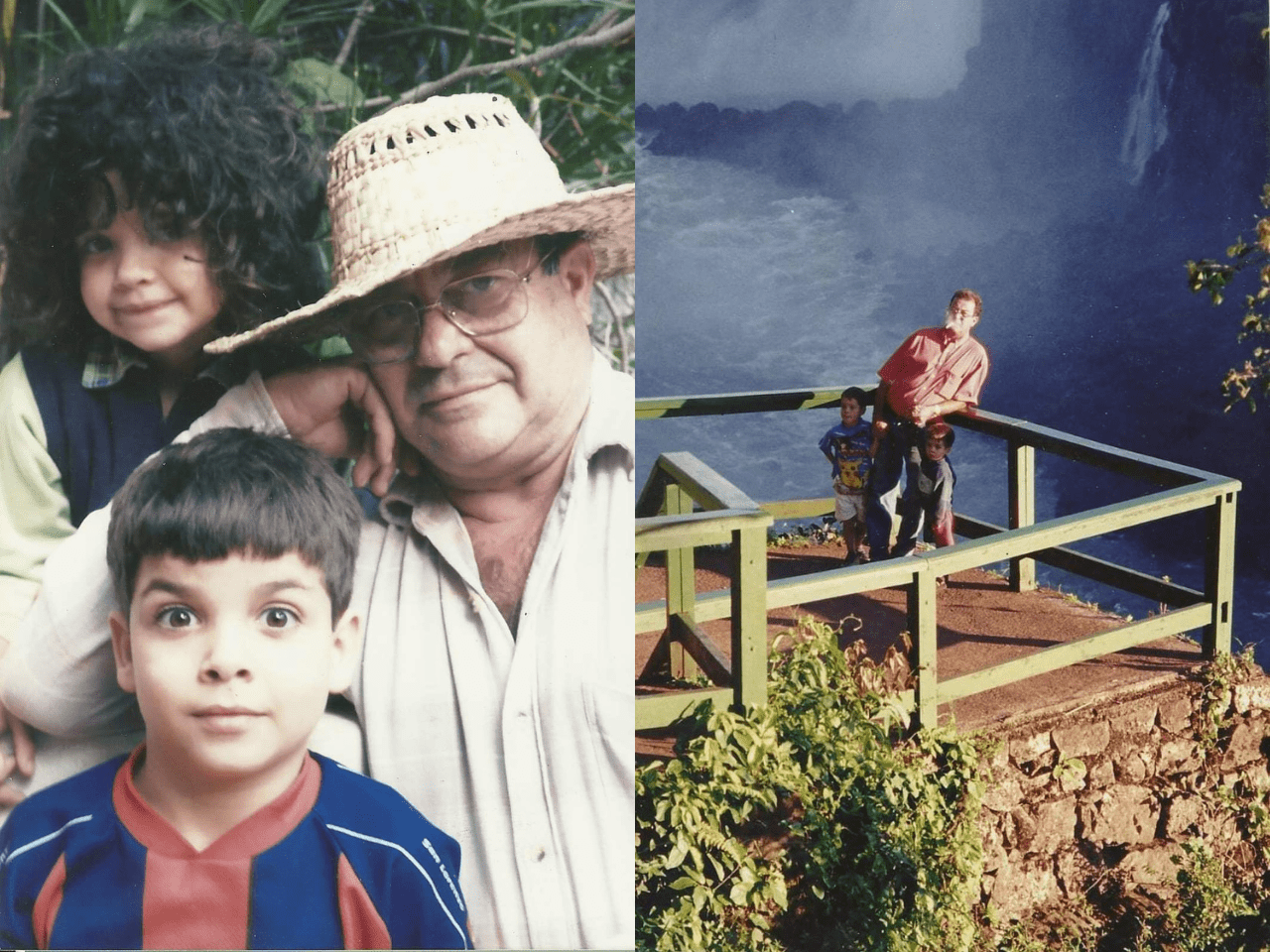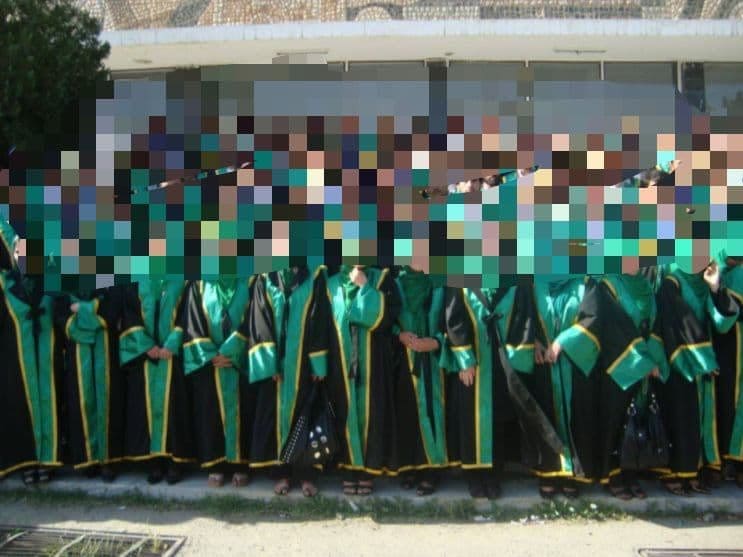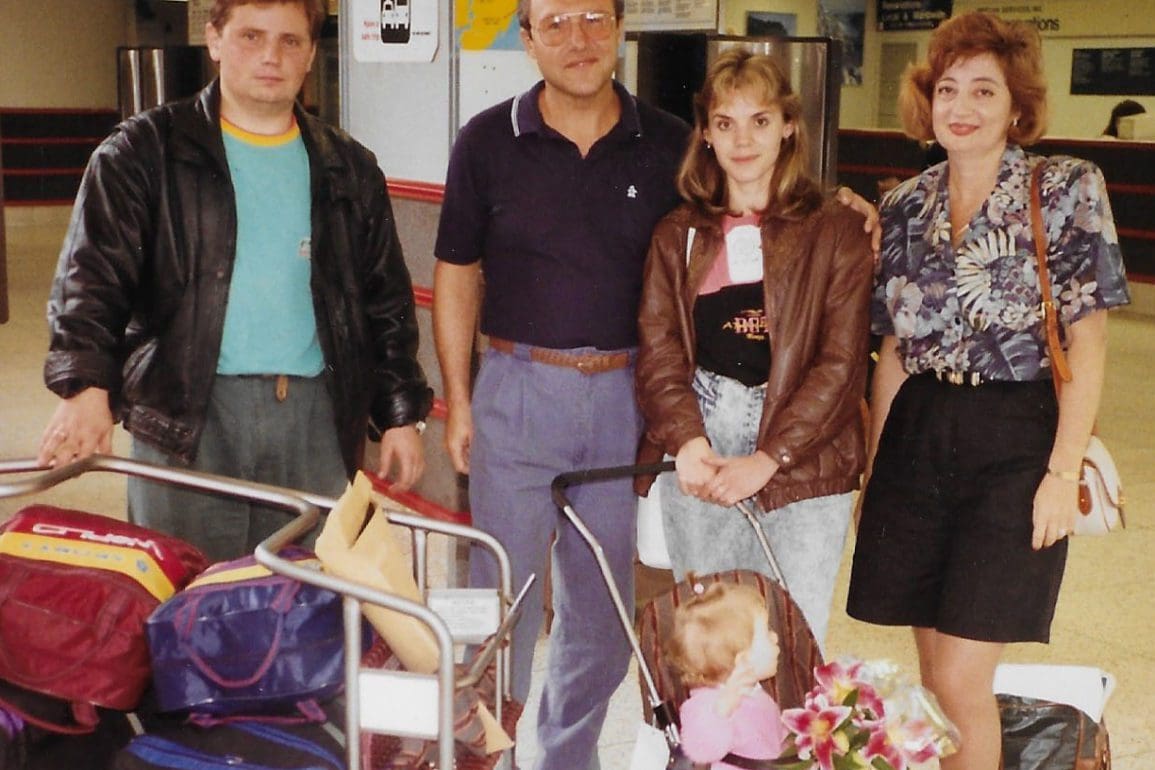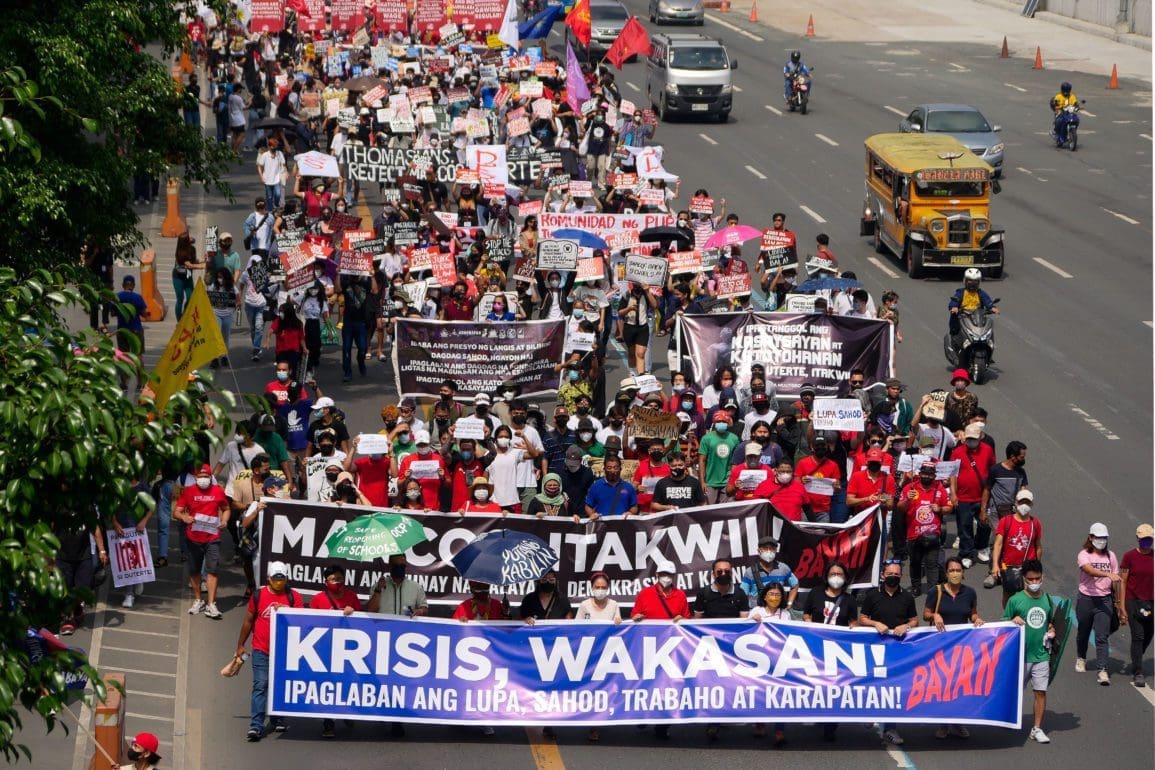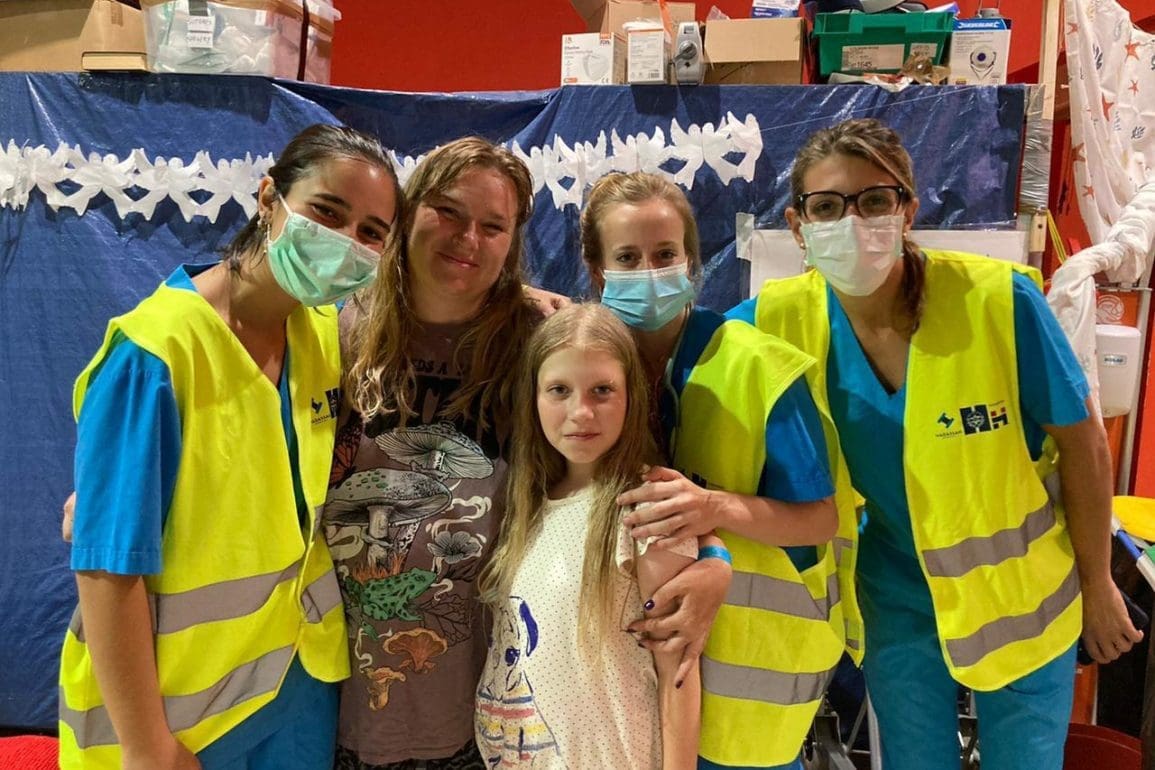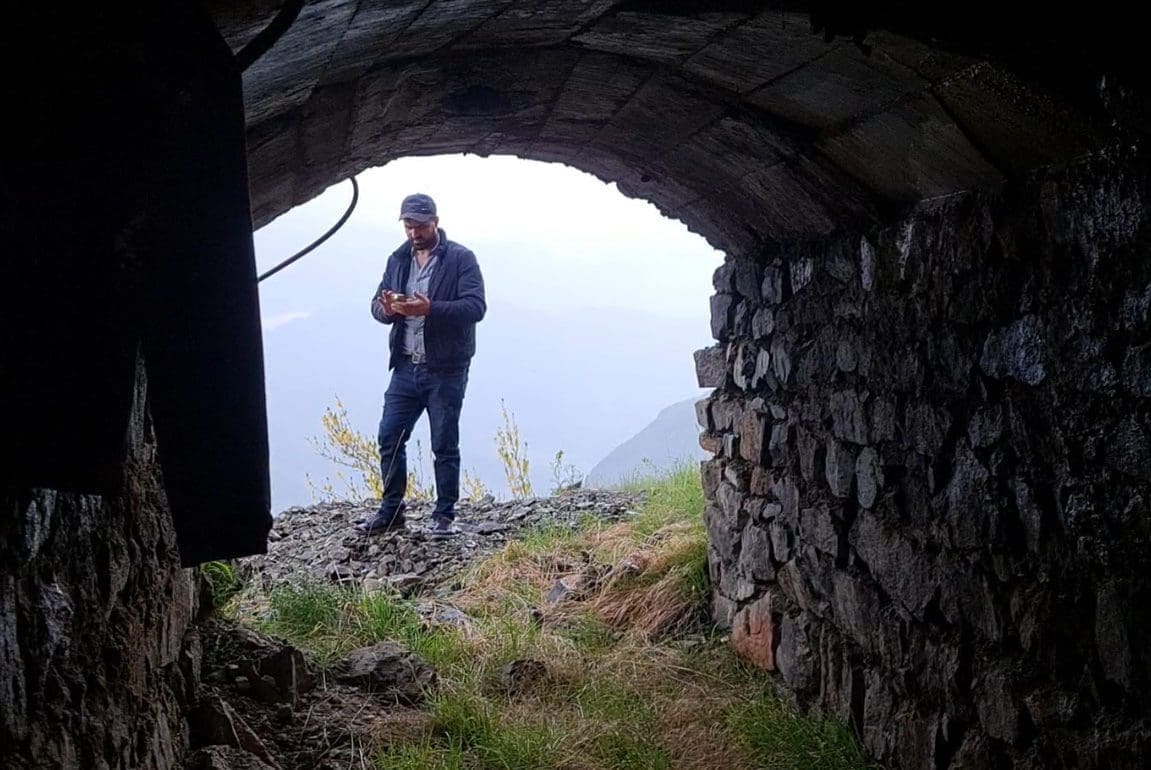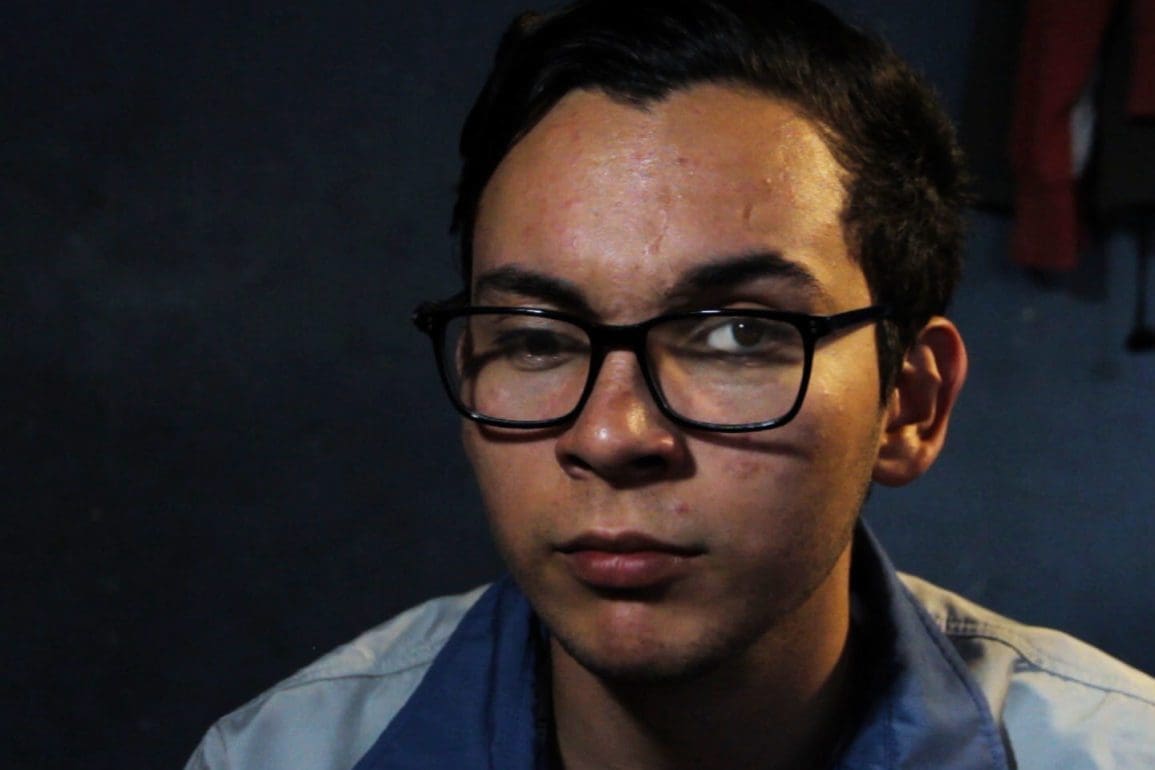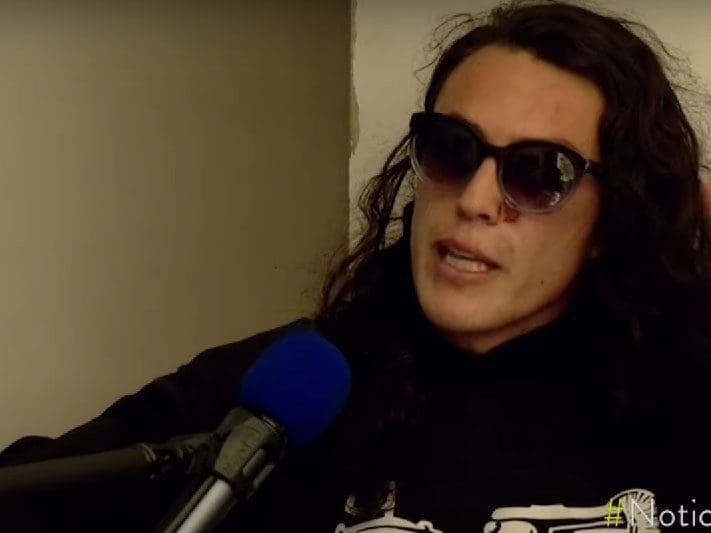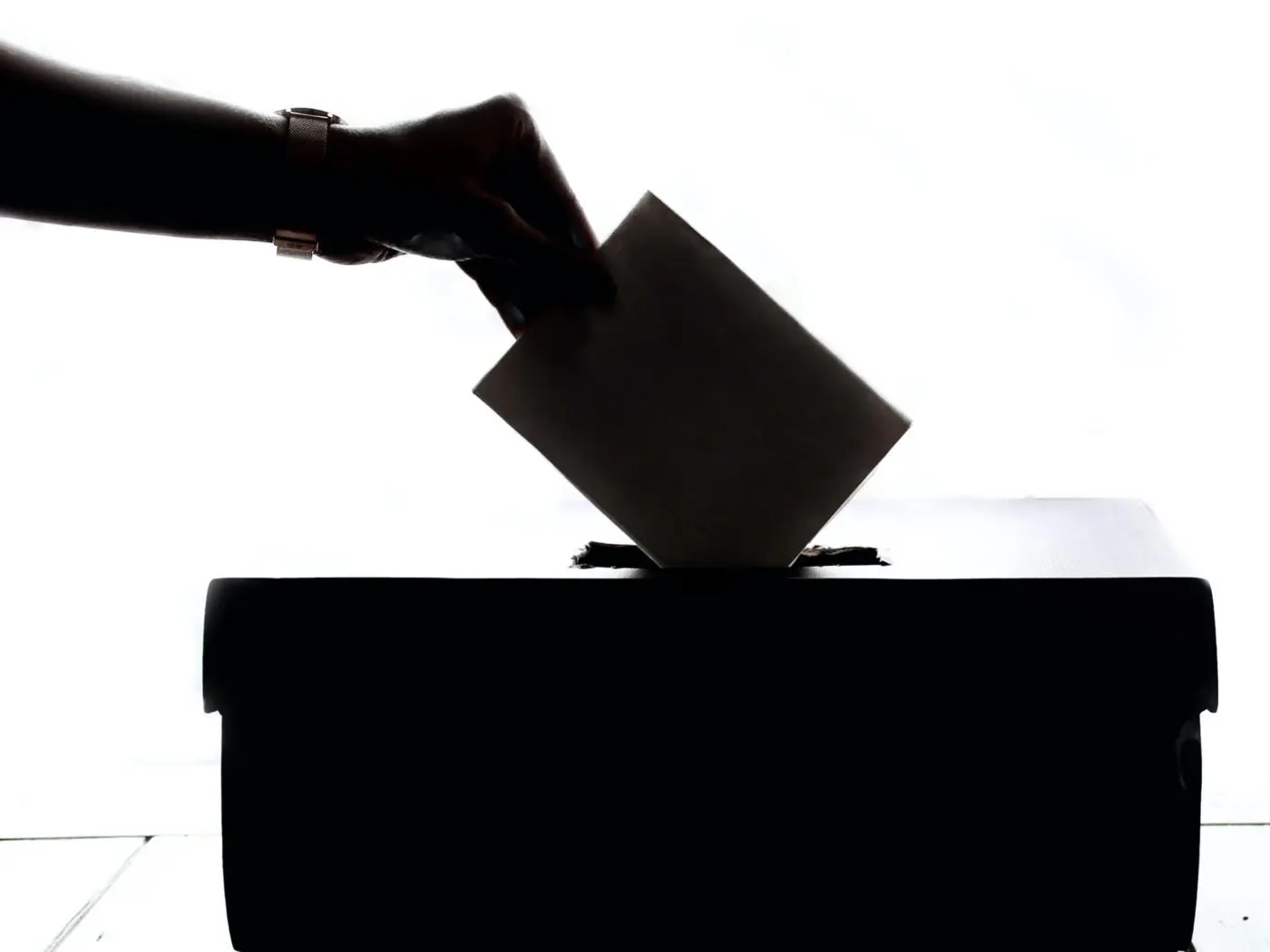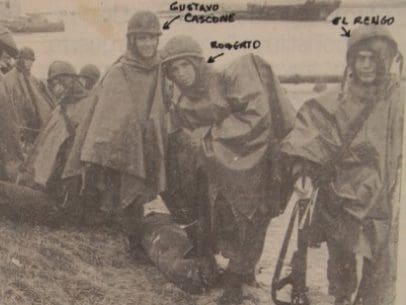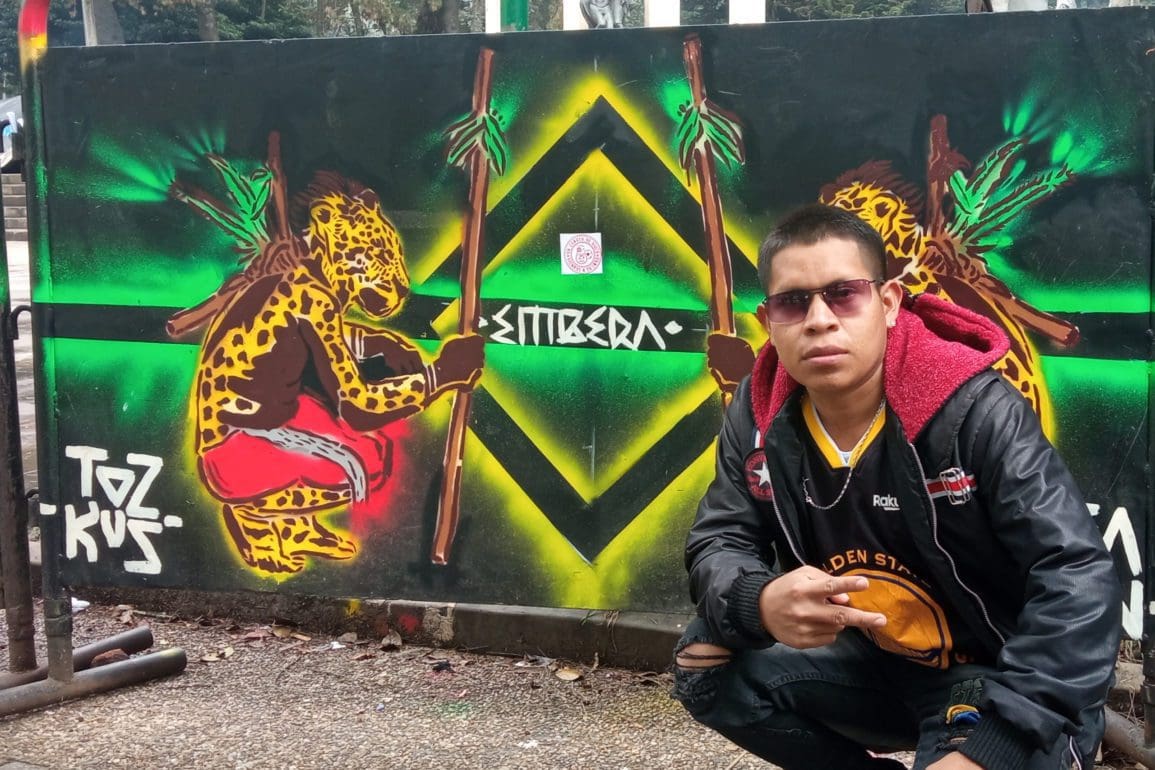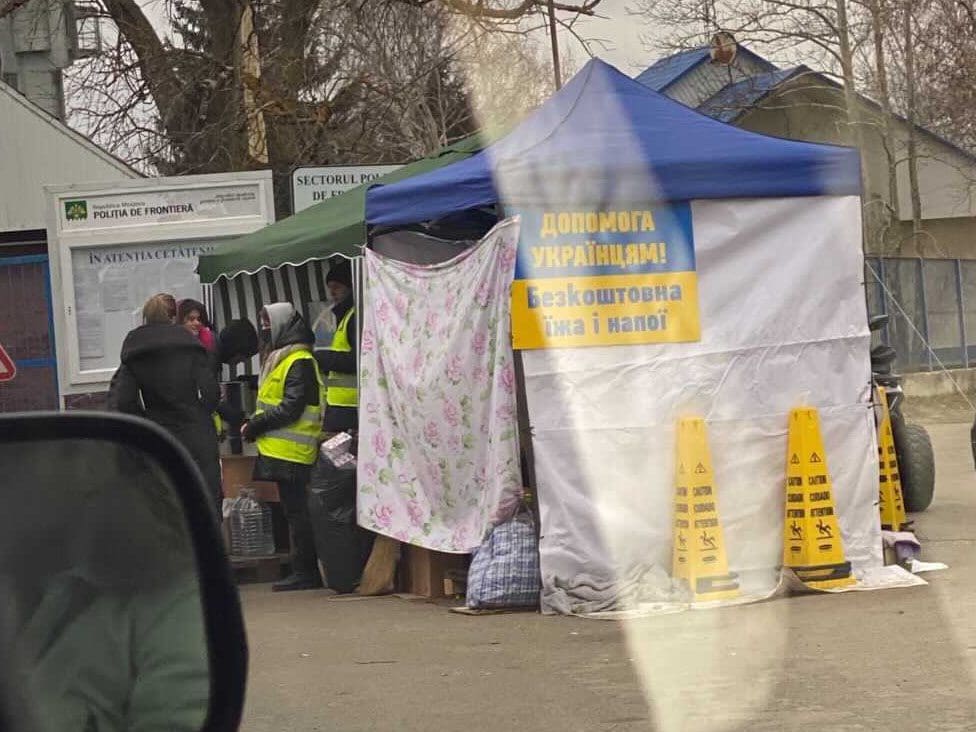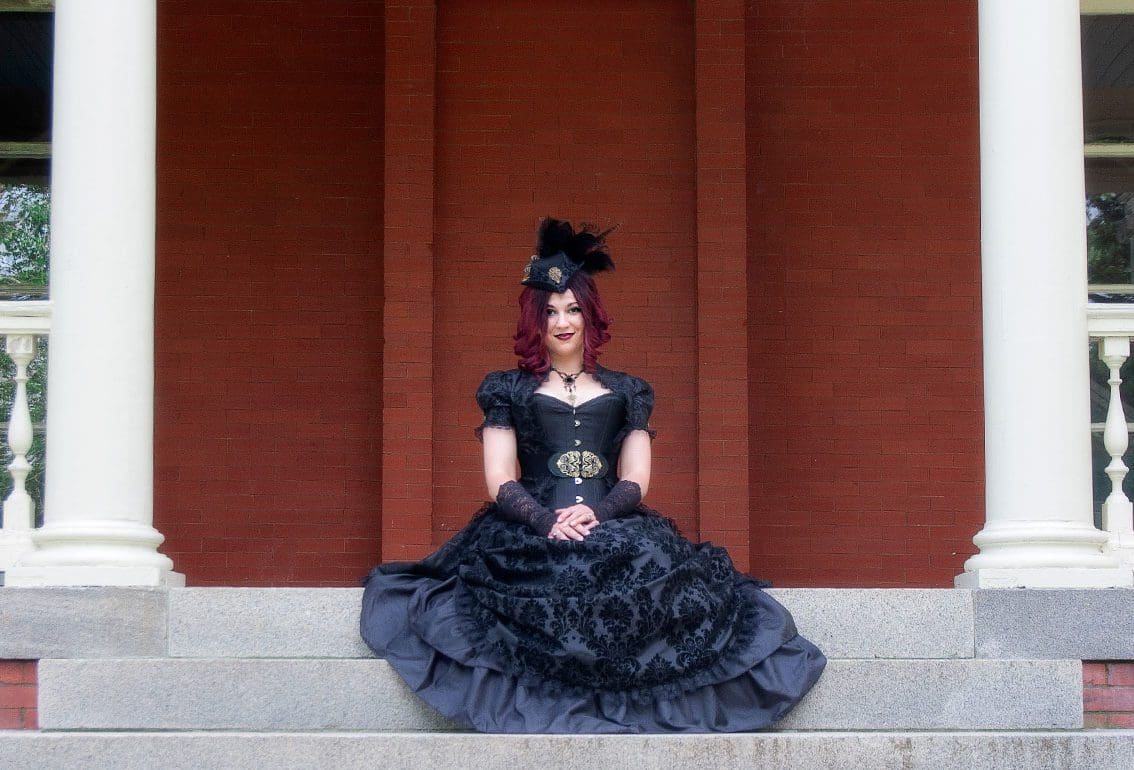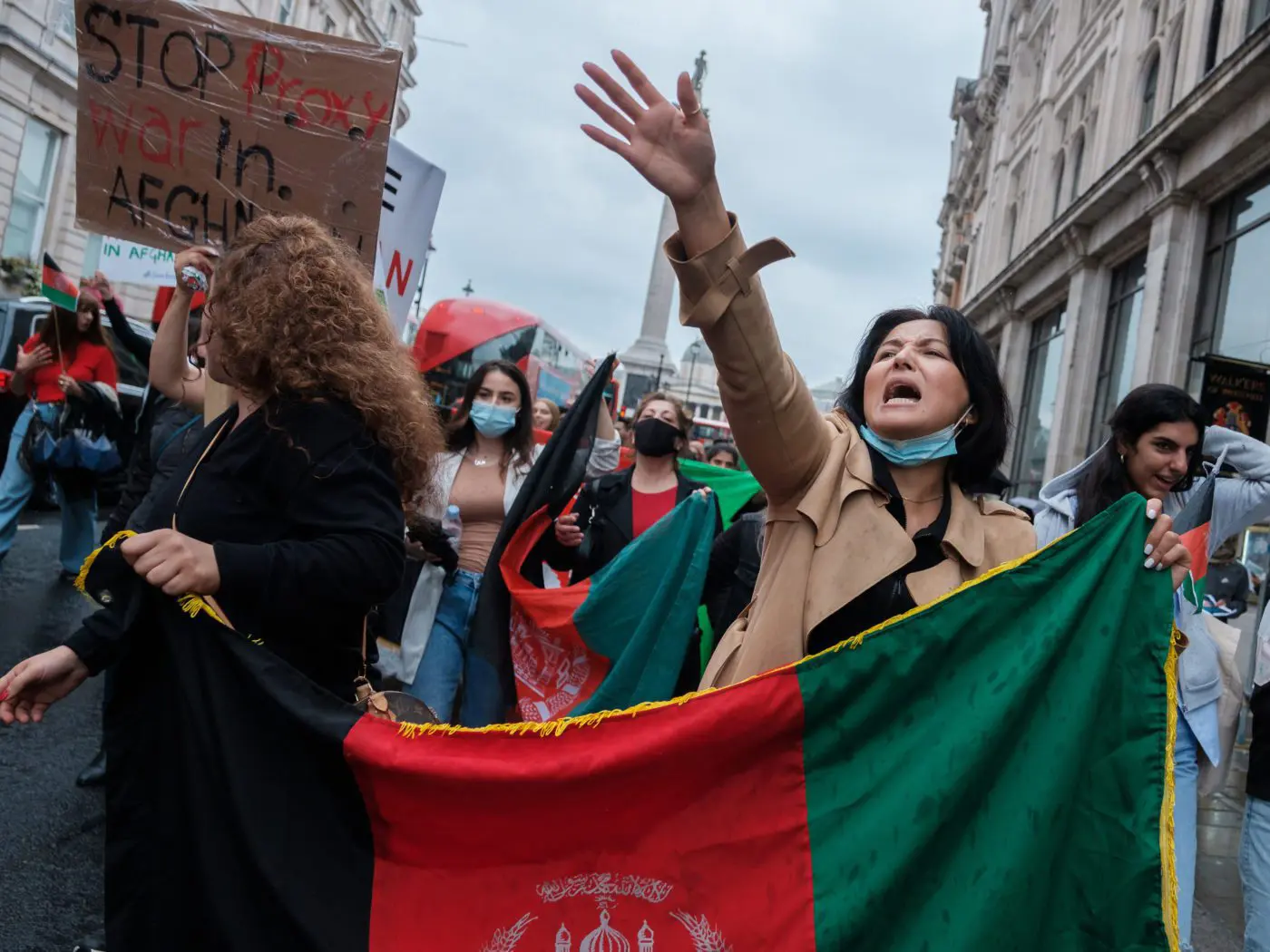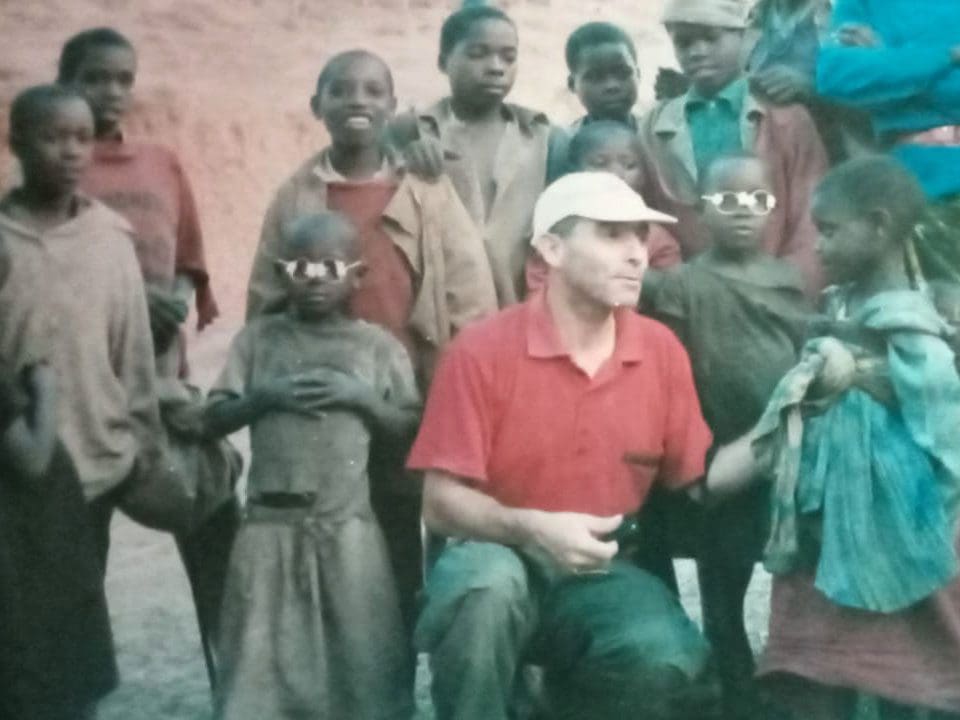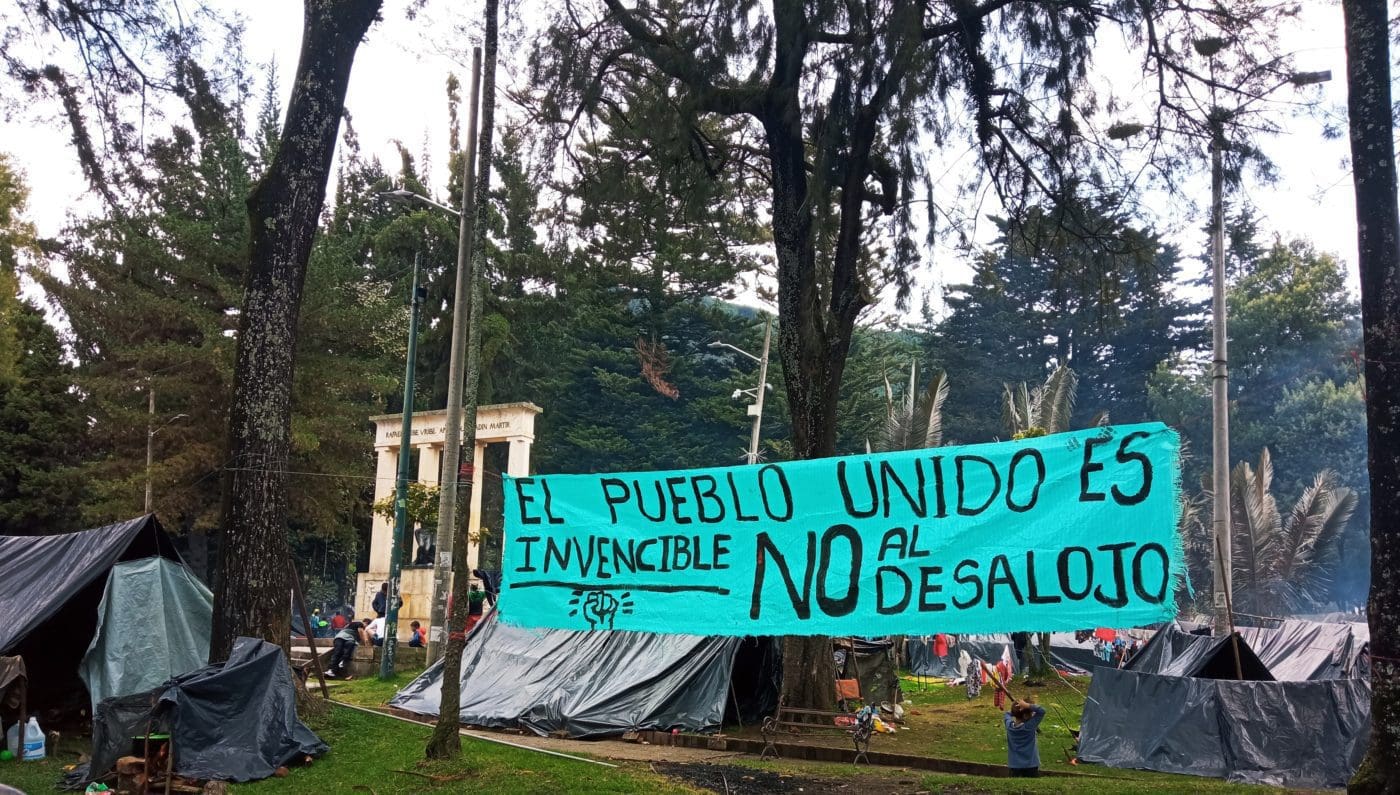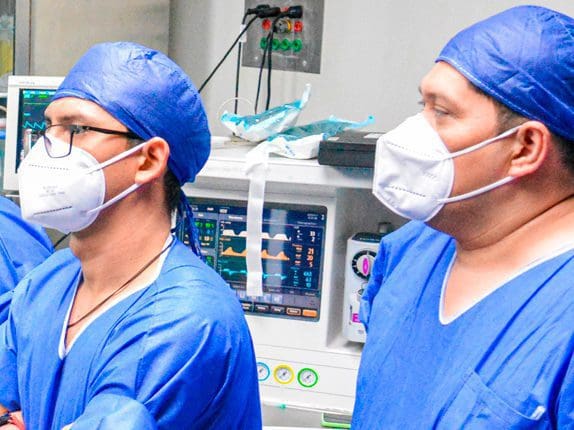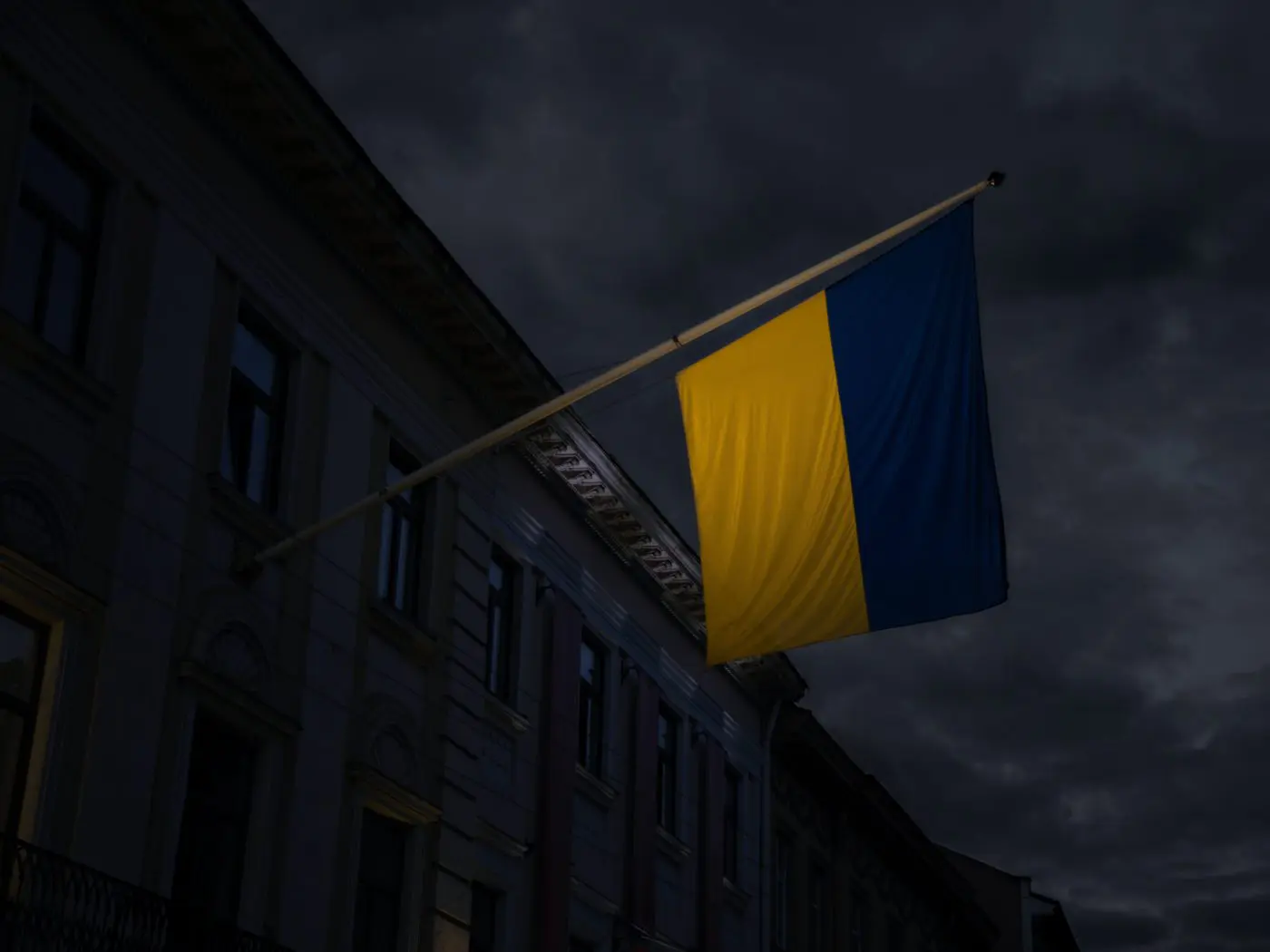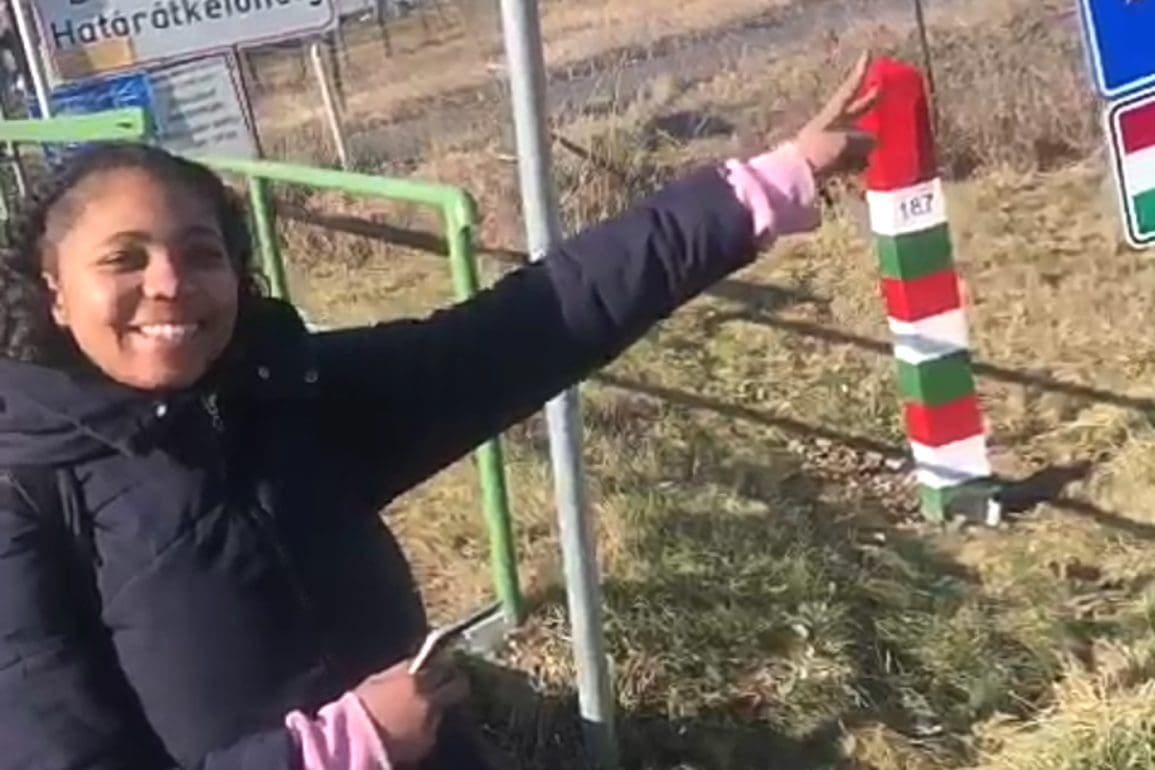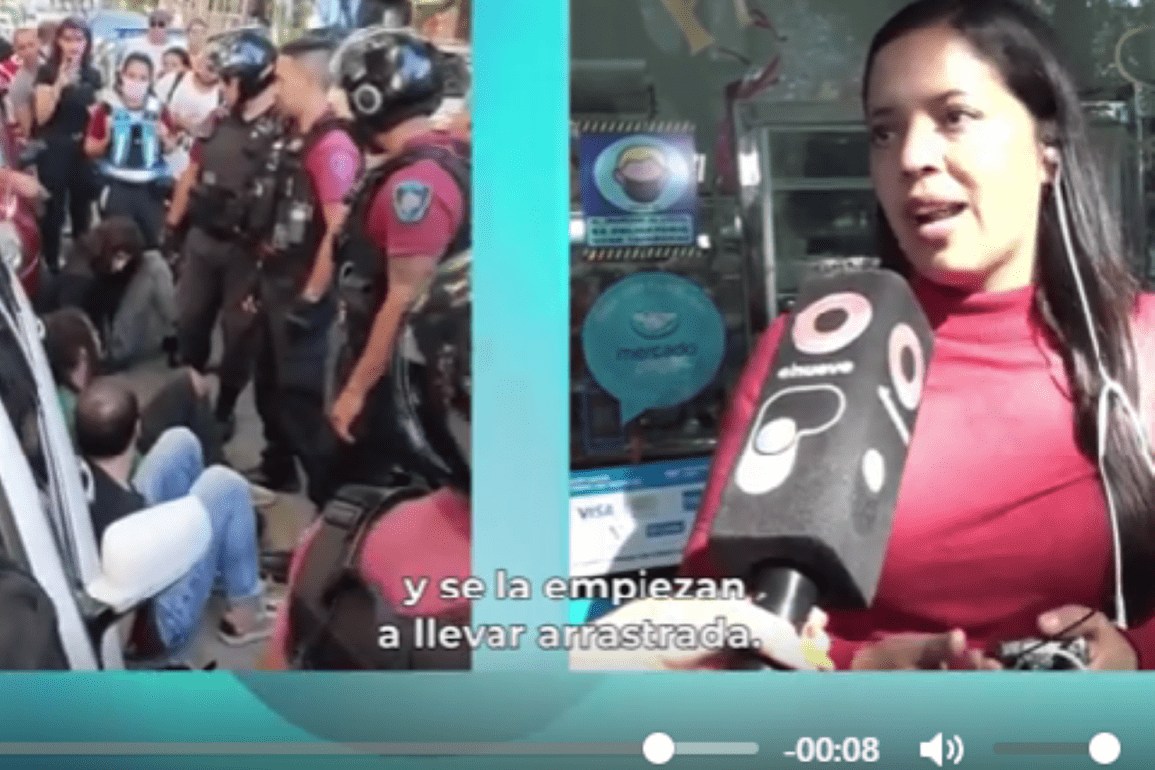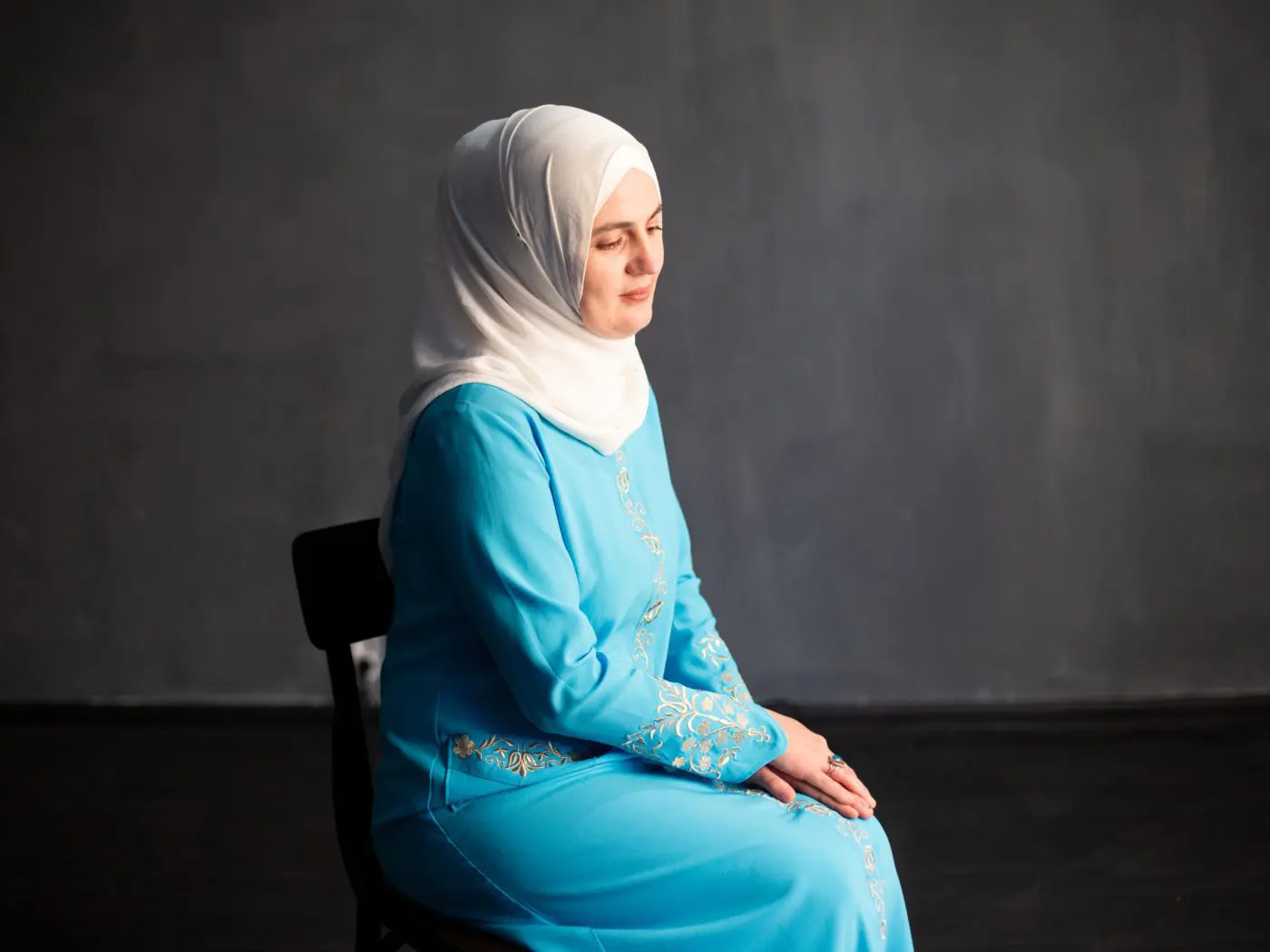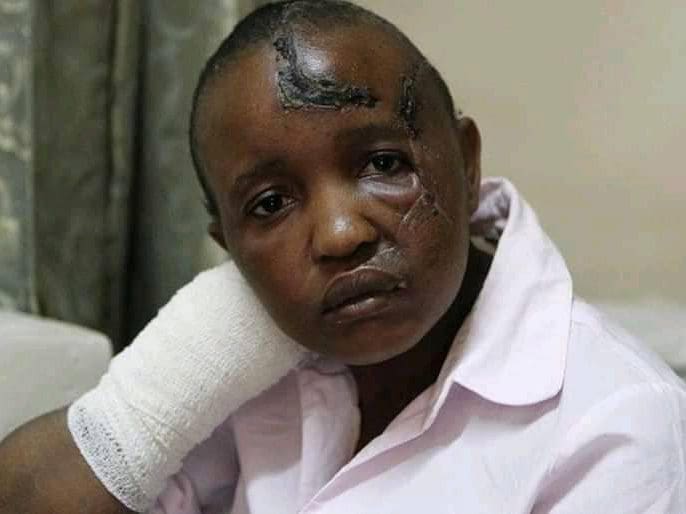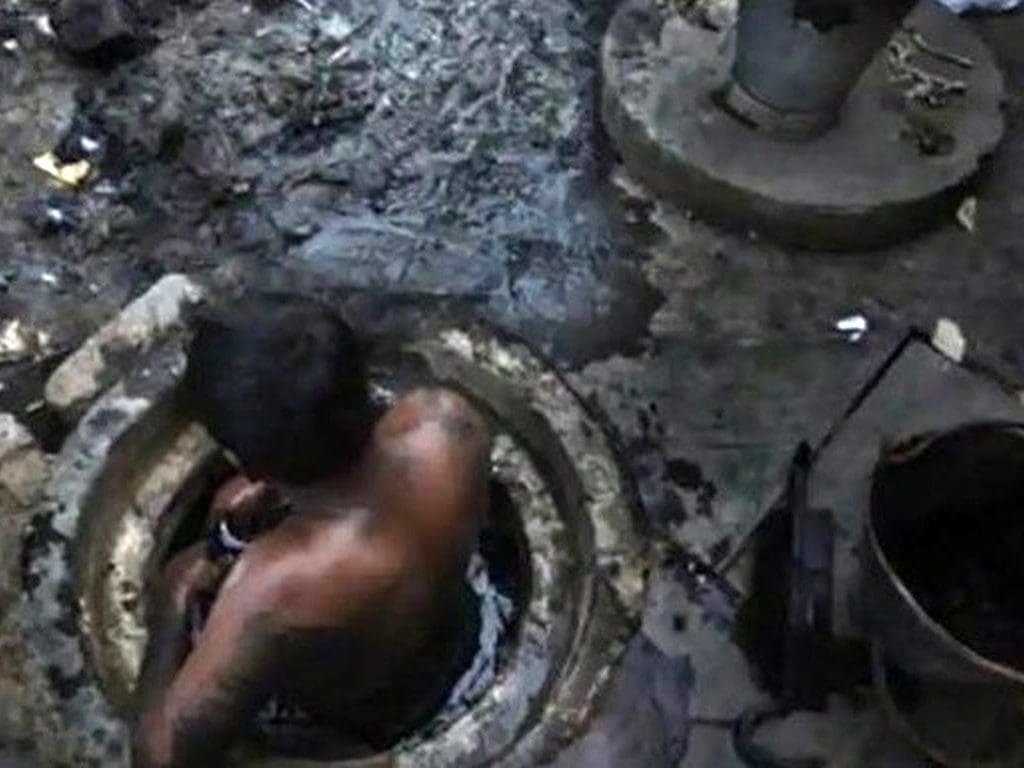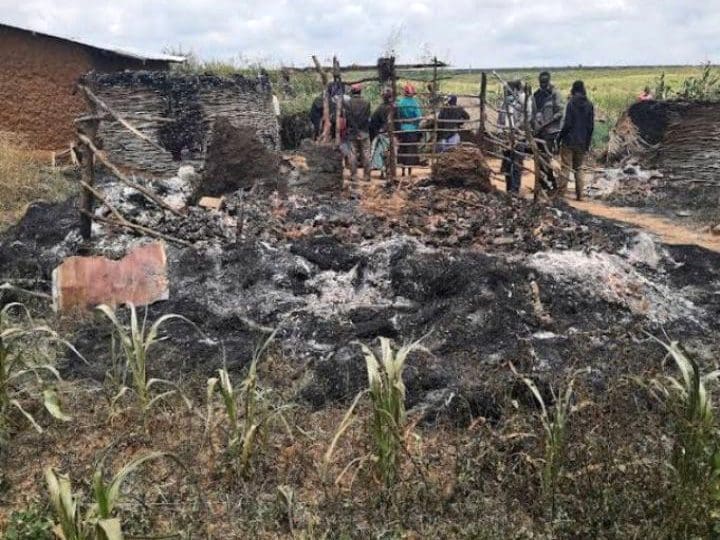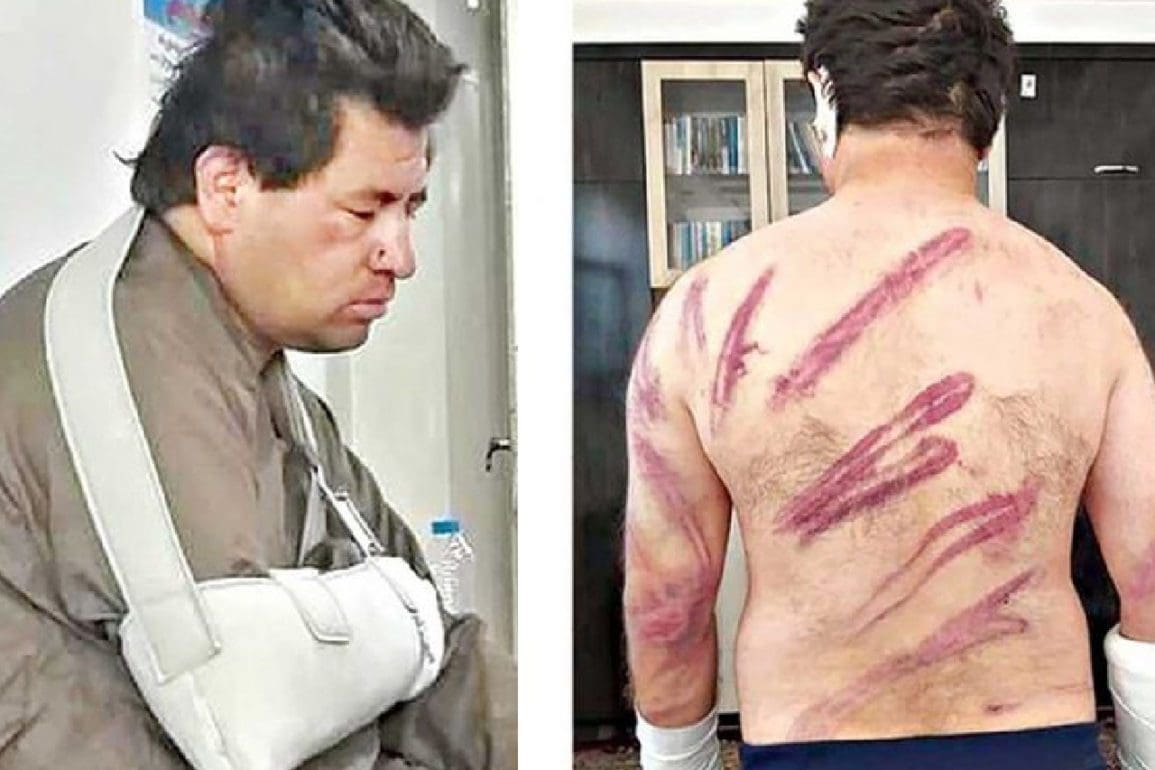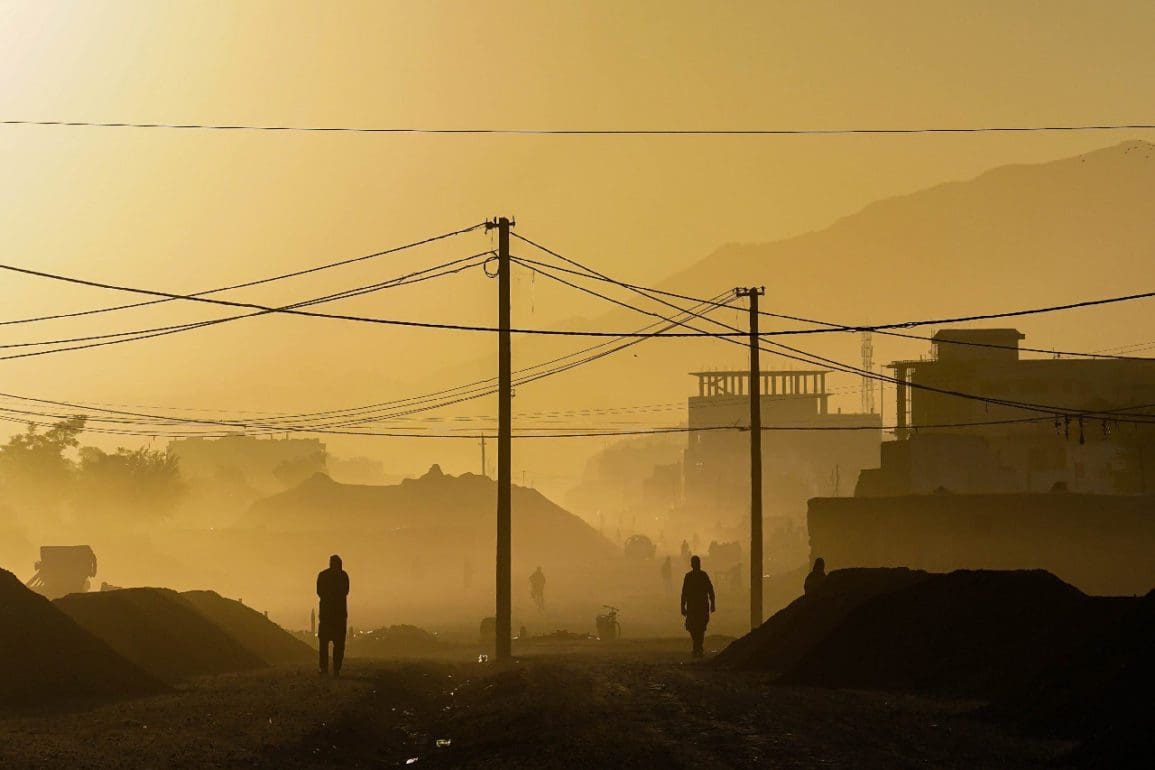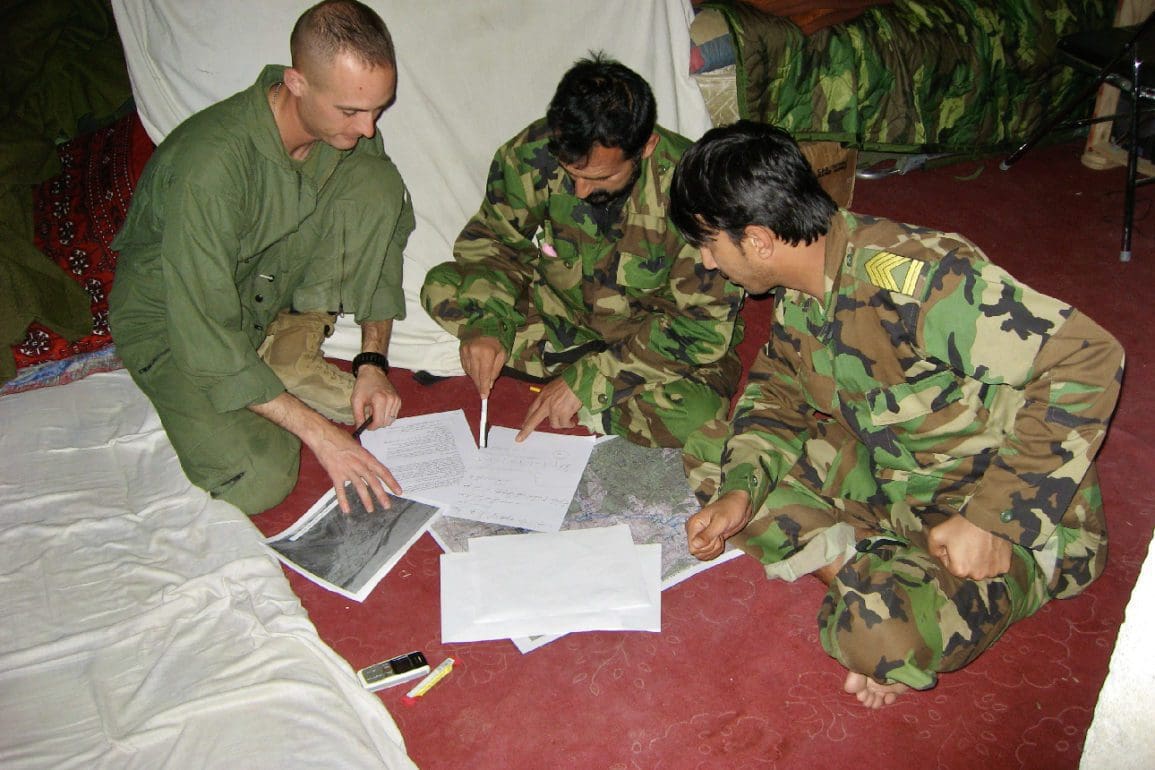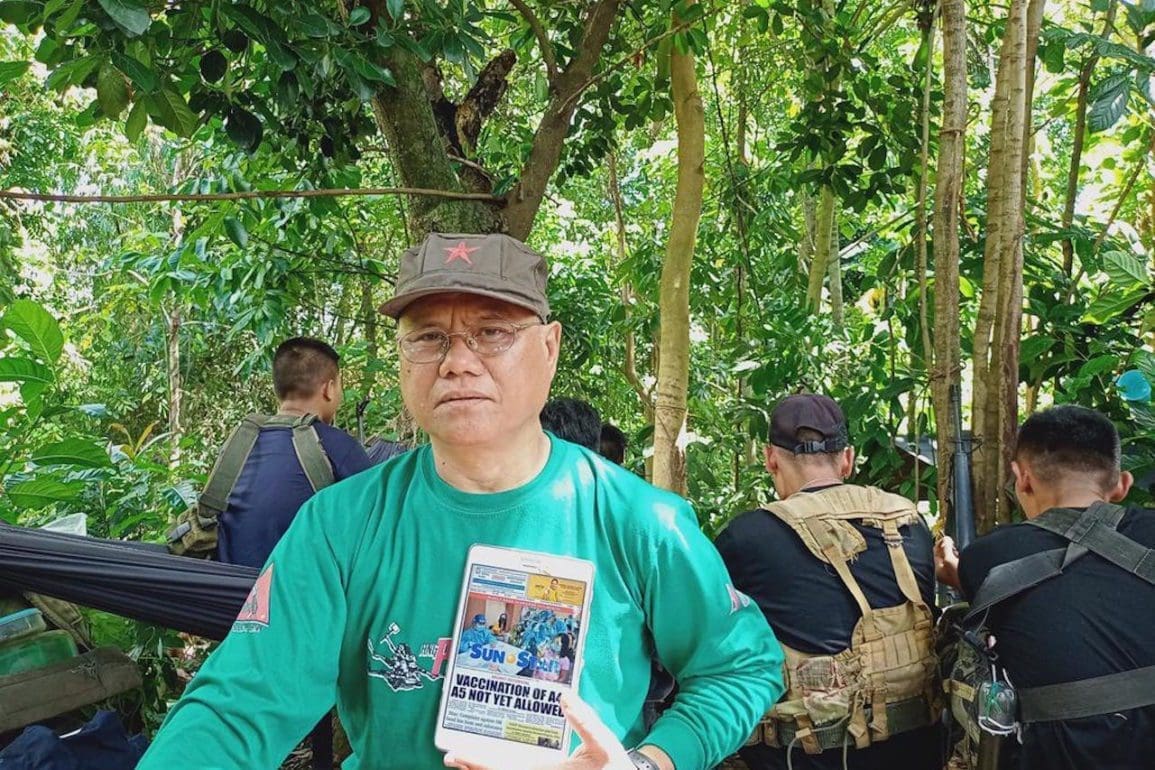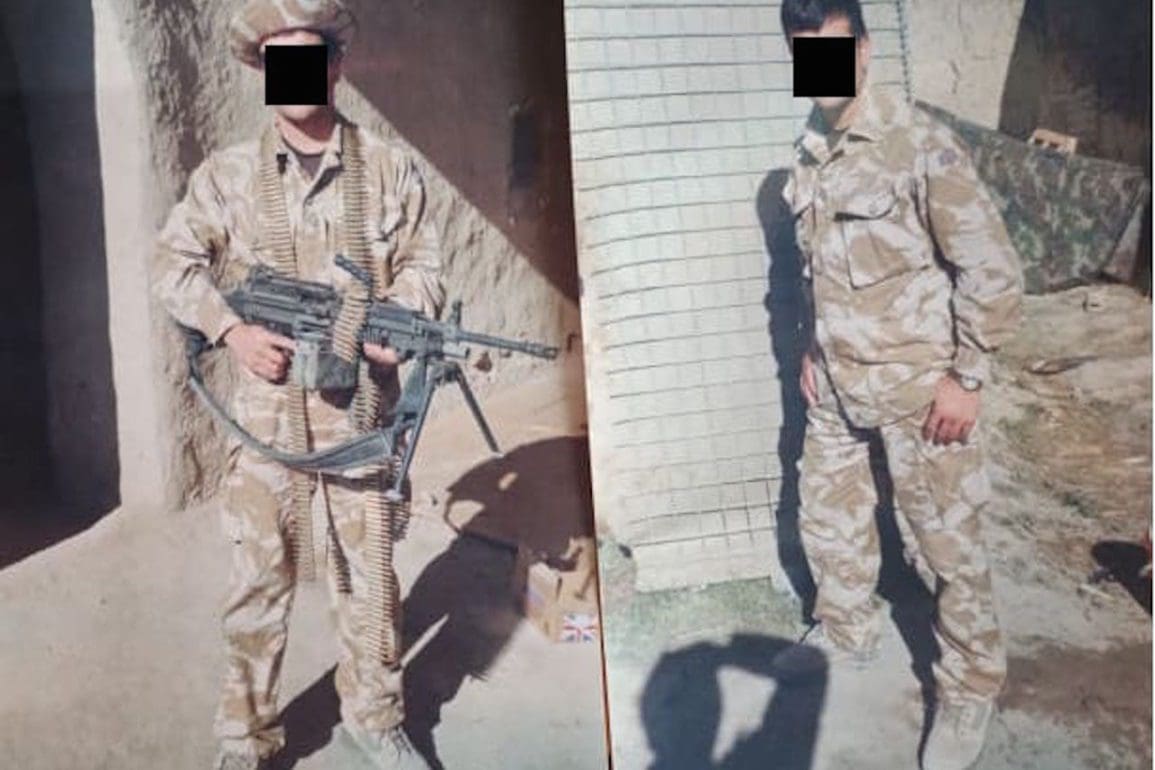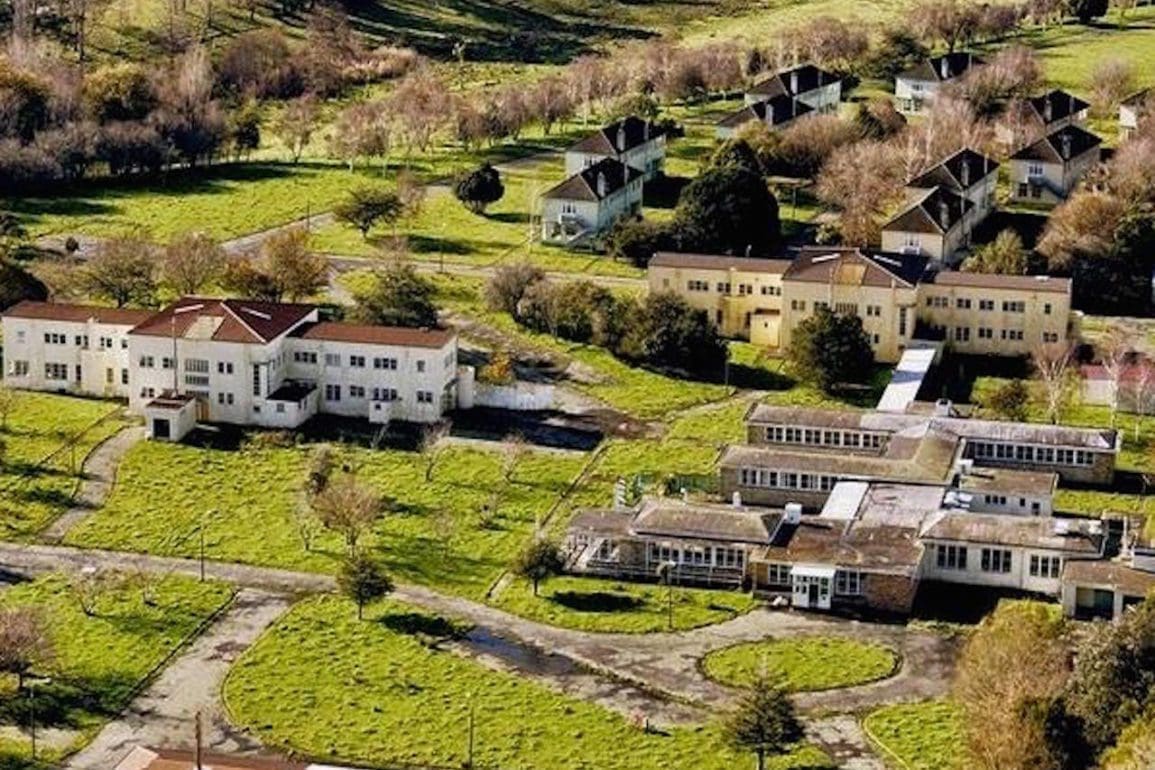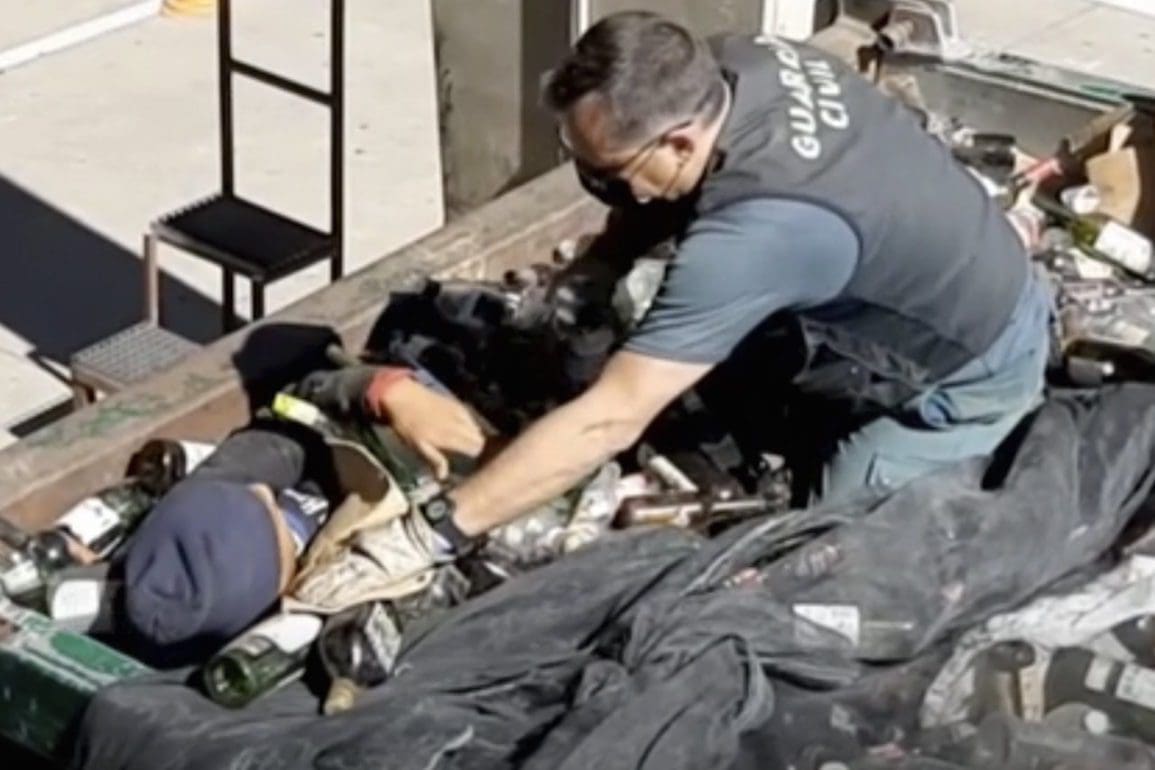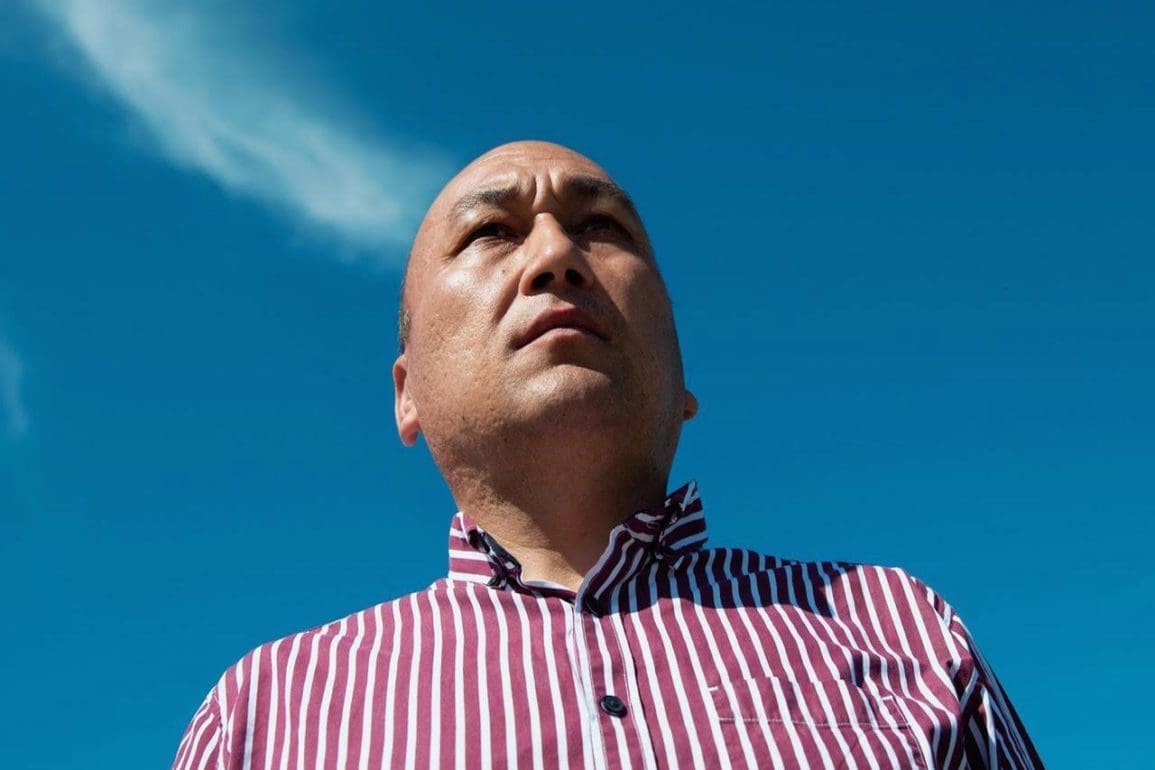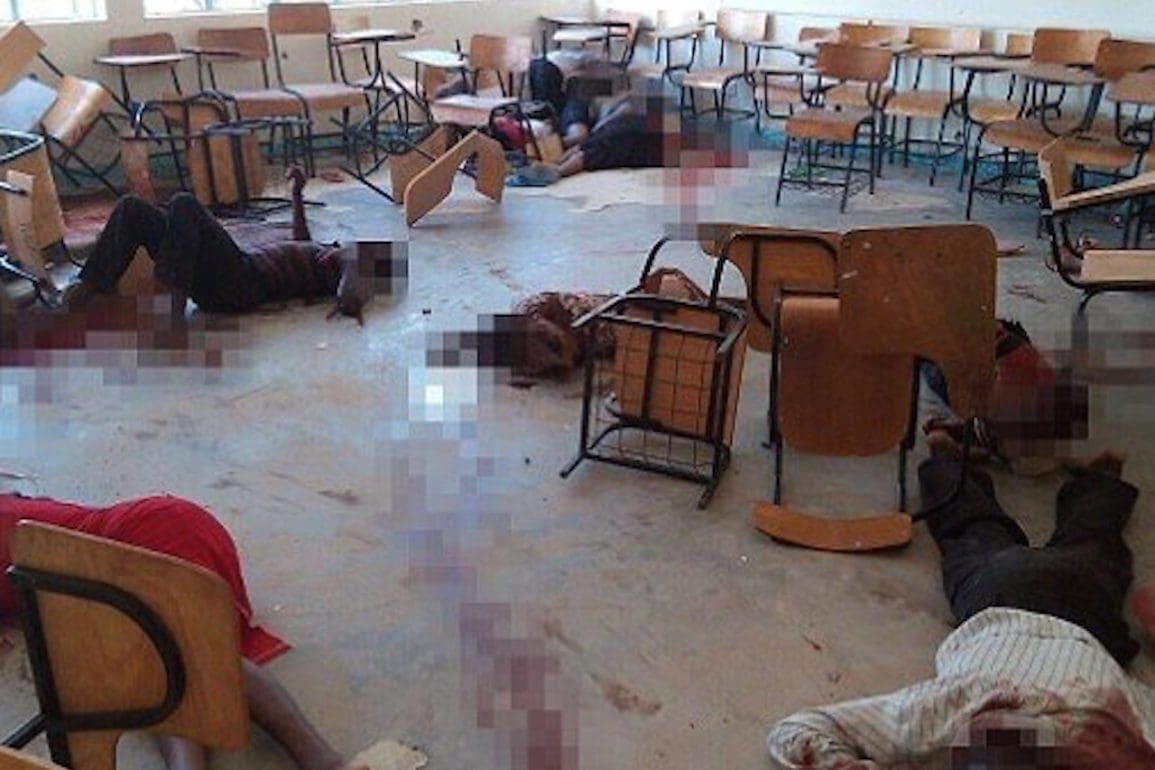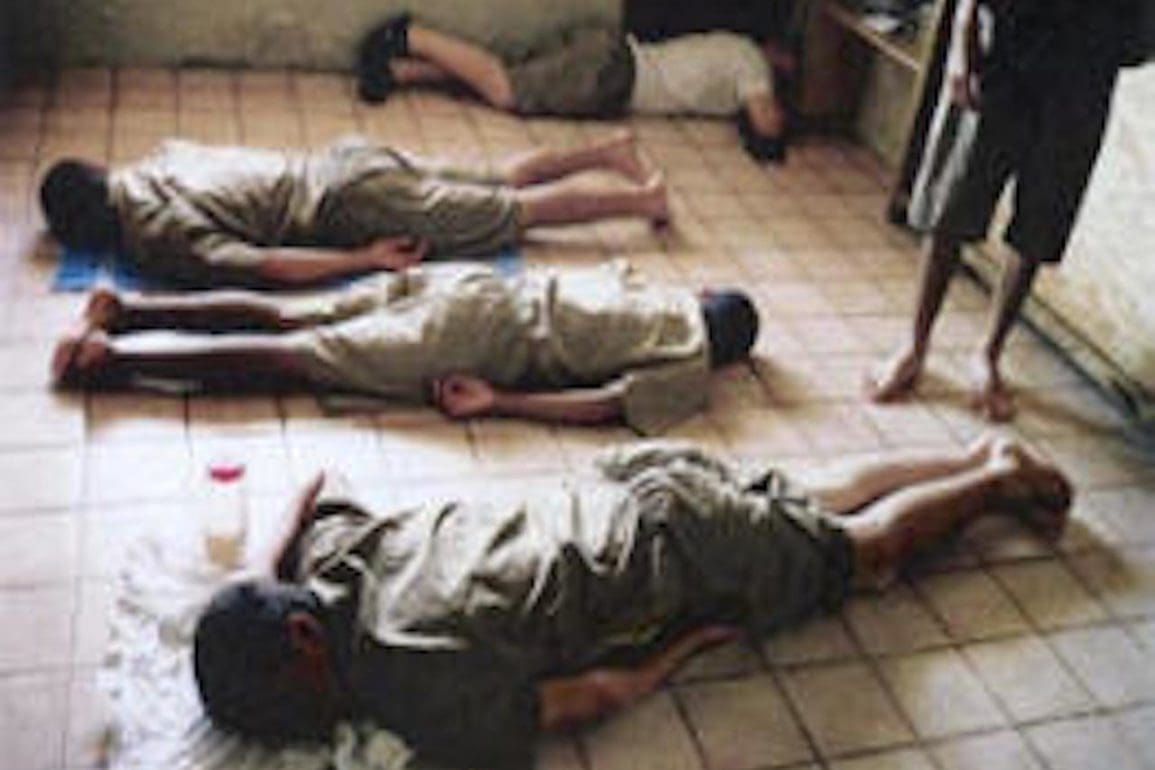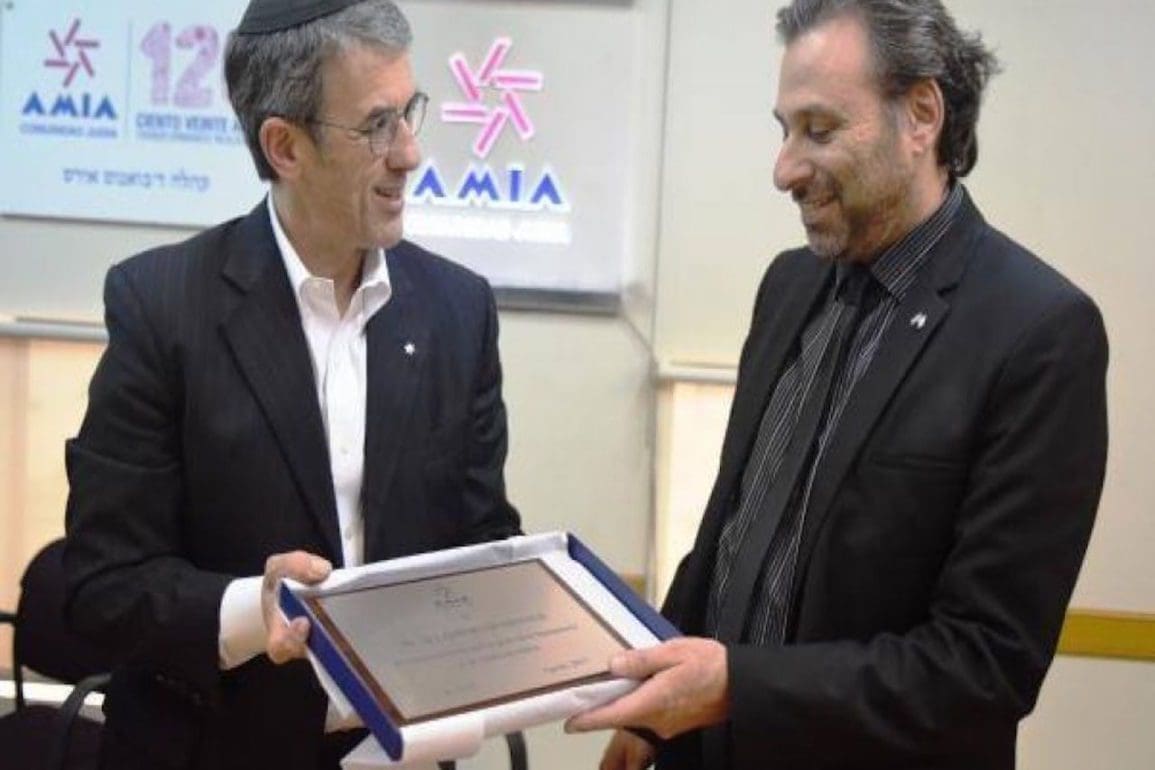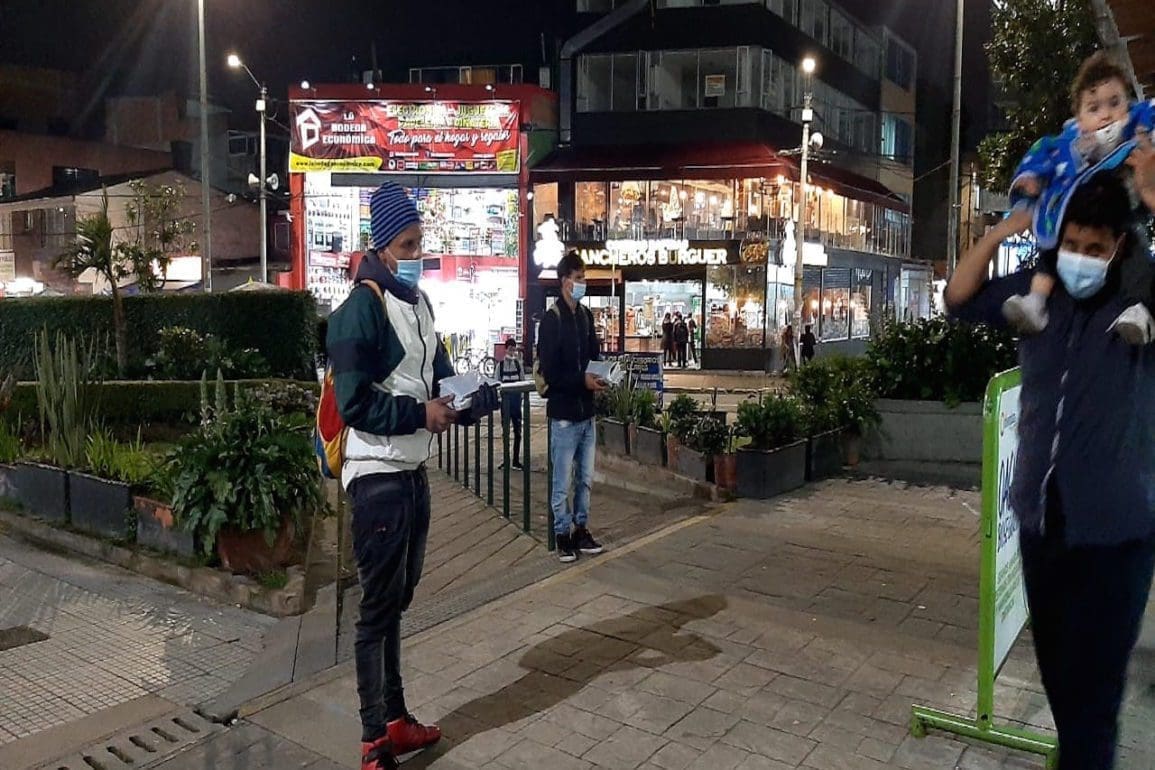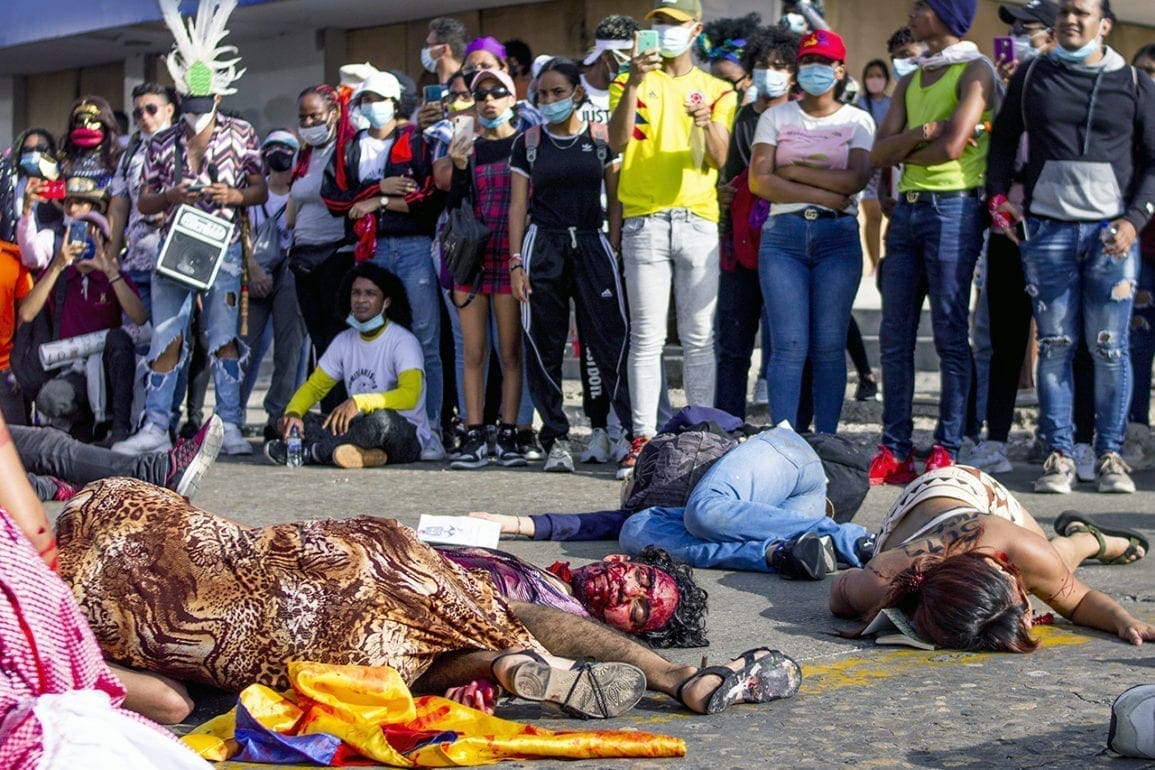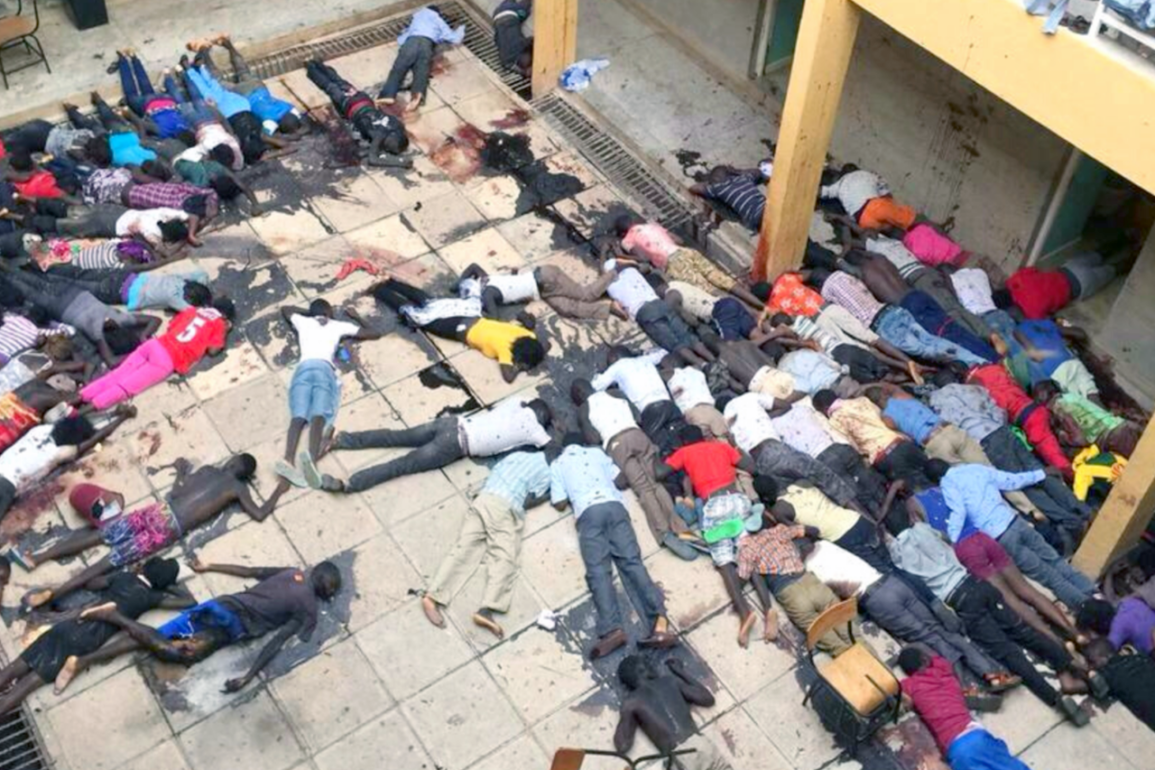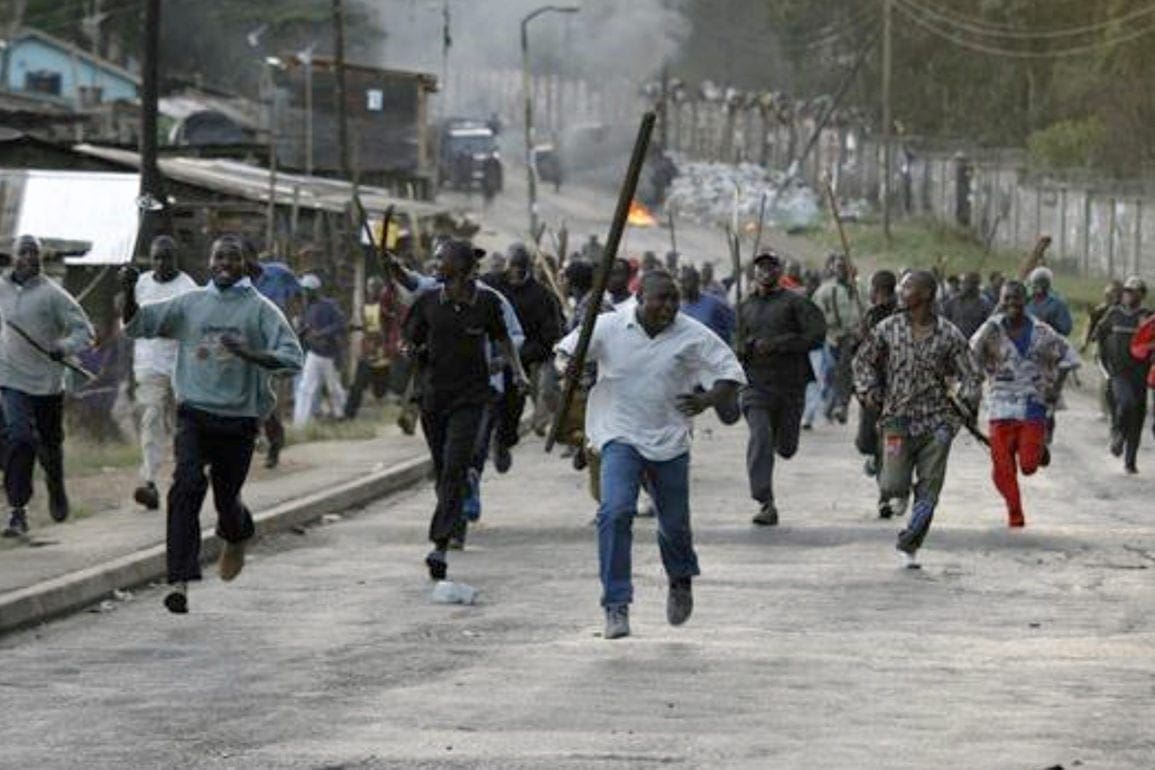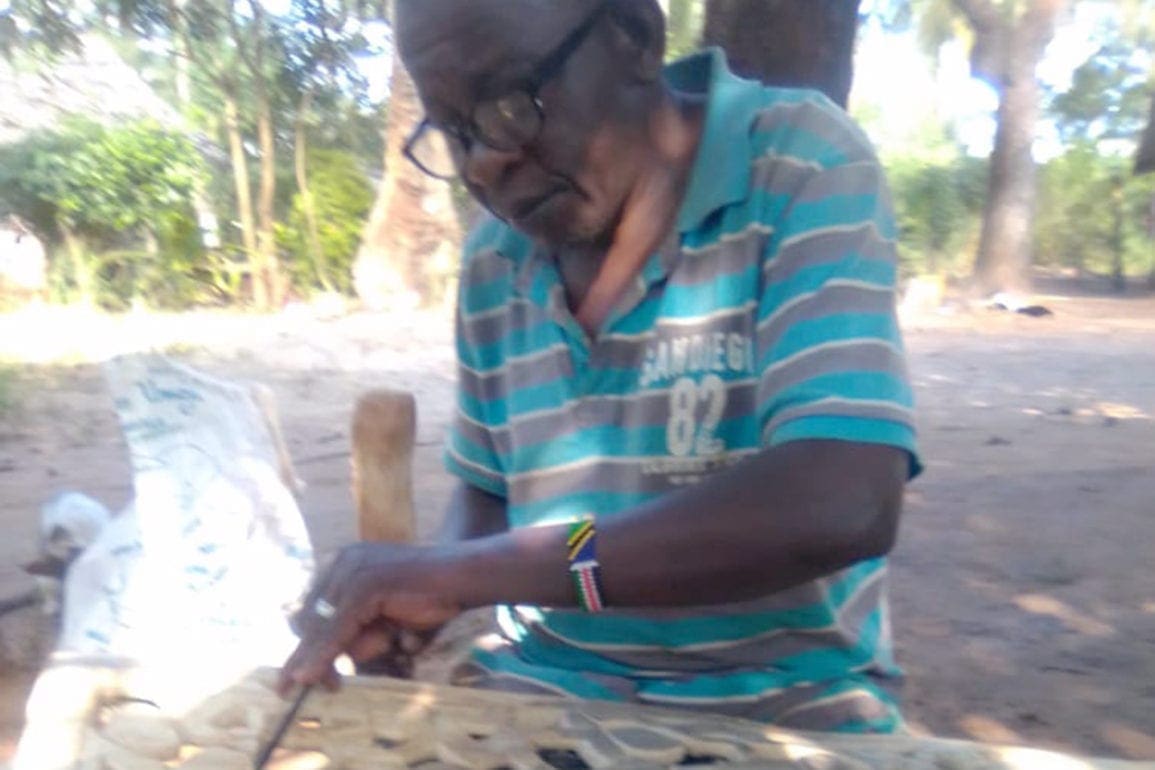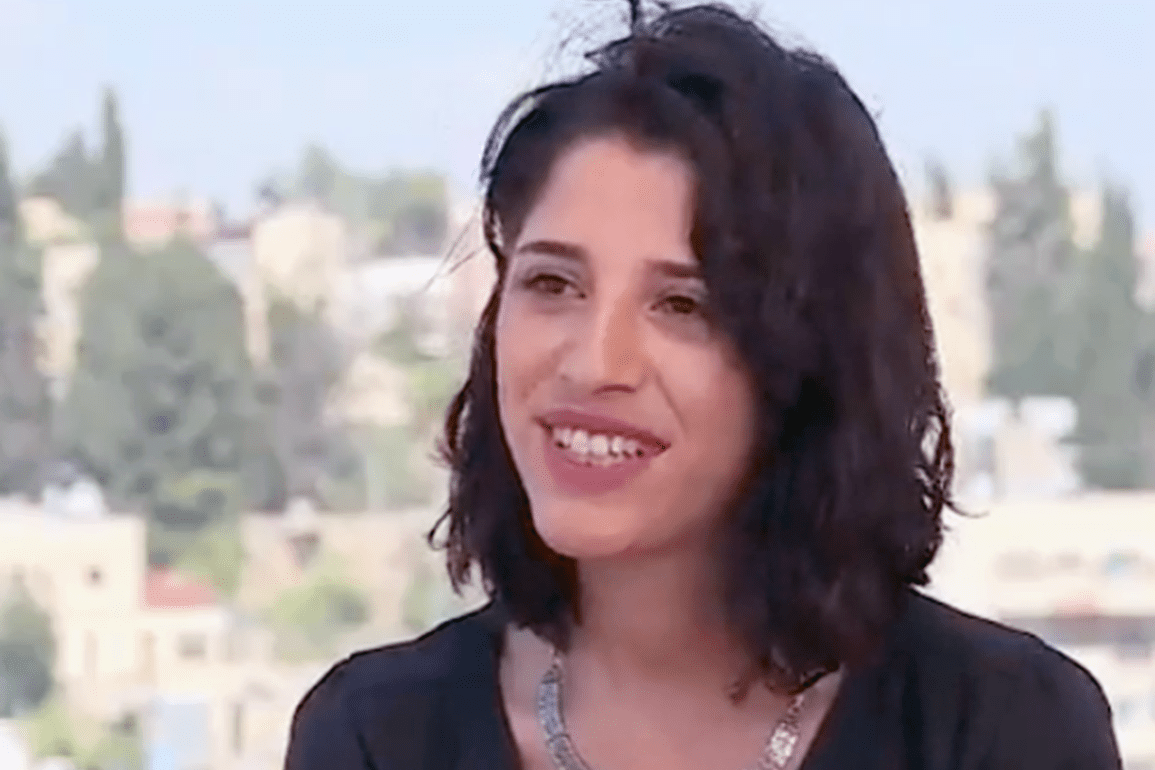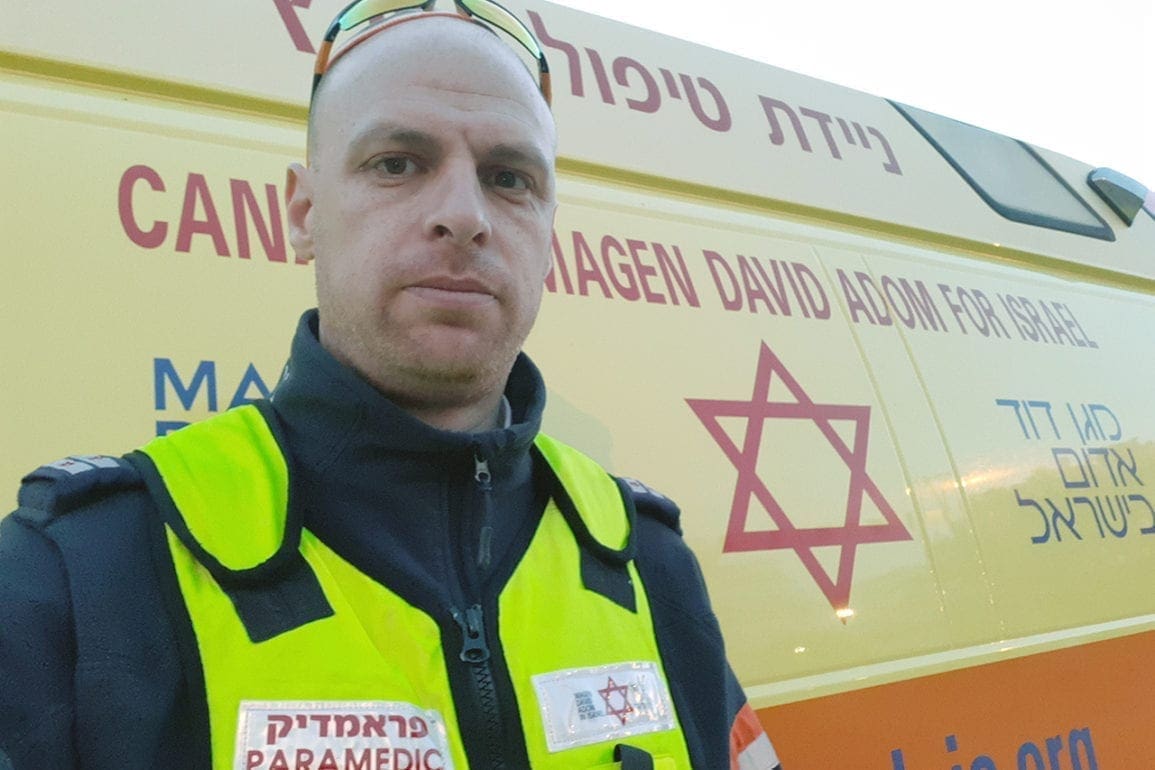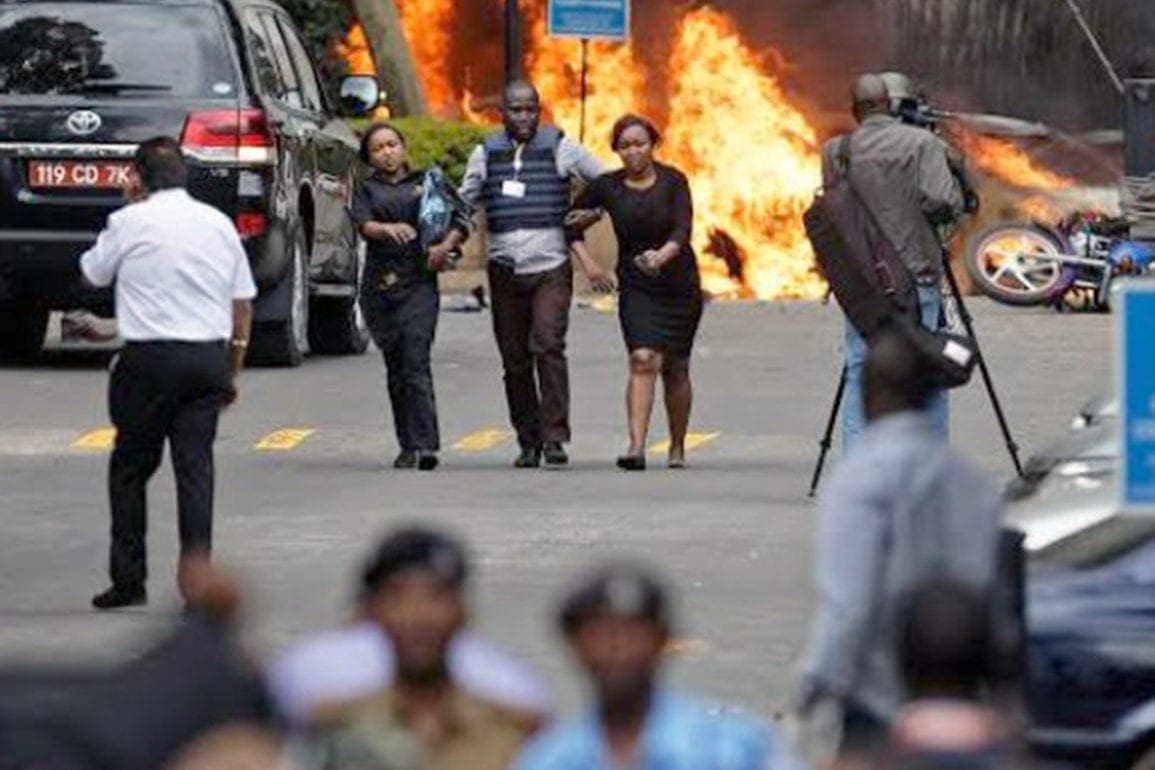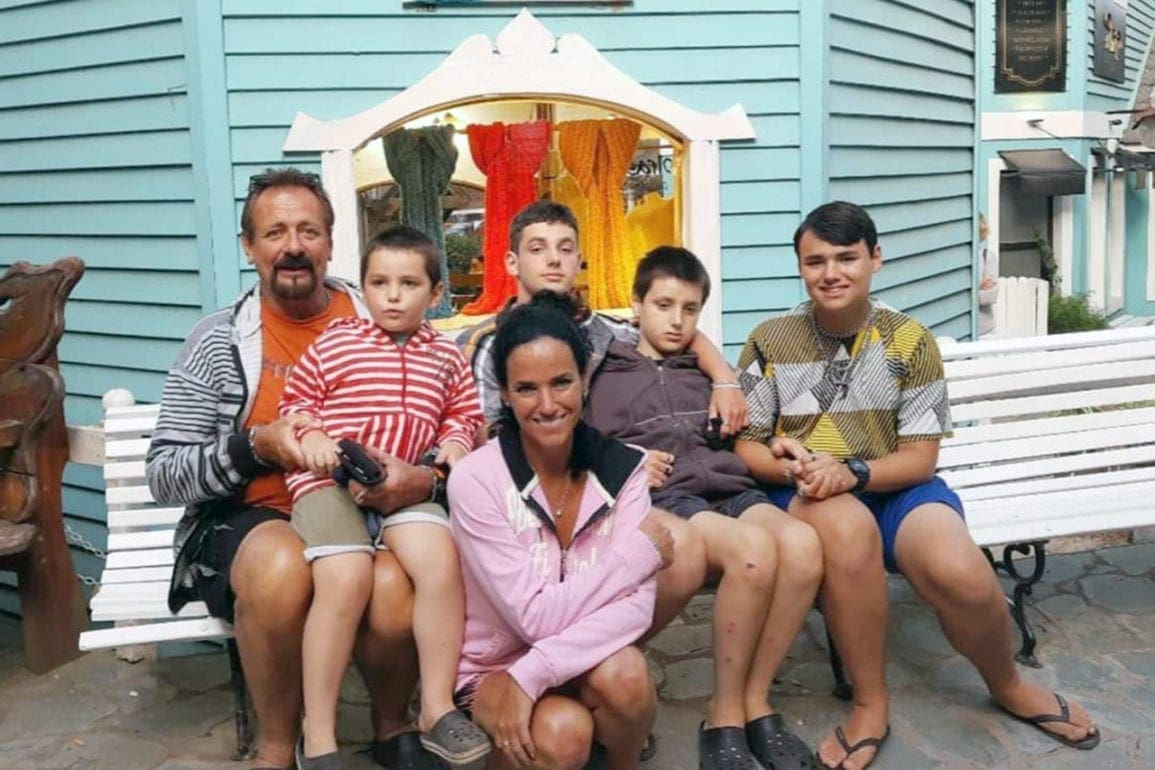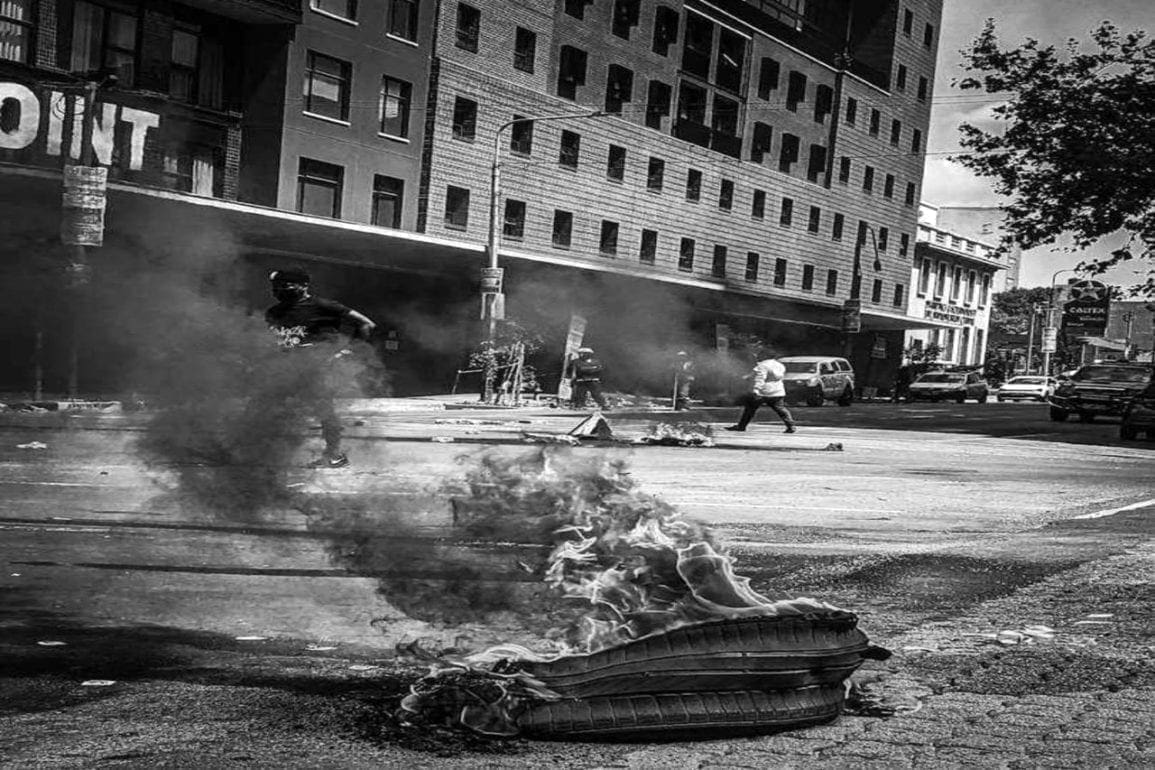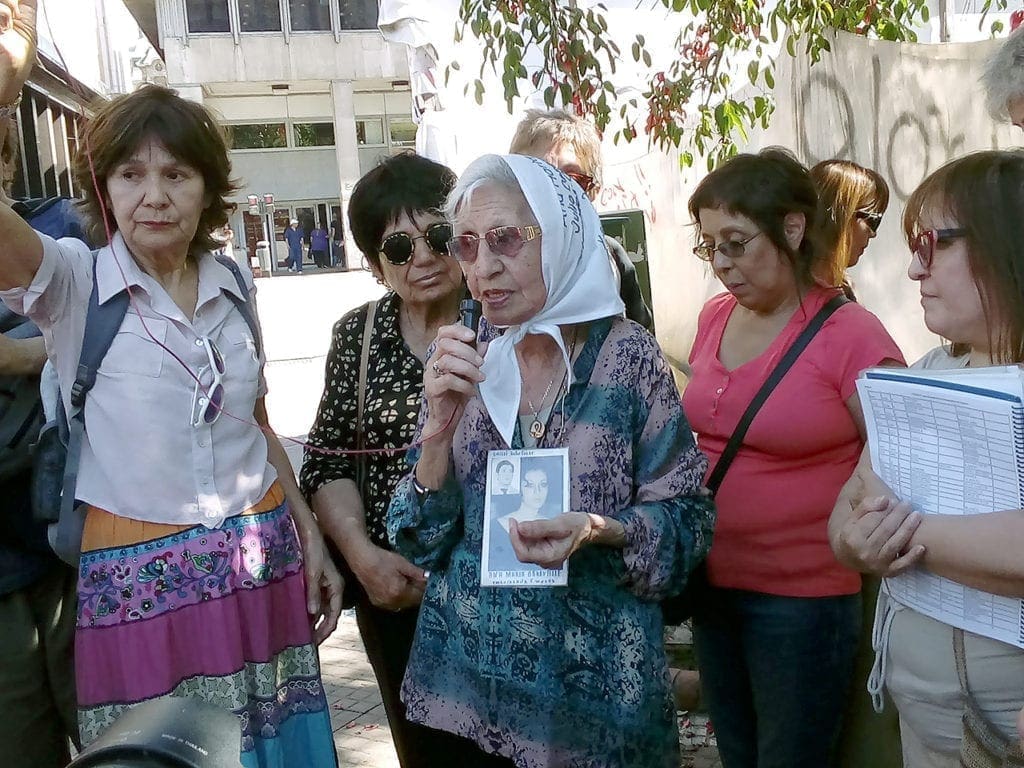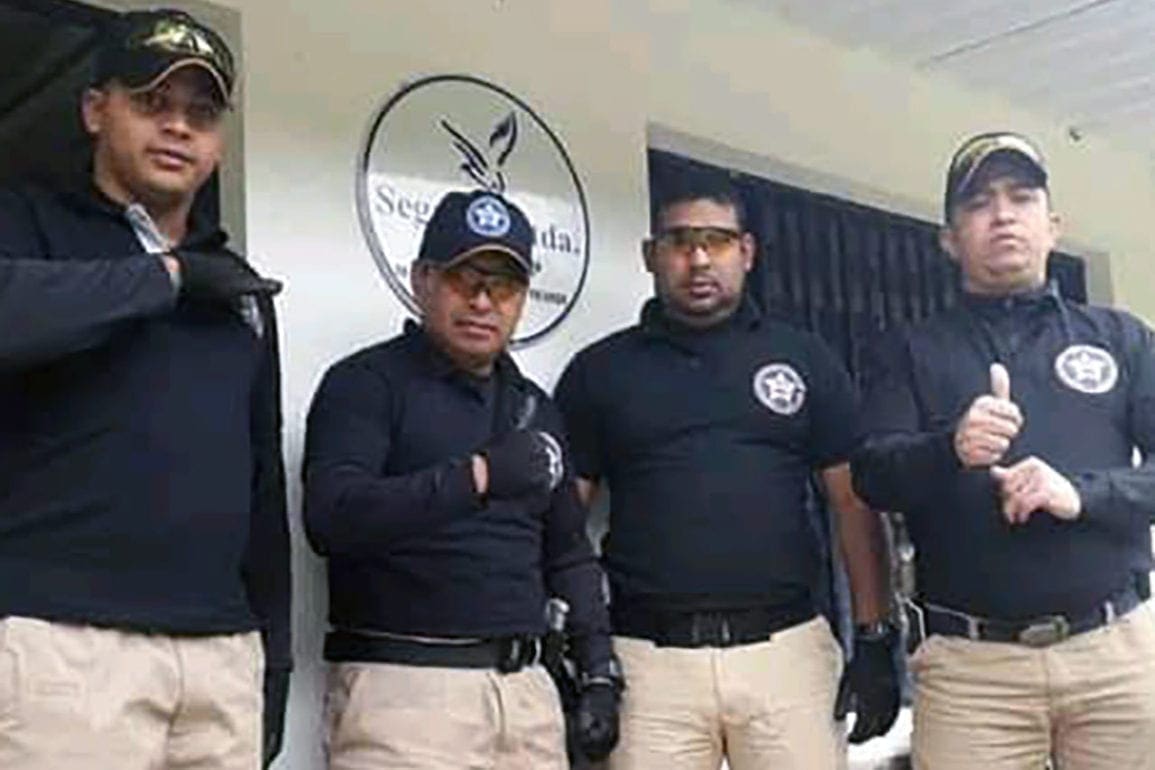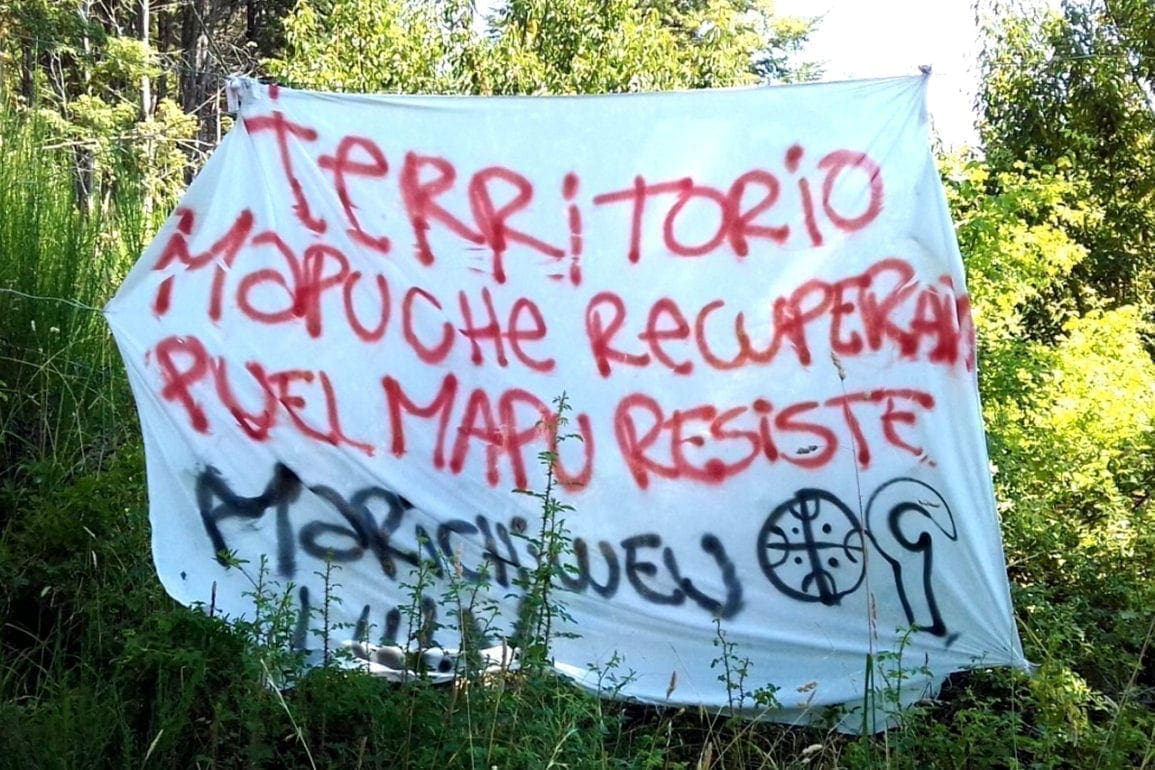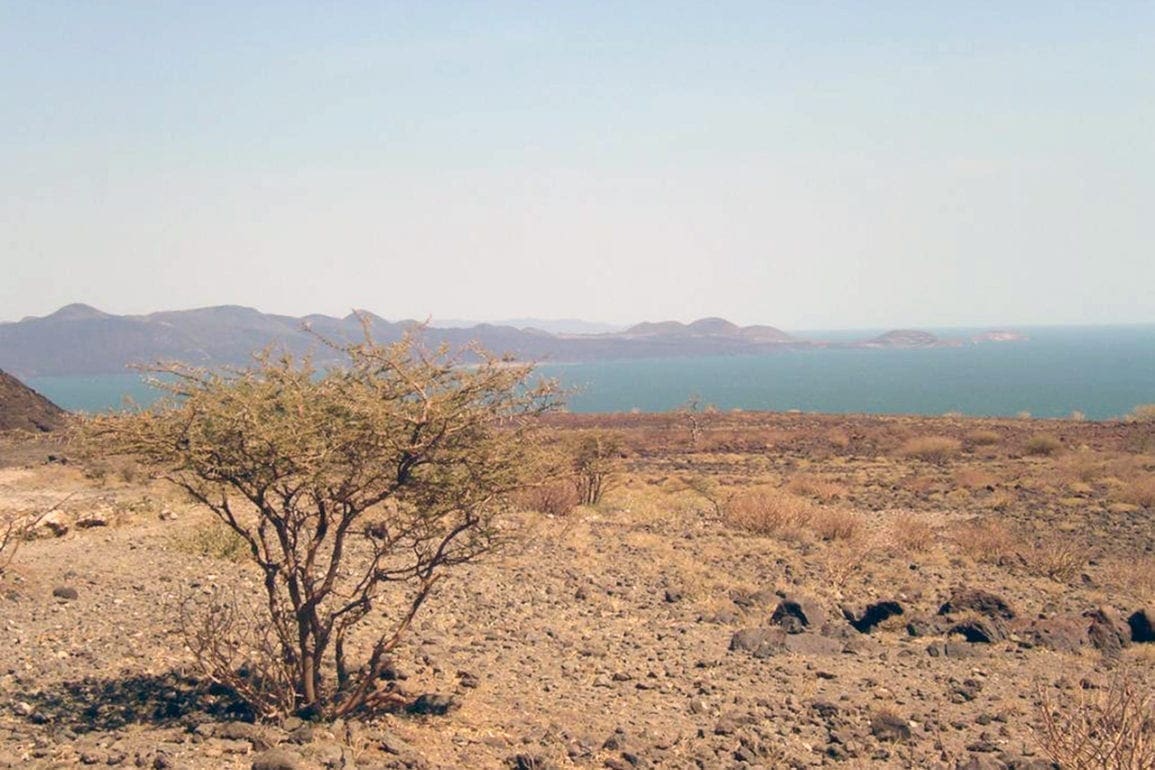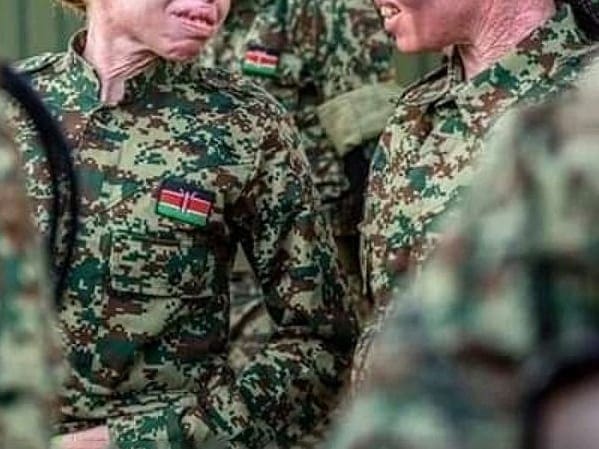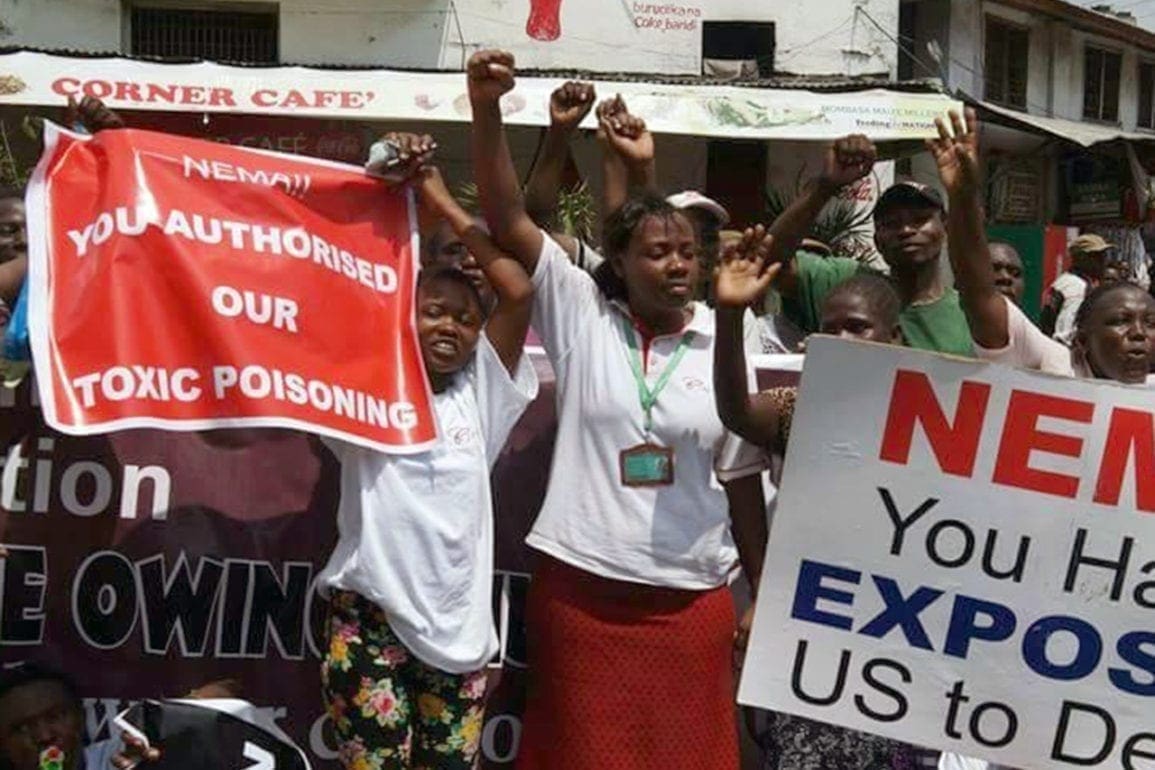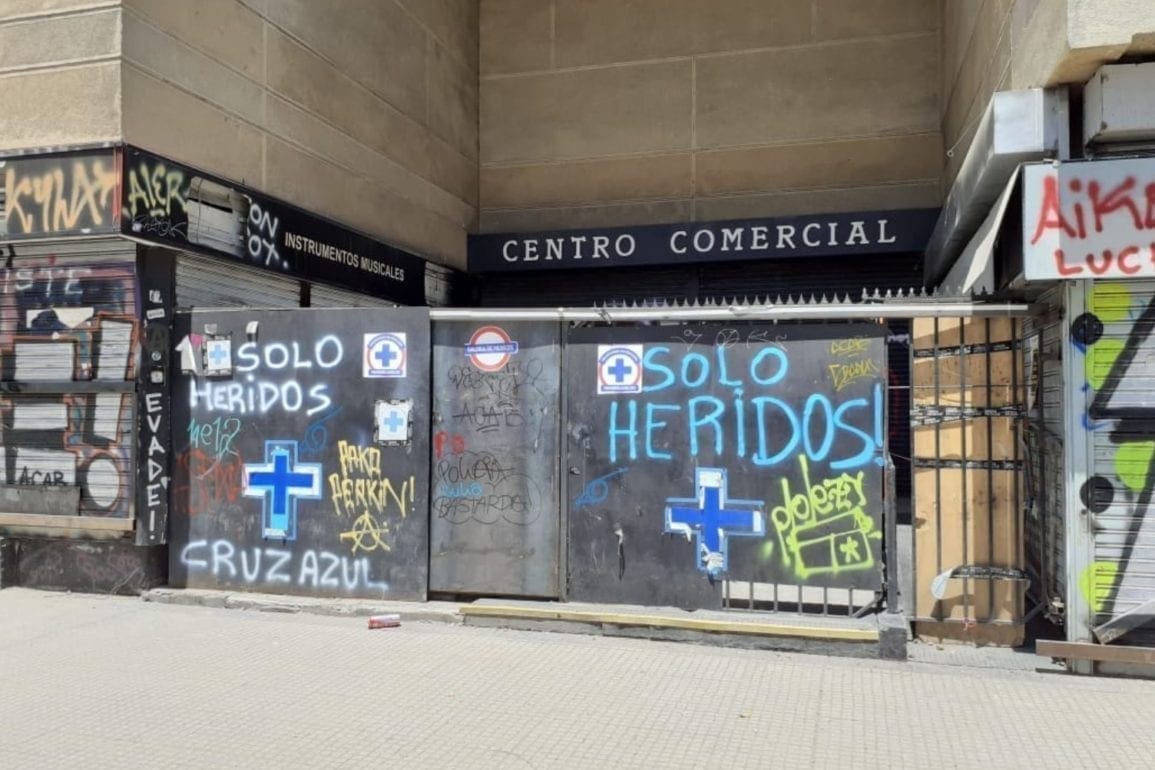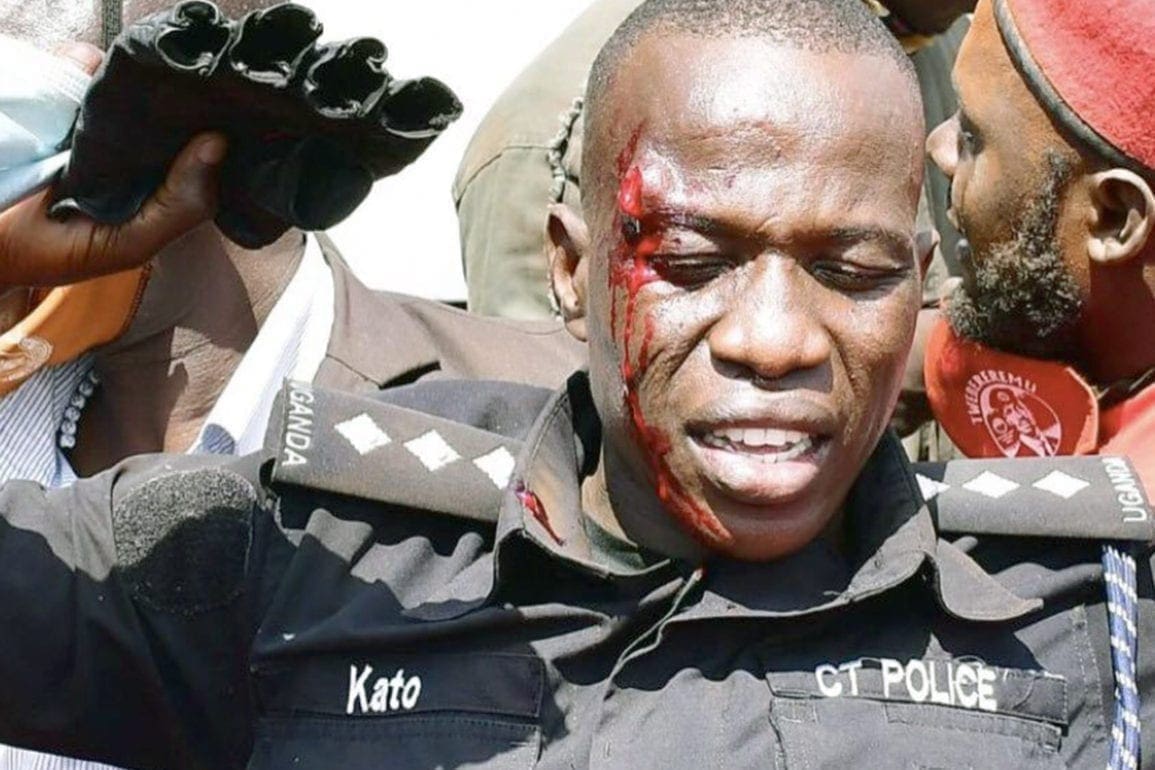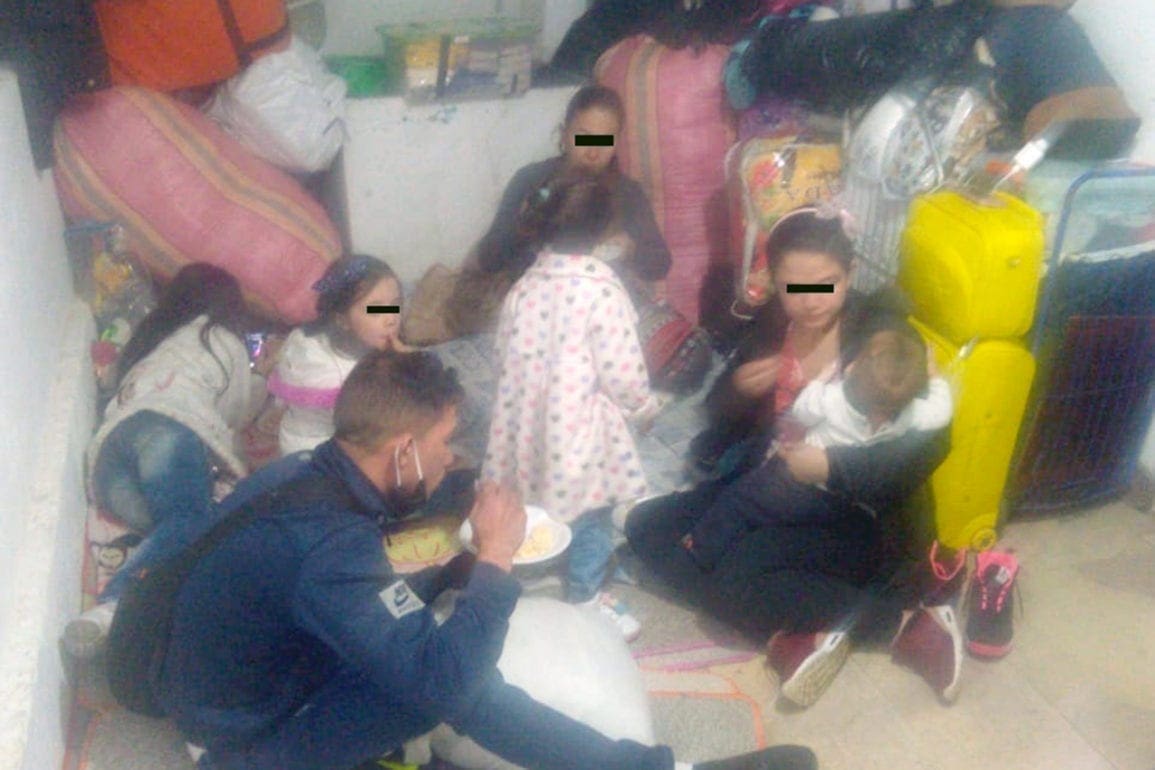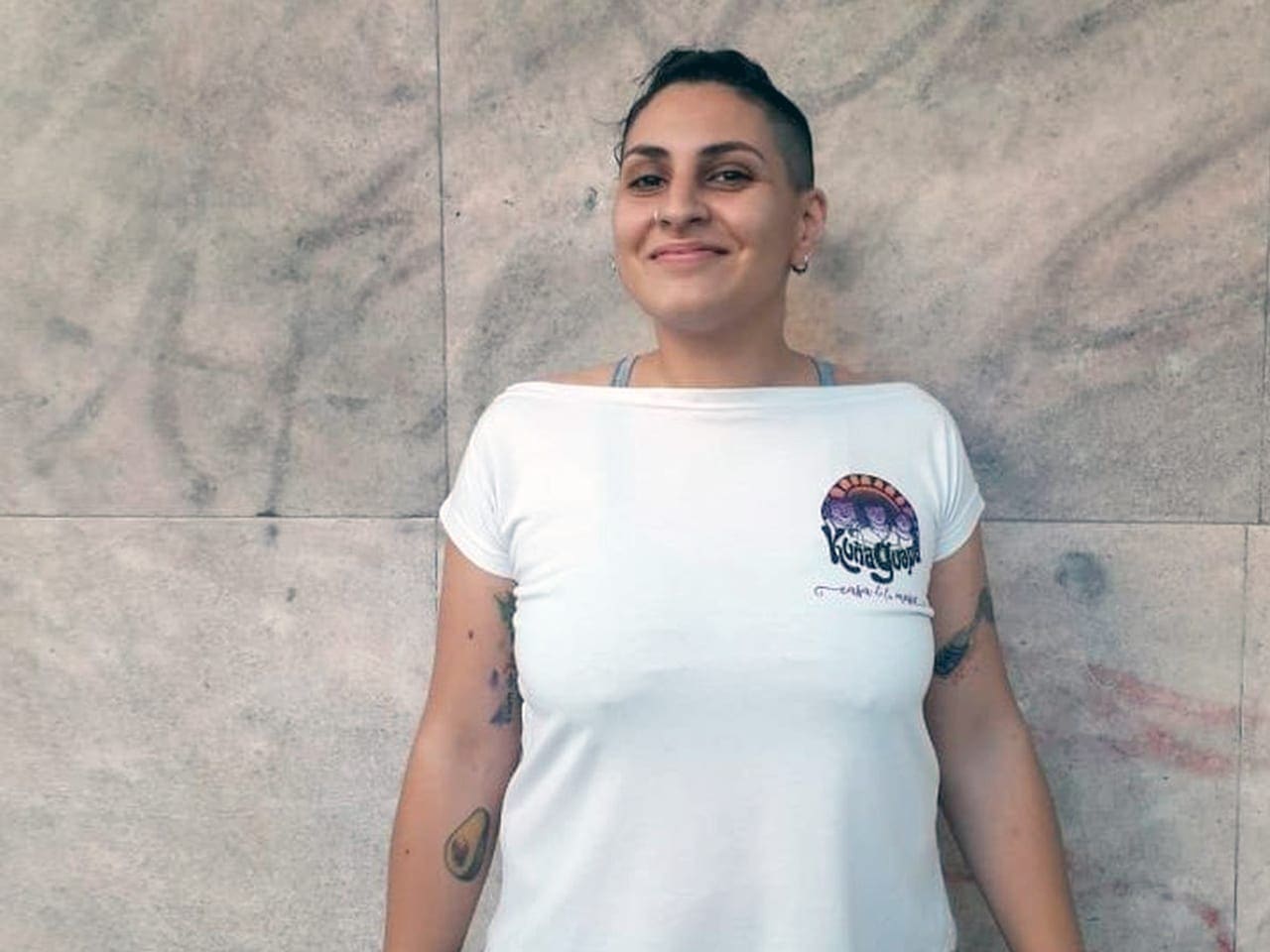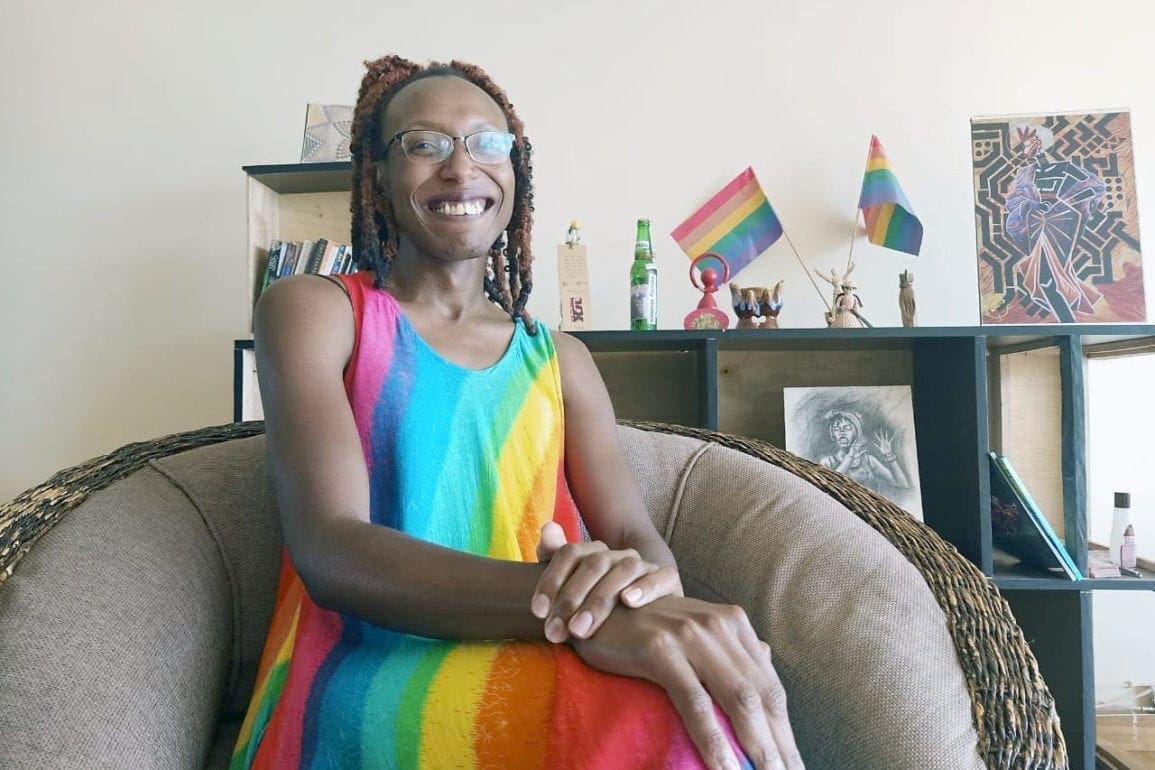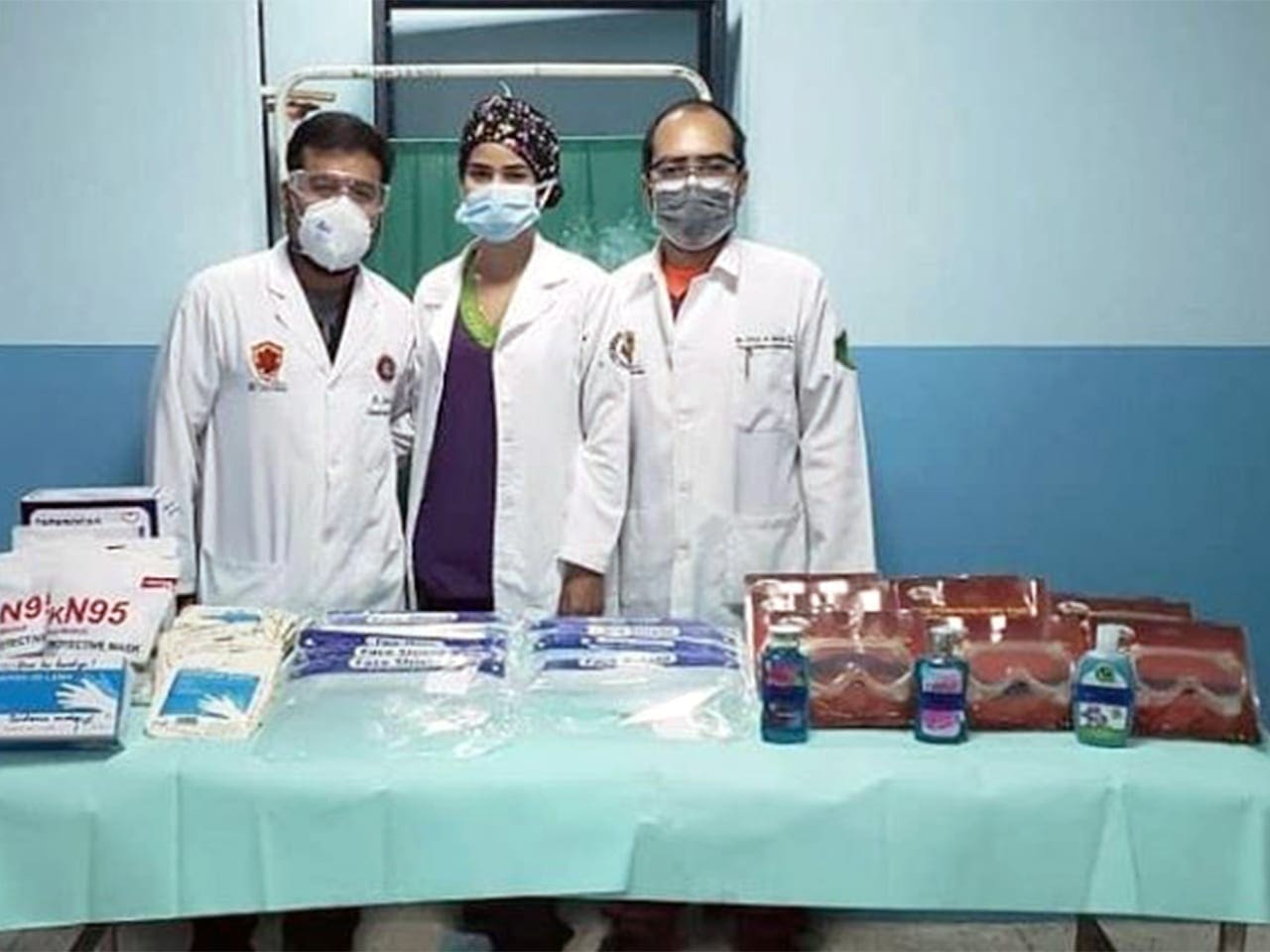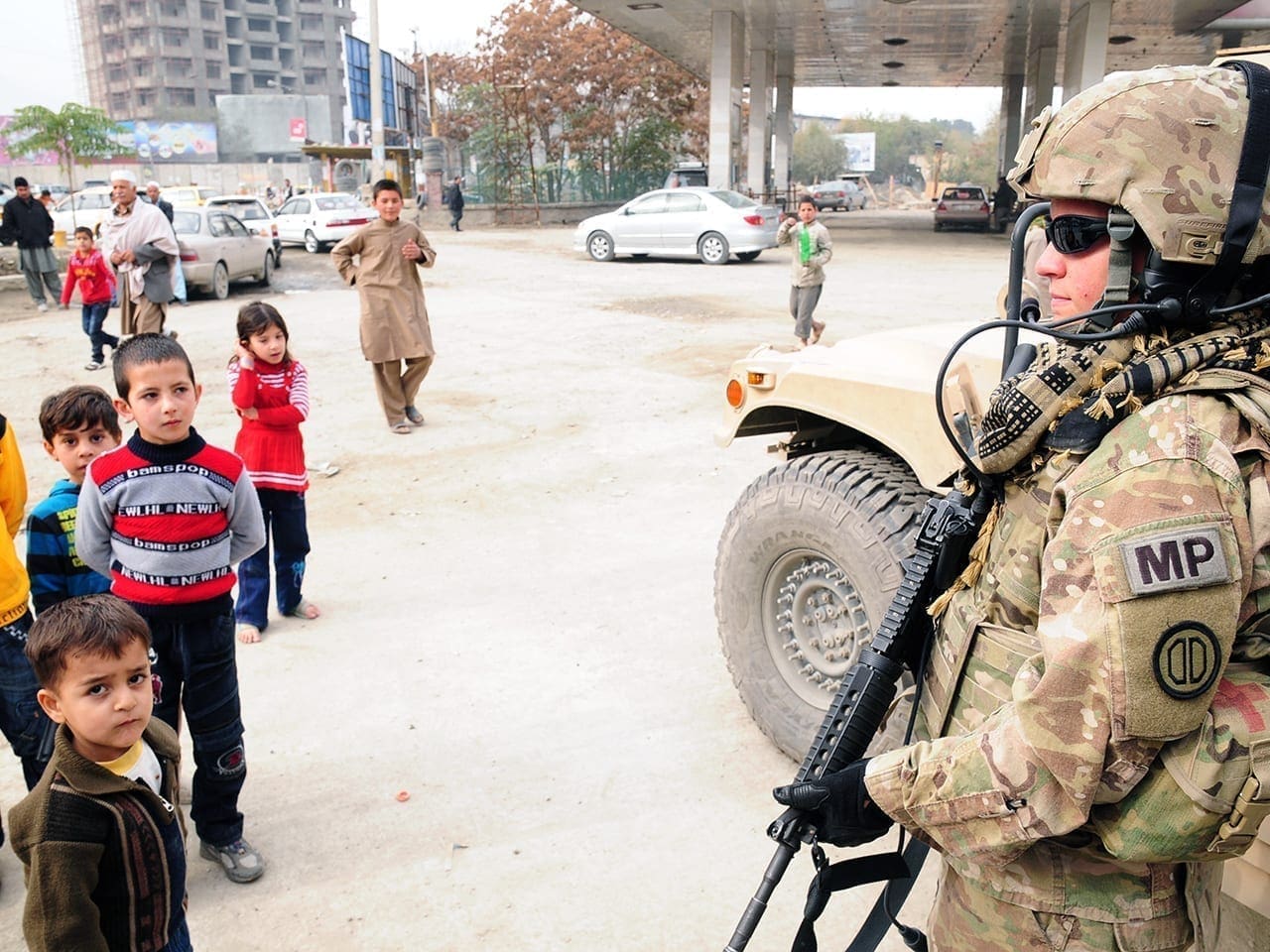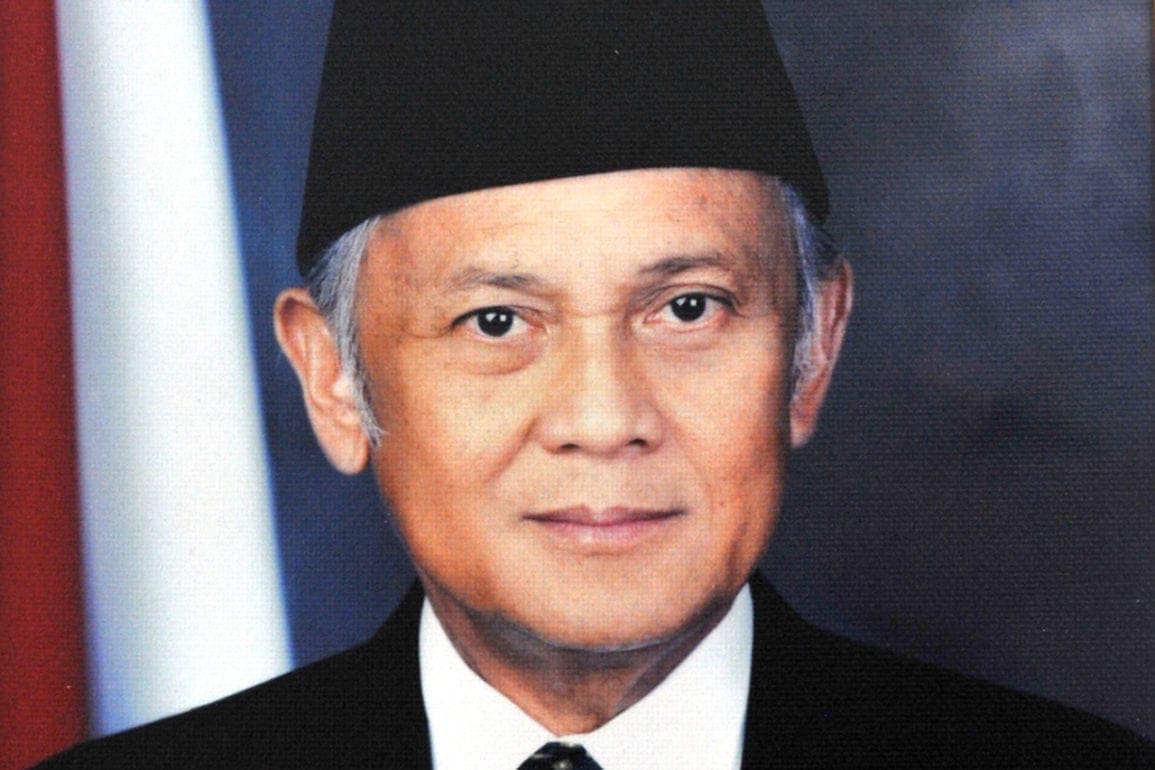Police savagely beat elderly people to the ground amid protests against presidential veto of pension increase
Attentively, I recorded everything as my partner pointed out a group of uniformed men armed with high-caliber shotguns and tear gas. When I turned to film them, chaos erupted in an instant. The police advanced with shields to clear the street, but the protesters resisted and refused to move. Shouts filled the air as police intensified their actions, igniting the crowd’s anger and halting traffic.
- 1 year ago
October 31, 2024
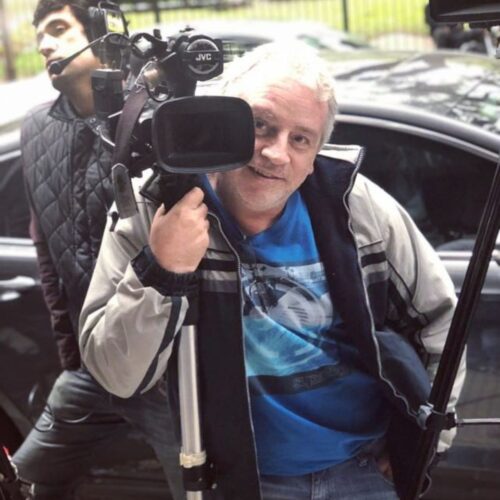
BUENOS AIRES, Argentina — On Wednesday, August 28, 2024, I arrived at the news channel where I worked at 2:00 p.m. I packed the equipment into the car with a colleague. We drove to the Congress building to cover the weekly march, which erupted after the president vetoed a slight increase in pensions. This decision incited protests from a sector already struggling.
At 3:00 p.m., the march began at Congress, with retirees planning to reach Plaza de Mayo by 5:00 p.m. However, the police brutally intervened, attacking both the demonstrators and the press. Chaos erupted as they beat us and unleashed pepper spray into the crowd.
Read more stories from Argentina at Orato World Media.
Argentina’s retirees protest against pension cuts as poverty rates soar
Millions of retirees in Argentina face poverty, nearing total financial ruin. With the growing economic instability, protests erupted after President Javier Milei announced he would veto Congress’s bill to raise the insufficient minimum pension. To raise their voices, every Wednesday at 3:30 p.m., retirees gather on Rivadavia Avenue in Buenos Aires in front of the National Congress.
Marching with them are the Mothers of Plaza de Mayo. [This group represents a peaceful resistance movement which emerged in response to brutal repression by the military dictatorship during the Dirty War (1976-1983). The mothers sought to find their disappeared children.]. However, on August 28, 2024, larger crowds with flags flooded the streets, surpassing attendance from any previous Wednesday.
As I arrived to cover the event, police officers surrounded the protesters. Despite the tense atmosphere, determined grandparents arrived with canes, crutches, and walkers. They refused to be deterred. Neighborhood assemblies, student movements, unions, and political groups marched with banners held high.
After setting up the equipment, we interviewed retirees who shared their pain and concerns about the economy and the law’s veto. Some spoke with anguish, their voices cracking and tears falling, while others expressed fury.
Retirees’ protest erupts into chaos as police clash with demonstrators
One retiree voiced his frustration to me. He said, “The government is tearing us apart. We retirees barely have the means to survive.” Dissatisfied, he complained, “After working for over 30 years, I receive a minimum wage of 200,000 pesos ($203 USD), which is not enough.” He added, “My children help me, but they have their own families to support. It is difficult for everyone.” Another retiree said, “A neighbor got a 120,000 peso electricity bill. How can he pay? The same goes for gas, water, and transportation.”
One retiree stepped forward with tears in his eyes. “They’ve always ignored us,” he said. “But this is worse; it has completely sunk us. We can’t give any more. Between paying for services and medicines, which many of us used to get for free, what’s left to live on?” While I listened to their stories, another group marched down the sidewalk, linked arm in arm. They sang as honks and shouts of support filled the air.
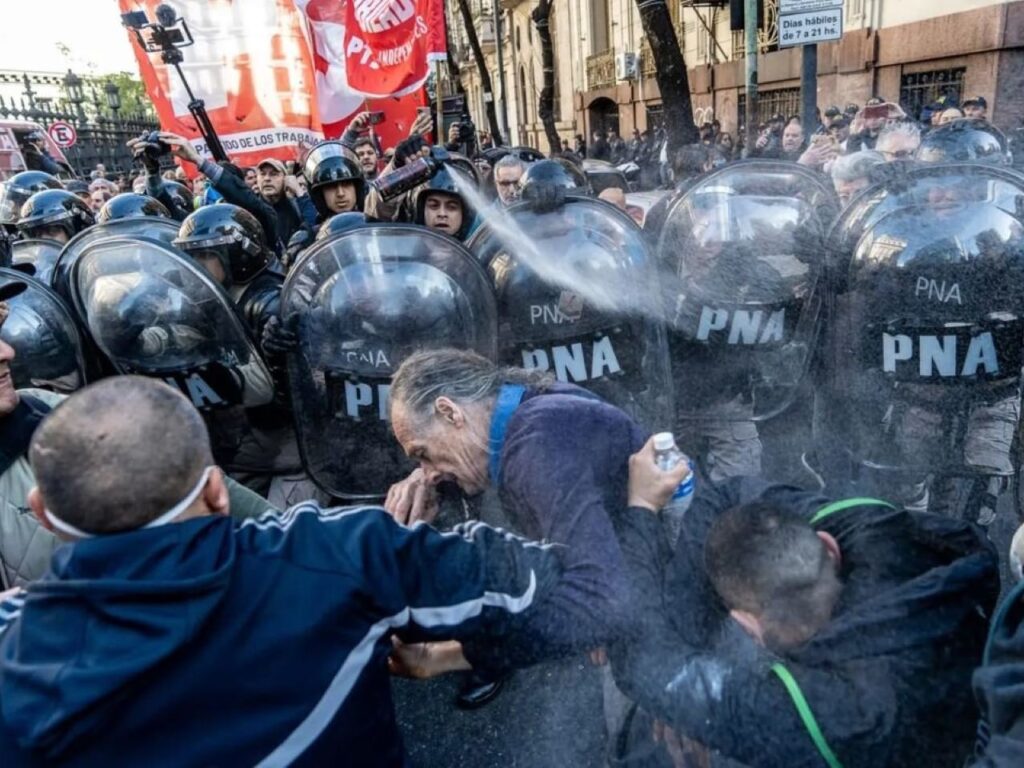
Amid the uncertainty, police officers marched in with shields, replacing the previous guard and forming an impenetrable wall. In stark contrast, the grandparents stood across from them. The scene felt like a clash between heaven and hell. Many officers hid their identification, while others revealed only faint indications of their rank. As the police faced the protesters, tension filled the air, resembling the calm before a storm.
Attentively, I recorded everything as my partner pointed out a group of uniformed men armed with high-caliber shotguns and tear gas. When I turned to film them, chaos erupted in an instant. The police advanced with shields to clear the street, but the protesters resisted and refused to move. Shouts filled the air as police intensified their actions, igniting the crowd’s anger and halting traffic. Within a few minutes, turmoil engulfed us all.
Clashes turn violent as police beat elderly protesters, escalating with pepper spray and tear gas
Through my camera, I watched the police raise their tonfas [a traditional hand weapon designed for blocking and striking] and savagely beat the elderly without mercy. Simultaneously, the retirees defended themselves with flimsy wooden sticks while holding signs and paper banners. The situation escalated further as policemen who lost their tonfas began to punch the demonstrators to the ground. They swung left and right, while other protesters rushed in to defend the grandparents, facing their own brutal assaults. Horrified, I could not believe the tragic scene unfolding before me.
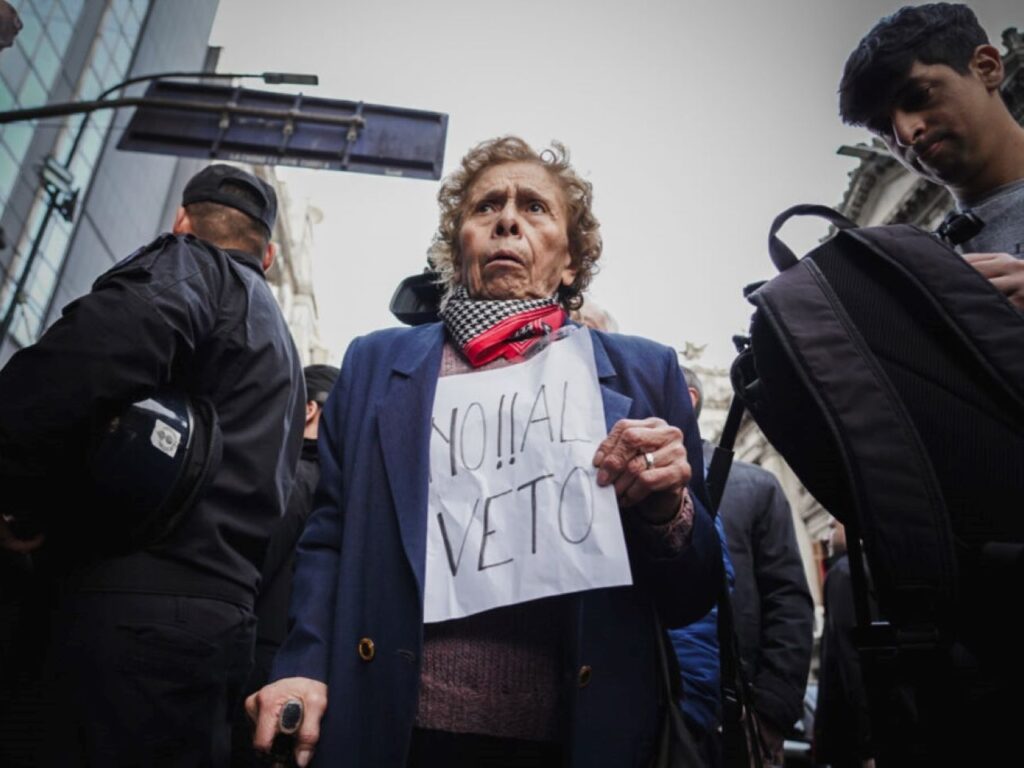
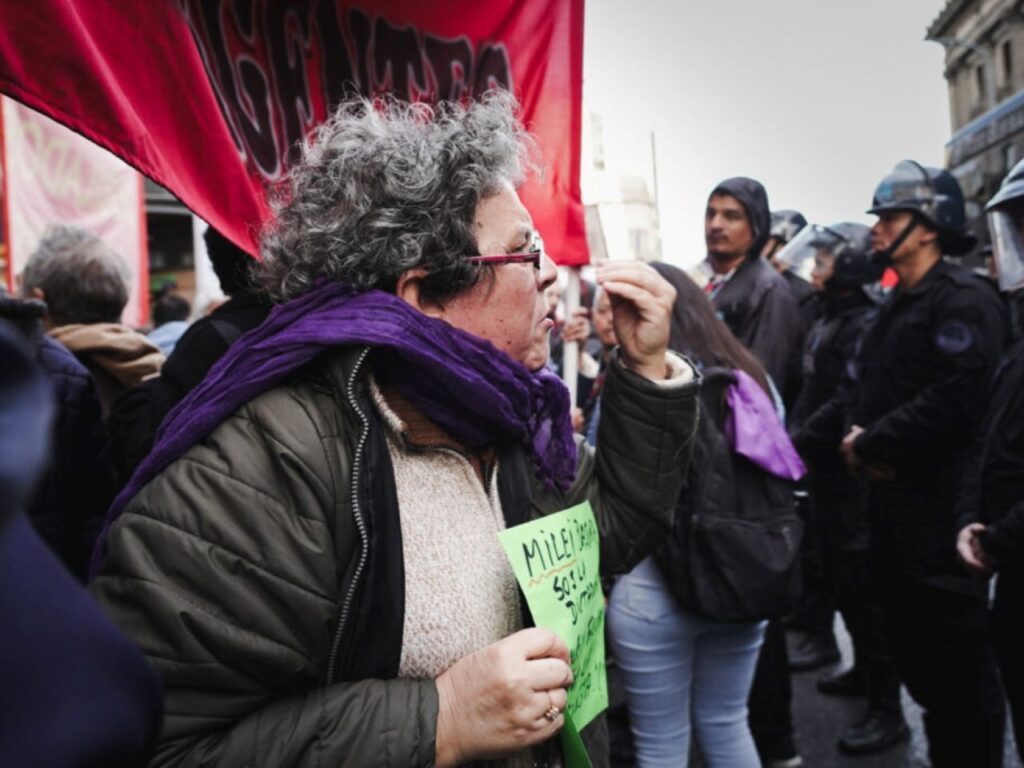
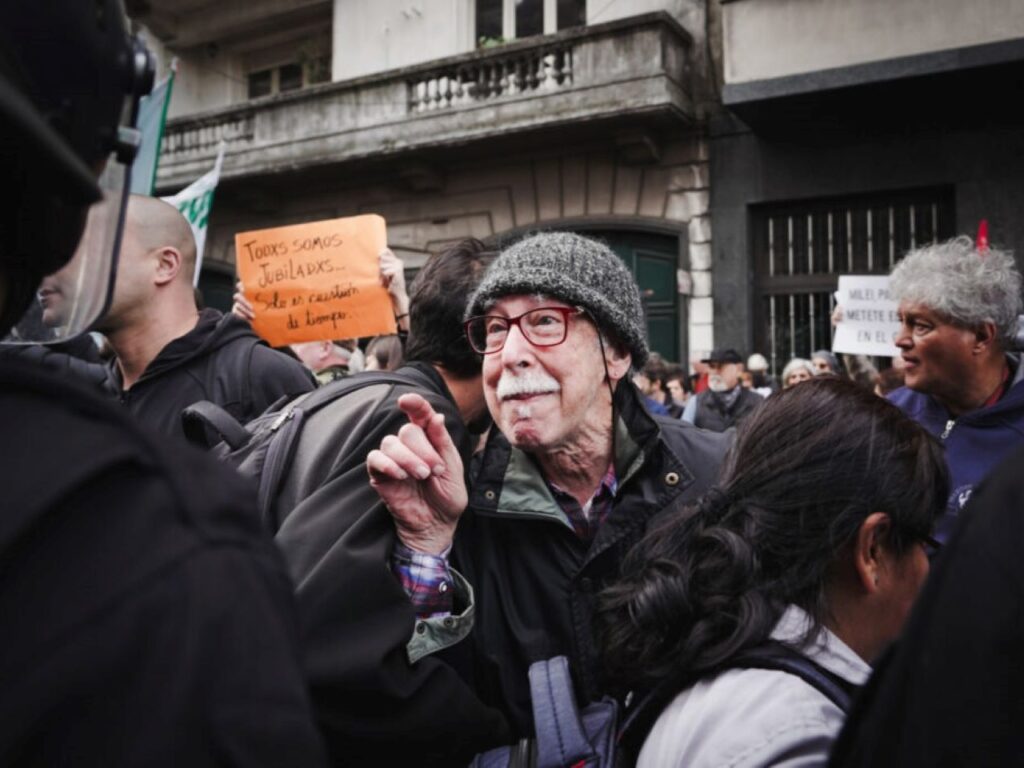
At that point, the police had not fired any rubber bullets yet. We all stood very close together. If they had fired, the narrow distance could have led to a massacre. We stood in the center of the traffic, causing buses and cars to weave around us. Soon after, the protesters advanced toward the police, who began to retreat, shooting pepper spray. Swiftly, the situation escalated into a pitched battle.
Several people choked on the gas, and smoke enveloped us all. Amid the violence, I recall a terrified policewoman behind a shield, her helmet knocked off by the mob, with tears streaming down her face. The violence did not spare people in their 70s and 80s. The scene resembled a horror movie: something sinister. As the unrest unfolded, I heard someone shout, “Shame on them!” I turned to see a group of grandparents in tears, their faces bruised.
Protesters, press workers, cameramen, and even the cameras suffered from the pepper spray. At one point, I raised the camera monopod, and the police directed the pepper spray right at my eyes. I struggled to recover immediately, feeling as if all the sounds around me faded into a distant echo. Squeezing into the middle of the crowd with blurred vision, I began to sweat from the tension, movement, and force. I felt pushes from all sides until I gradually regained my sight.
Journalist endures tear gas and intense pain while covering protest
As the demonstrators began to leave and march toward Plaza de Mayo, I asked my colleague to grab more batteries for the camera from our car parked a couple of blocks away. Although I felt fine, sweat dripped into my eyes, blurring my vision. The gas caused intense pain and a burning sensation on my face.
The residual gas clung to my skin and hair, irritating me further. I squeezed my eyes shut and gripped the camera on the monopod like a cane. Desperately, I searched my pockets for a handkerchief, but I could not find one. Disoriented, I clung to the monopod, struggling to regain my bearings.

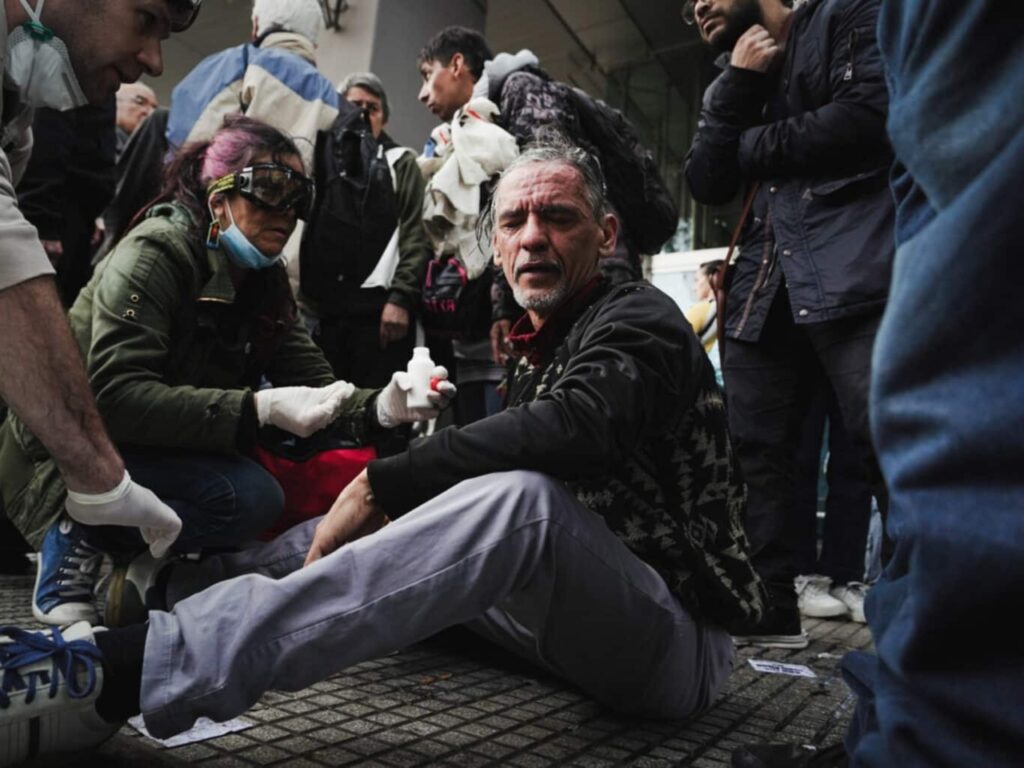
Suddenly, a fellow journalist grabbed my arm and said, “I’m going to get you out of here.” He guided me through the crowd to the curb of a nearby sidewalk where they treated the wounded. As they applied calcareous oil to my face and milk to my eyes, I thought I recognized several voices around me. I felt relief instantly, but soon the burning sensation returned and intensified.
Feeling suffocated, I opened my eyes, but my vision remained blurry. Desperate to breathe, I stood up and moved away in search of cool air, which helped ease the burning sensation on my face. To stop perspiration from getting into my eyes again, I wiped my face repeatedly. When I reunited with my colleague, I asked him to take me to the emergency room. After the doctors evaluated and treated me, I returned home after midnight, but my face still burned.
Journalist remains committed to documenting injustice despite severe pepper gas burns
As soon as I got home, I took a bath without realizing how the pepper gas infused my entire body. As the water touched my skin, an intense burning surged through my back, causing my hands to flare up. It felt like someone poured boiling water over me. After a few hours, my body began to feel some relief. However, I struggled to lower the adrenaline.
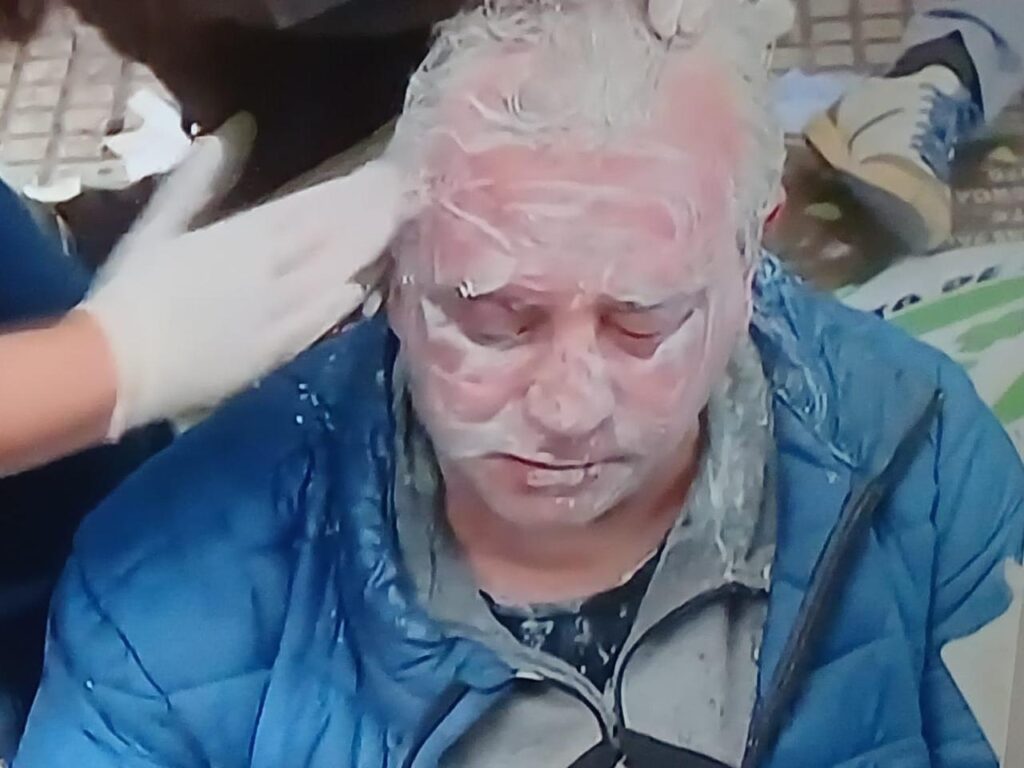
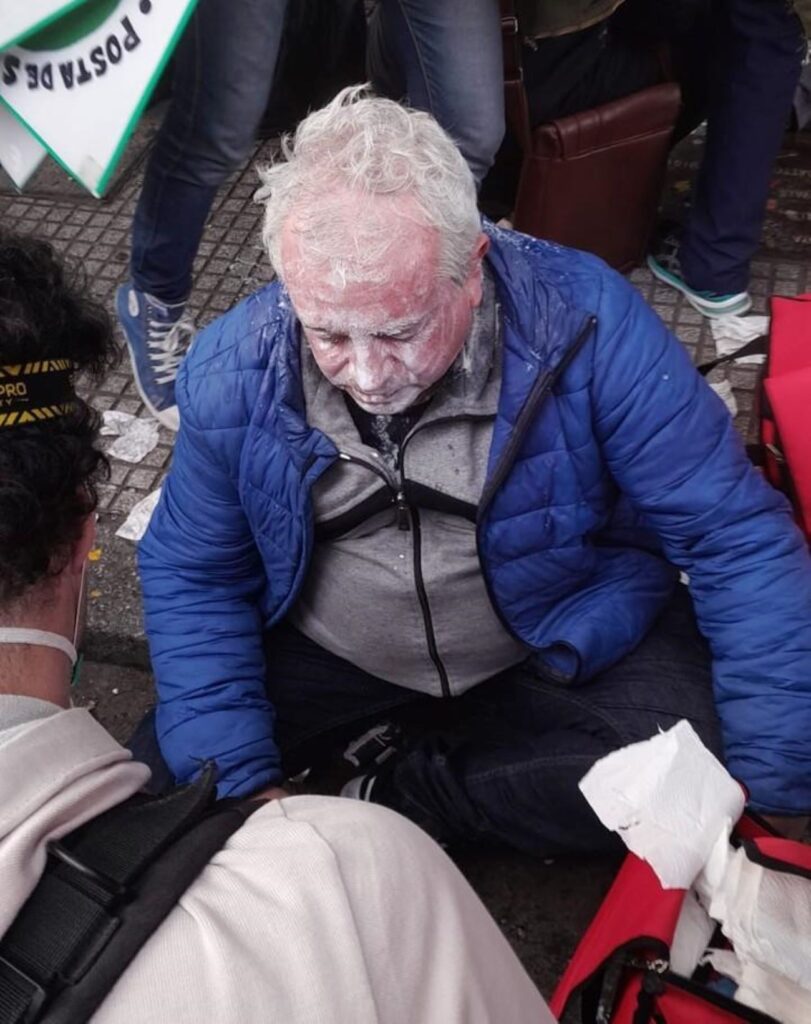
My mind raced with vivid images from the harsh events on August 28, 2024. I could still hear the testimonies, screams, explosions, cries, and demands echoing in my ears. The faces, the clashes with the police, and the absurd repression against defenseless people refused to leave my memory. In addition, the haunting claims of the demonstrators, who identified themselves as victims of a silent genocide, lingered in my thoughts.
Paradoxically, retirees lead one of the few sectors that protest with increasing strength. Throughout my years in this profession, I covered countless marches. I faced gas, rubber bullets, and stones, and I witnessed the worst injustices. Although my work sometimes puts me at risk, I will continue to stand behind my camera, showing the world what happens.

